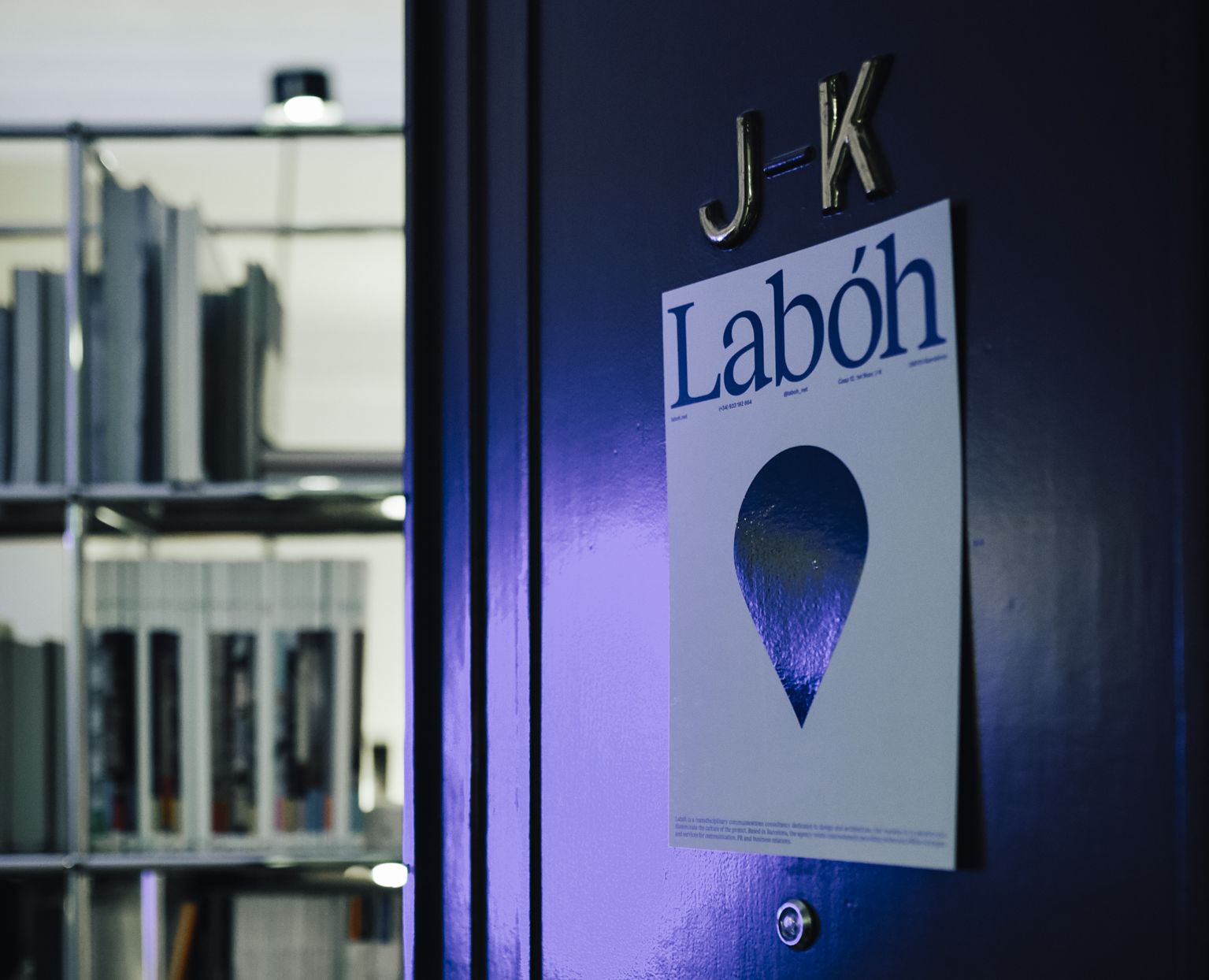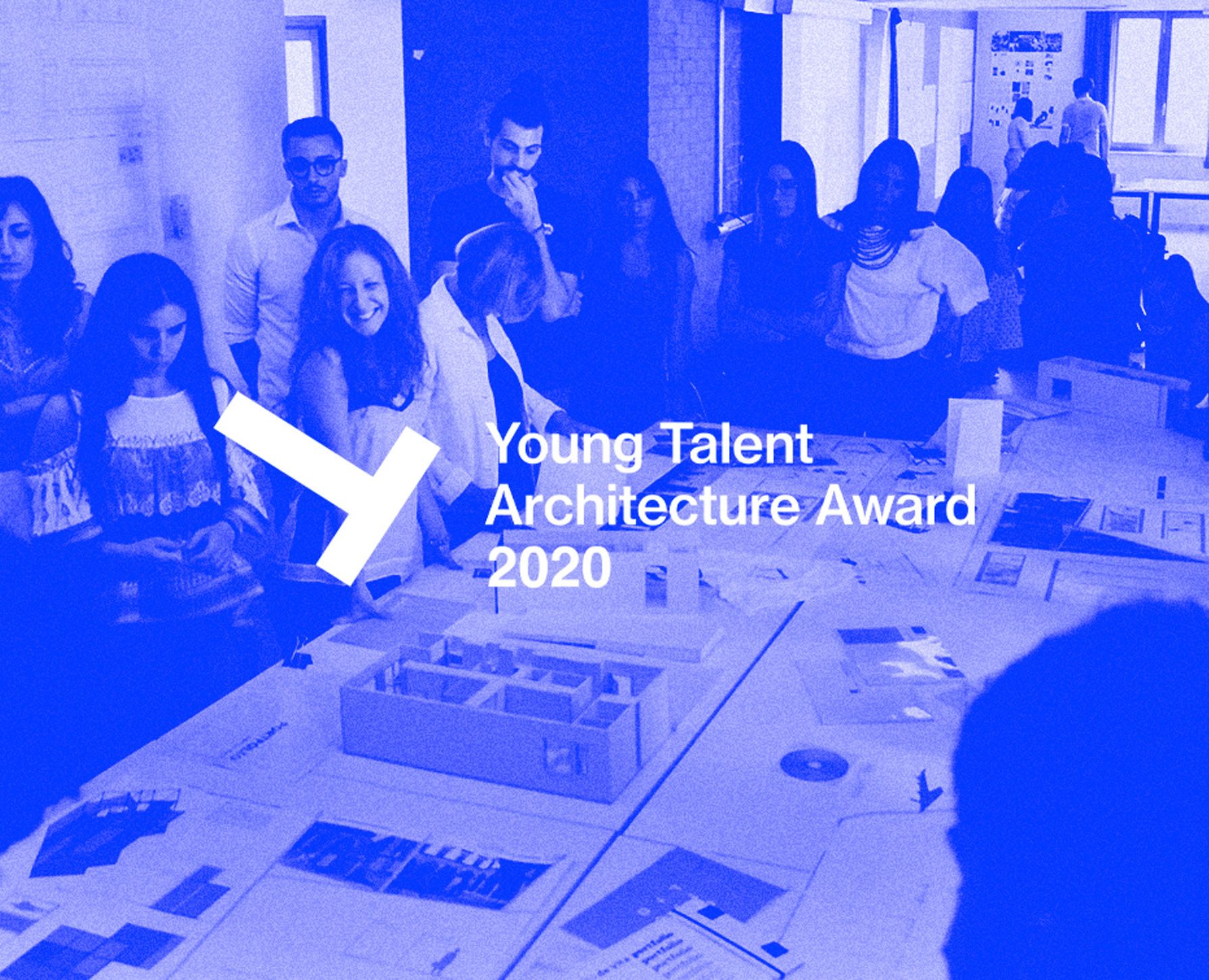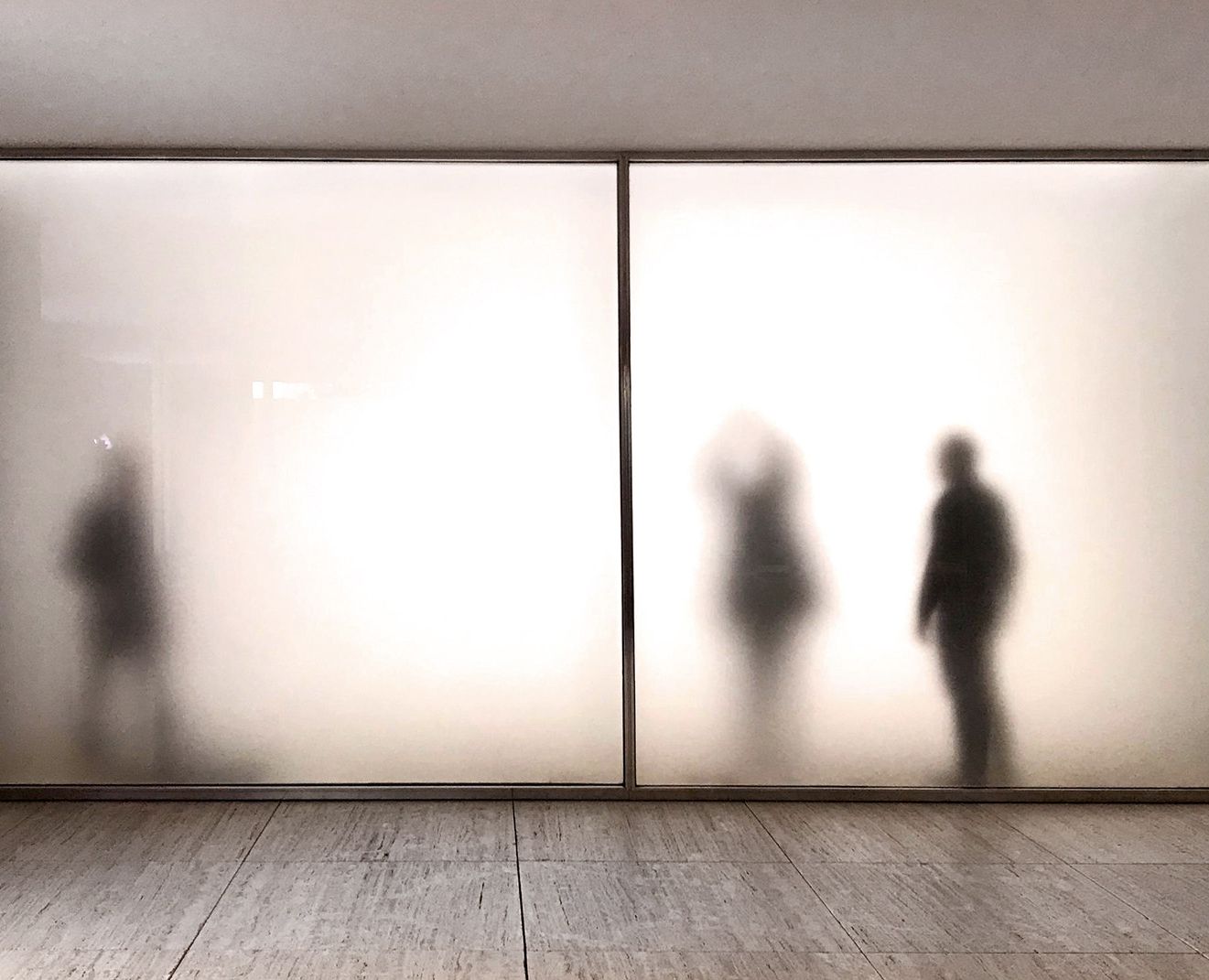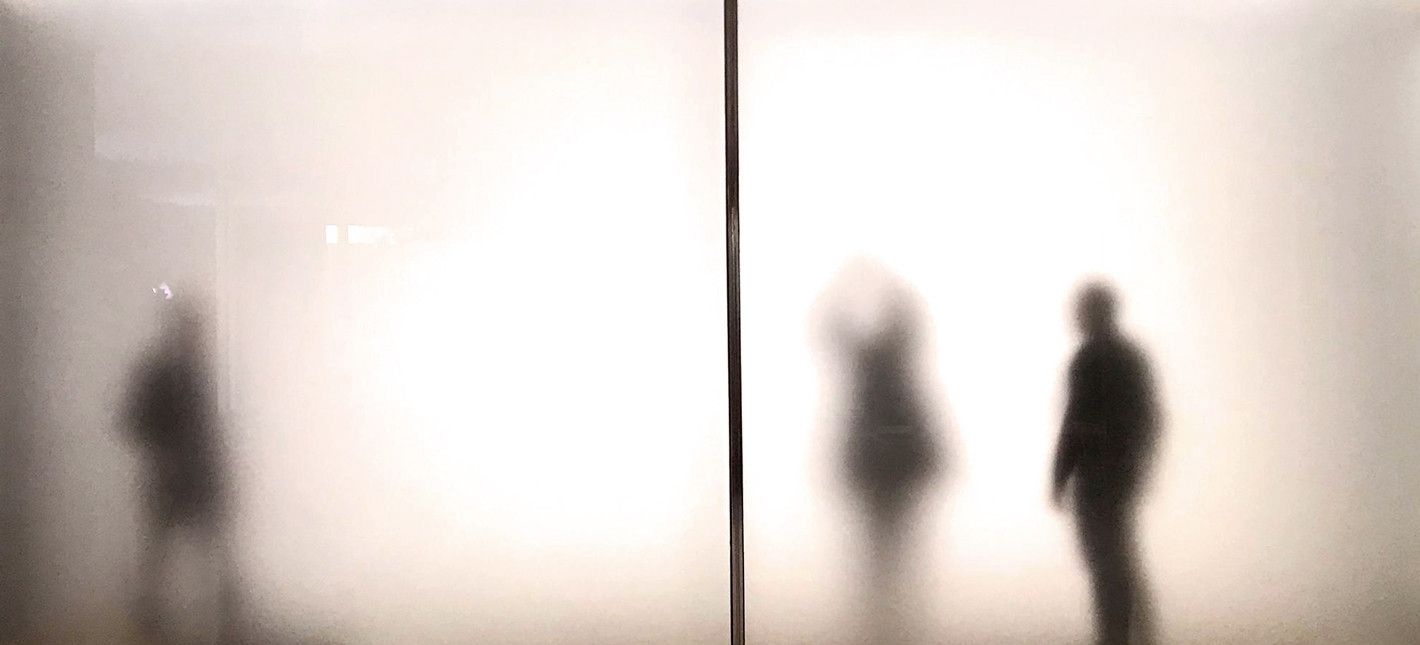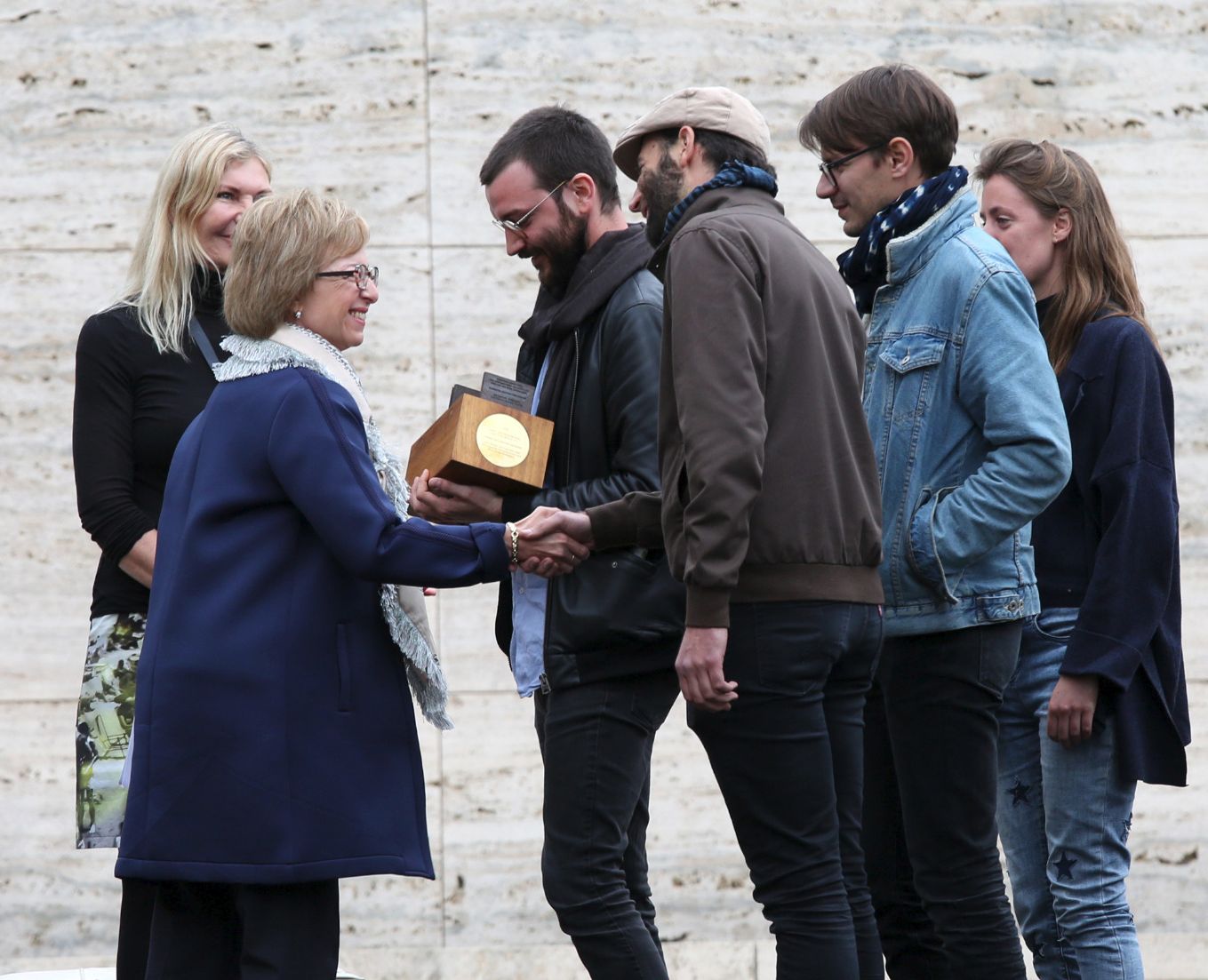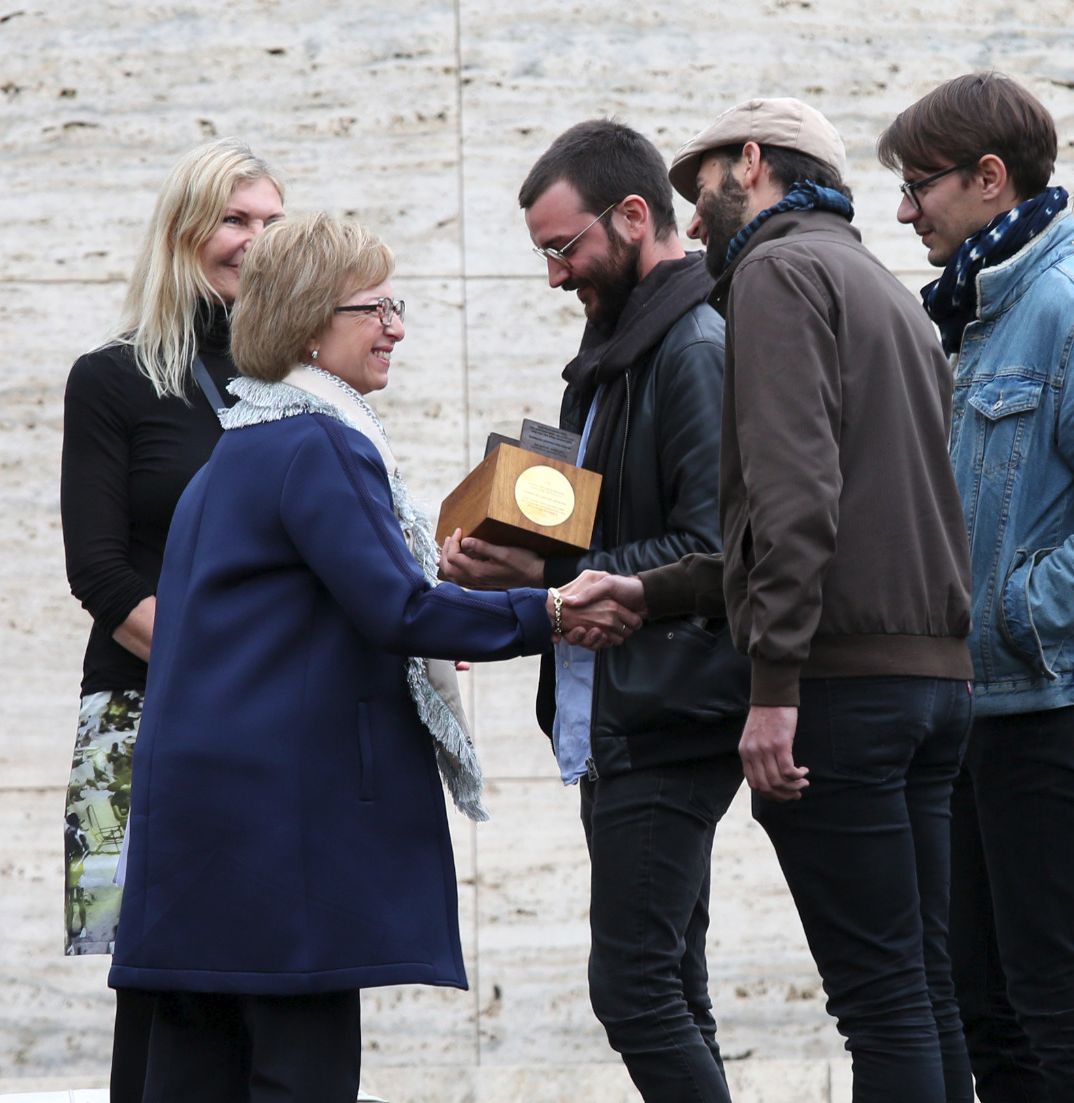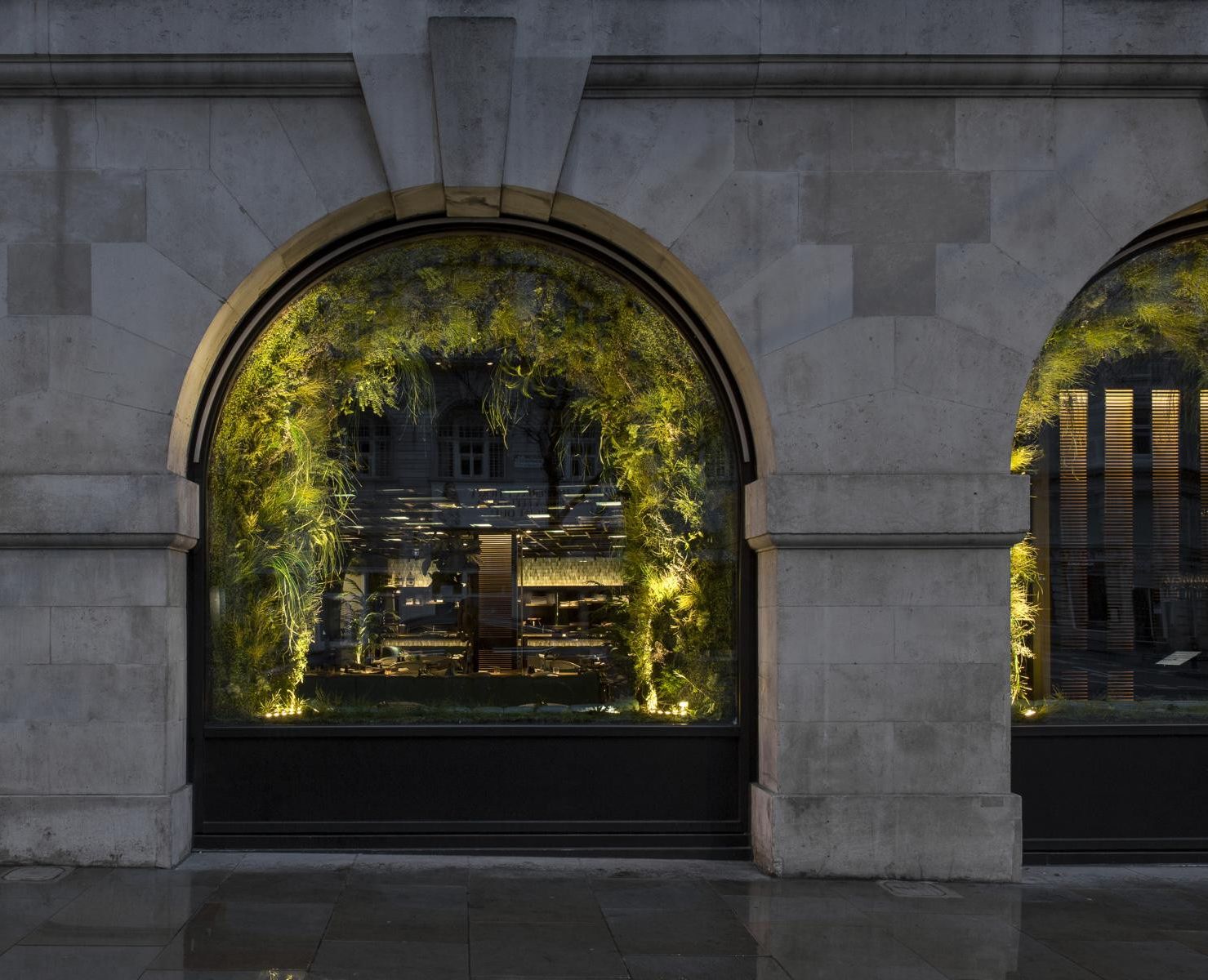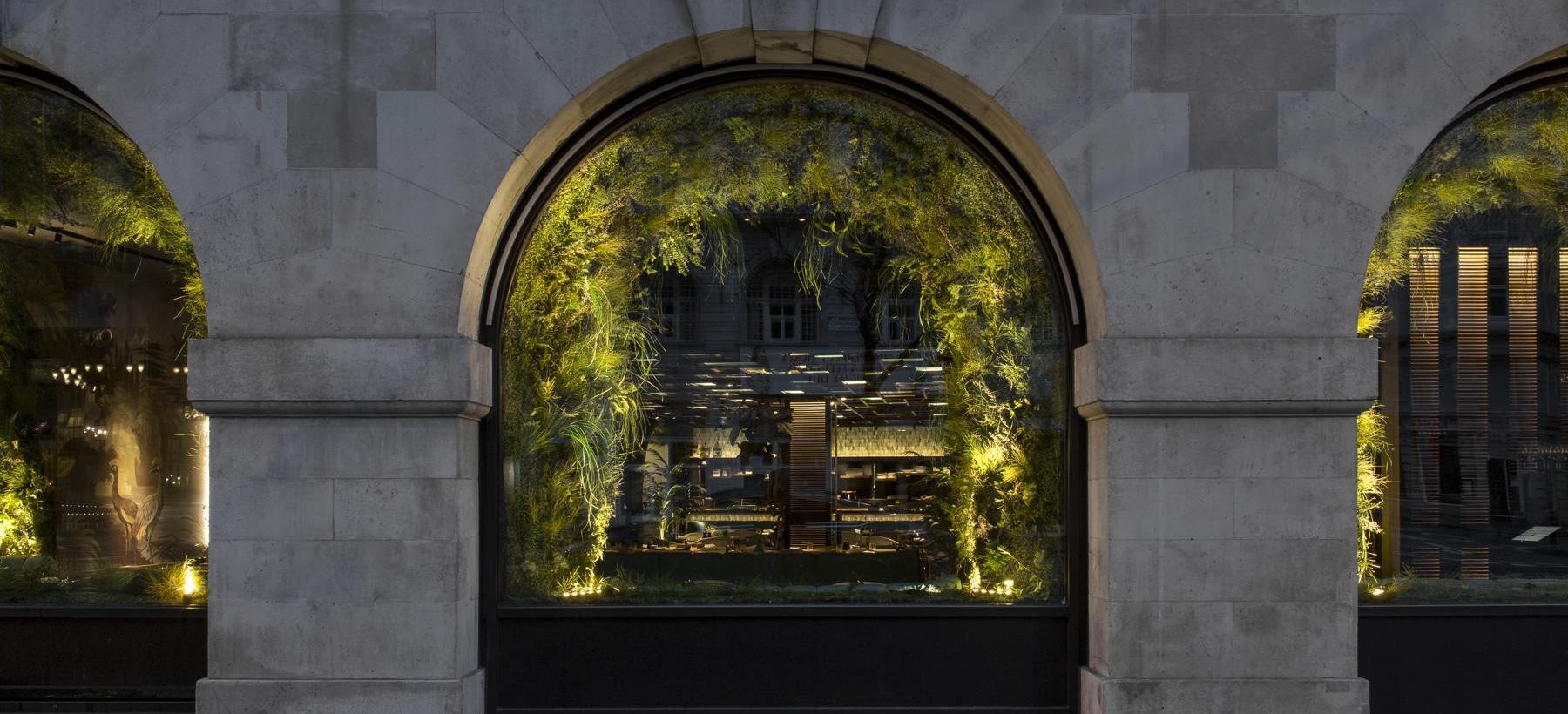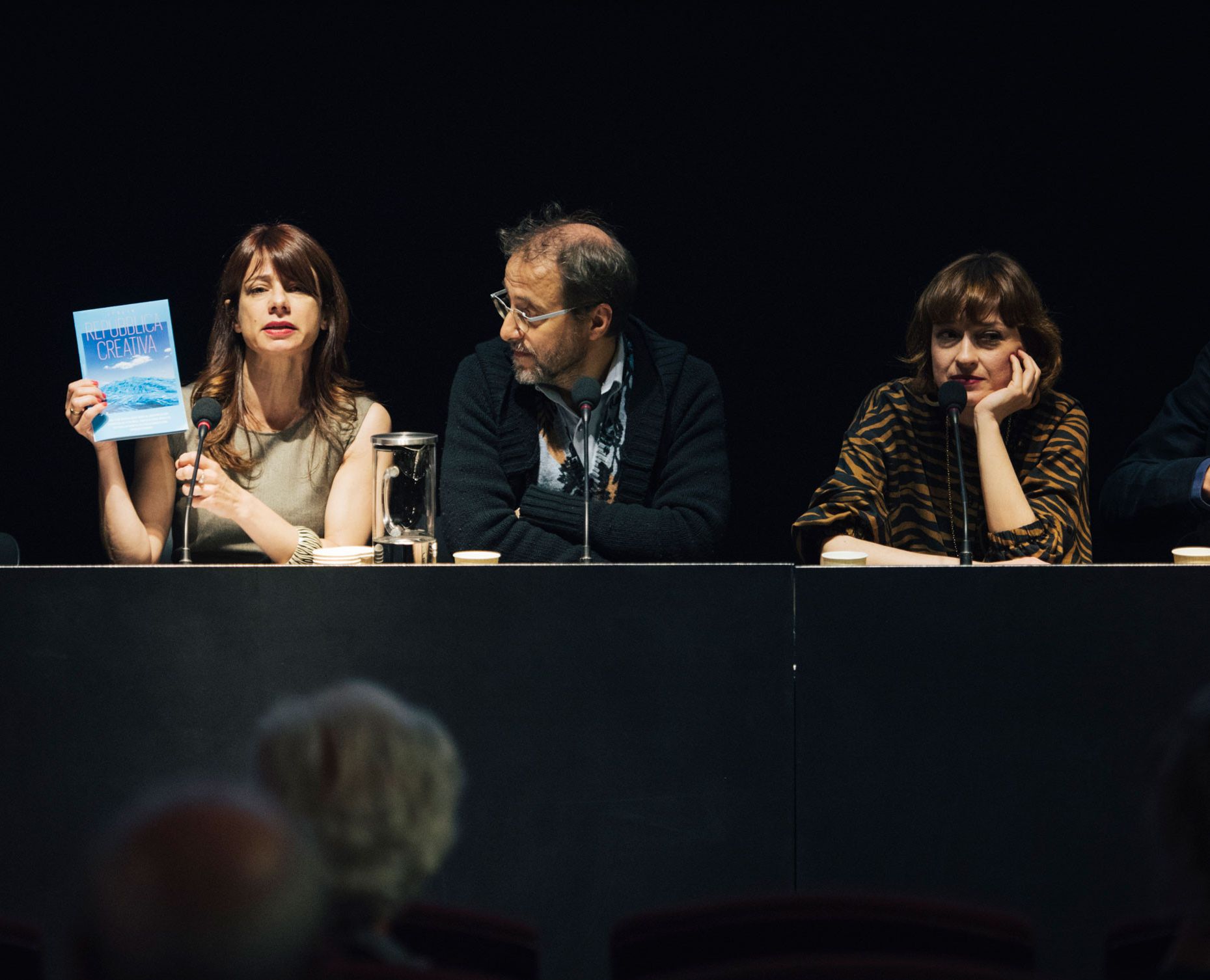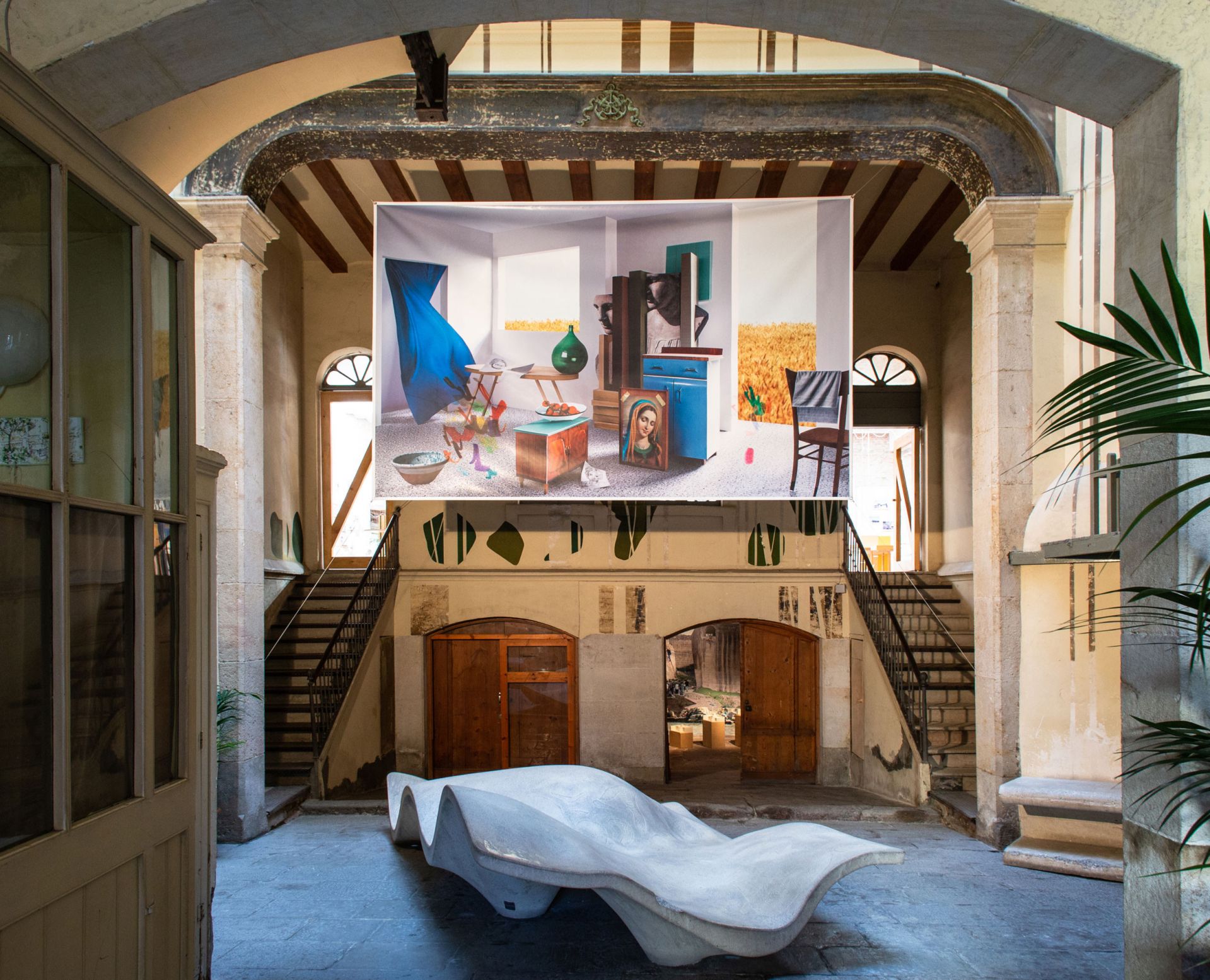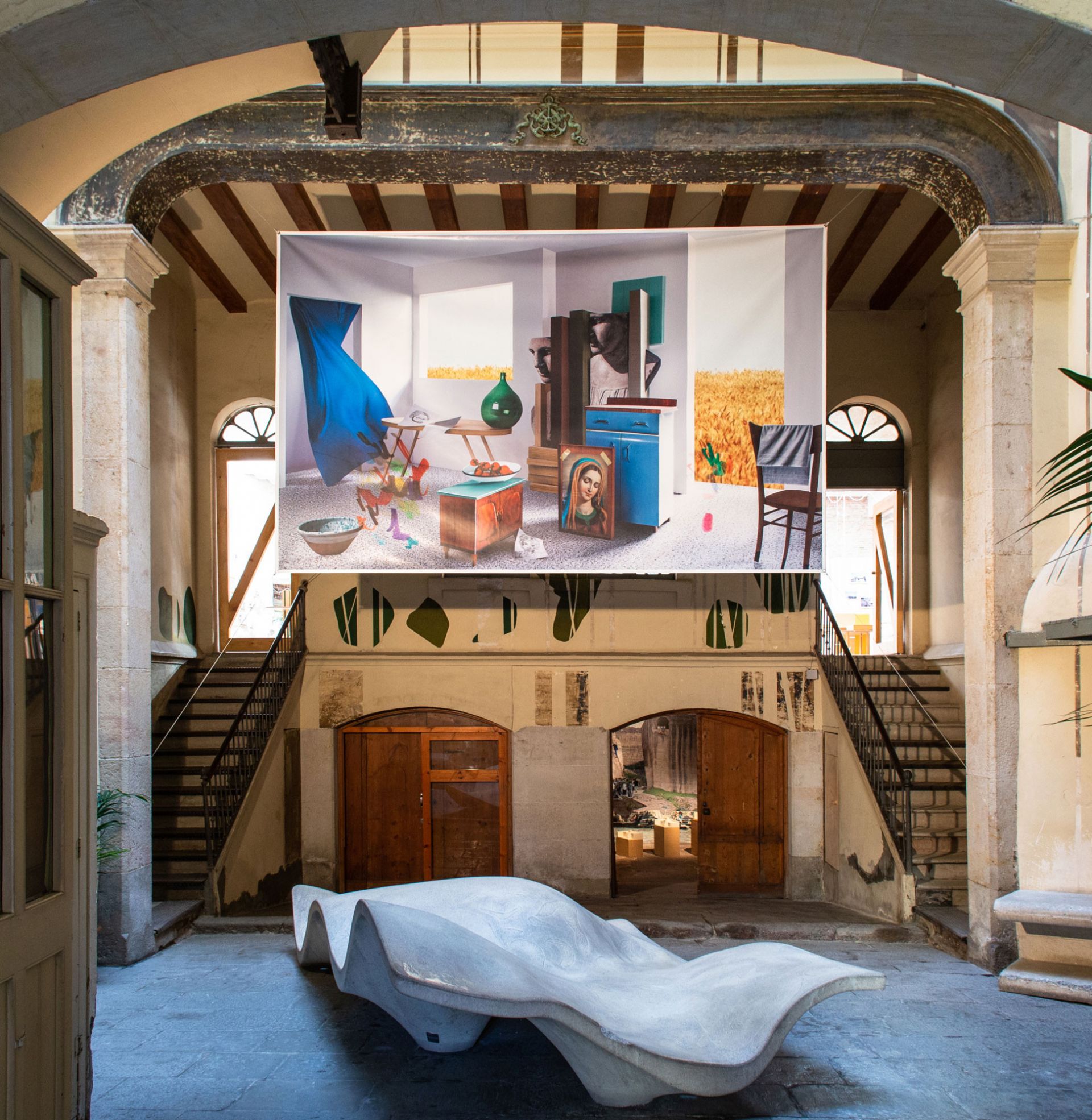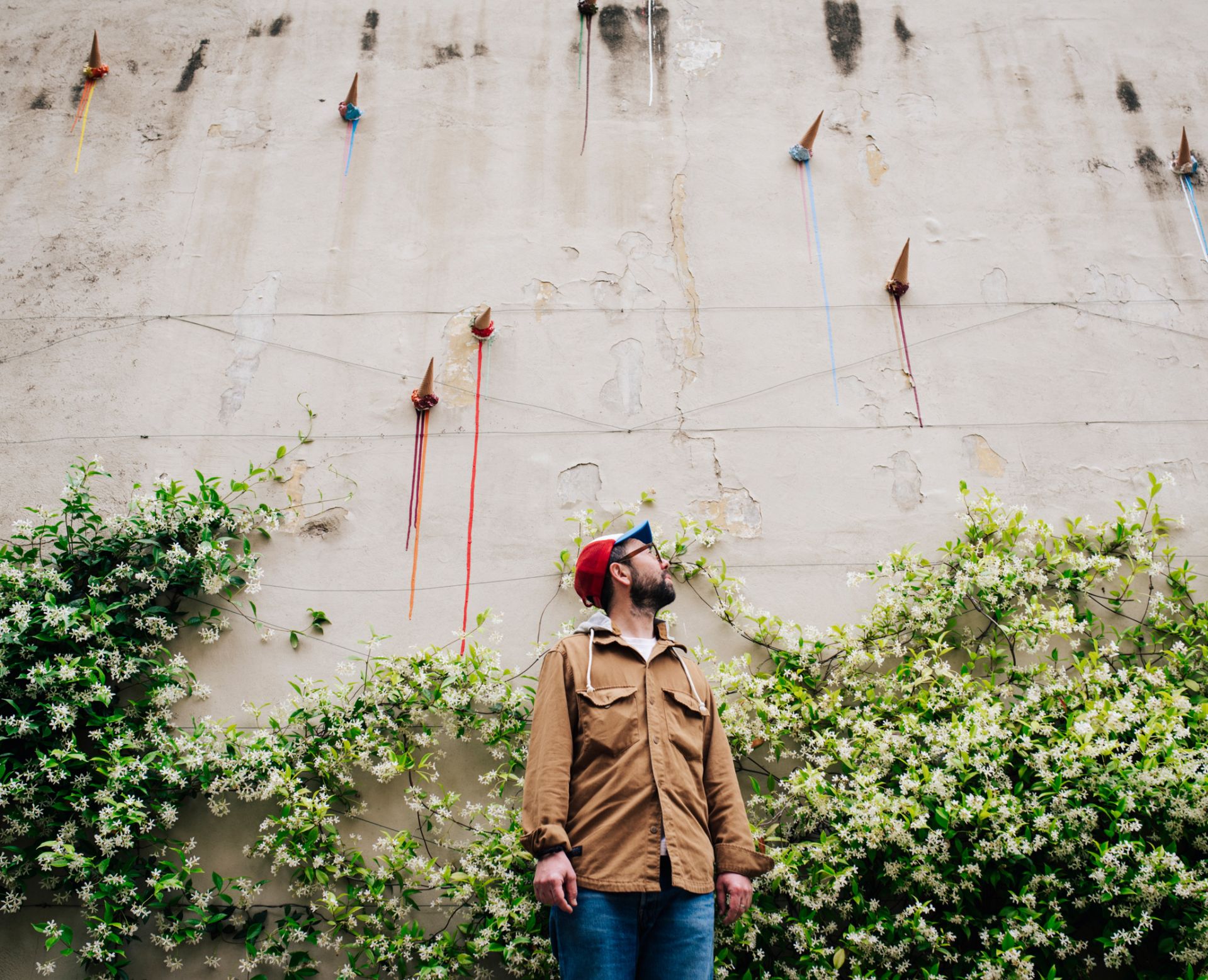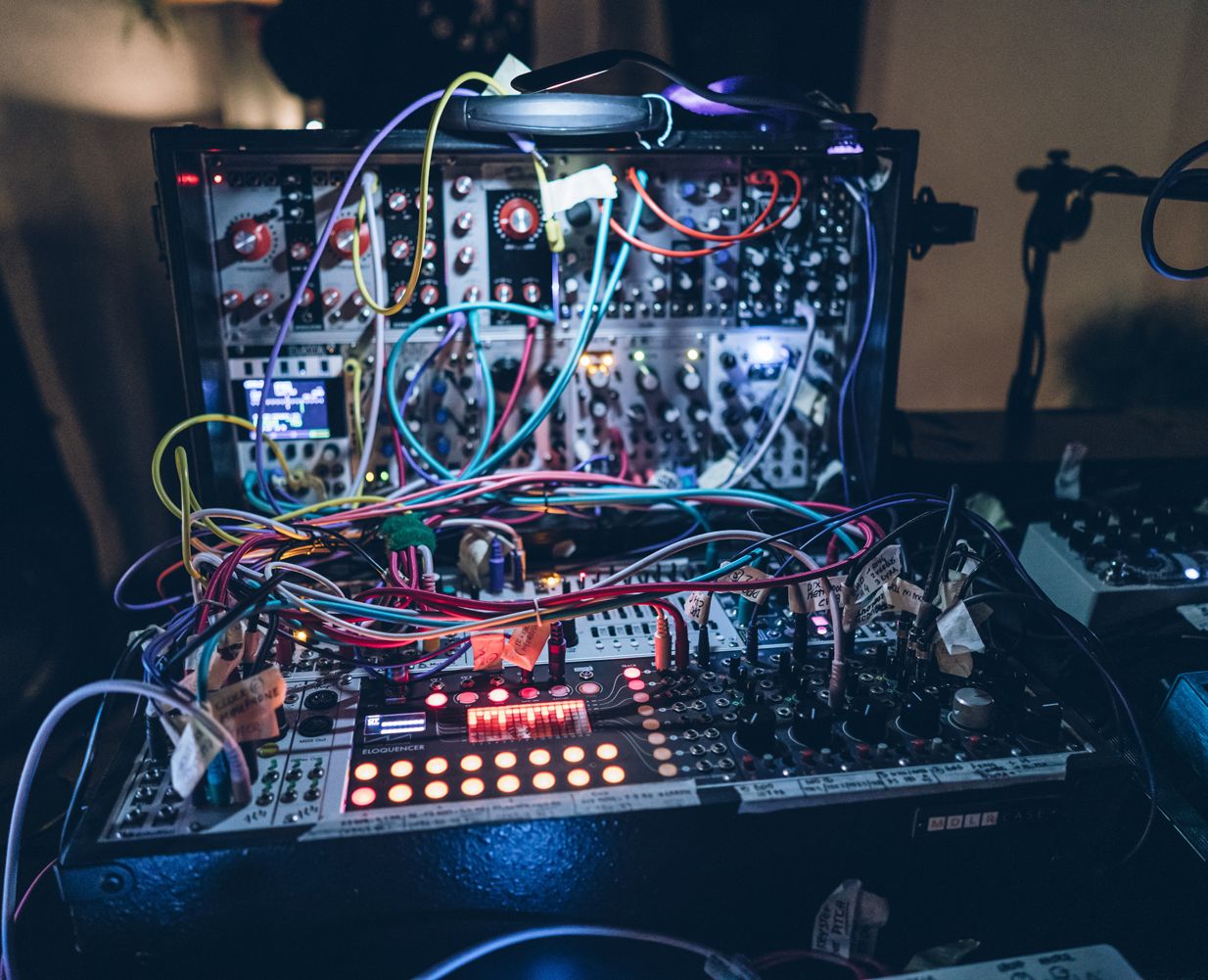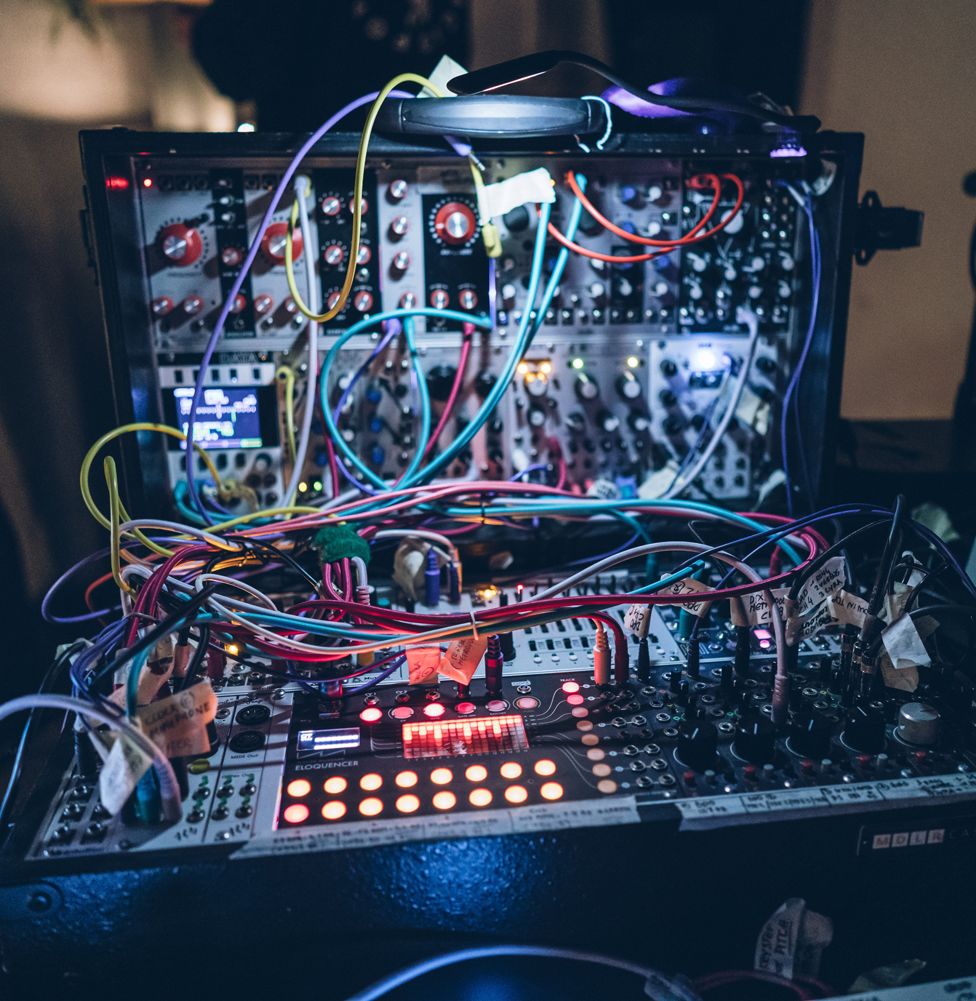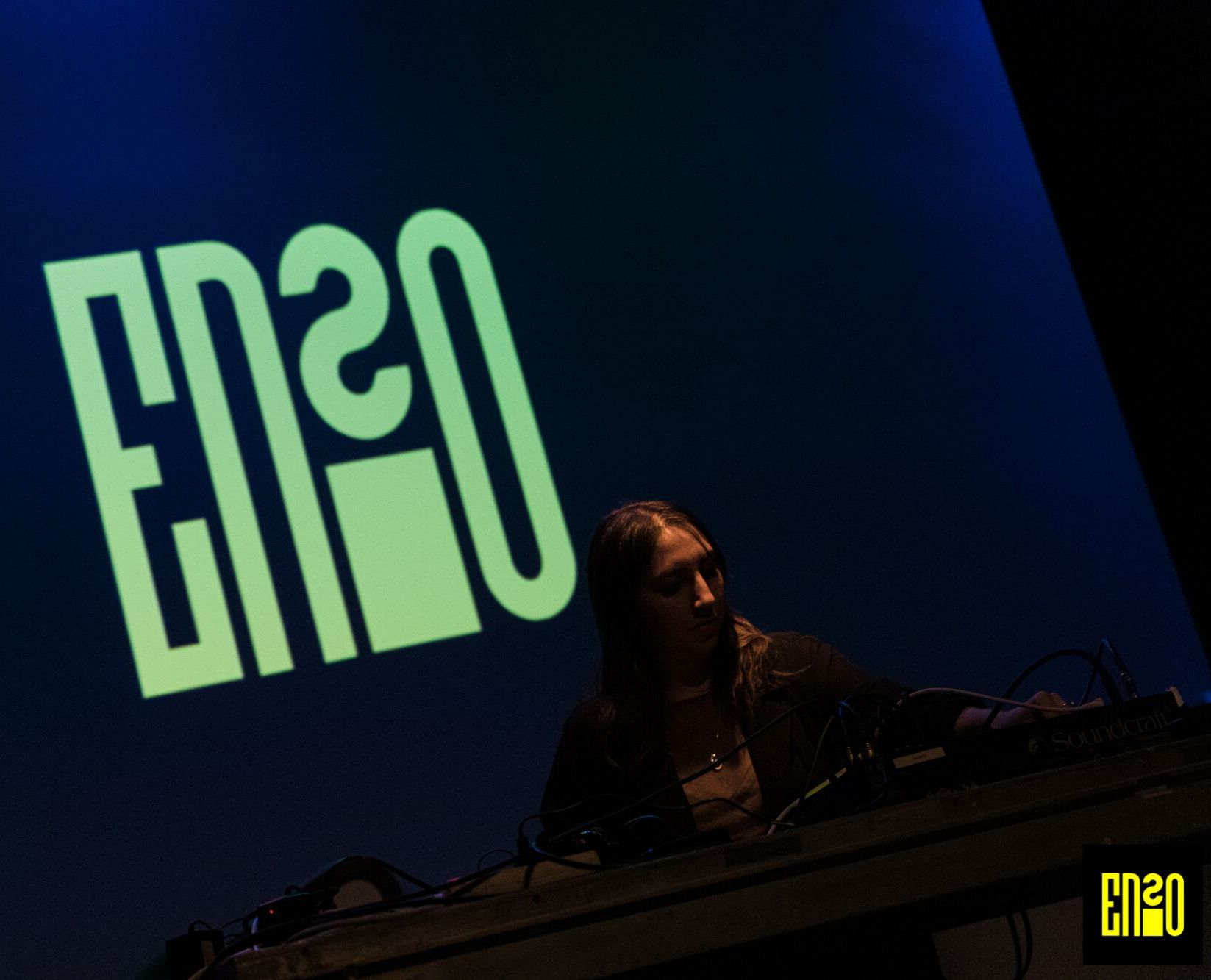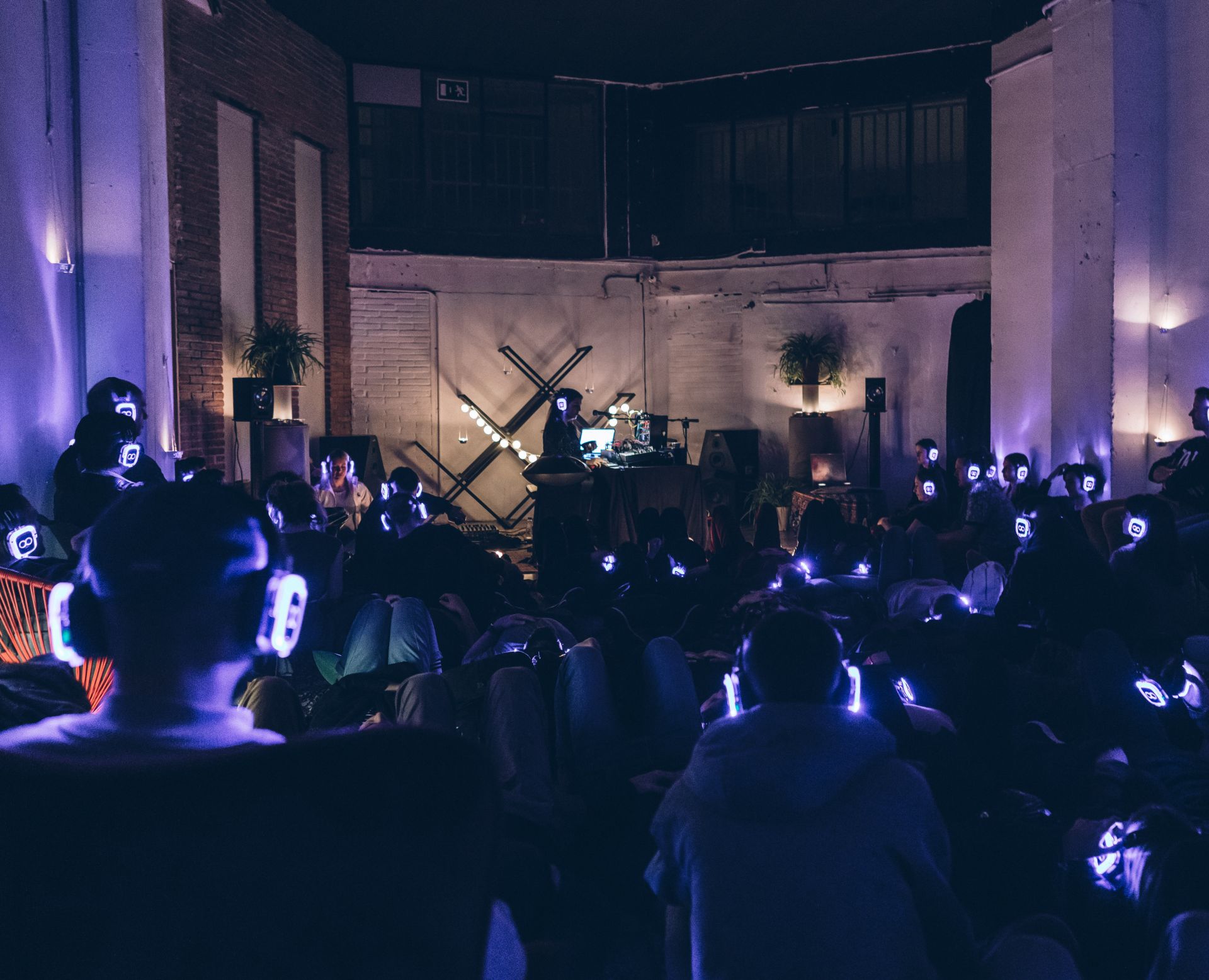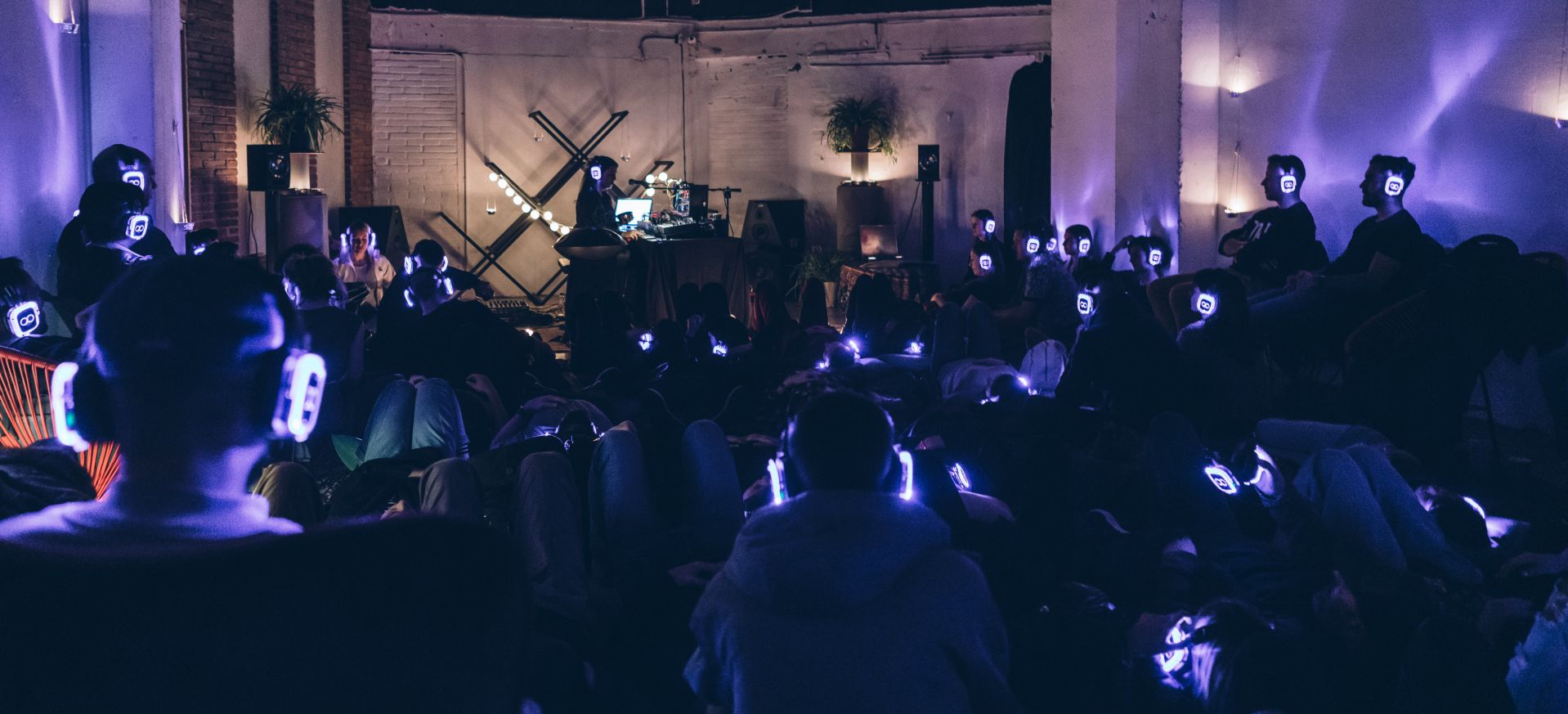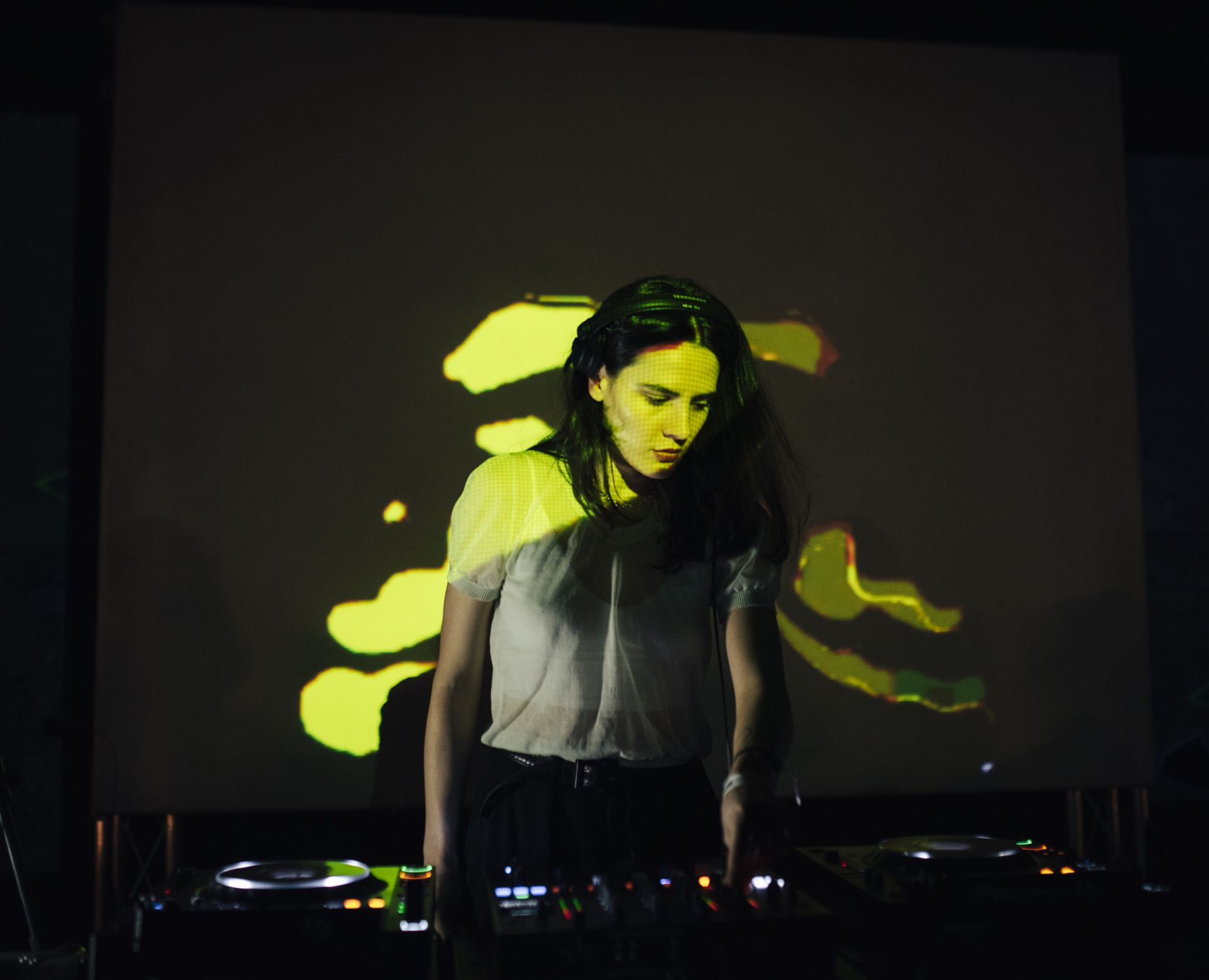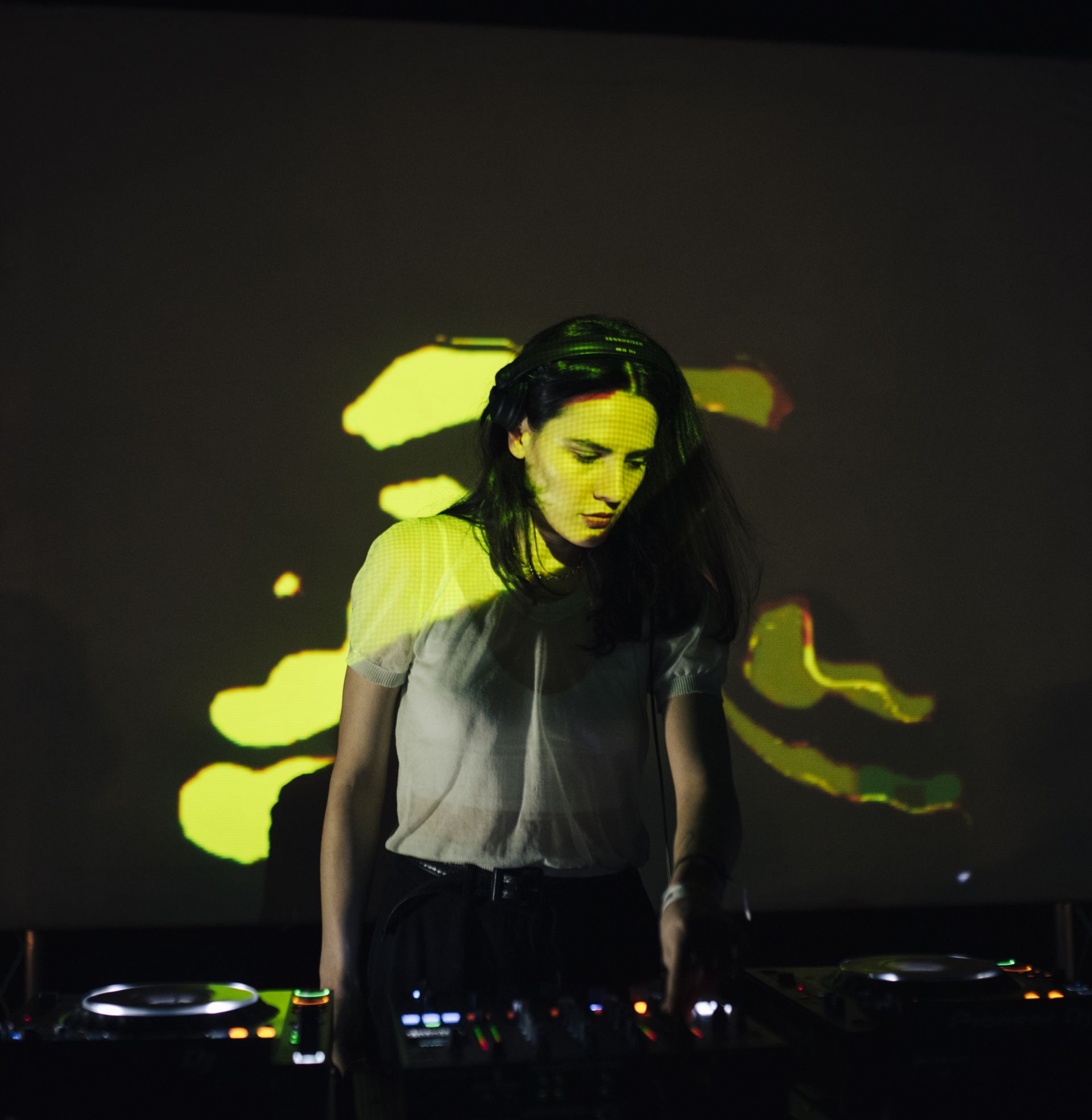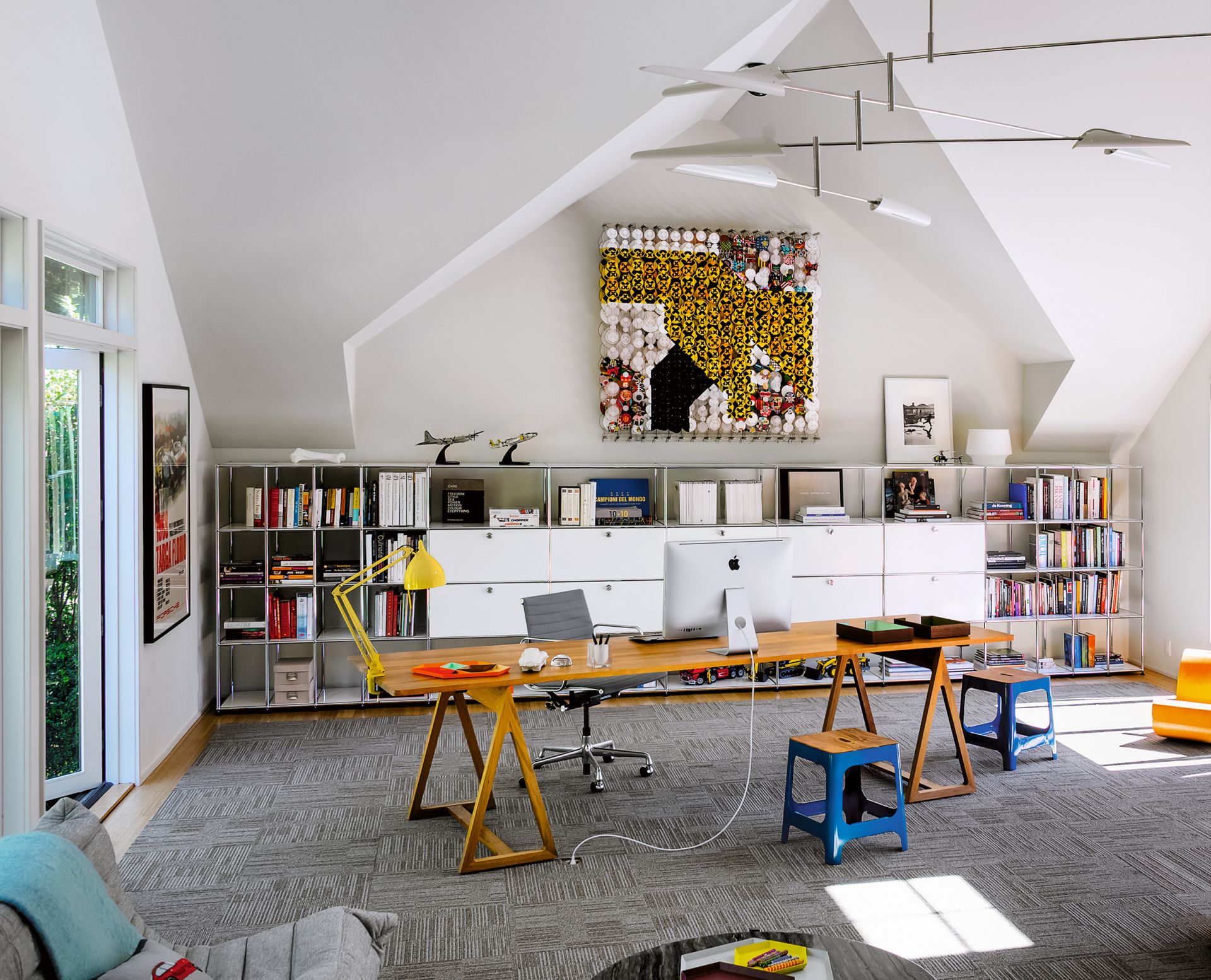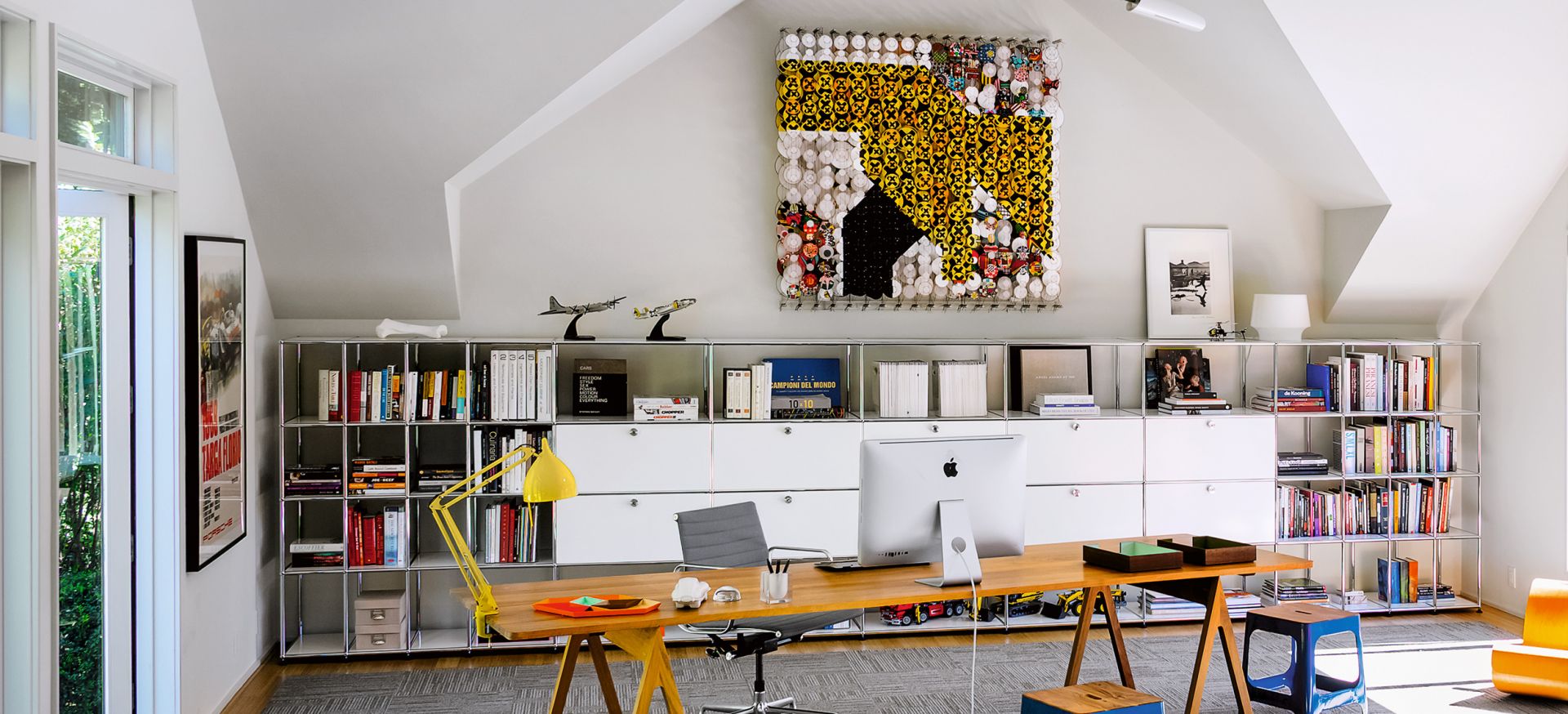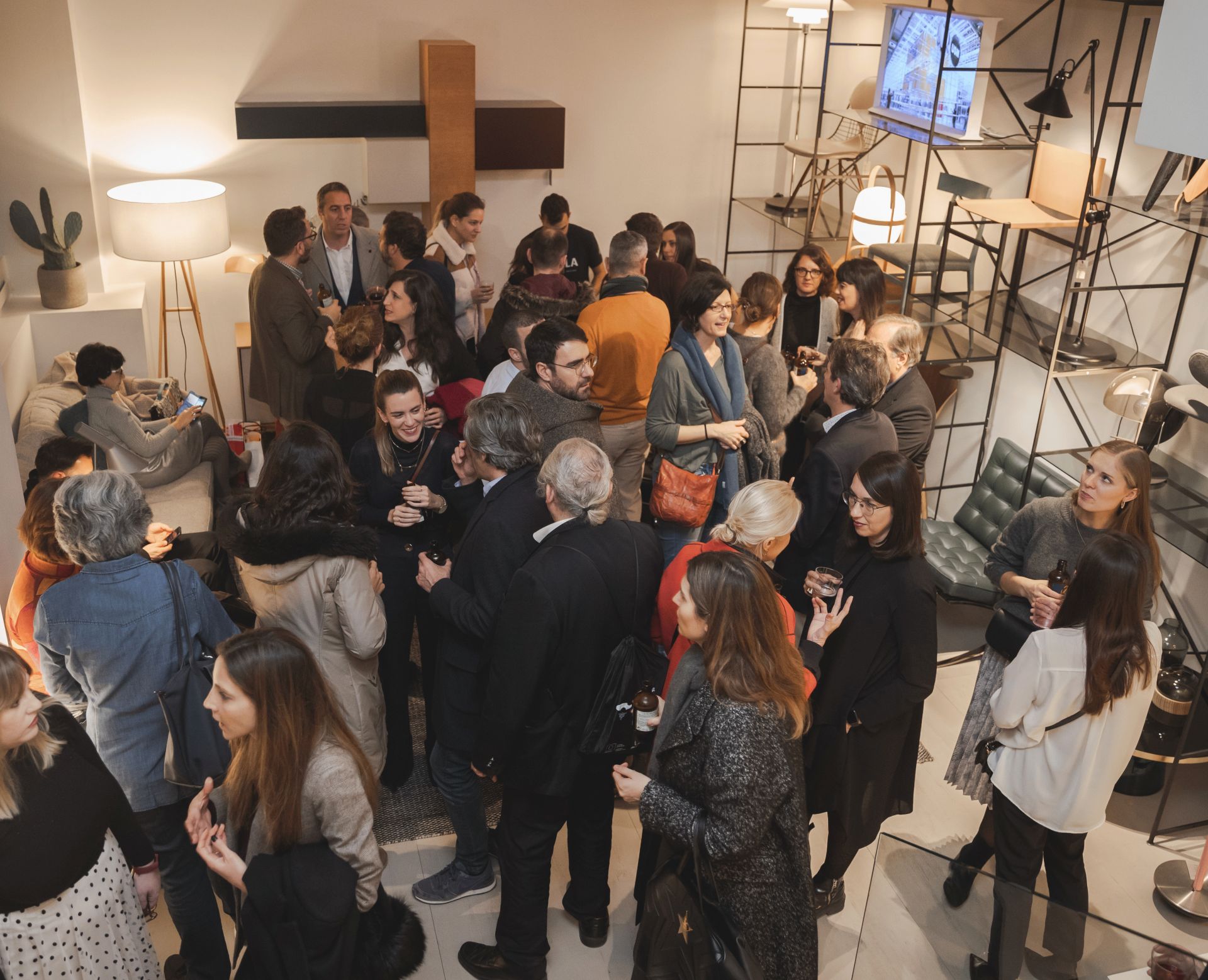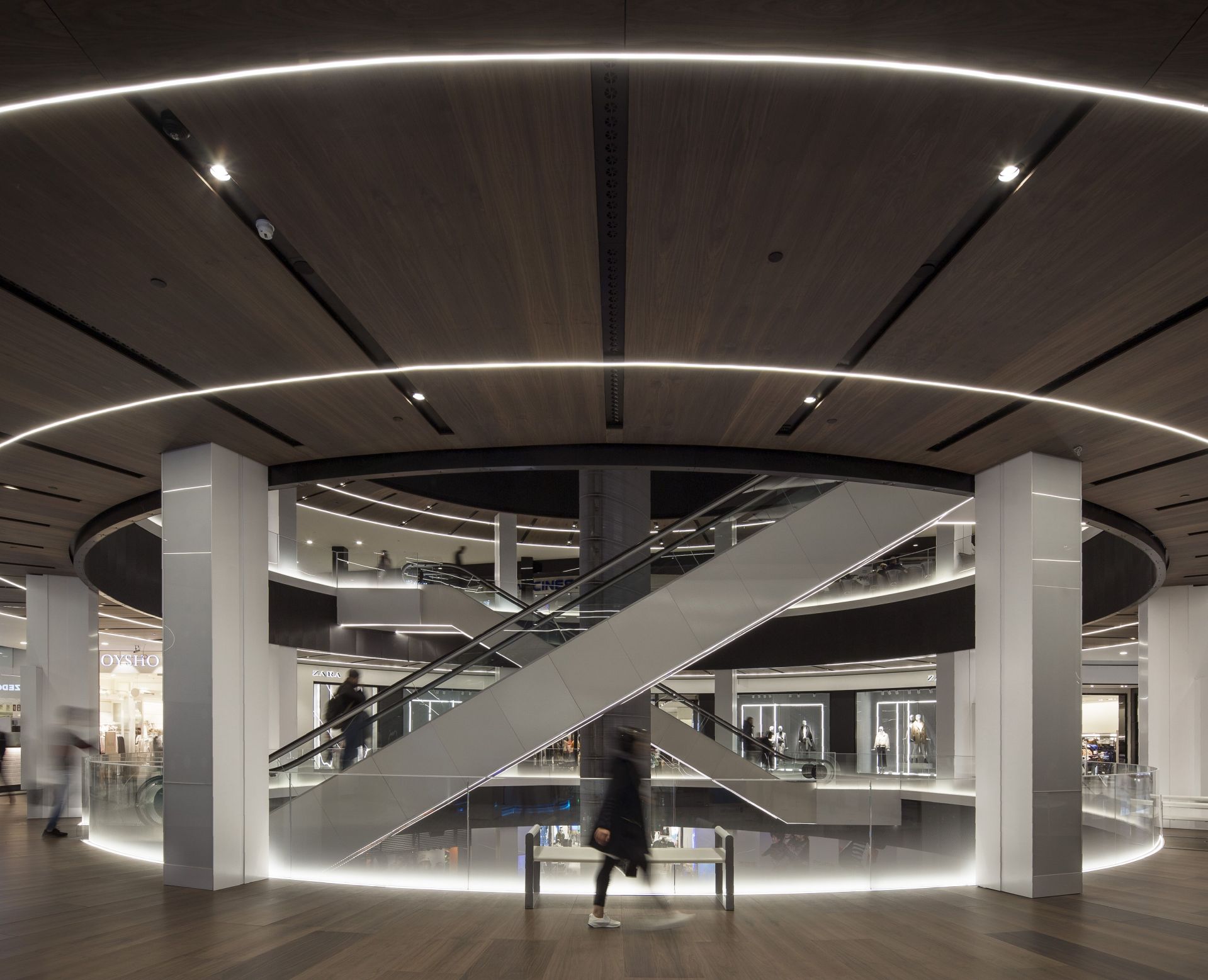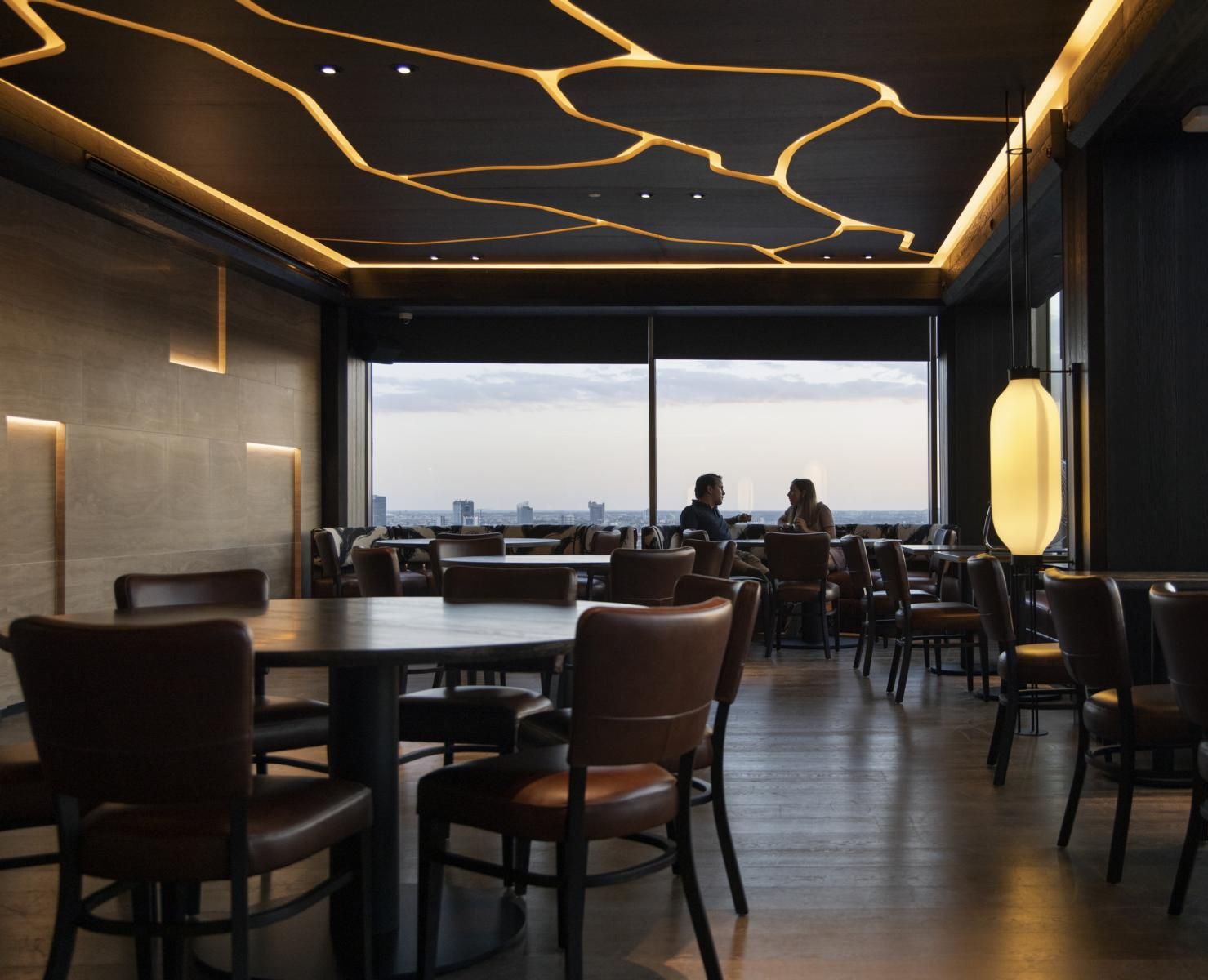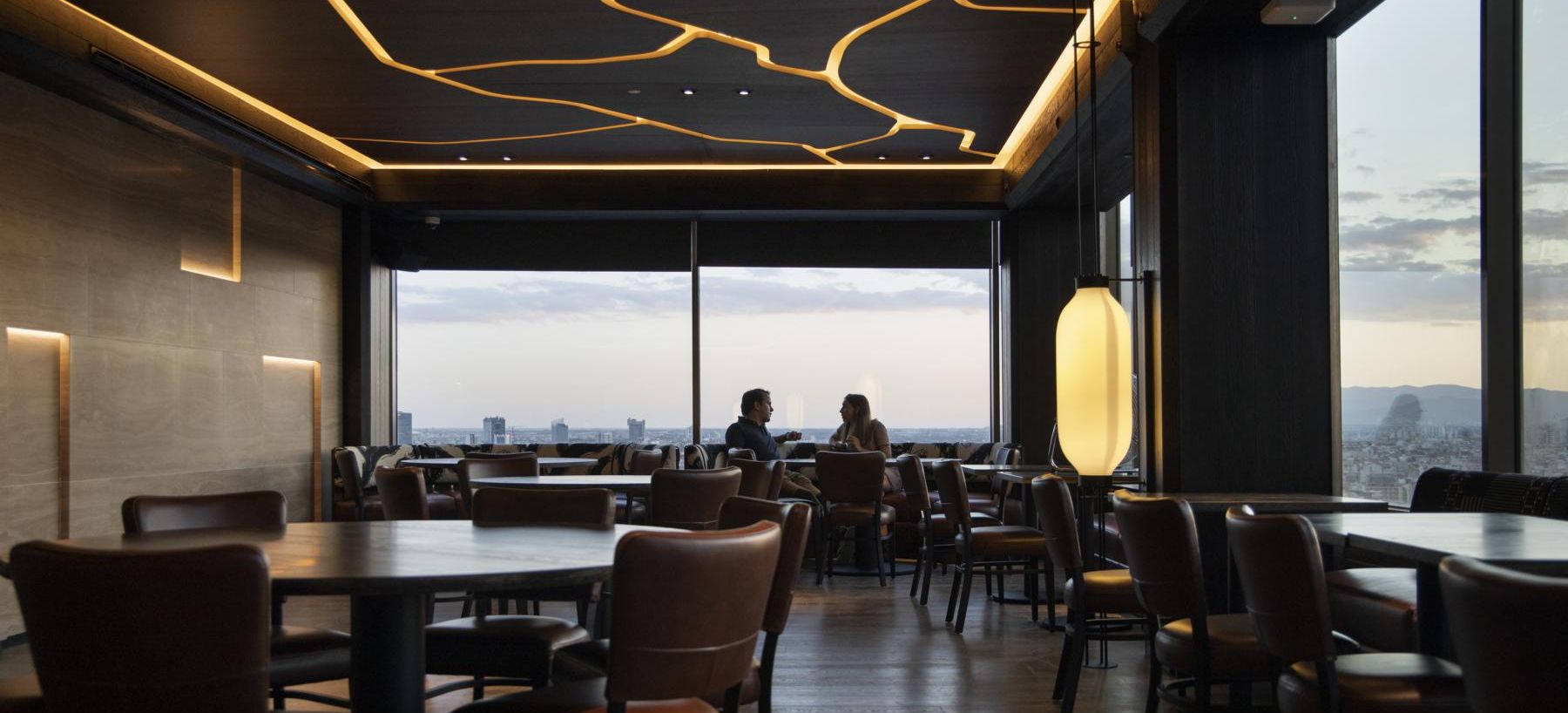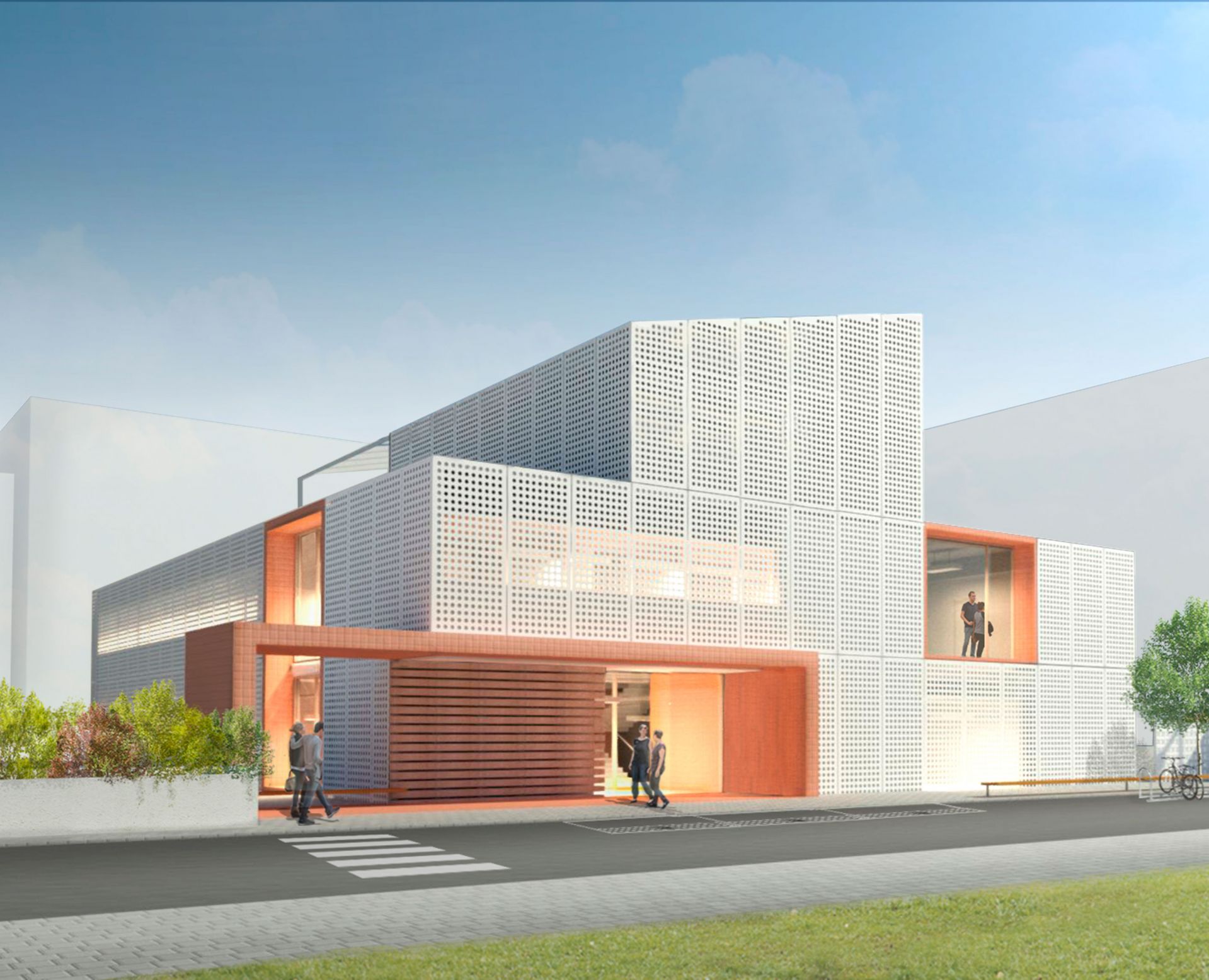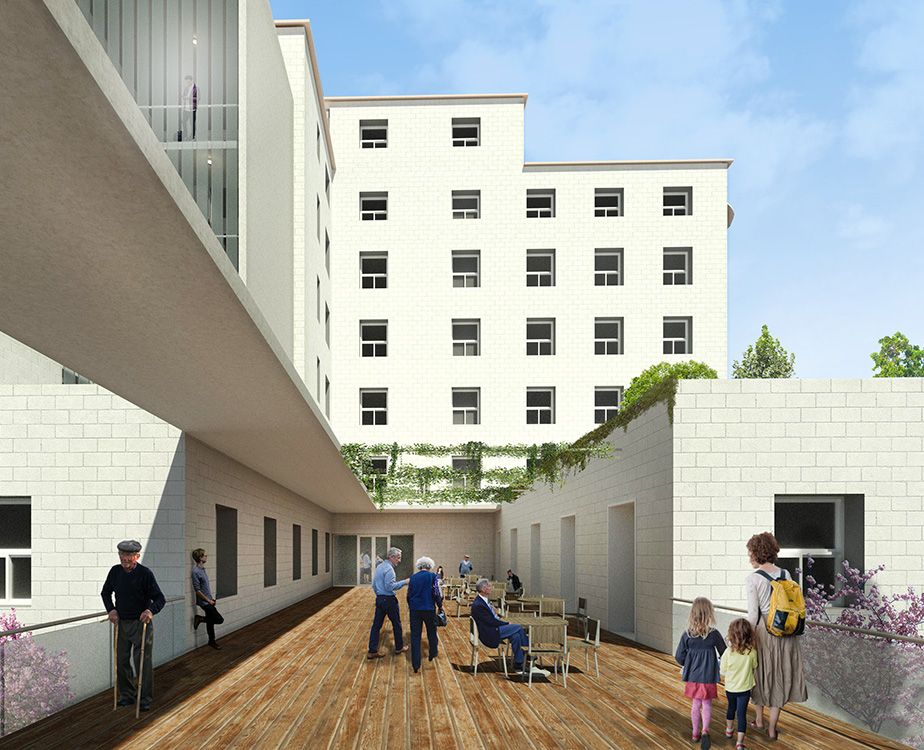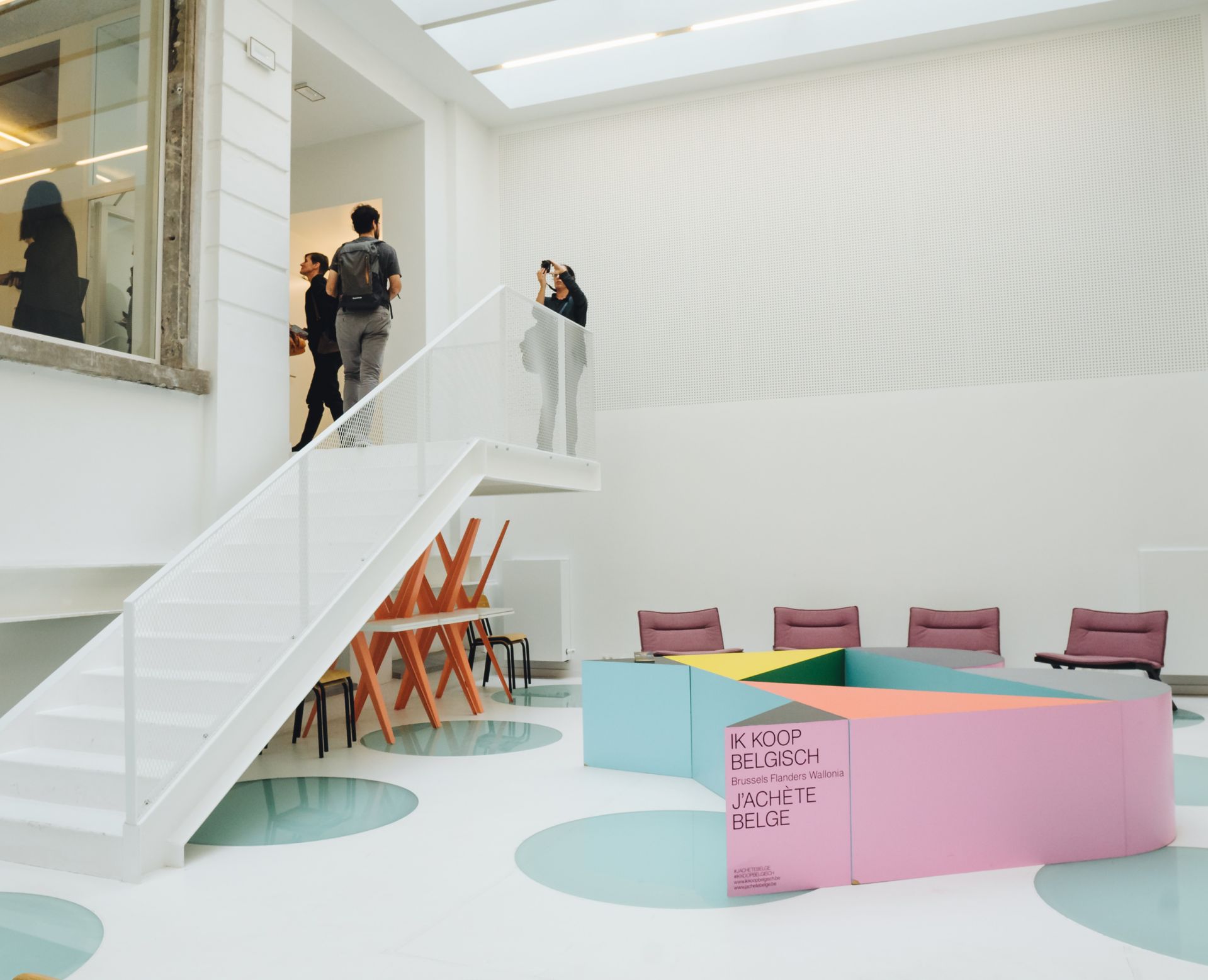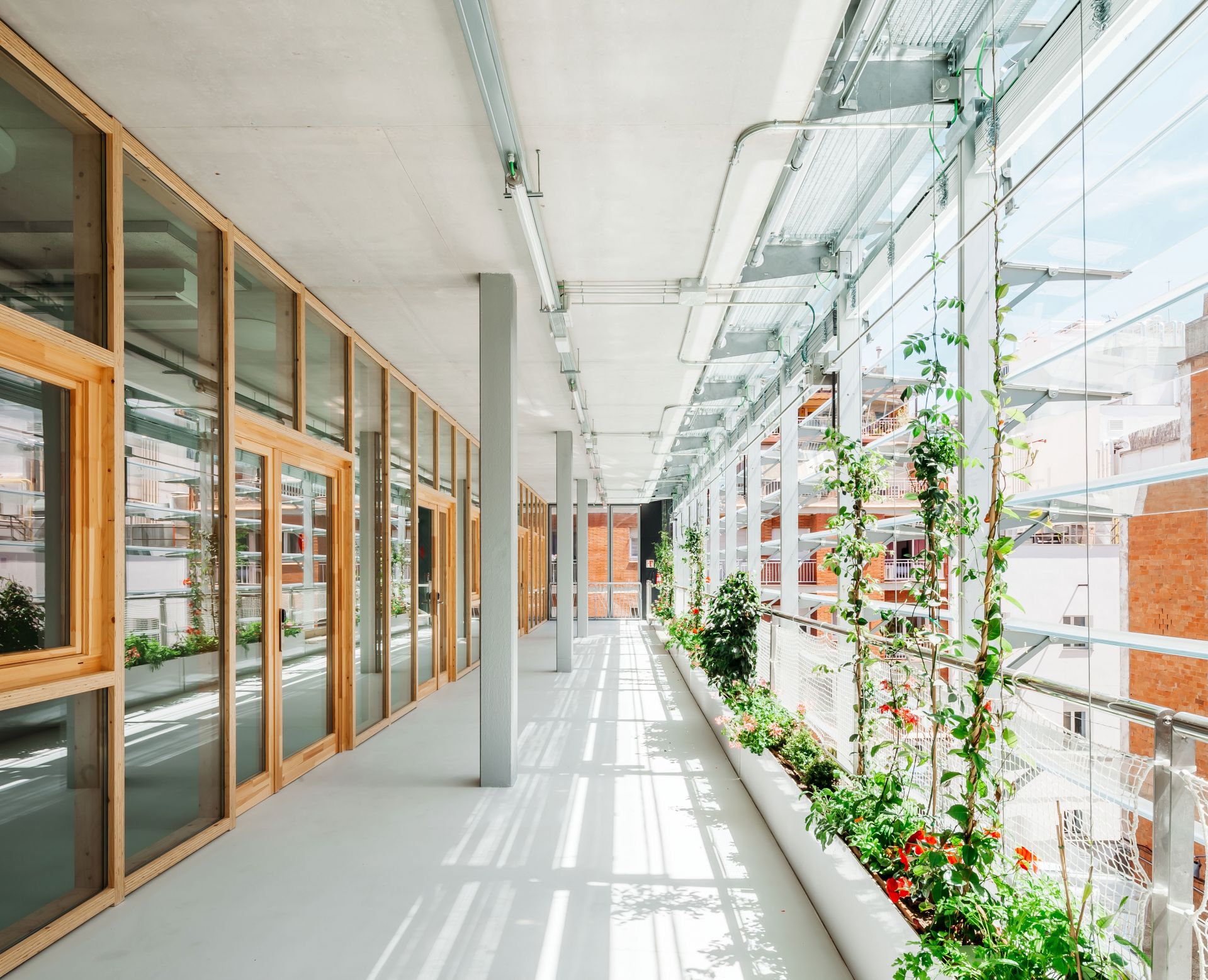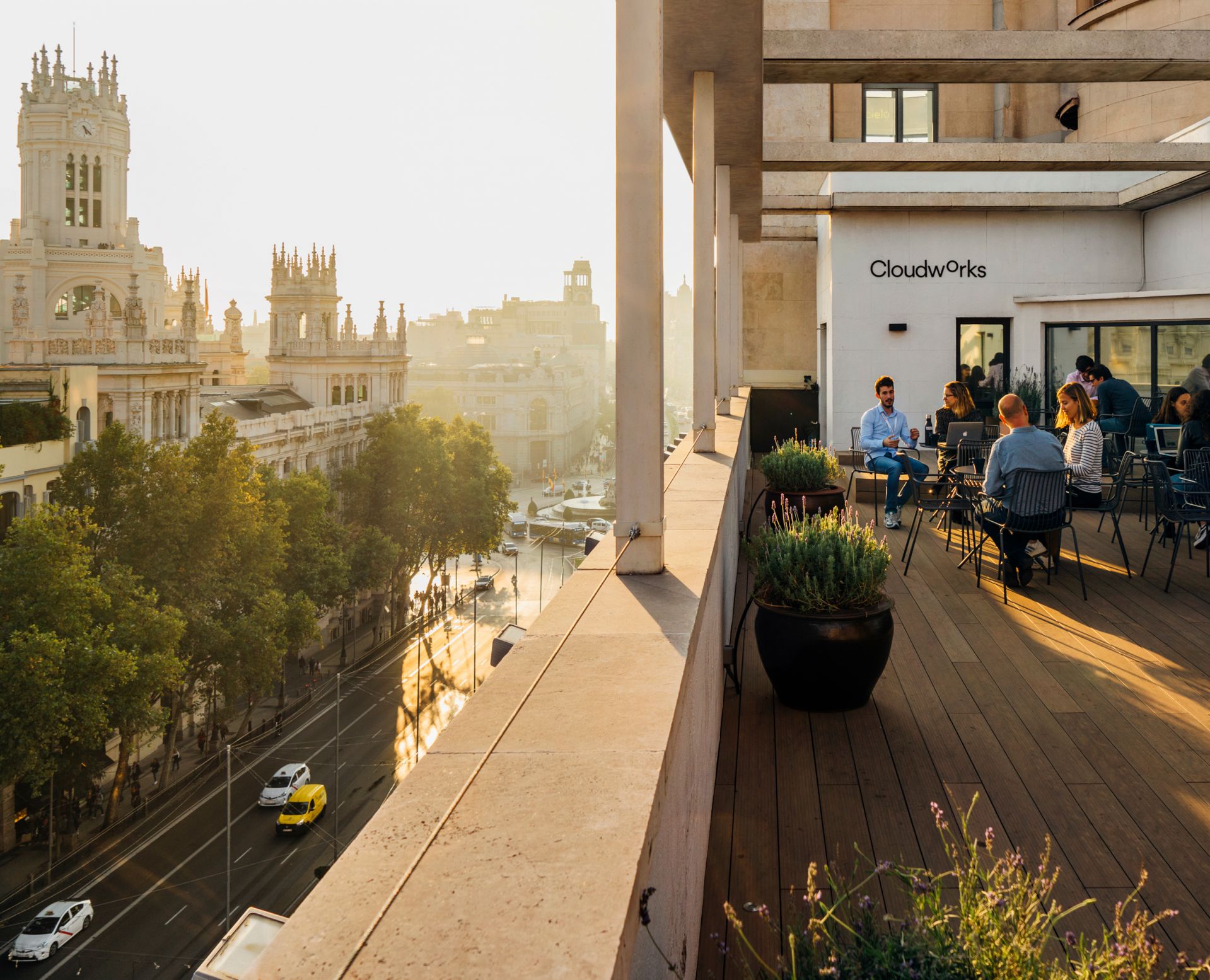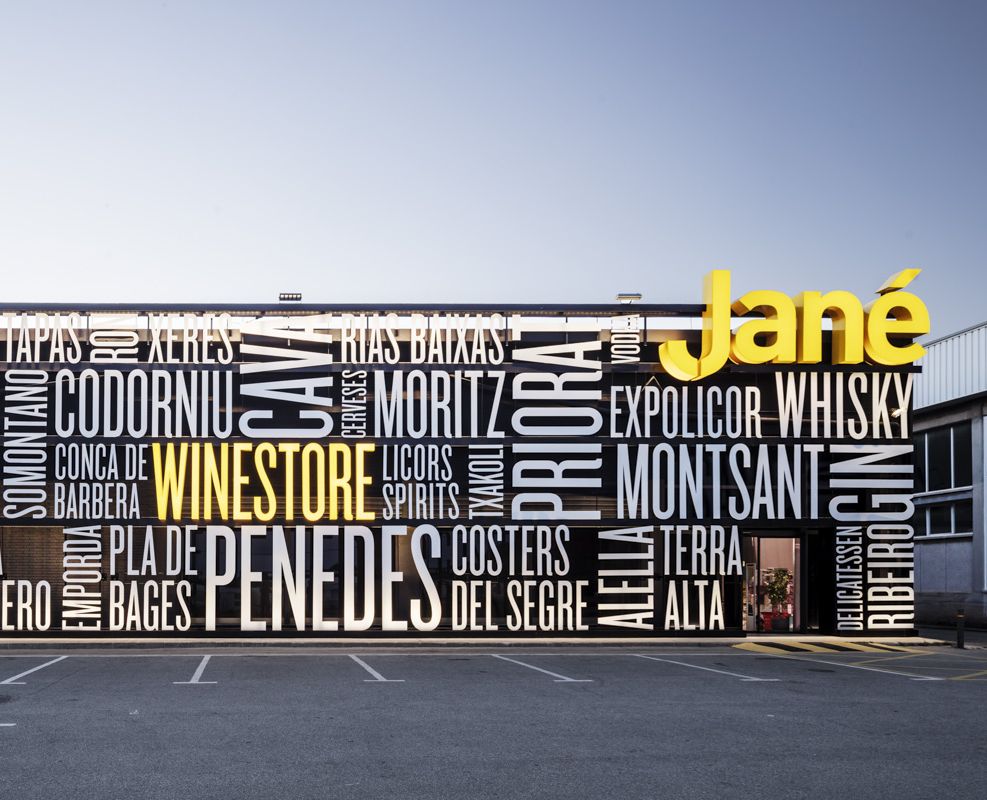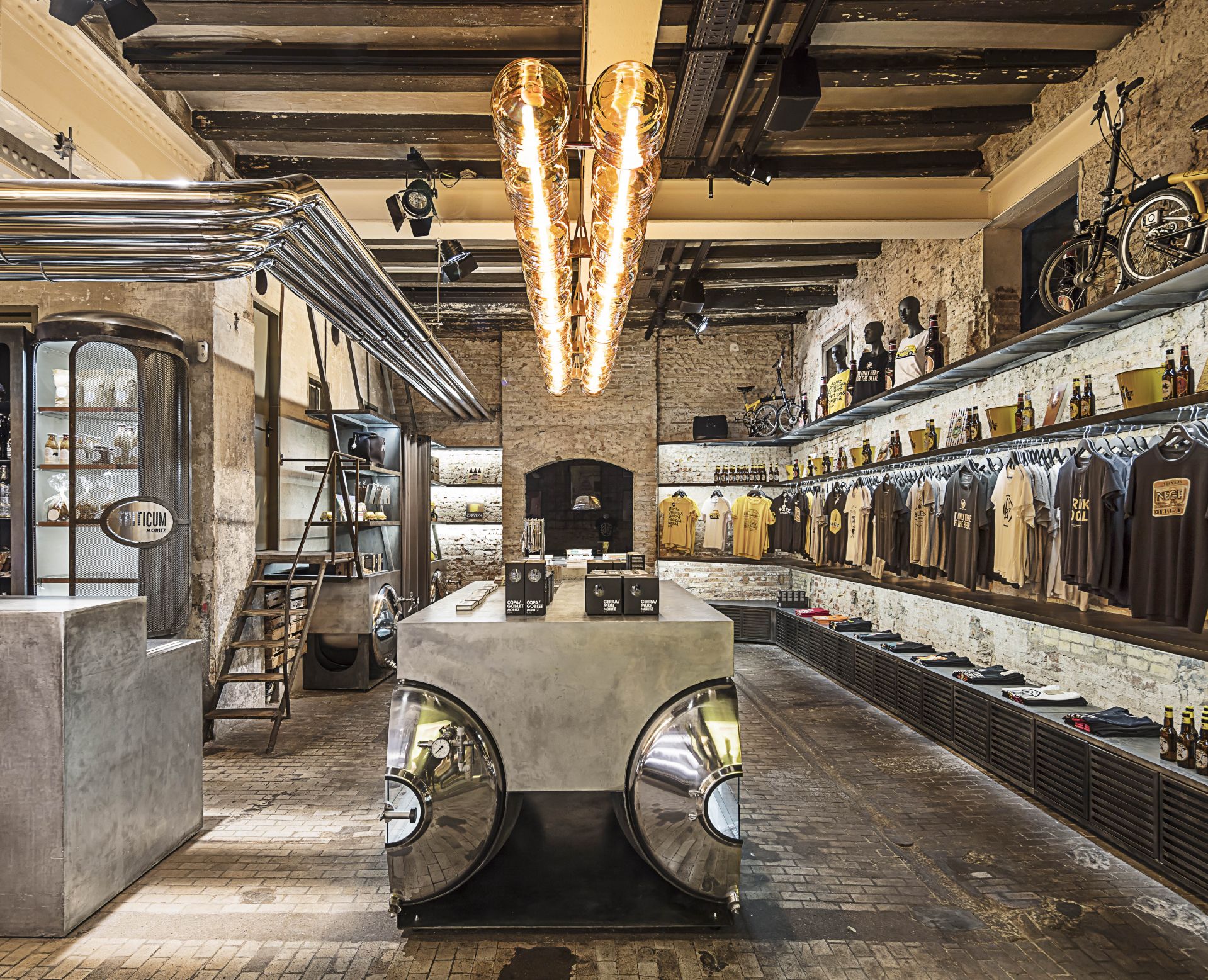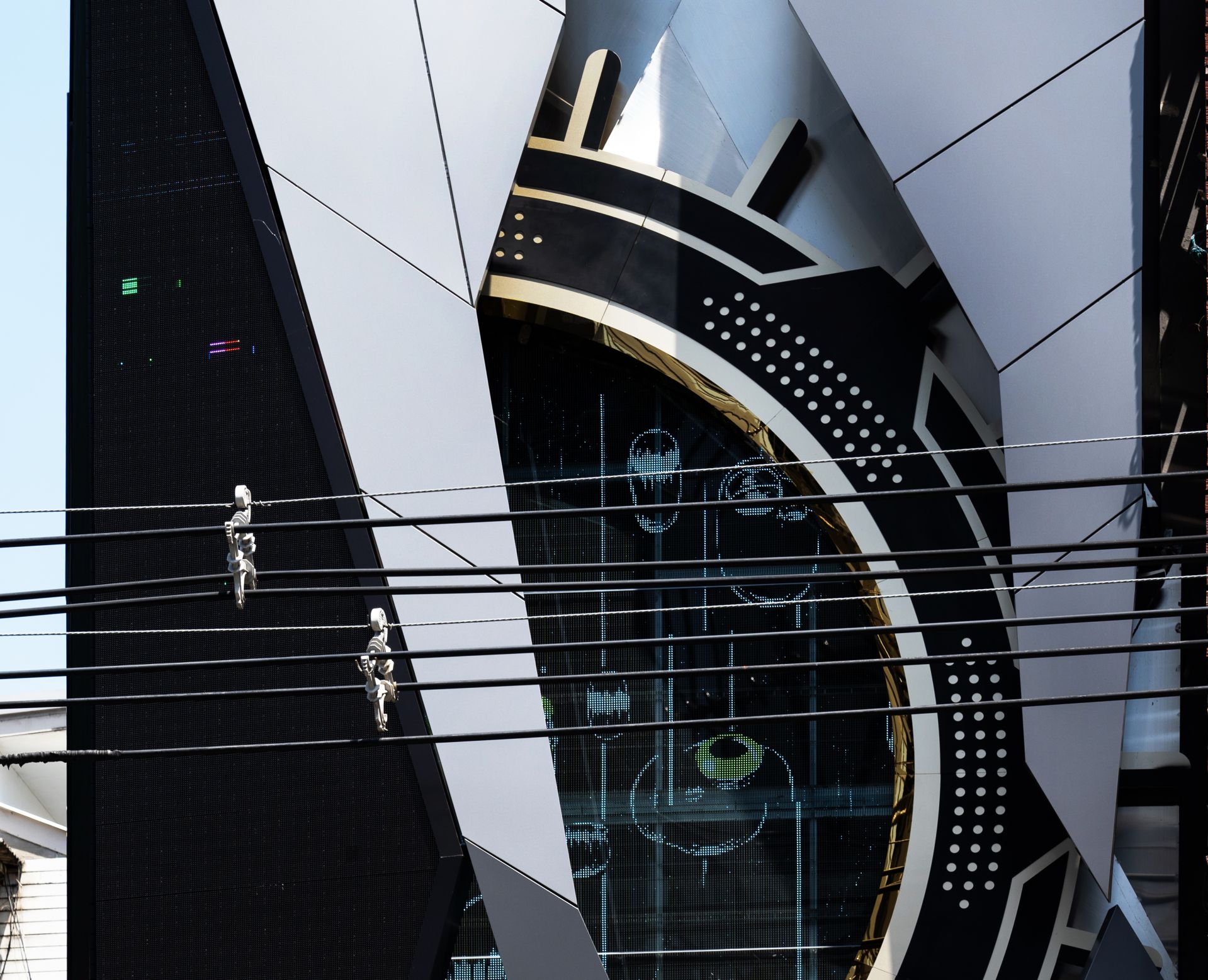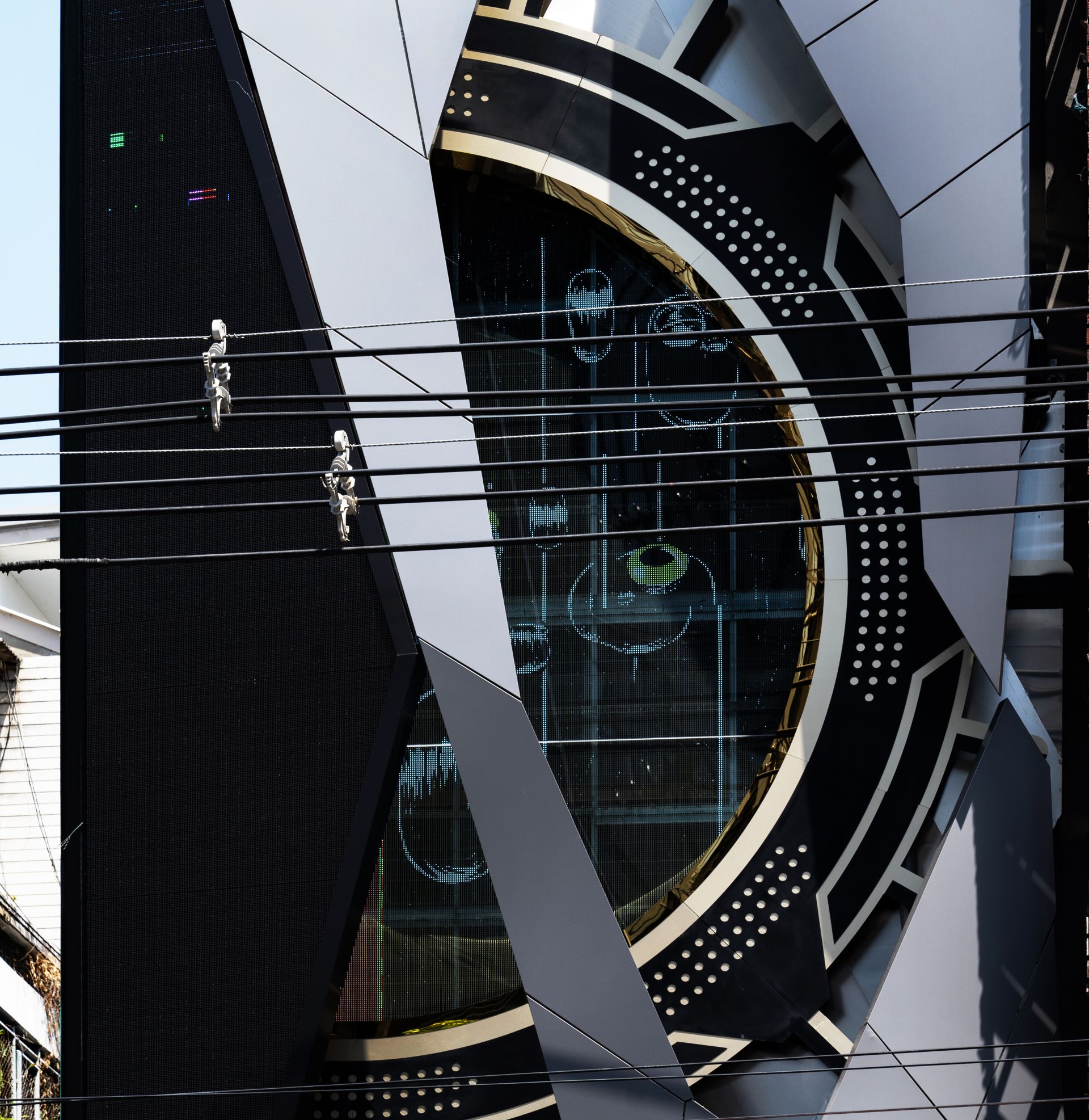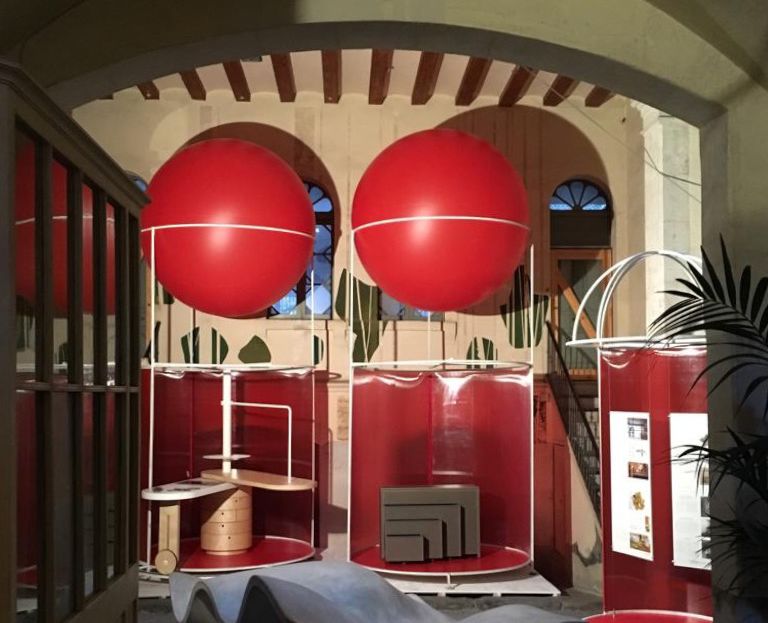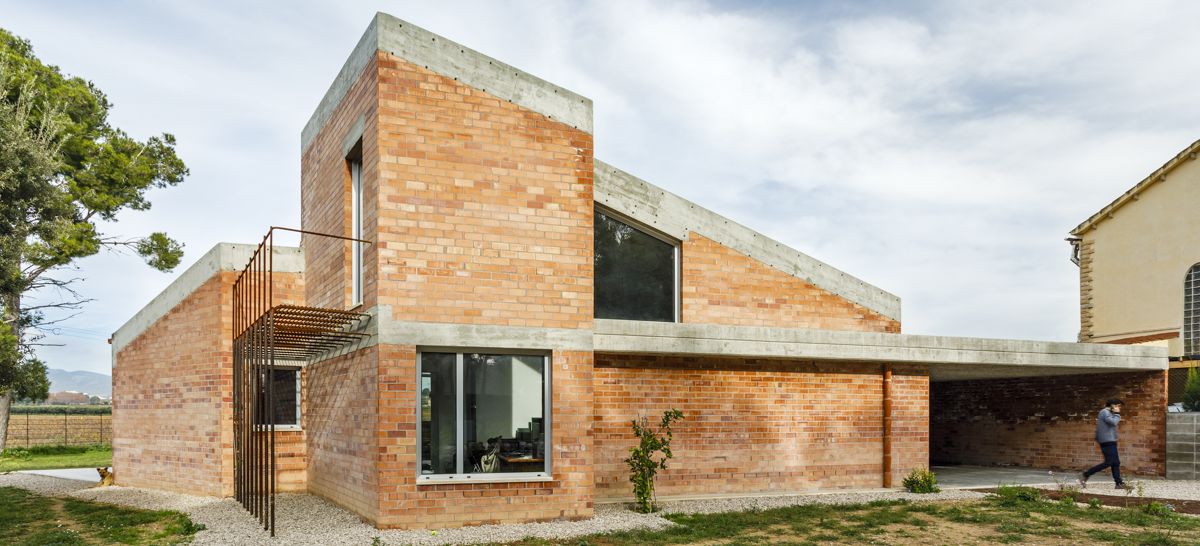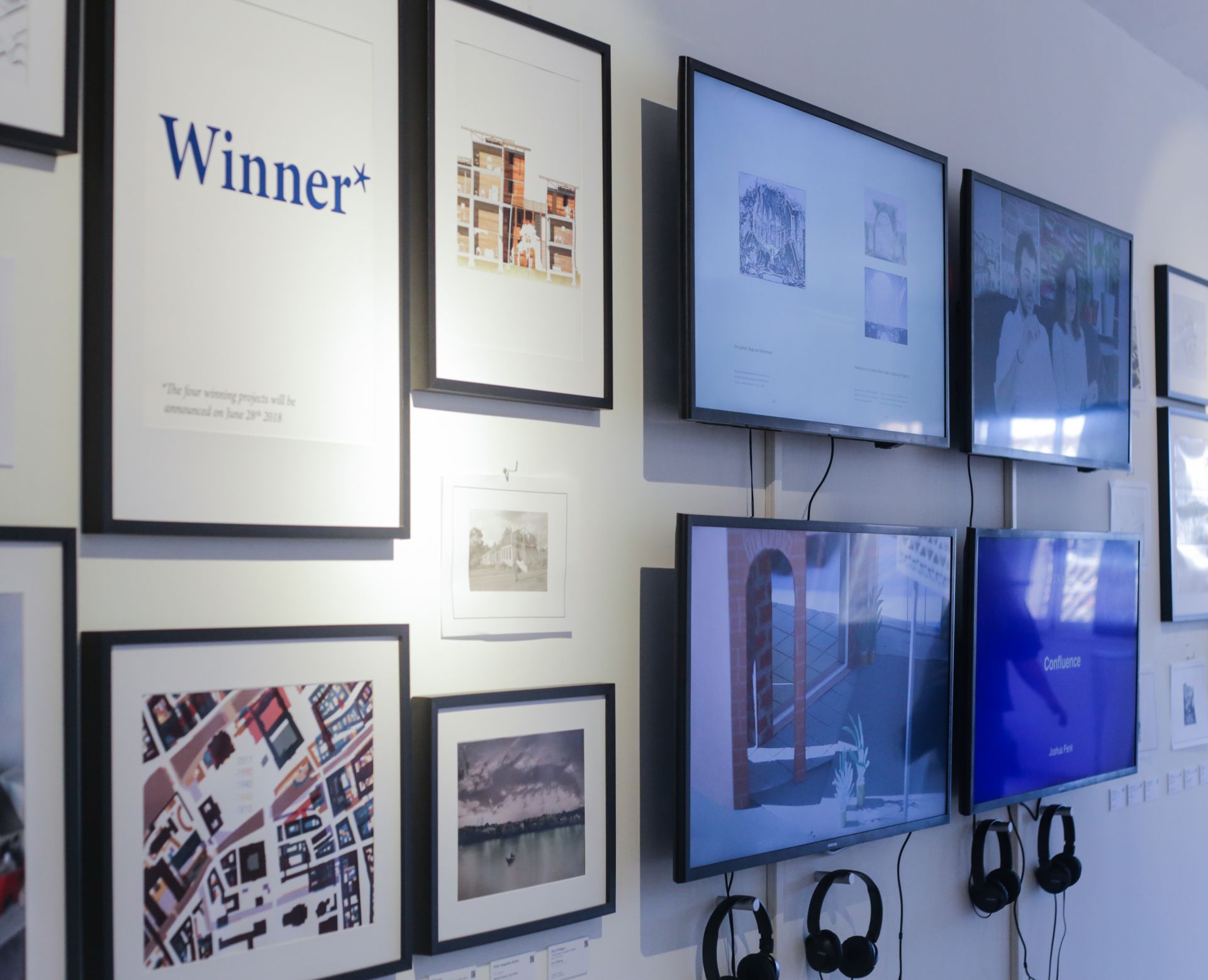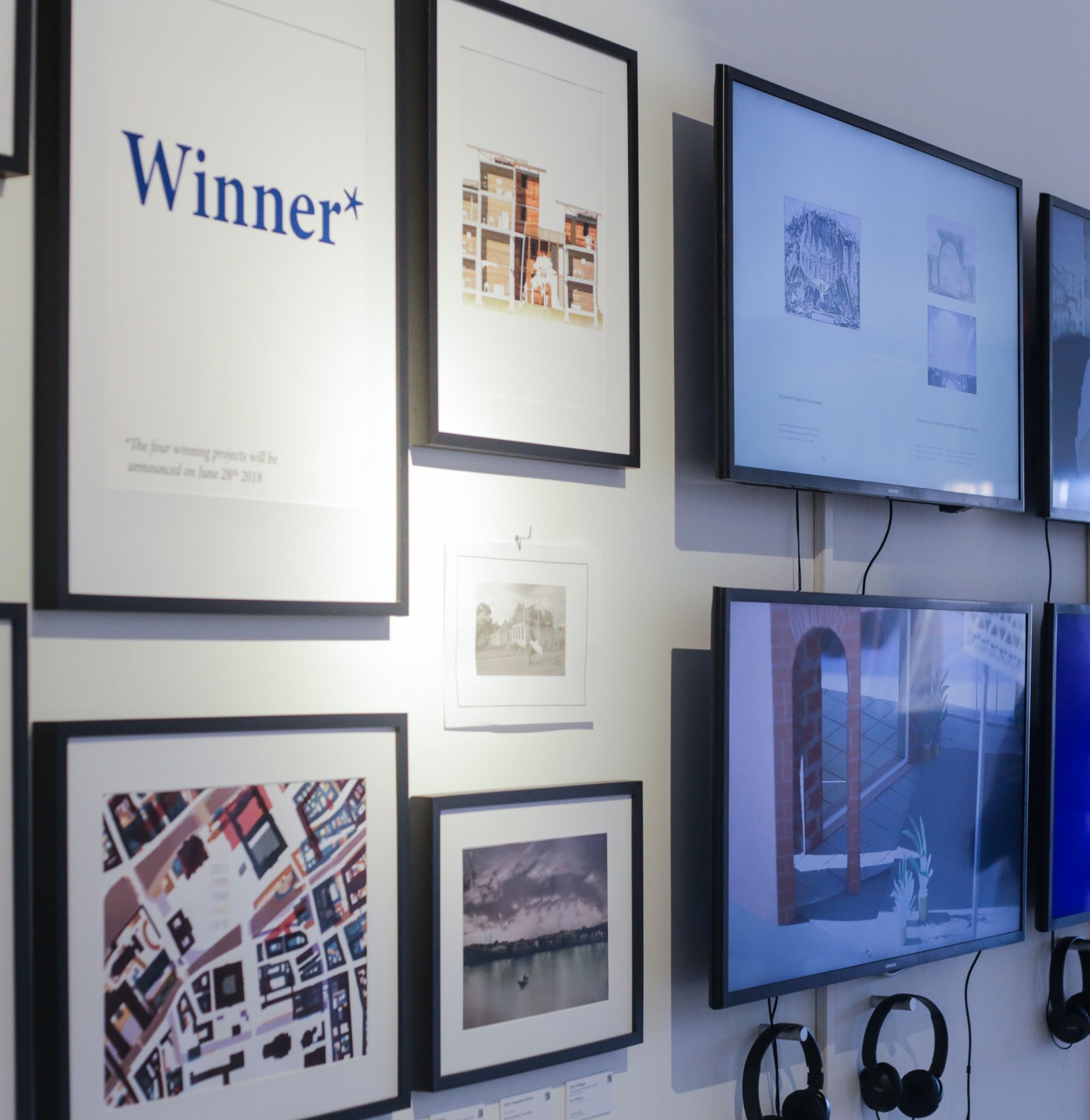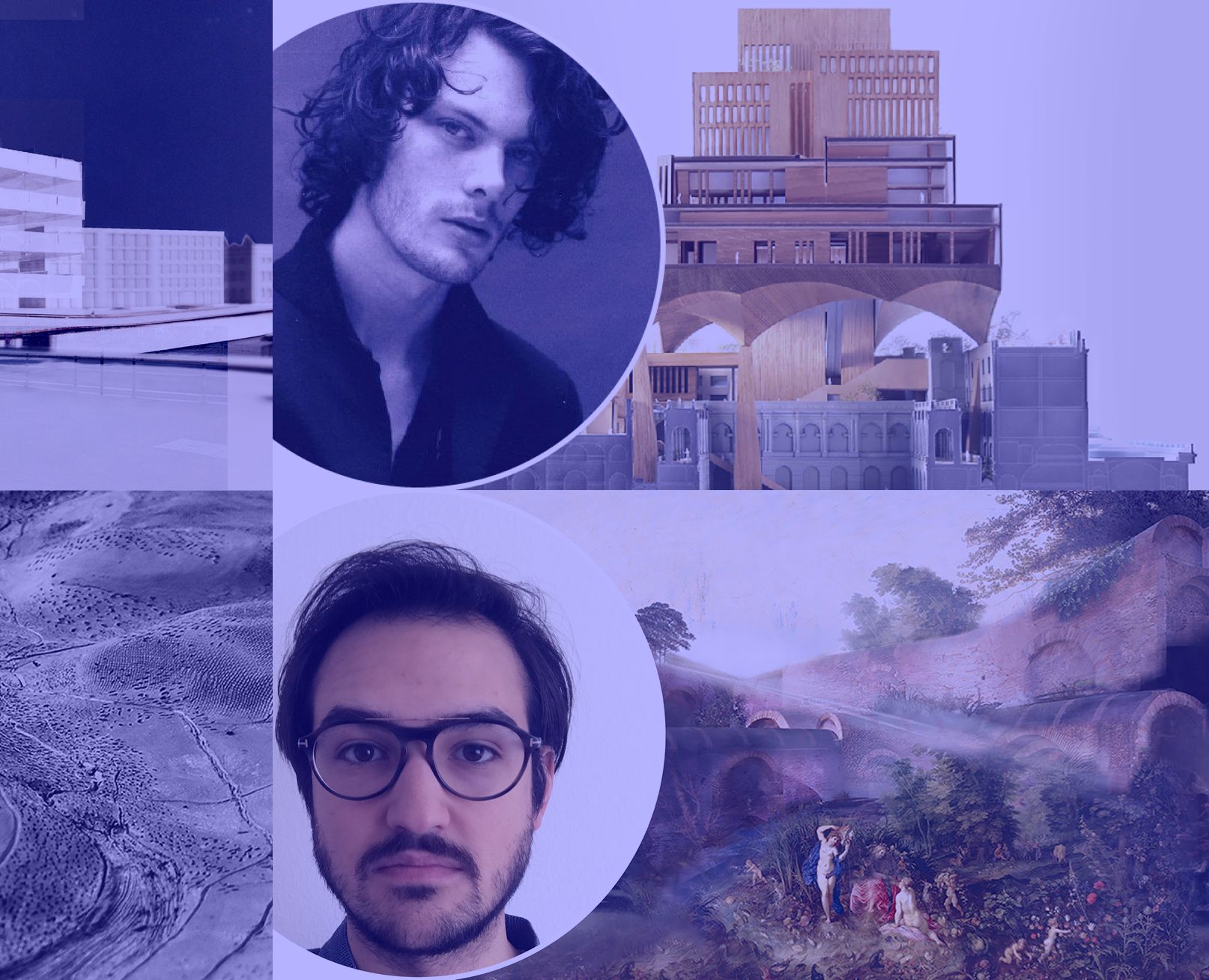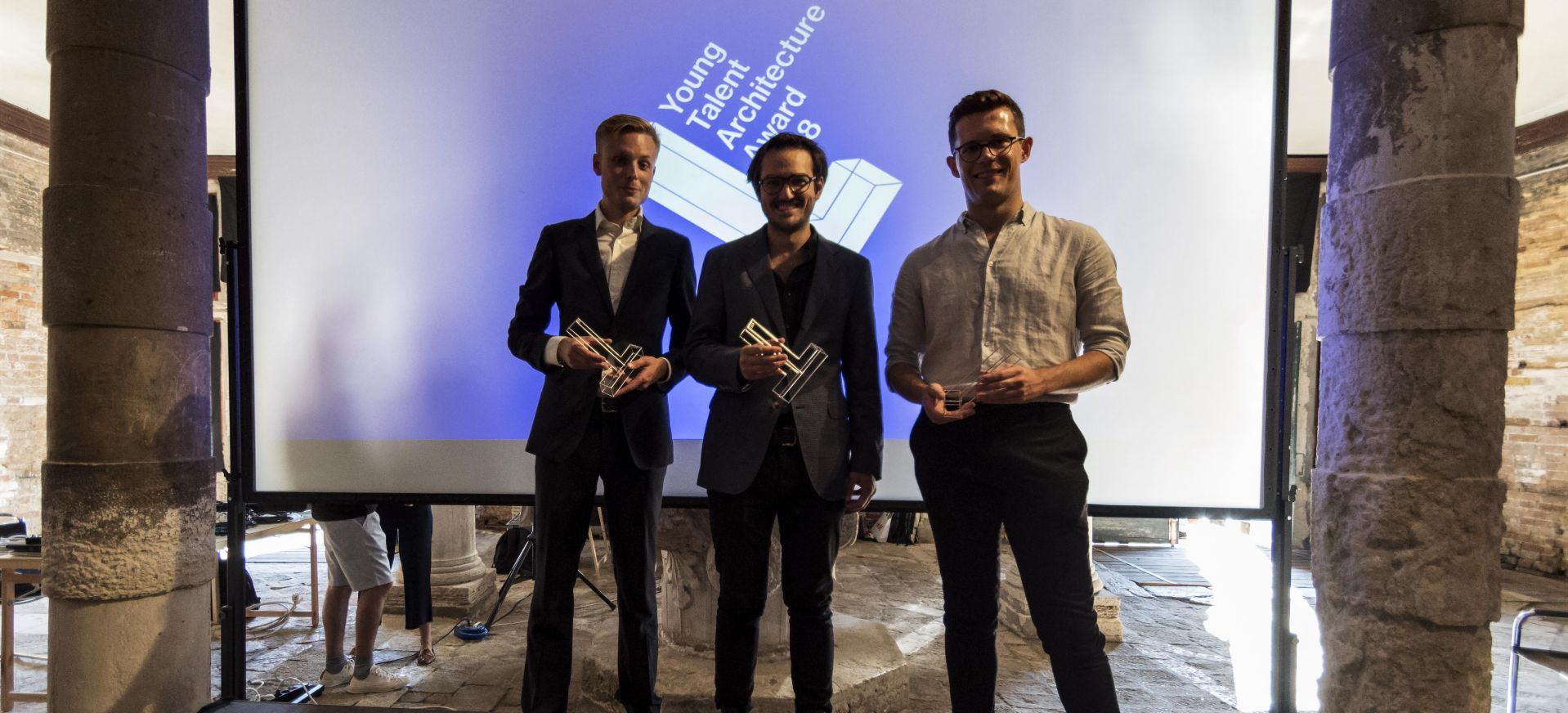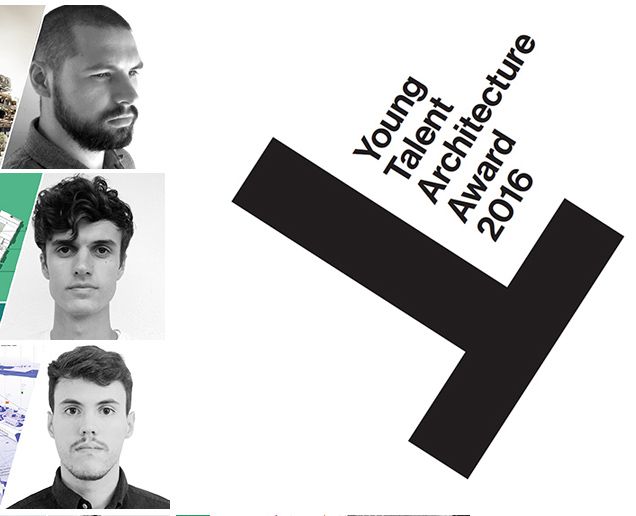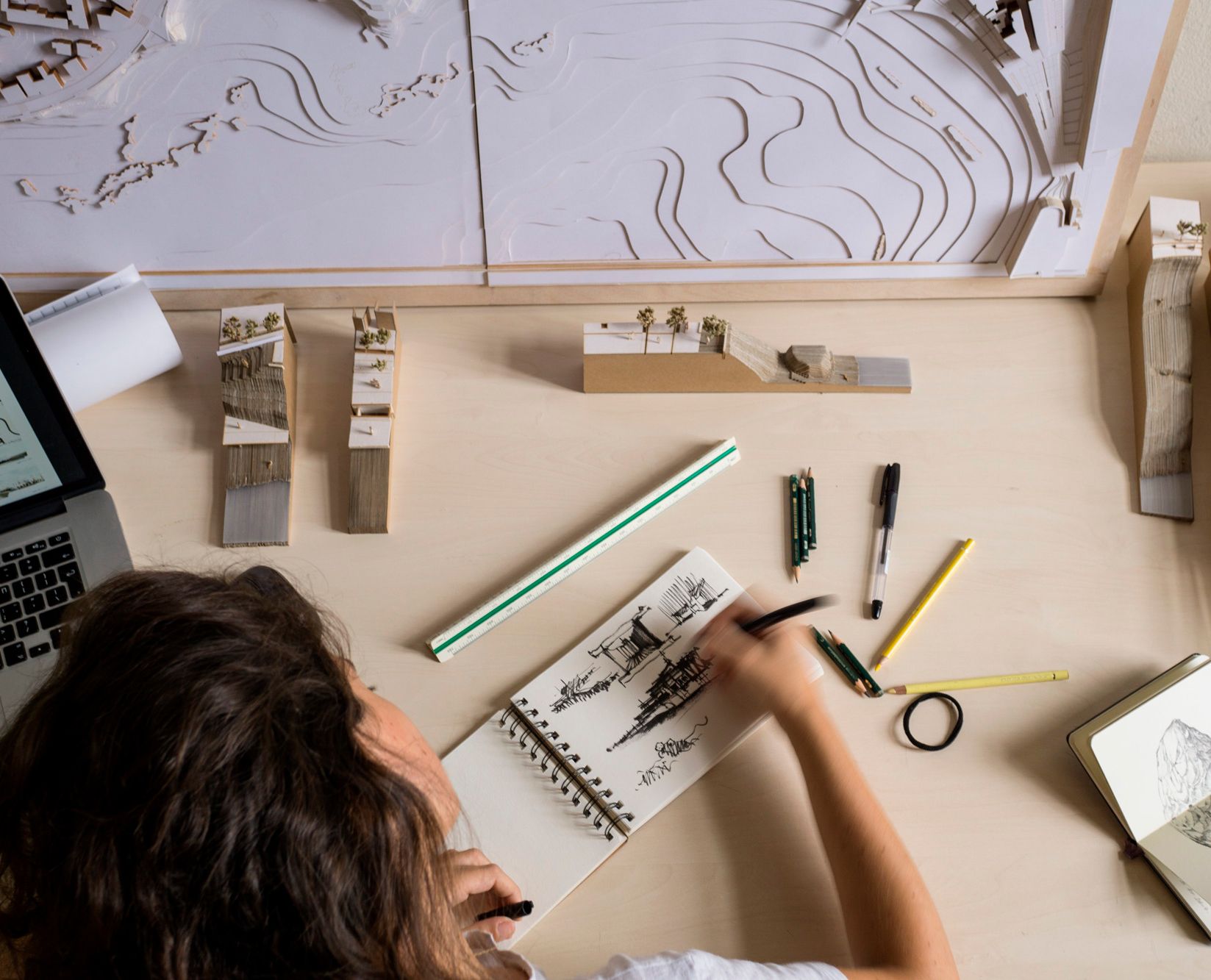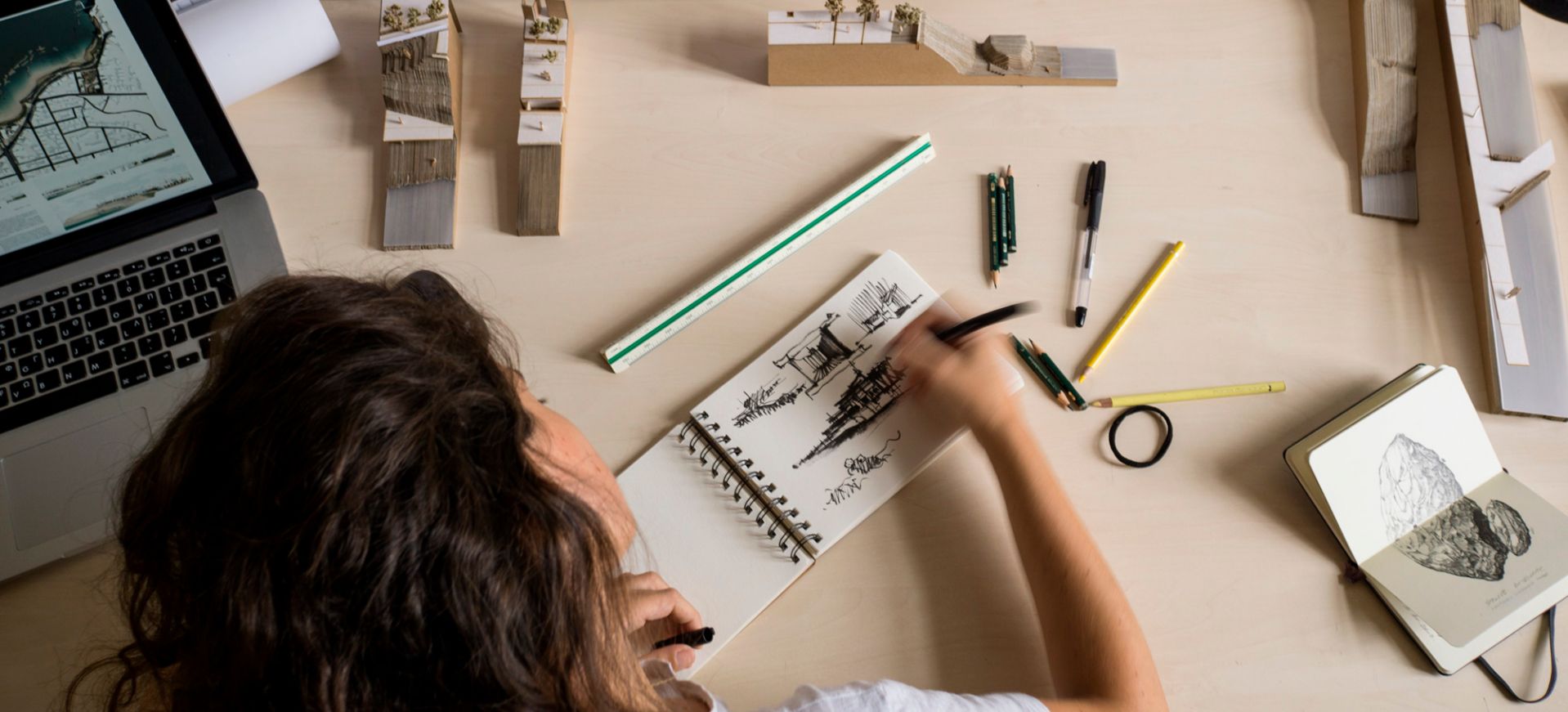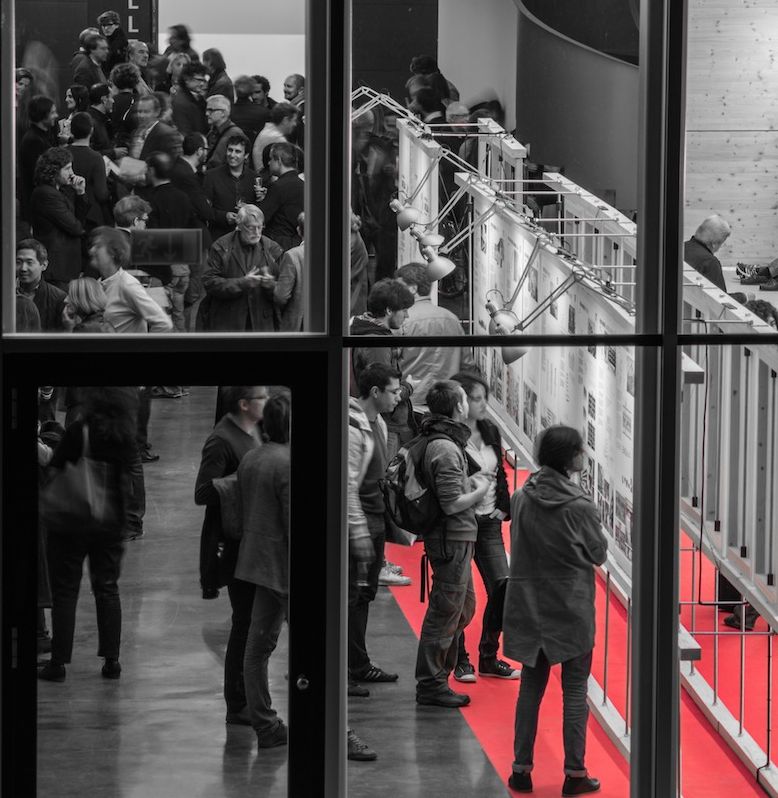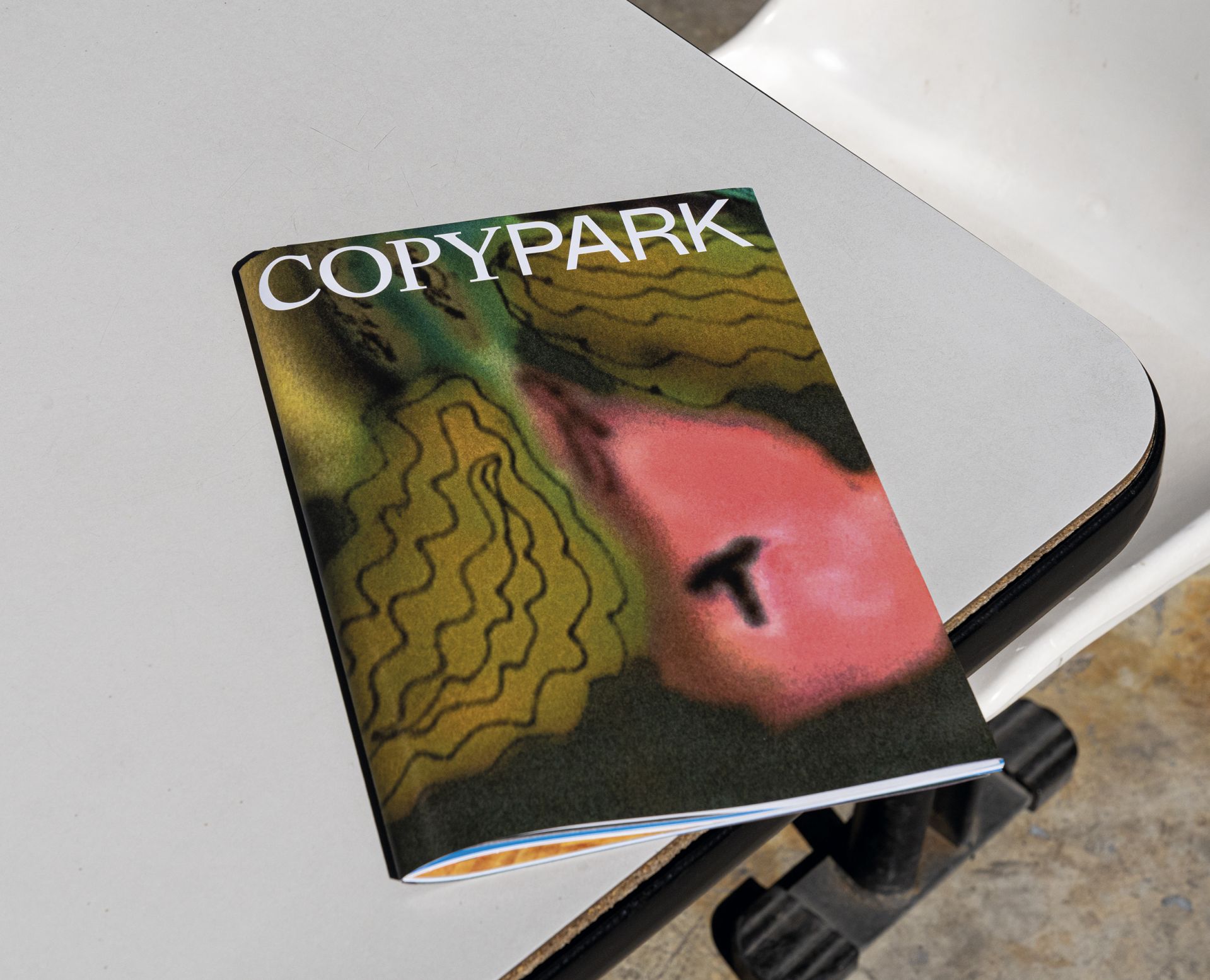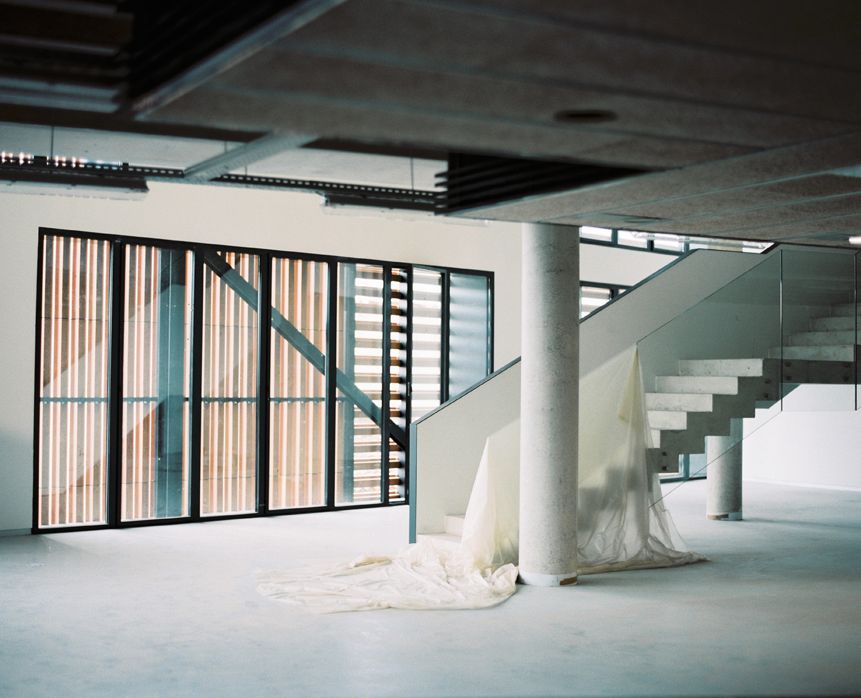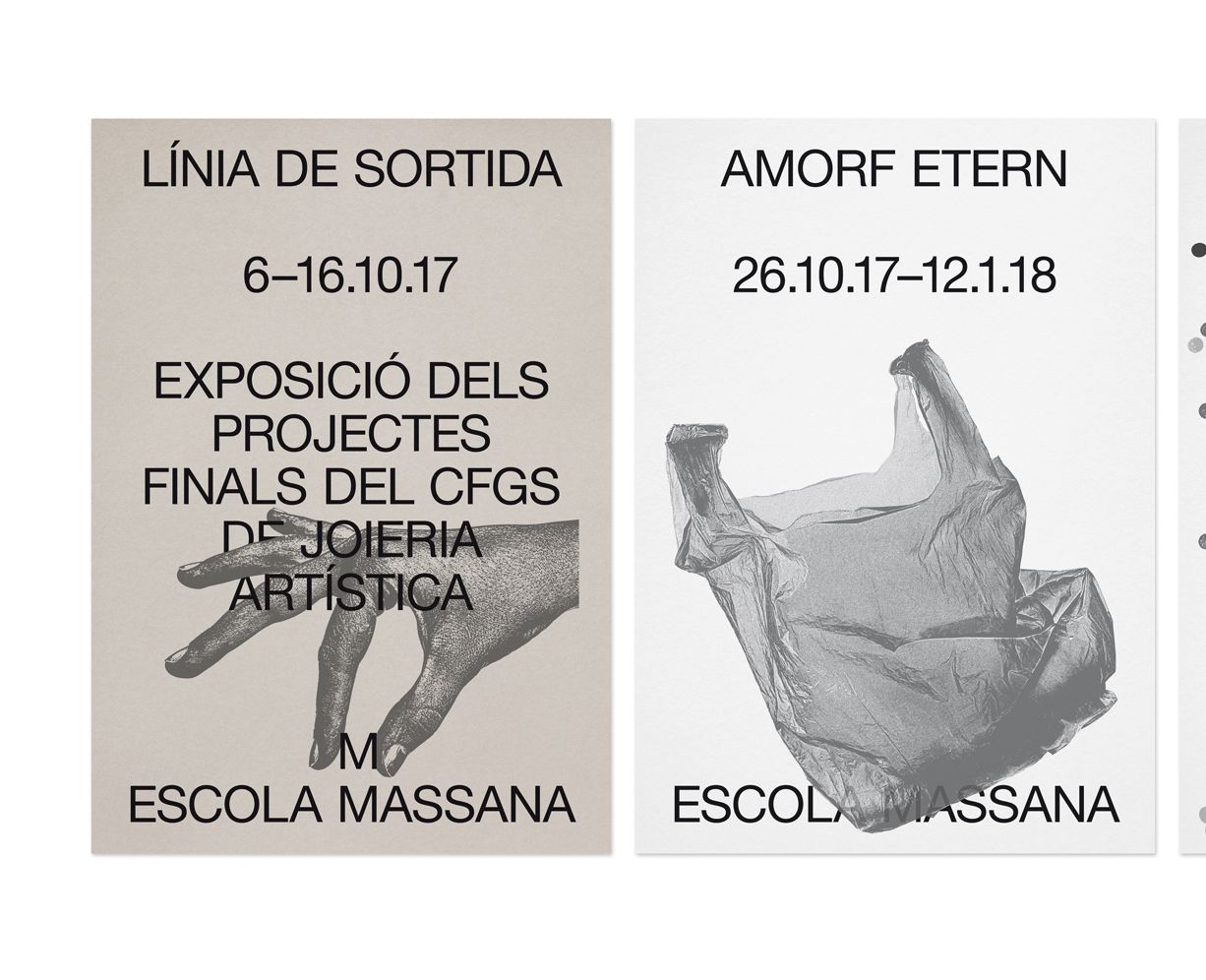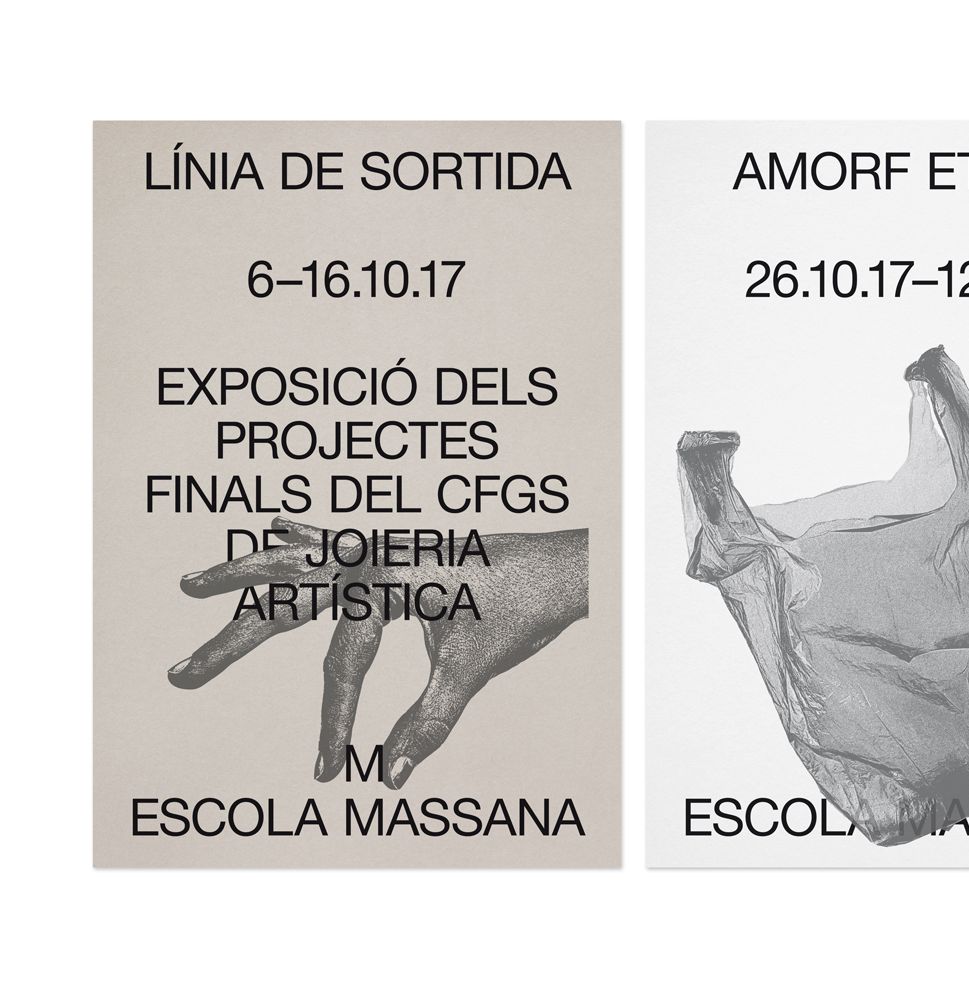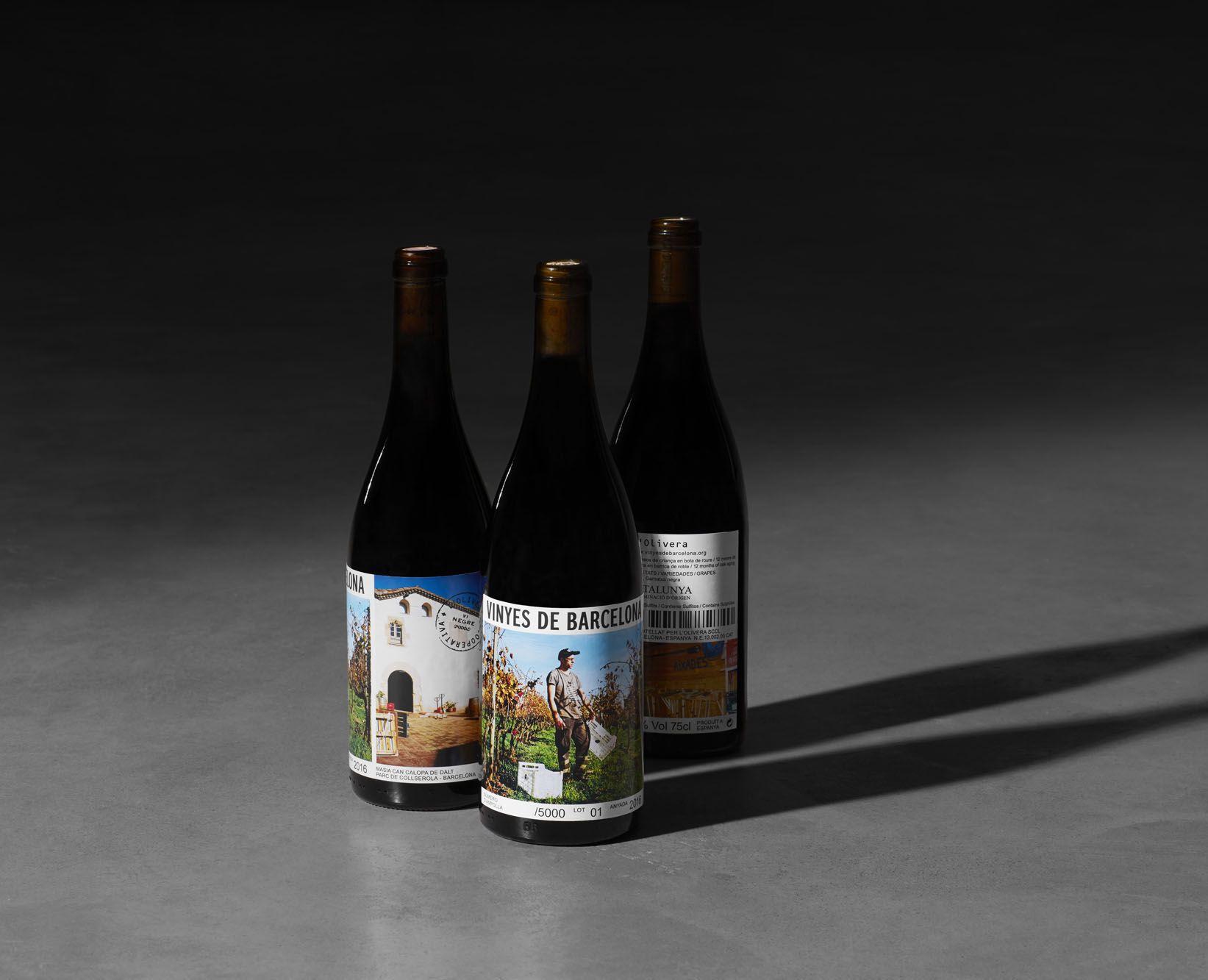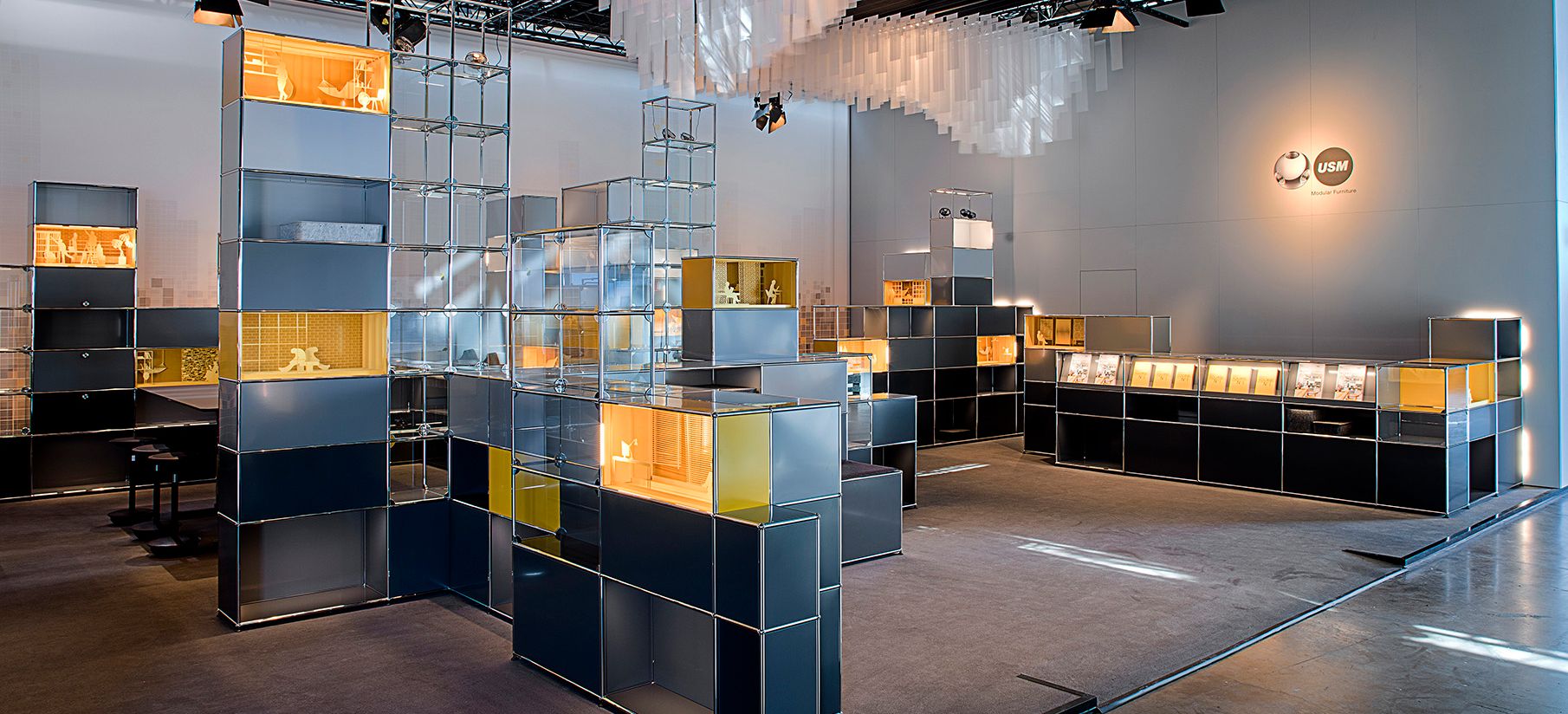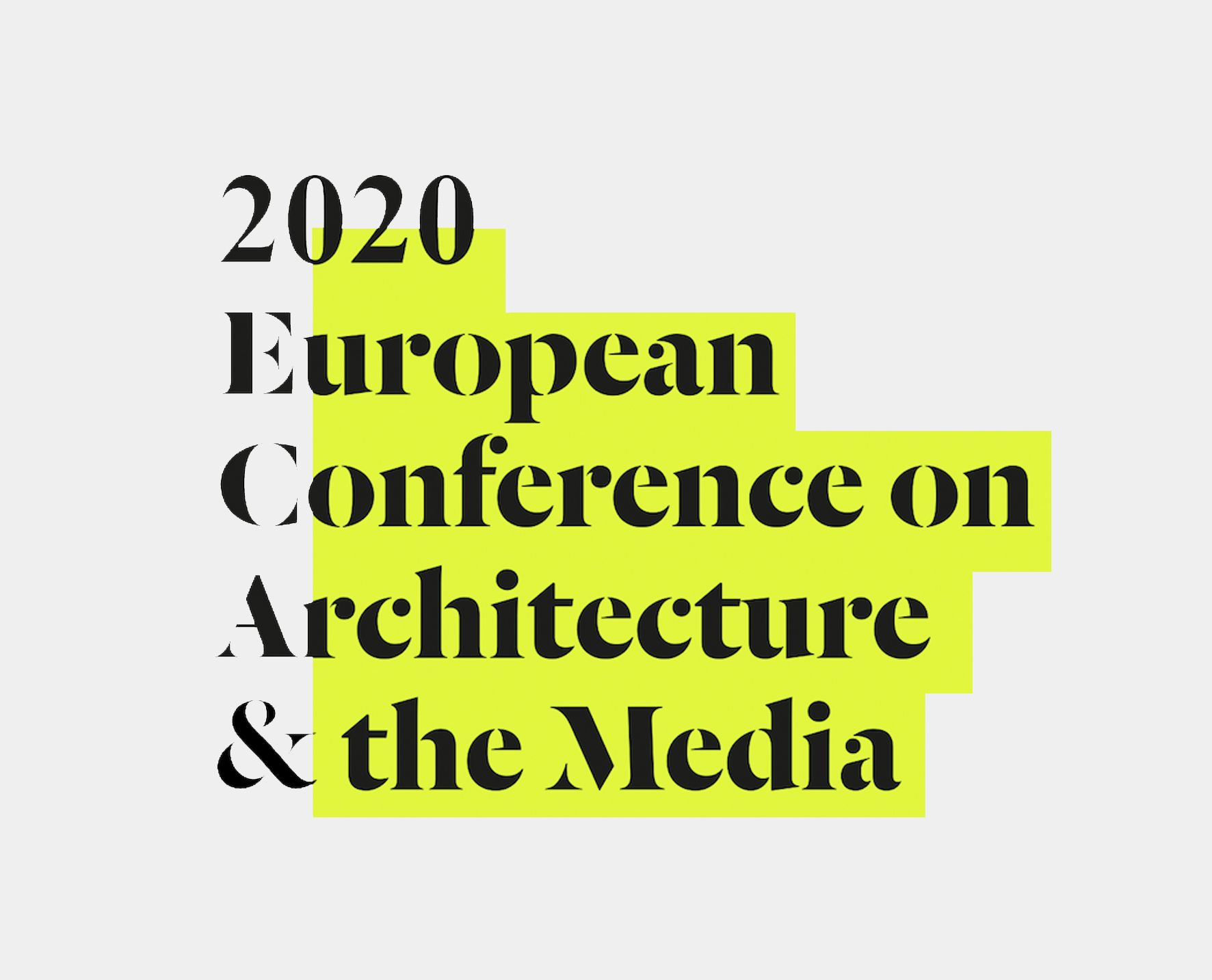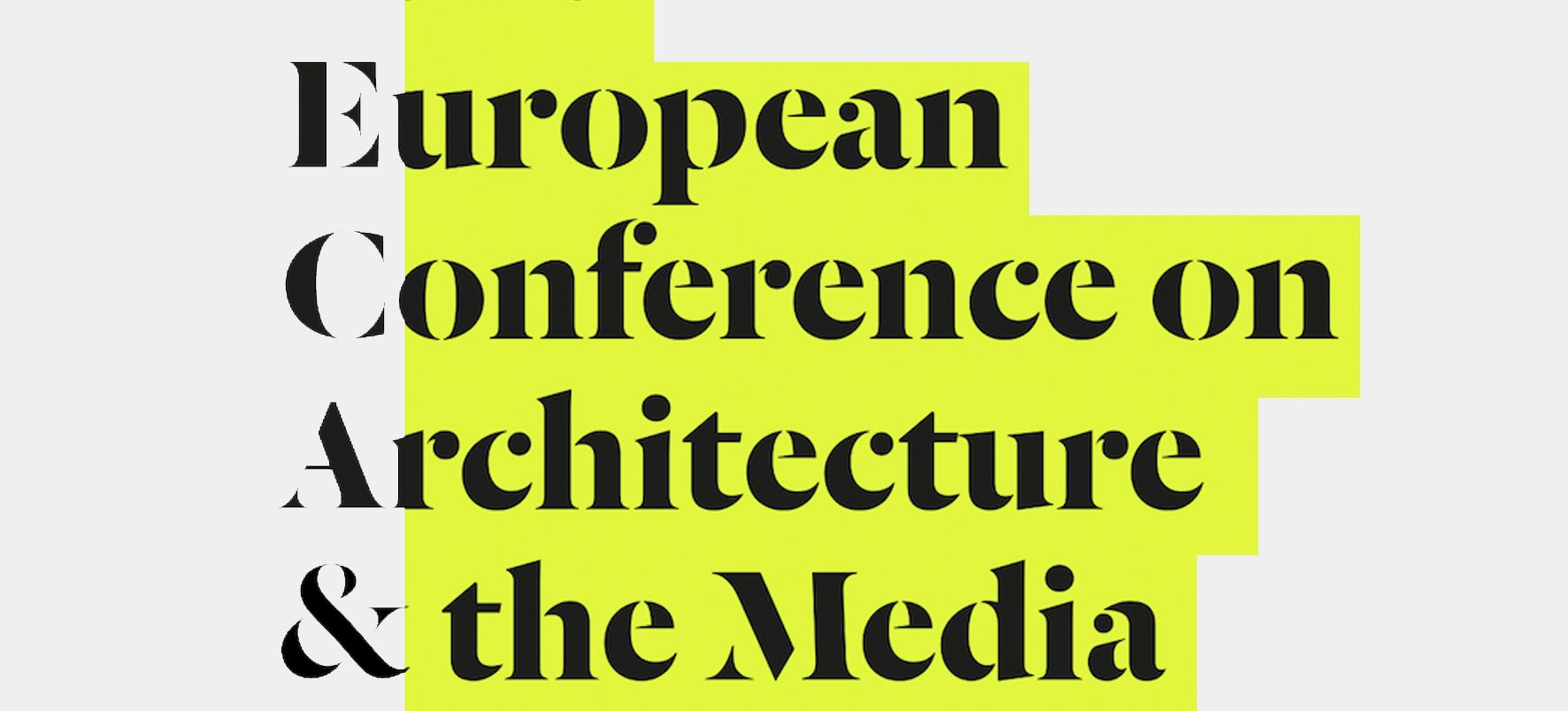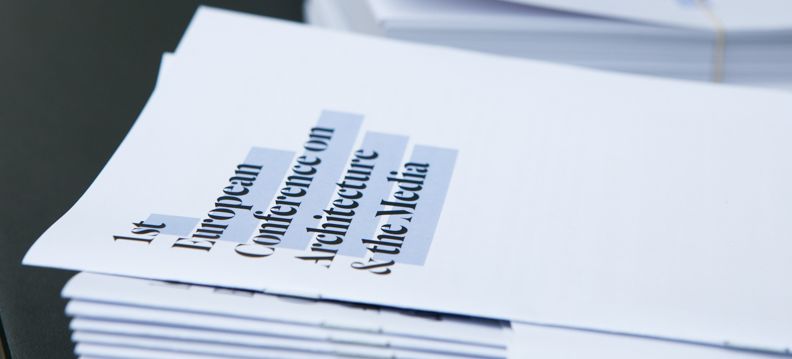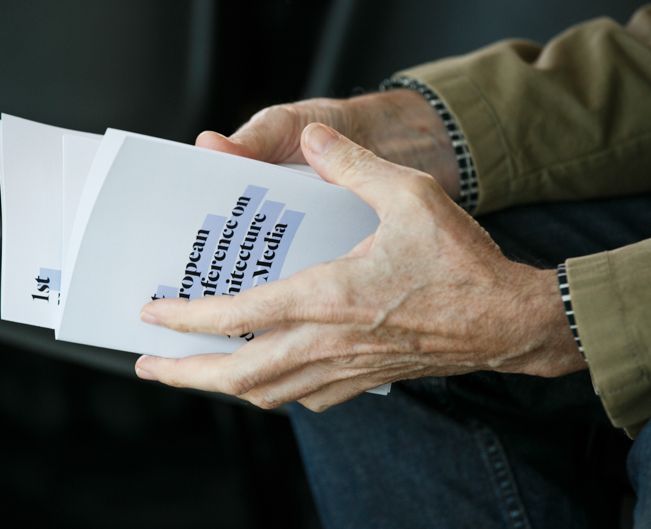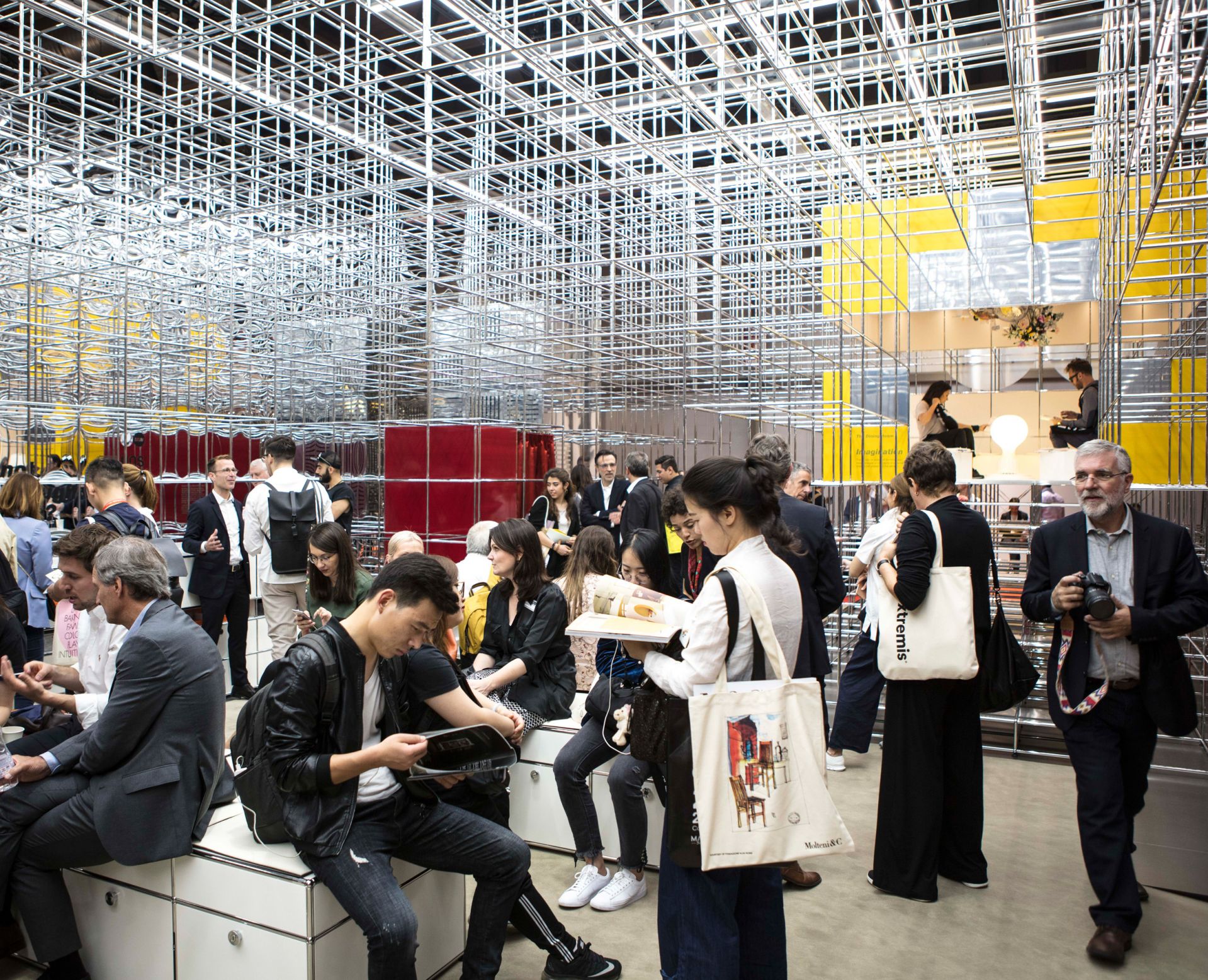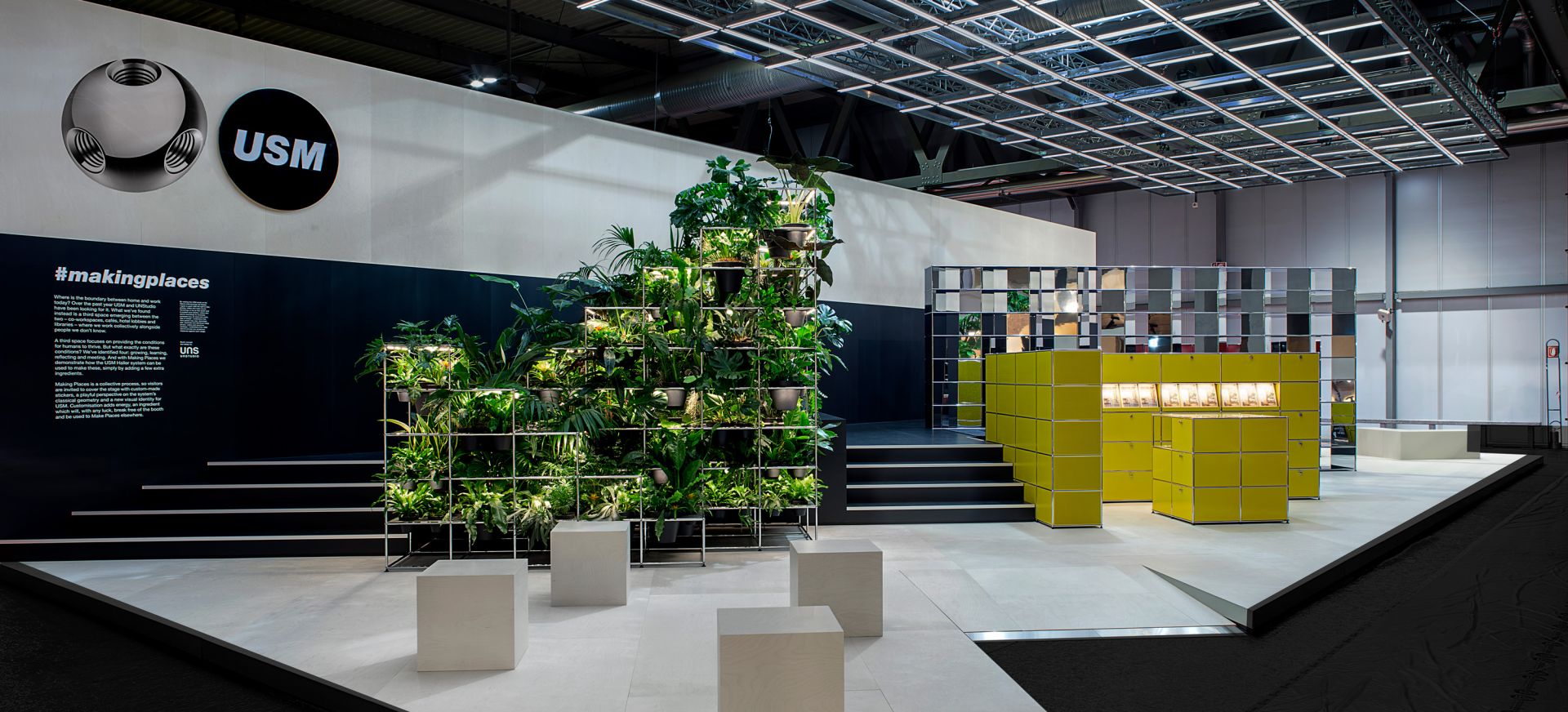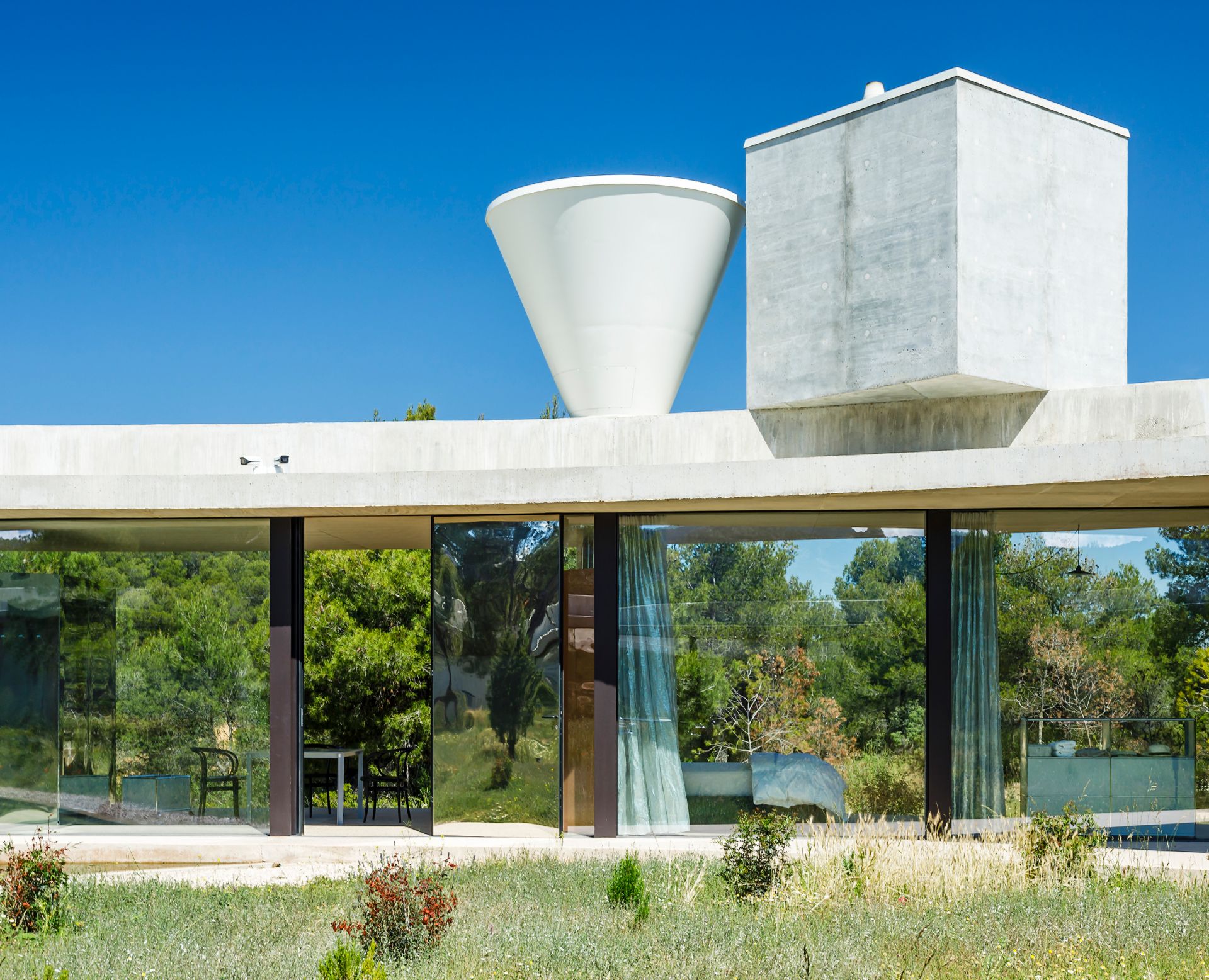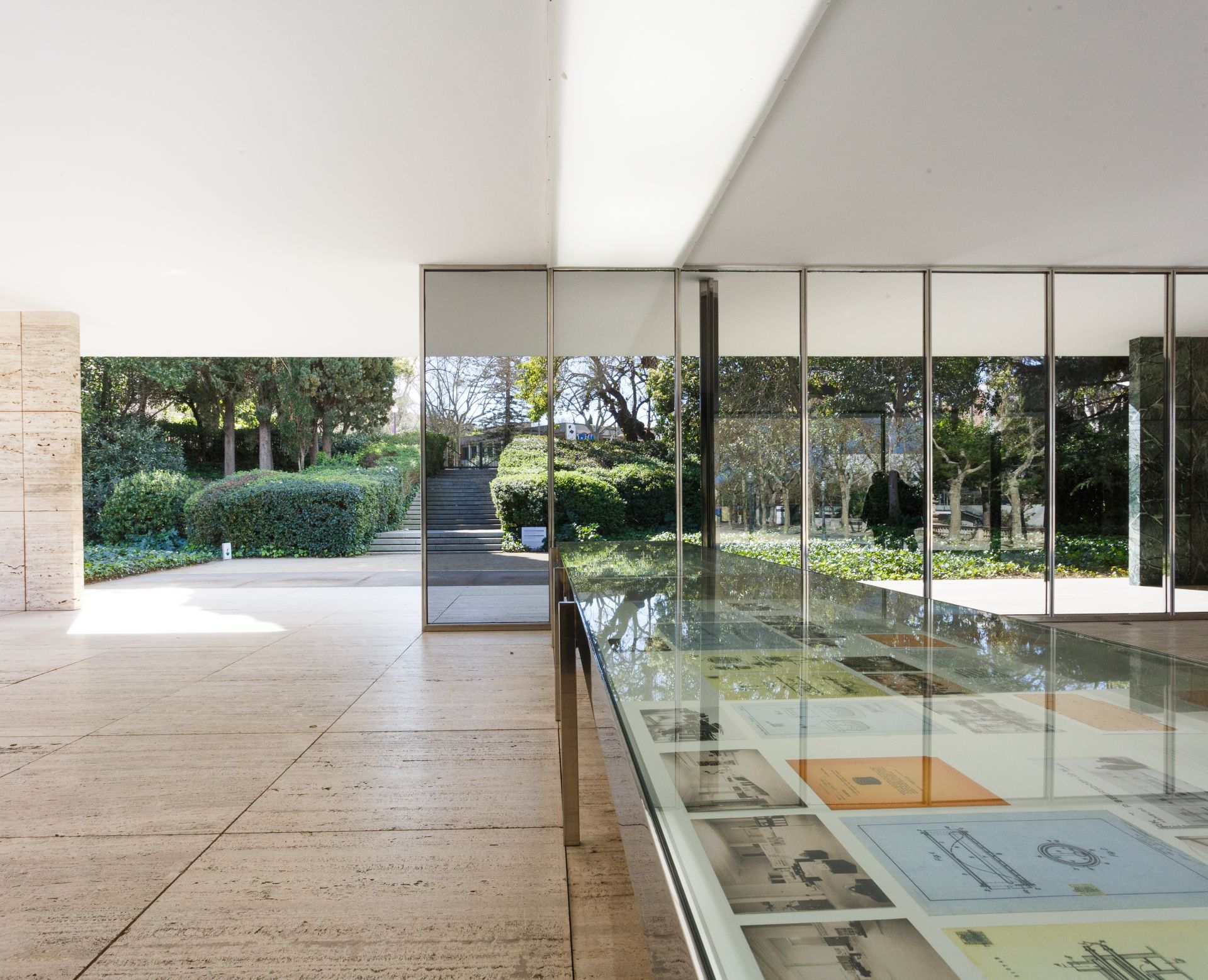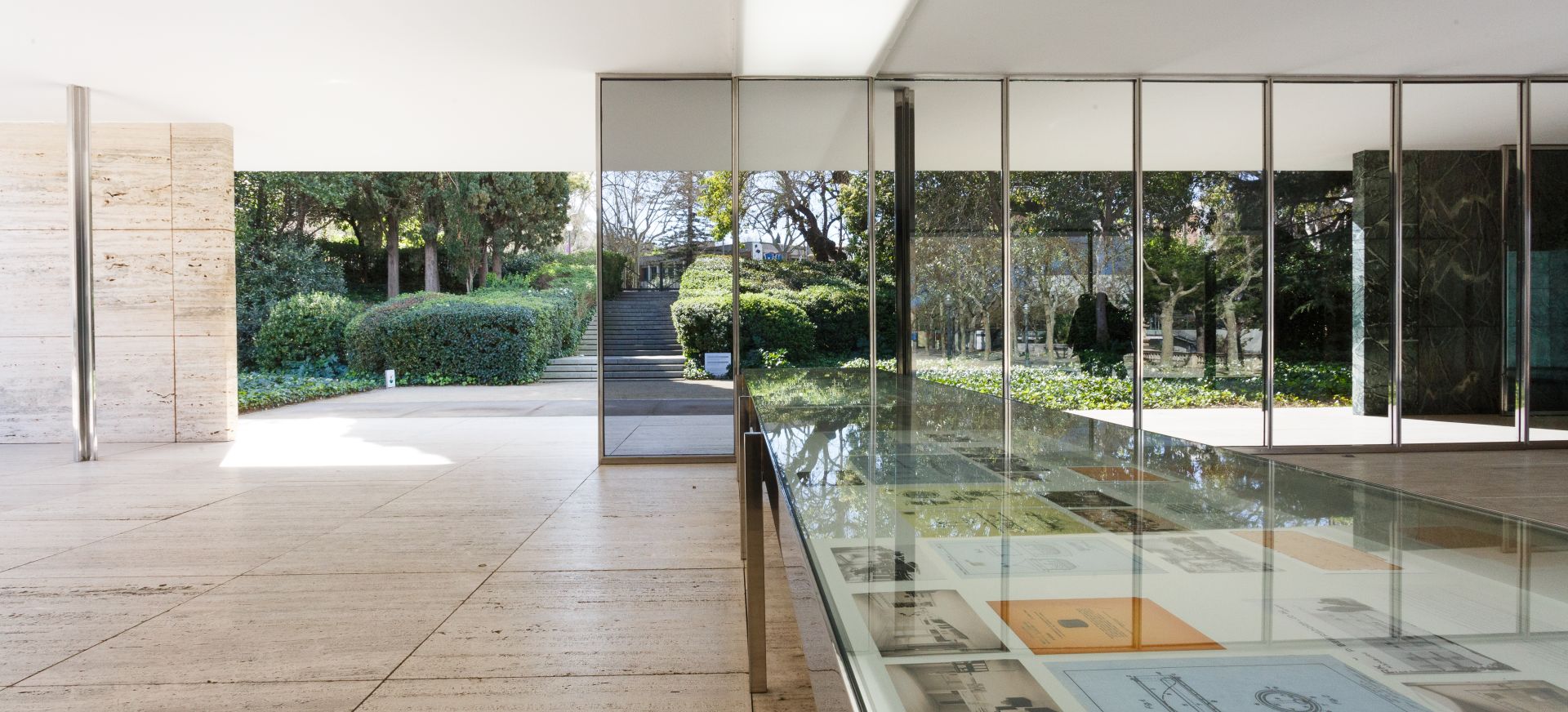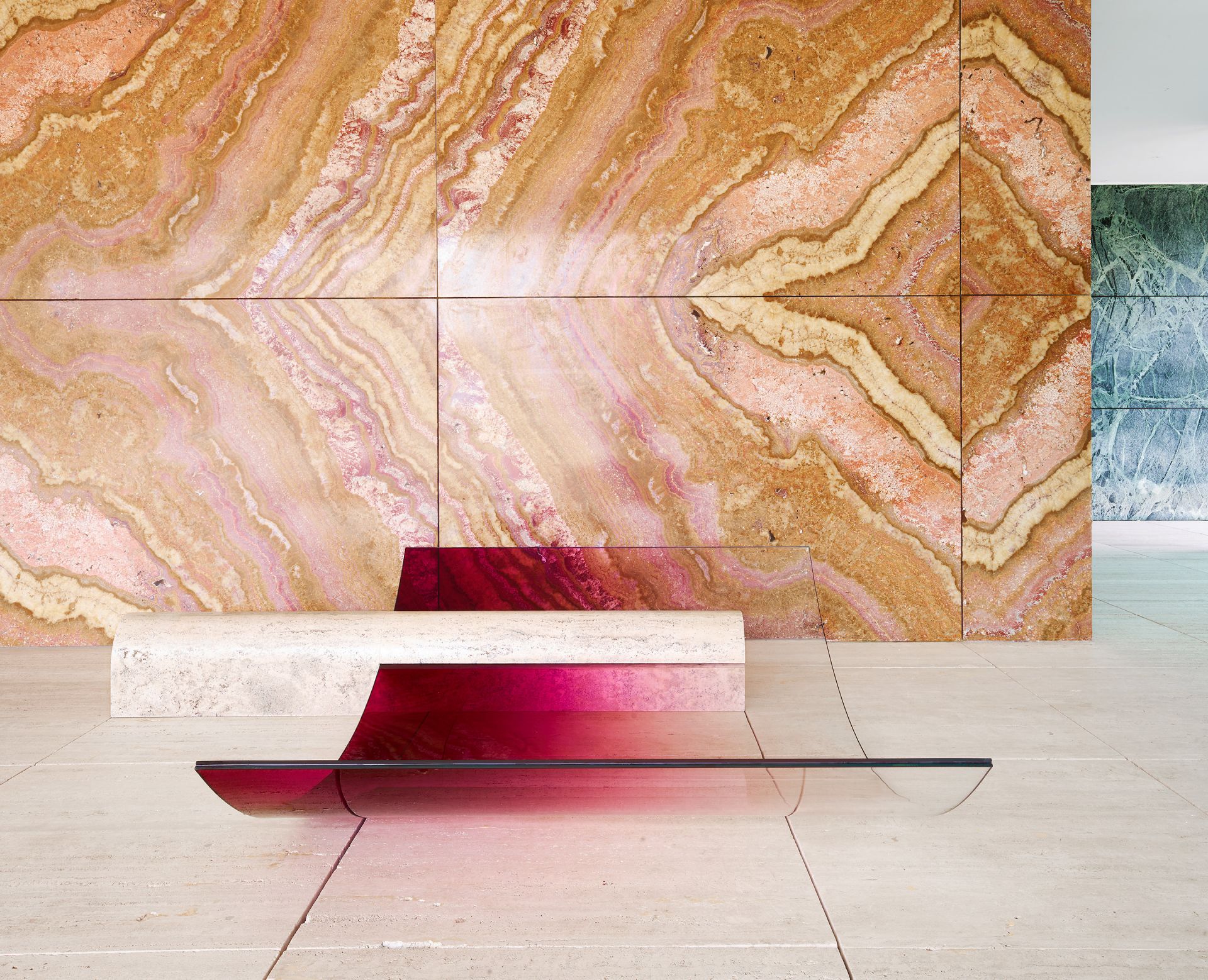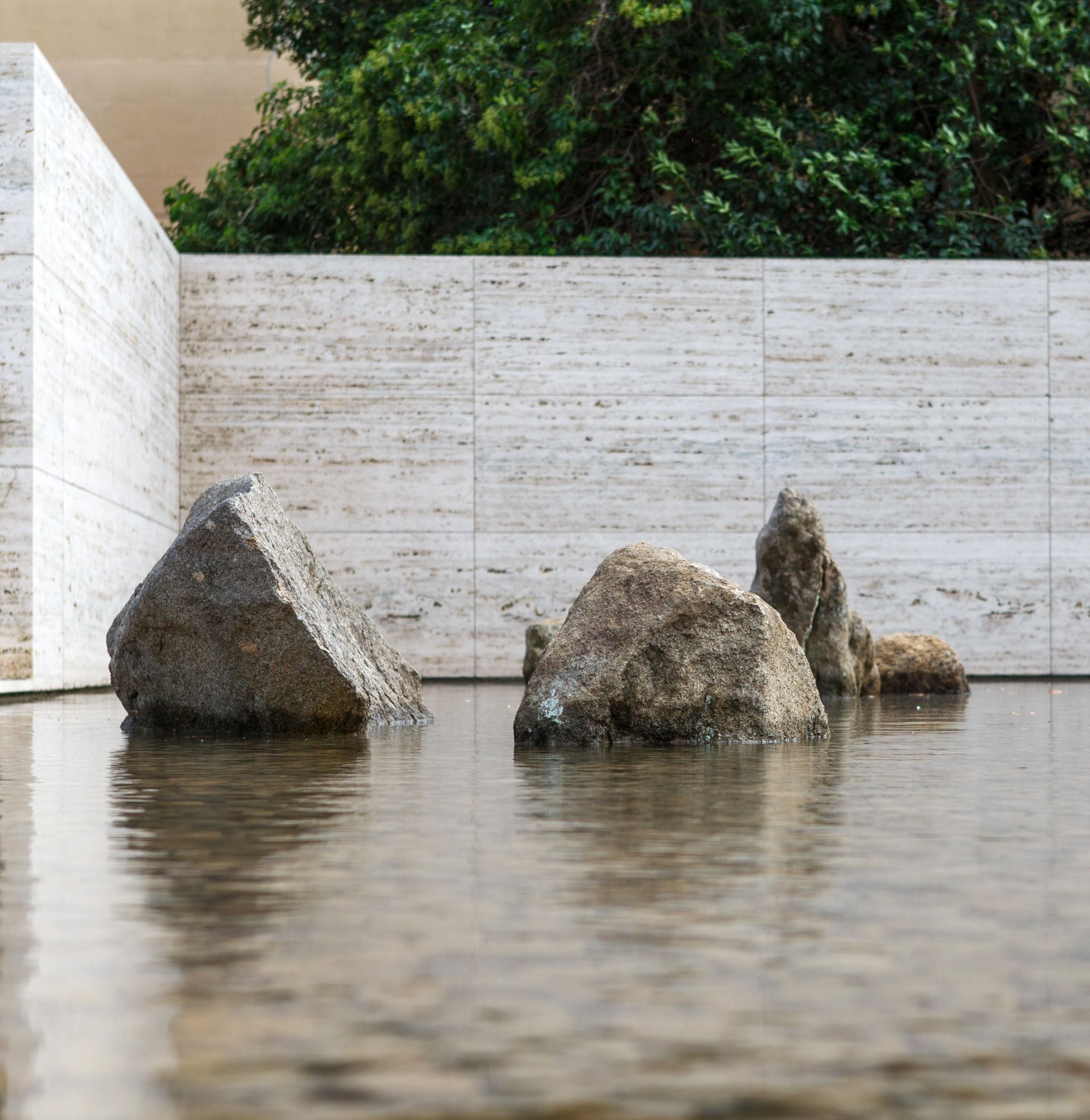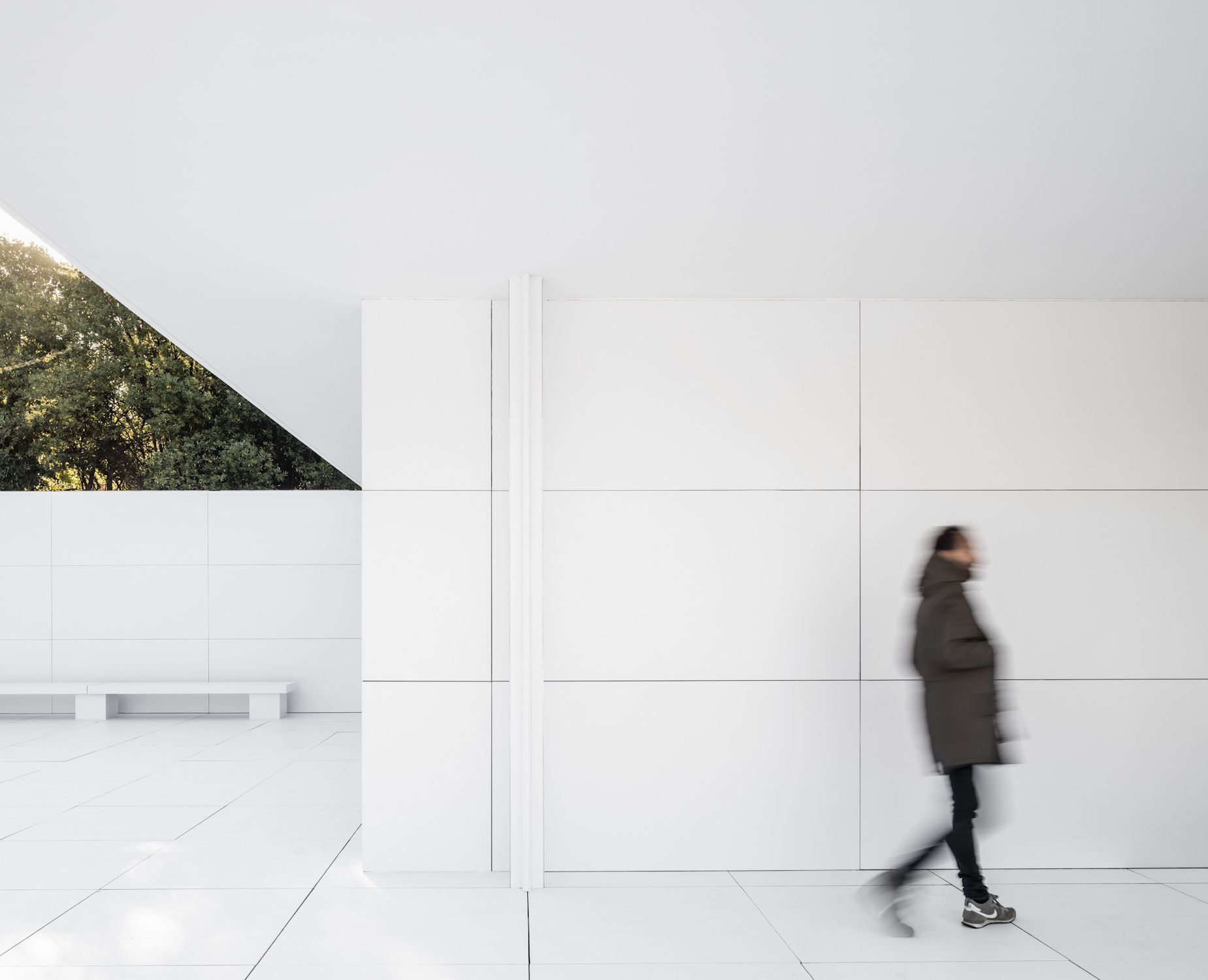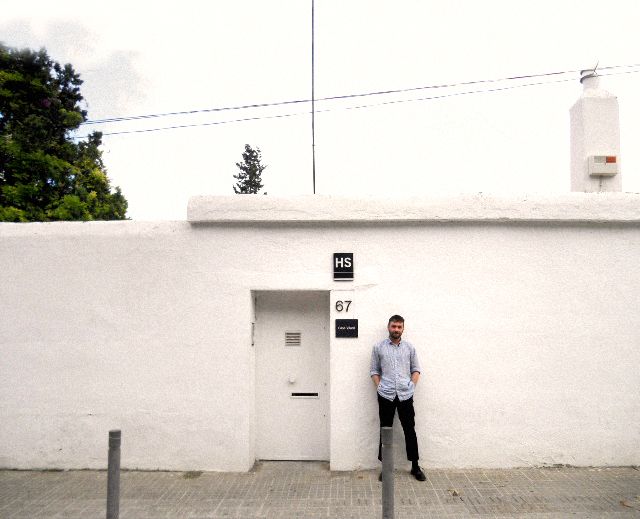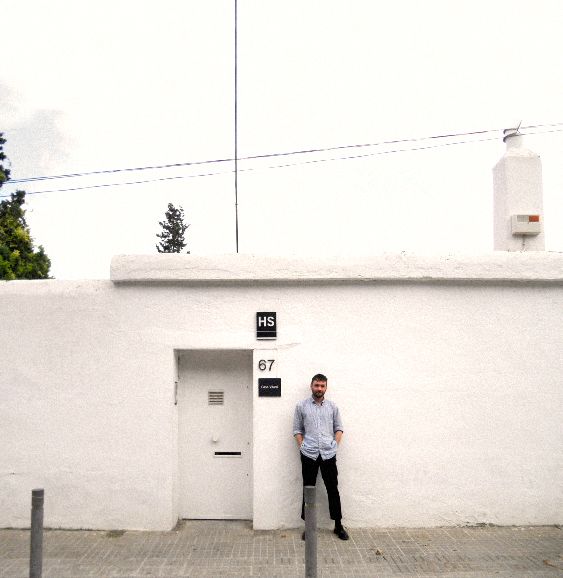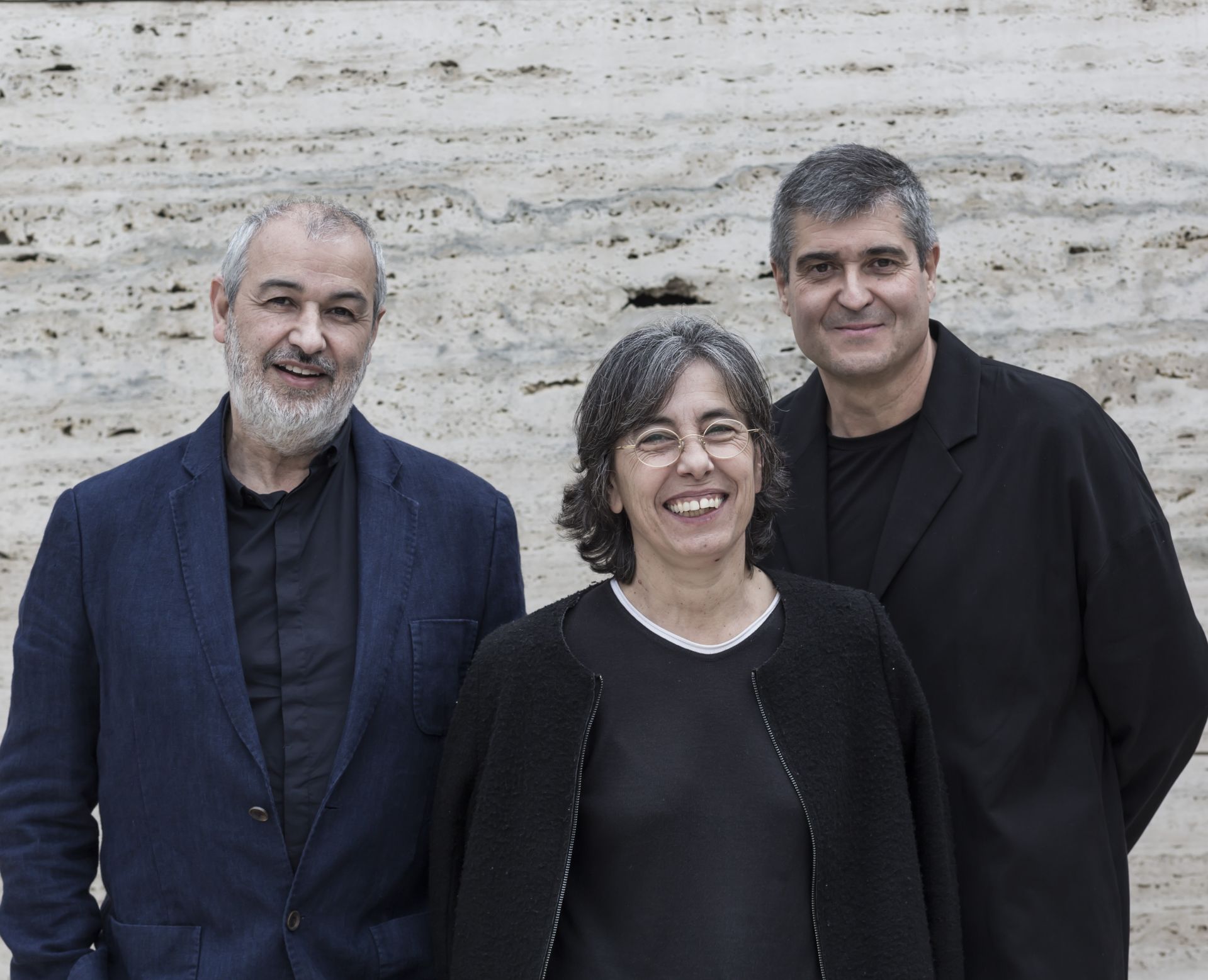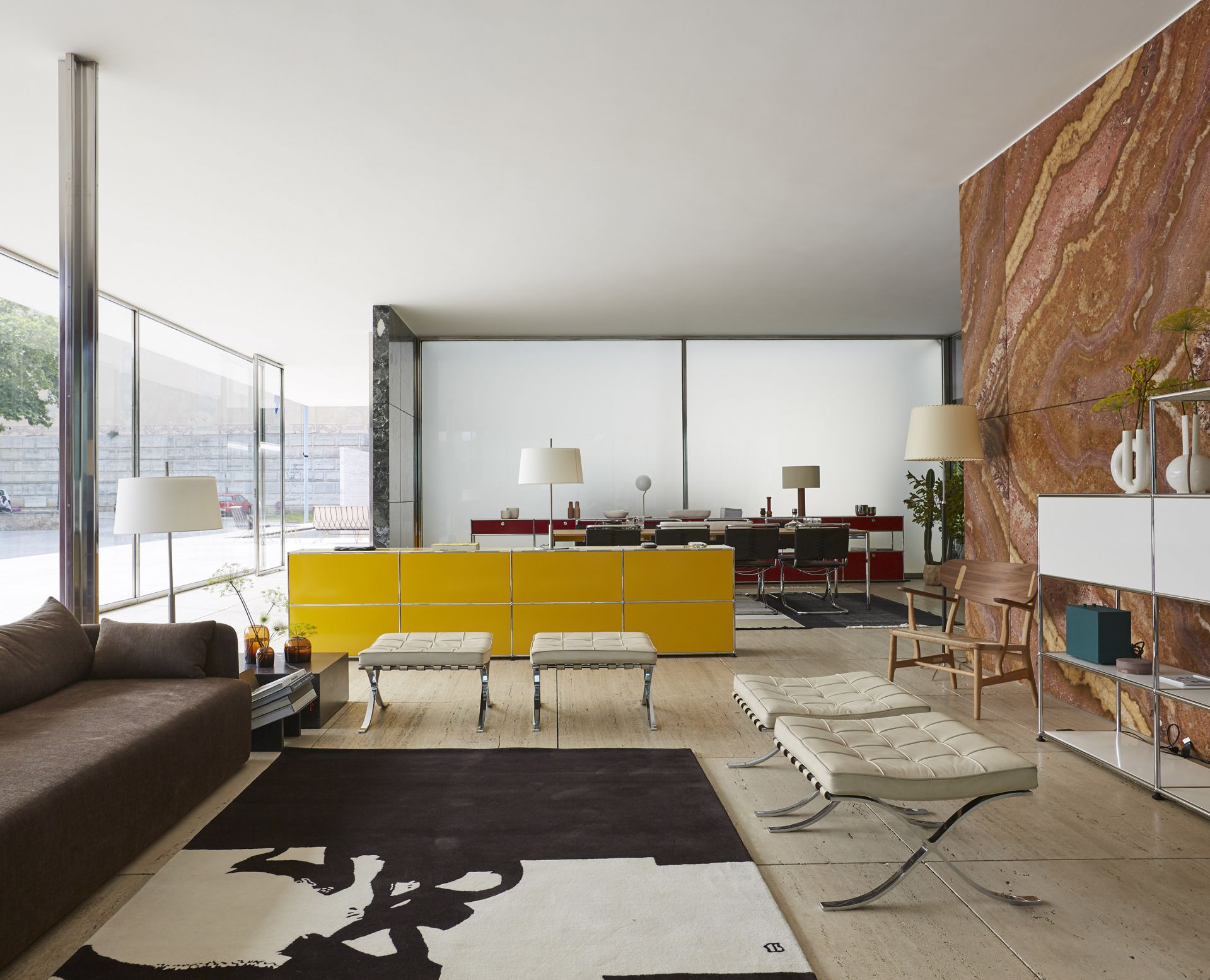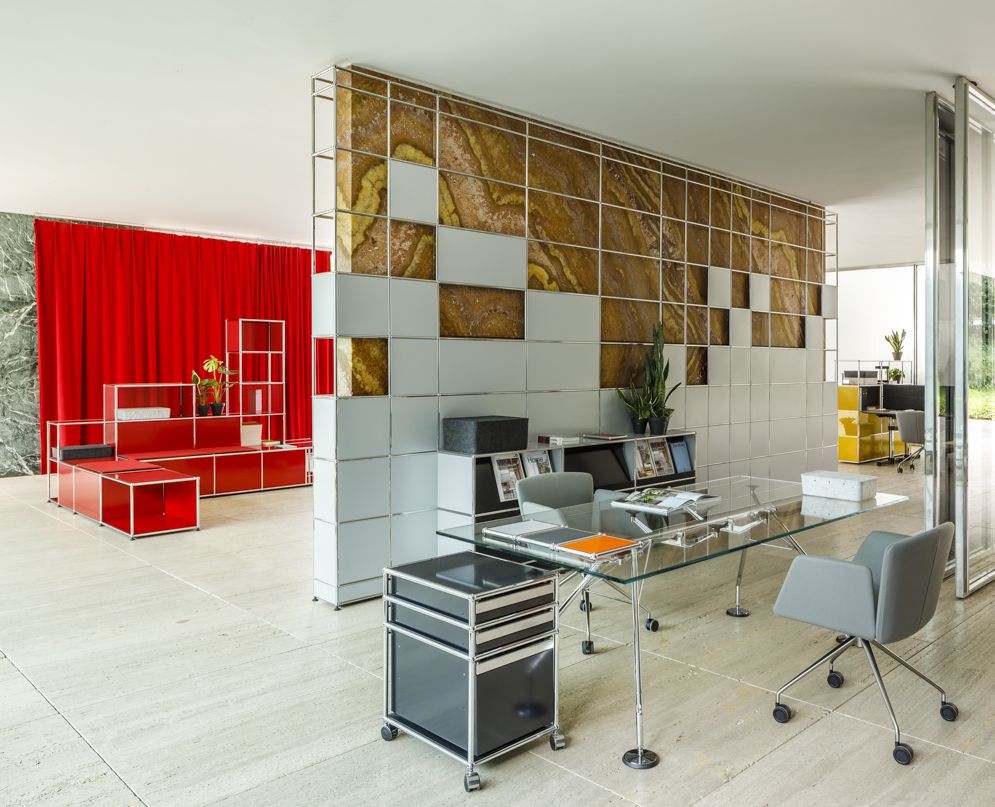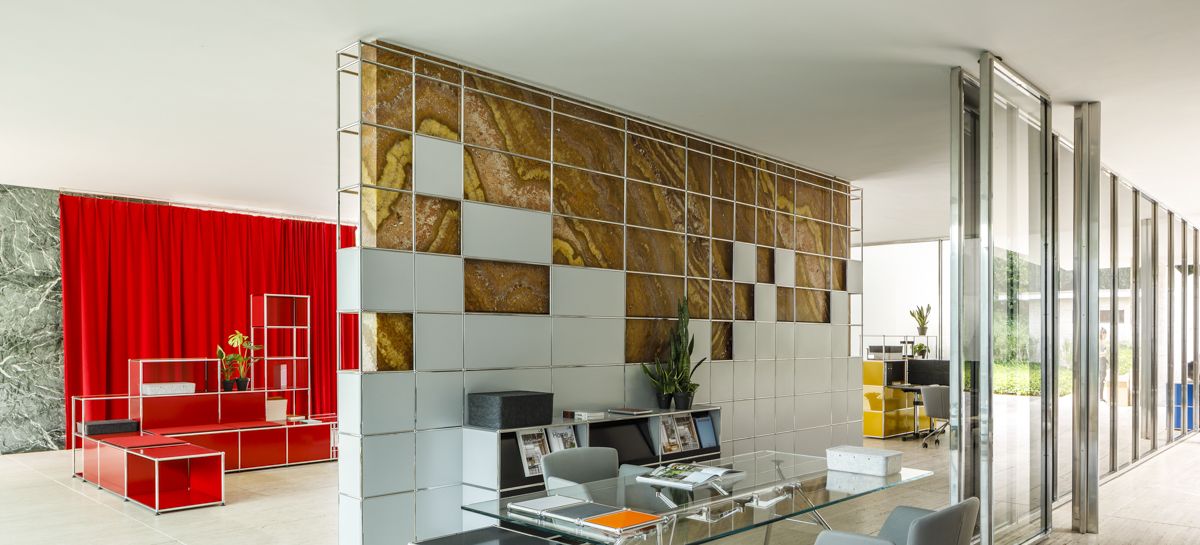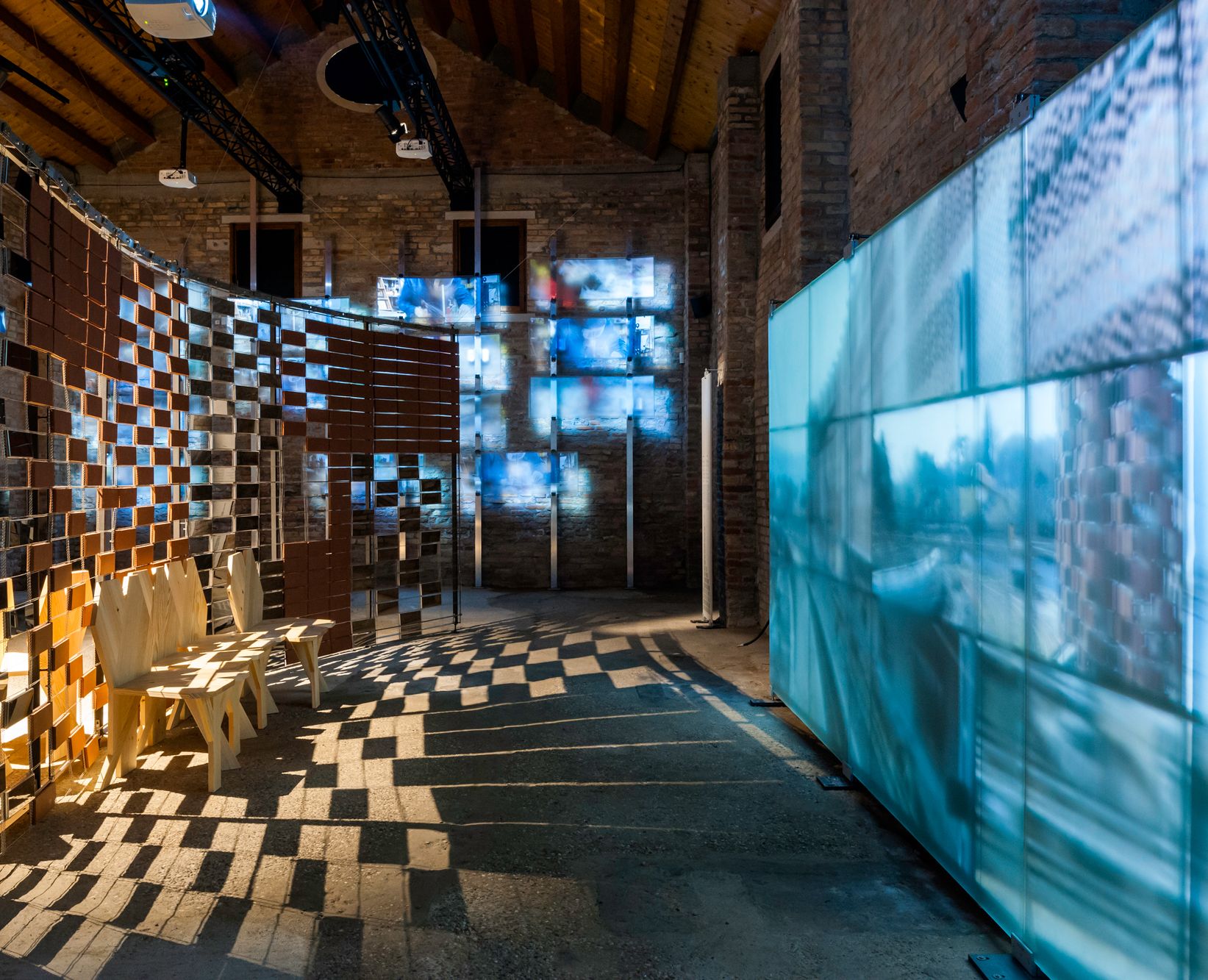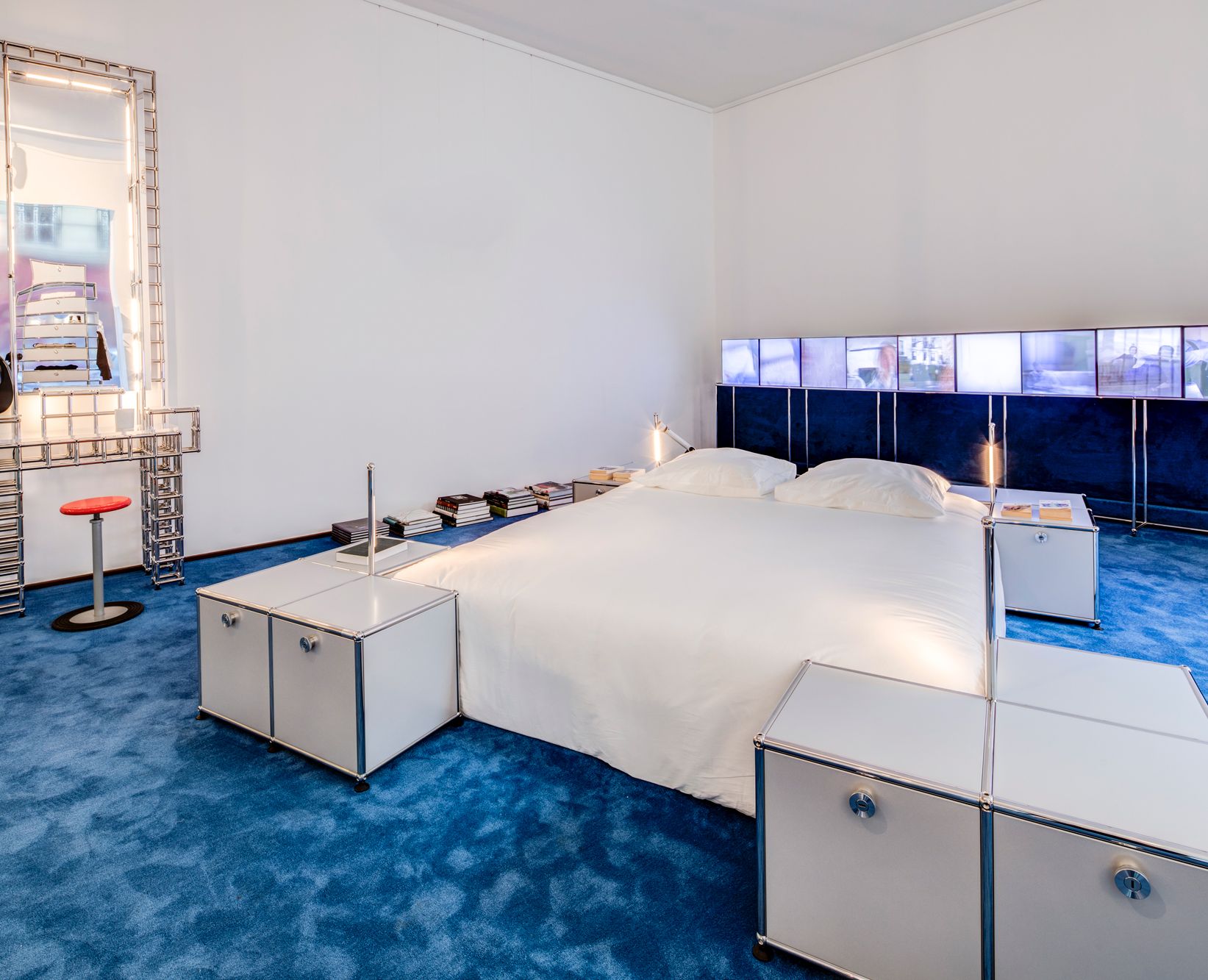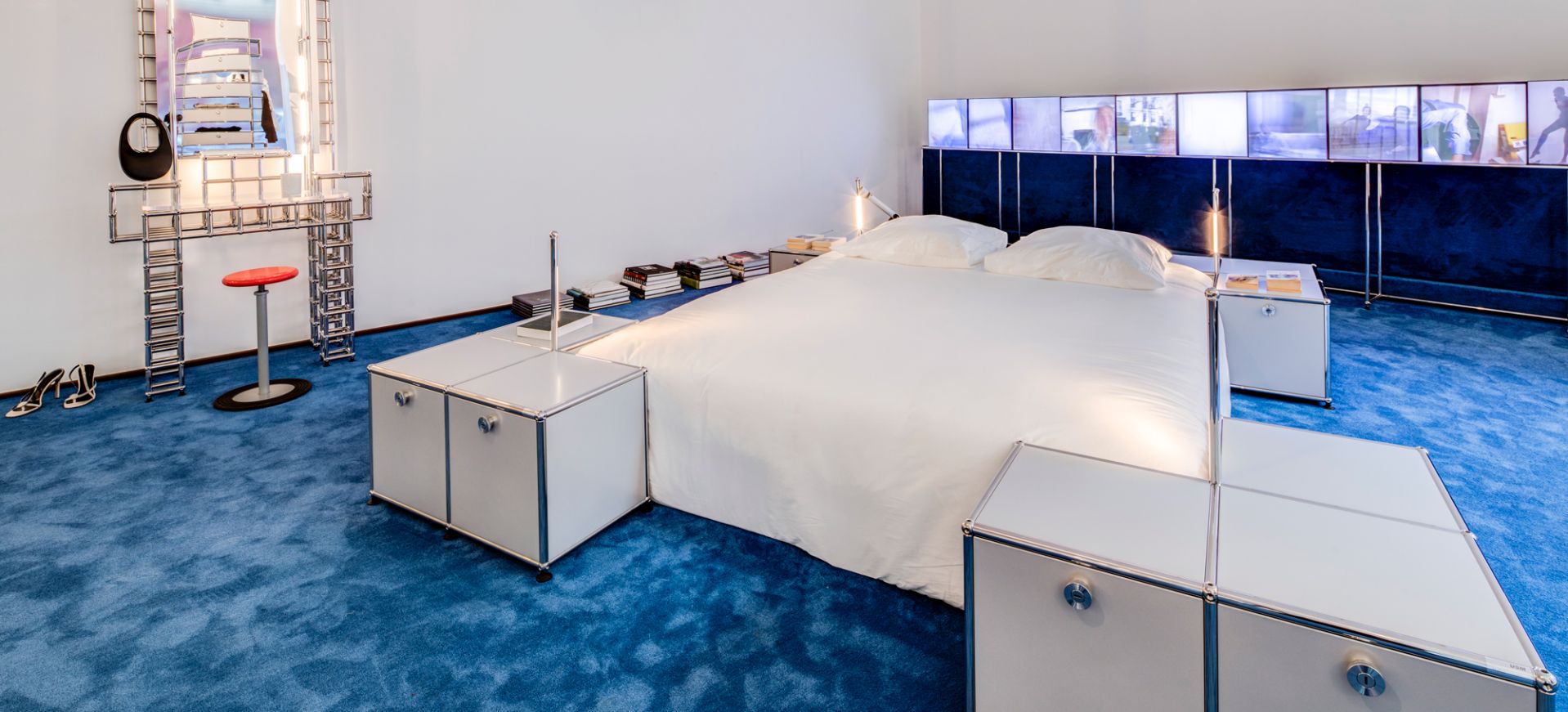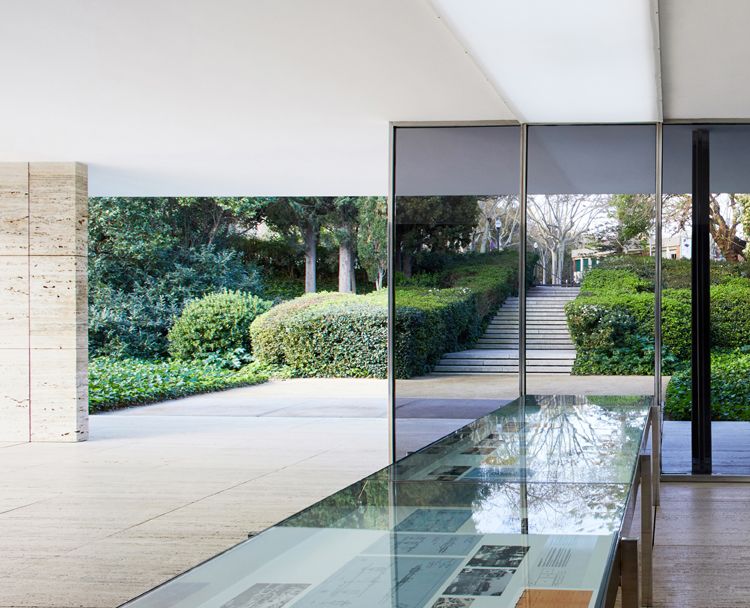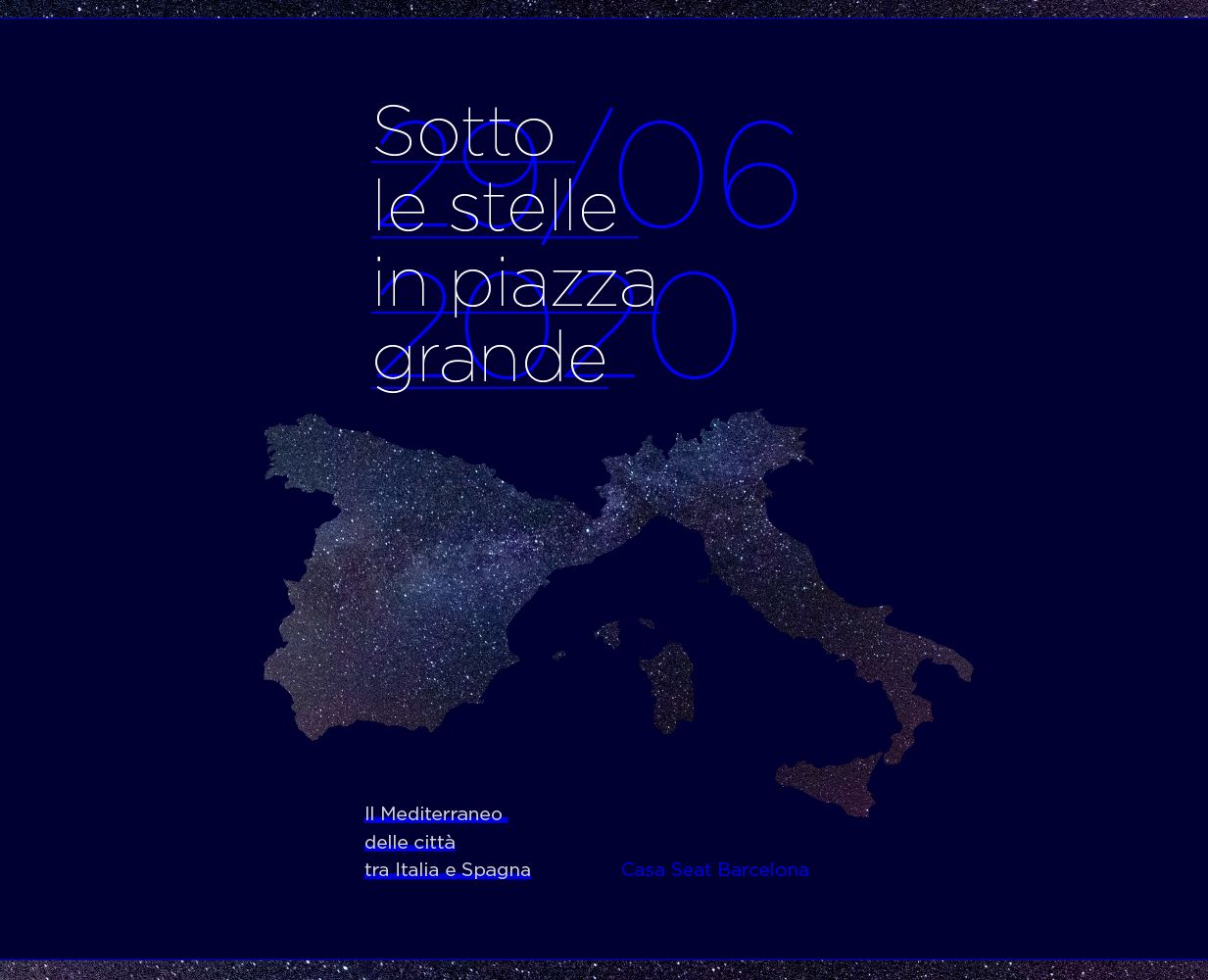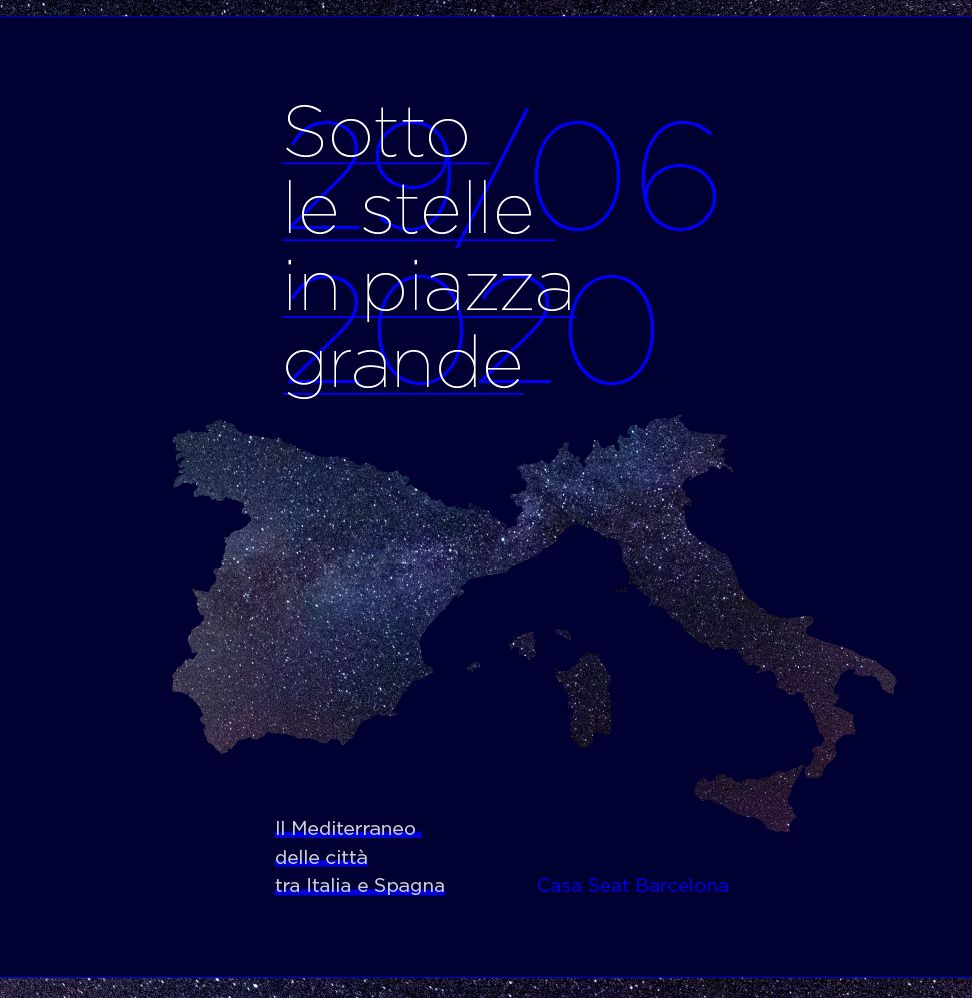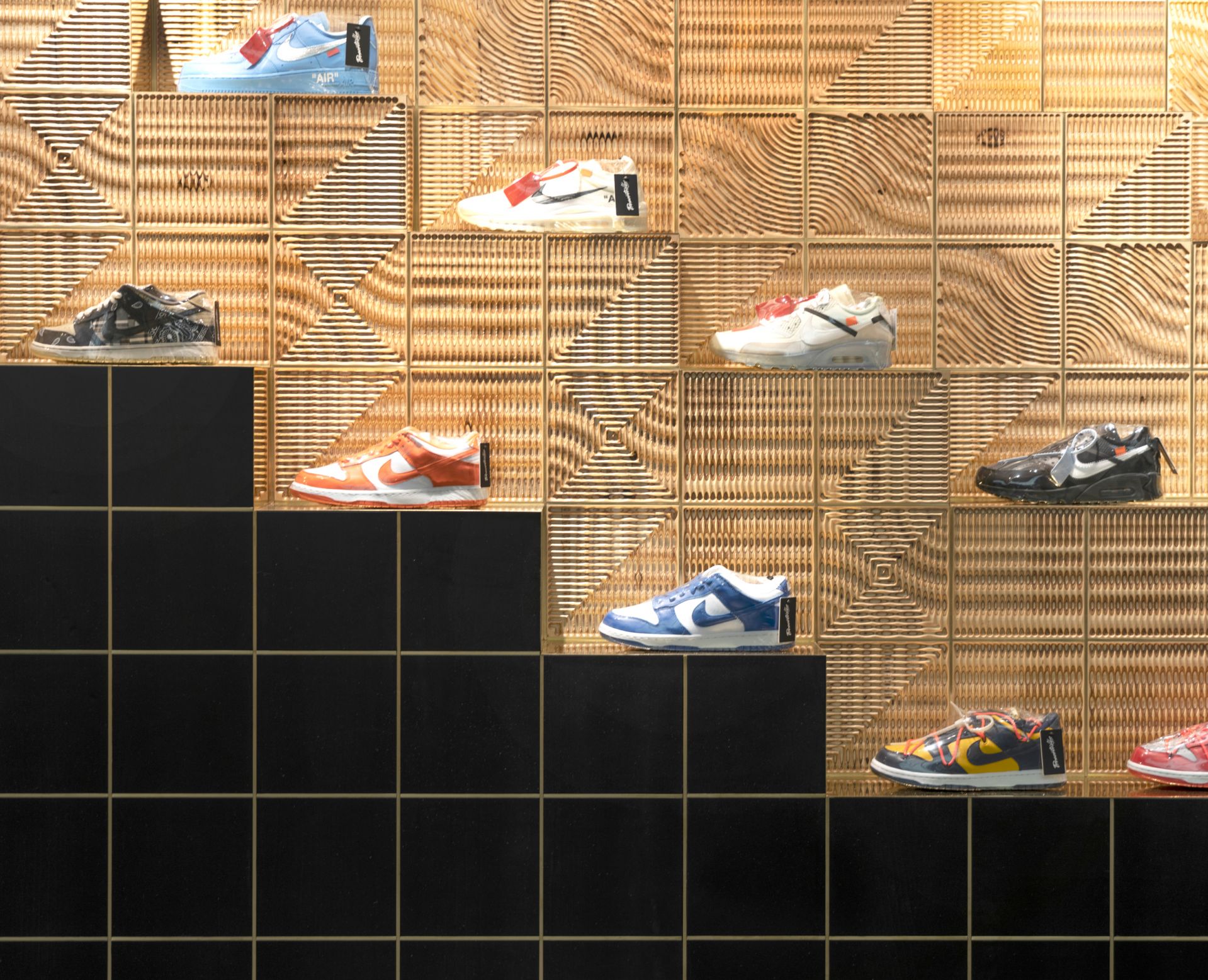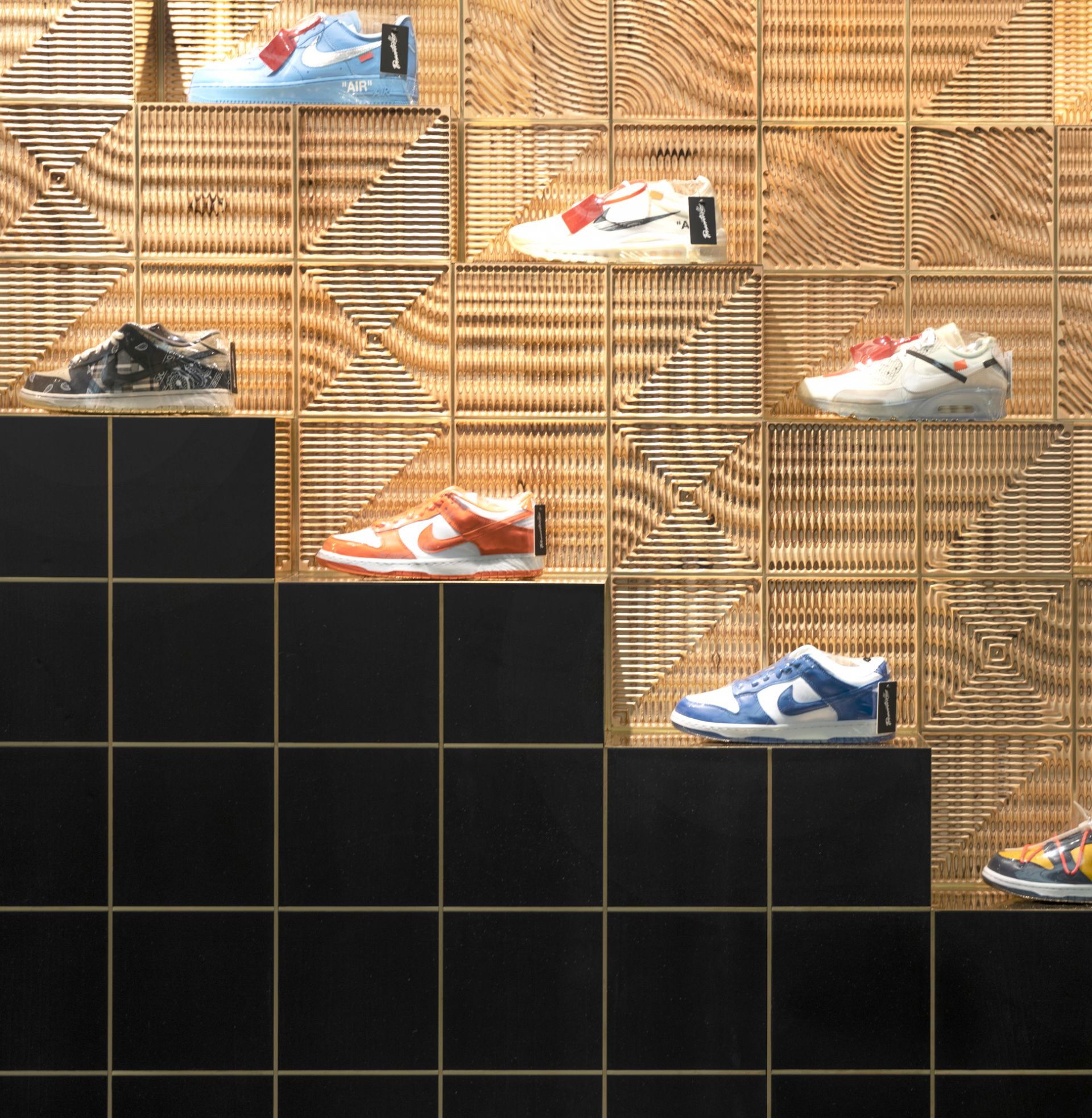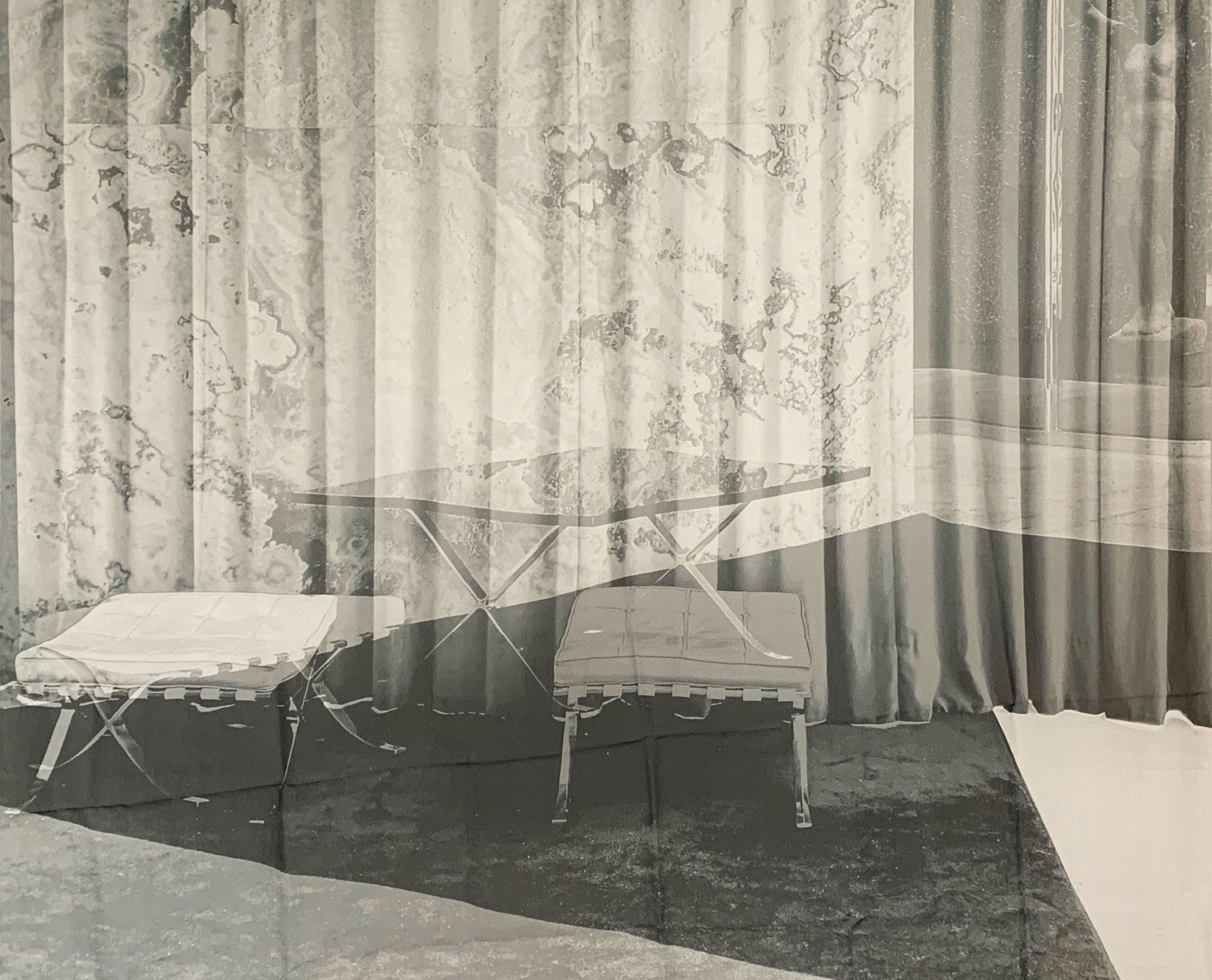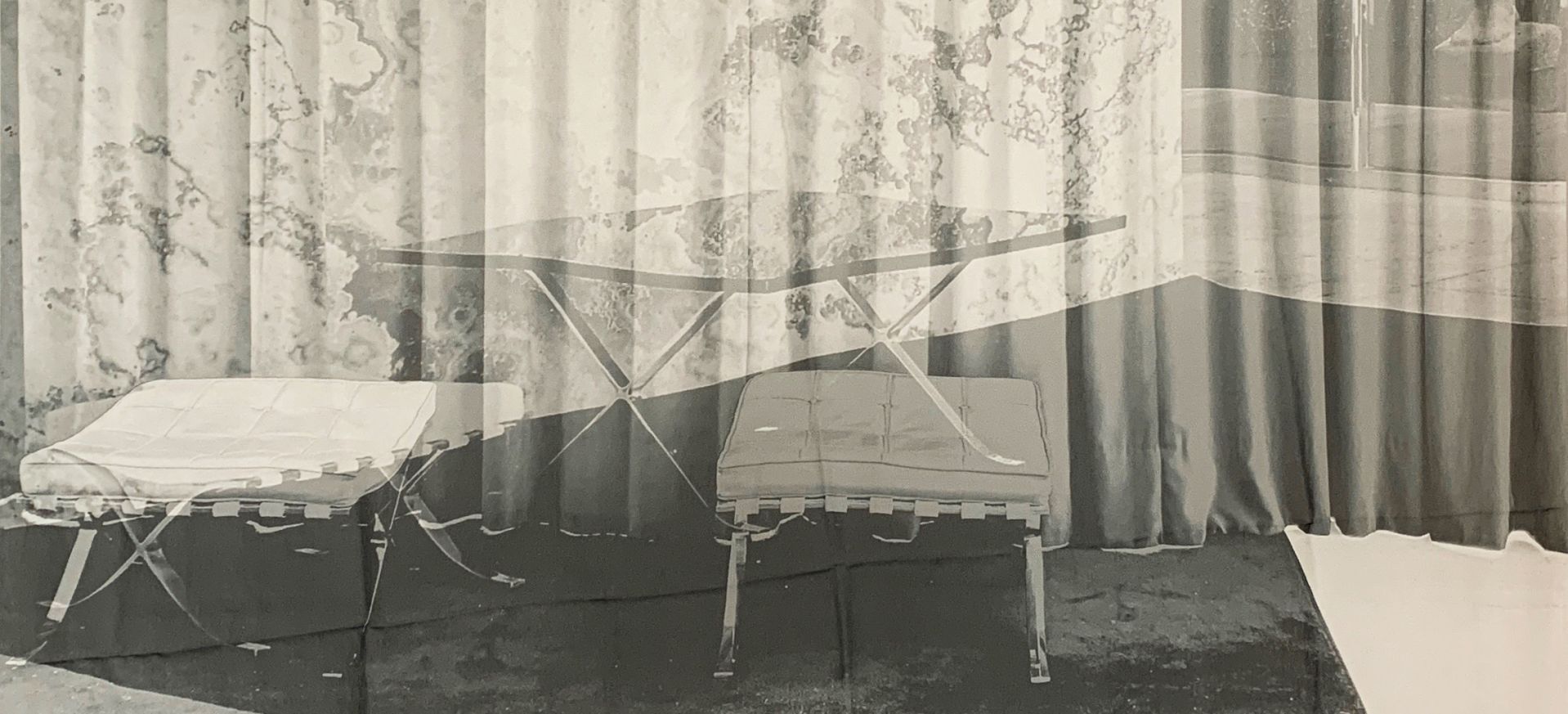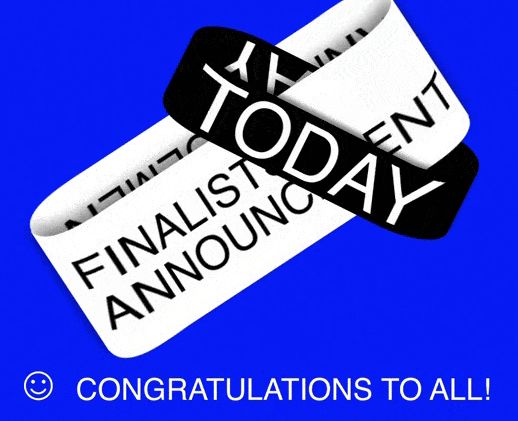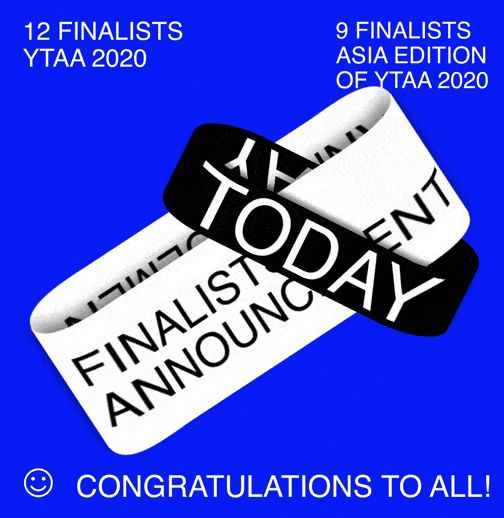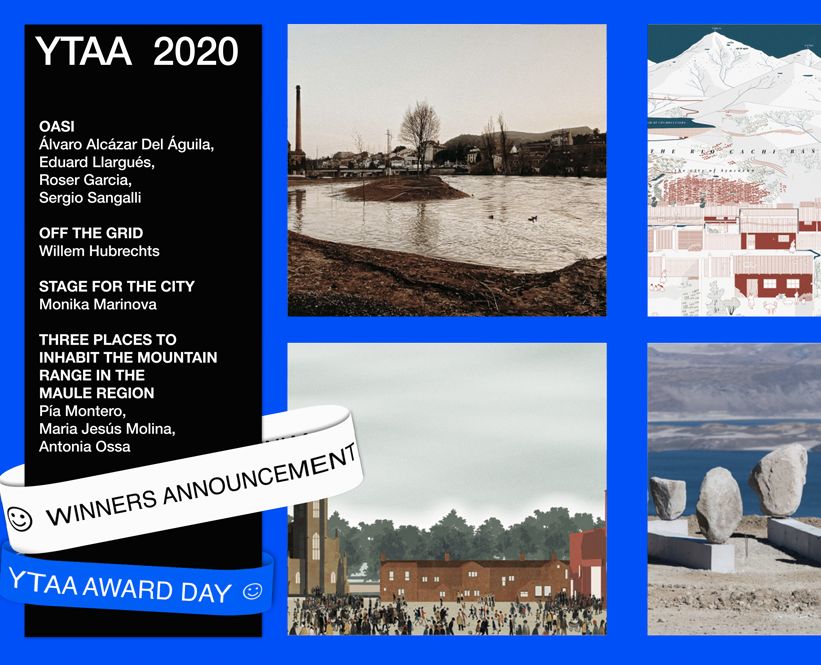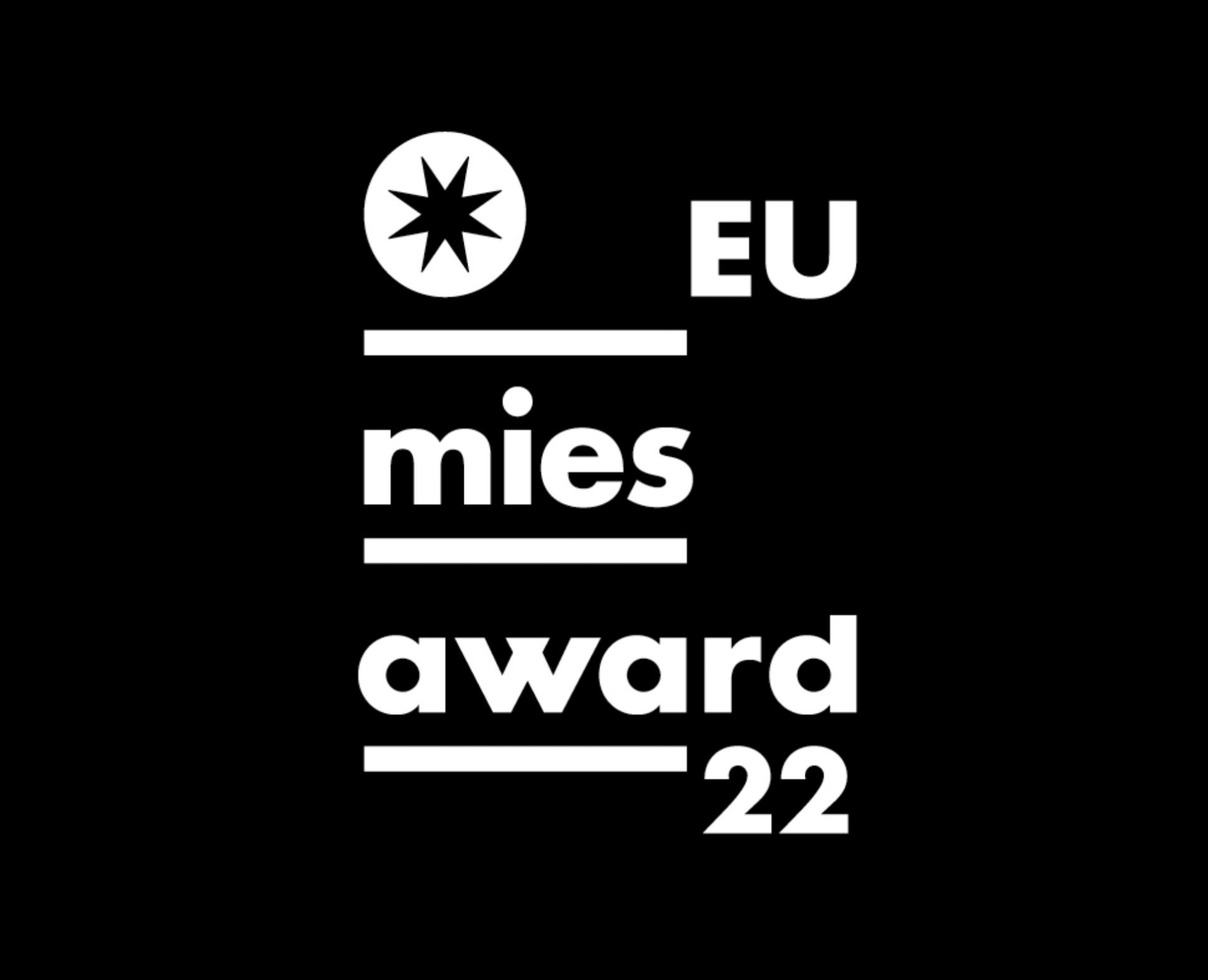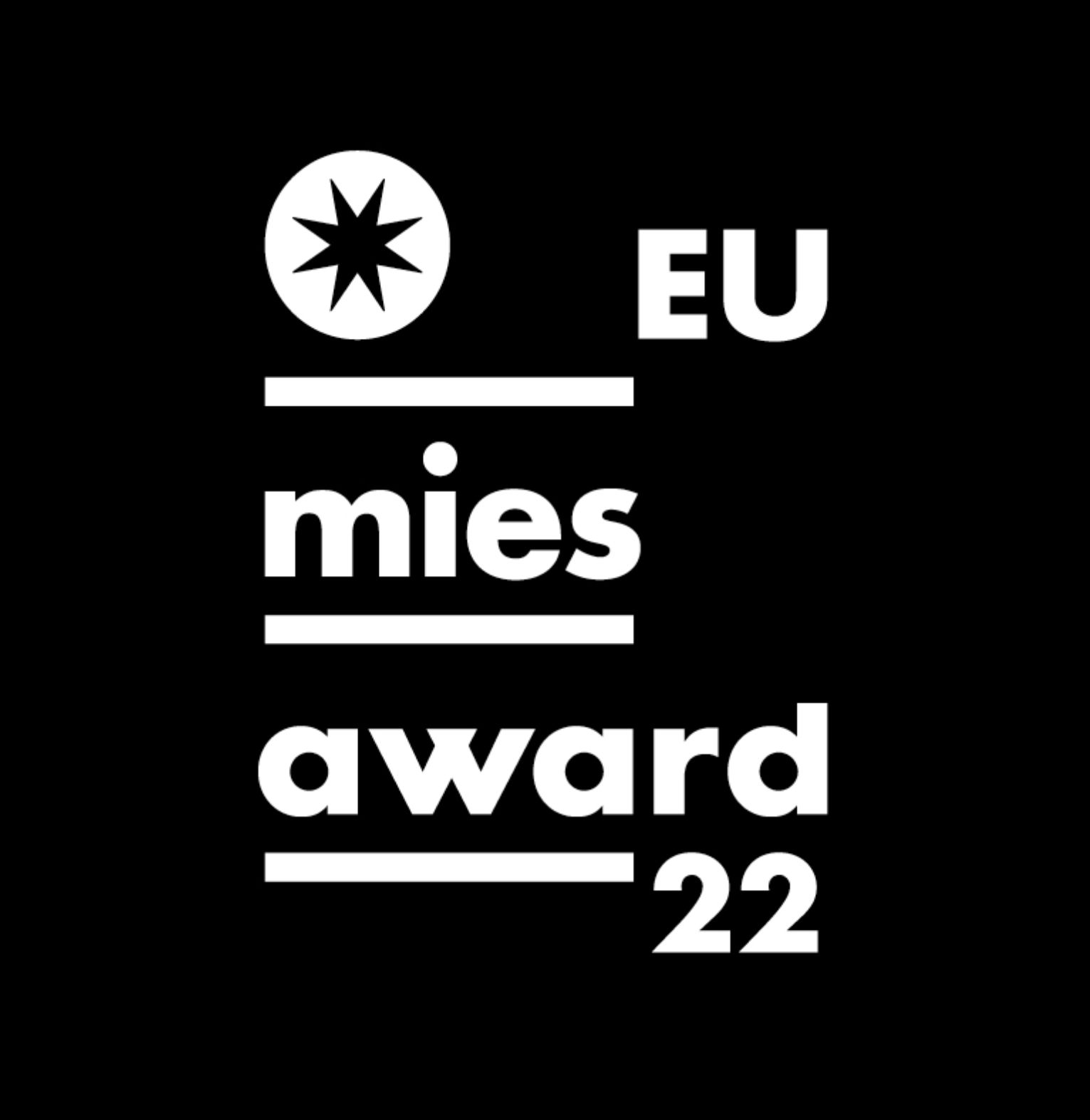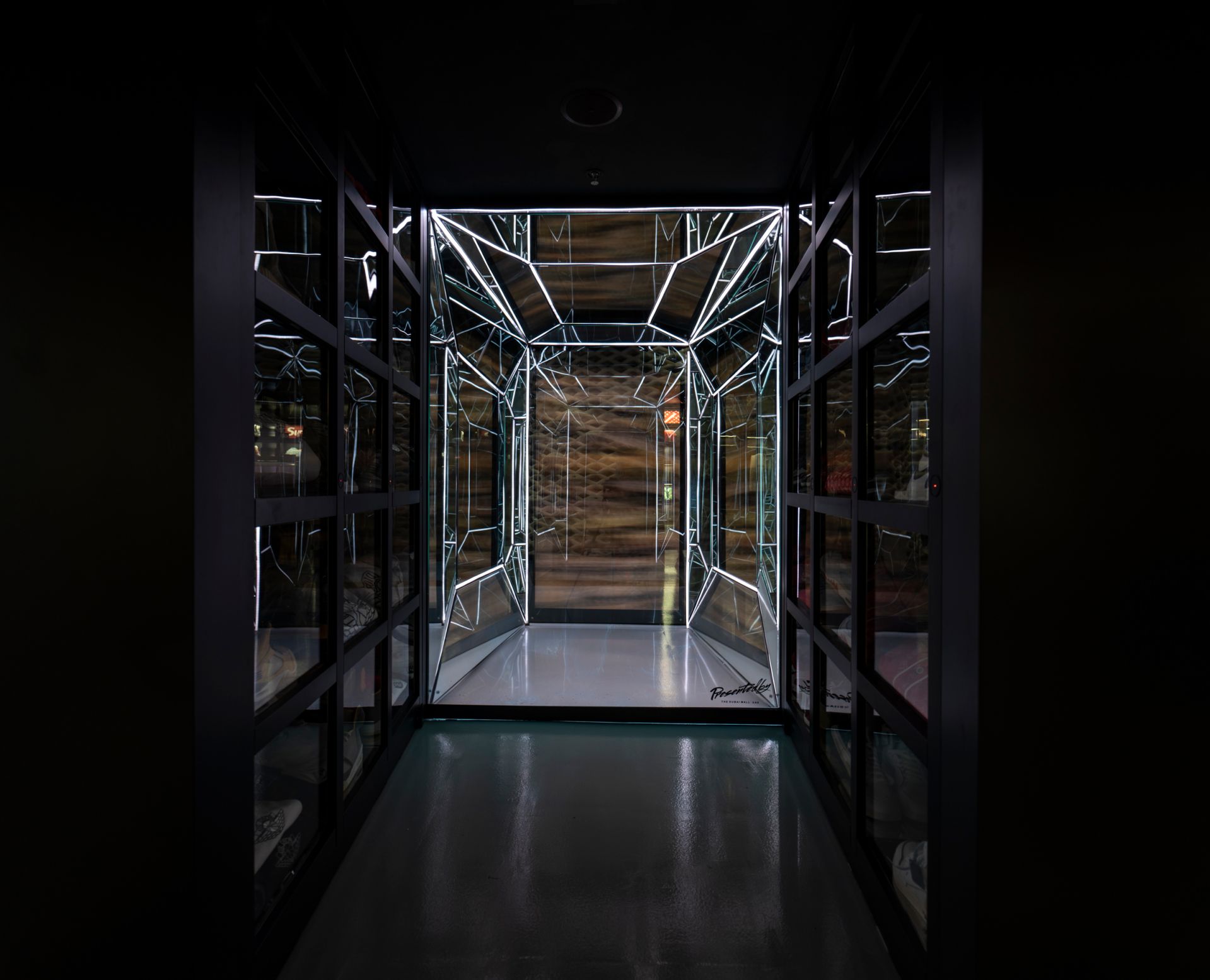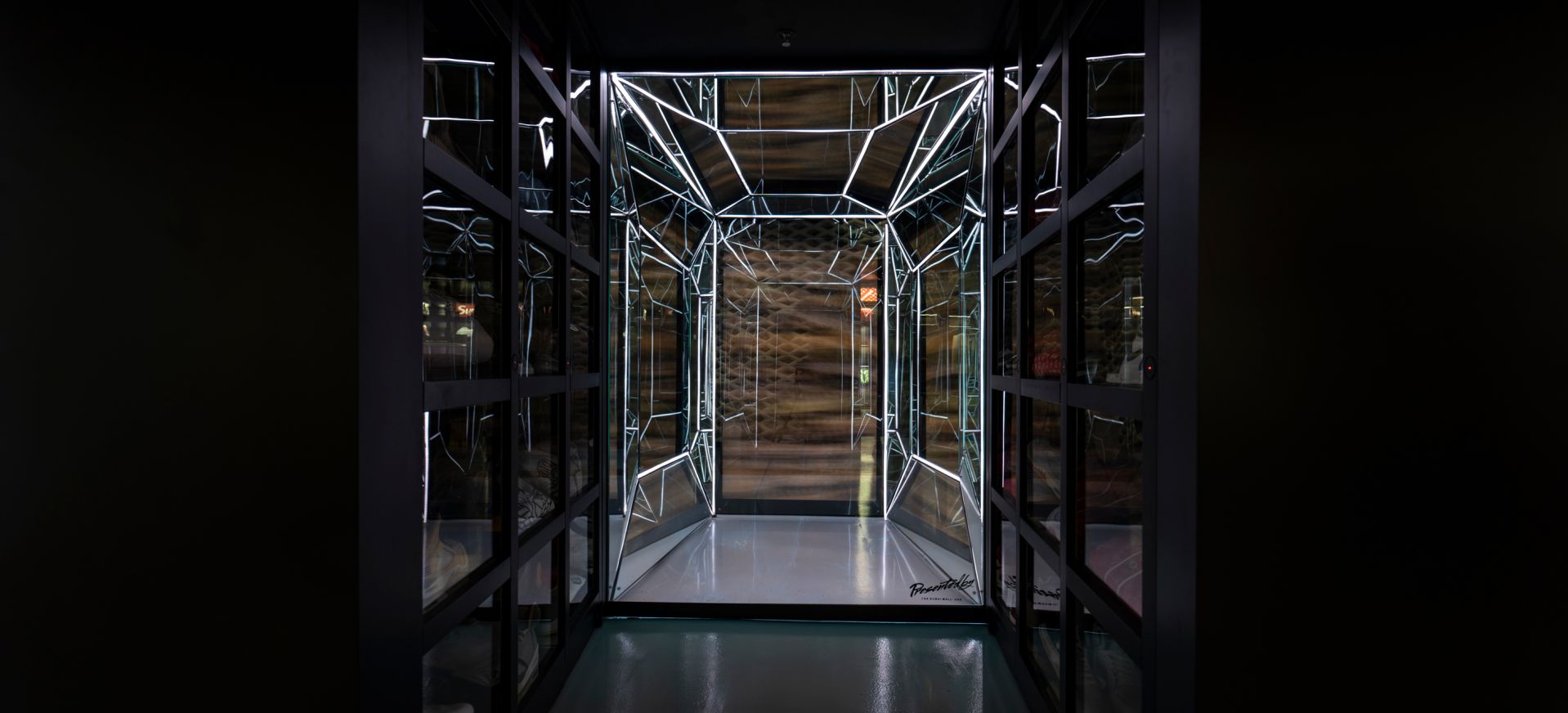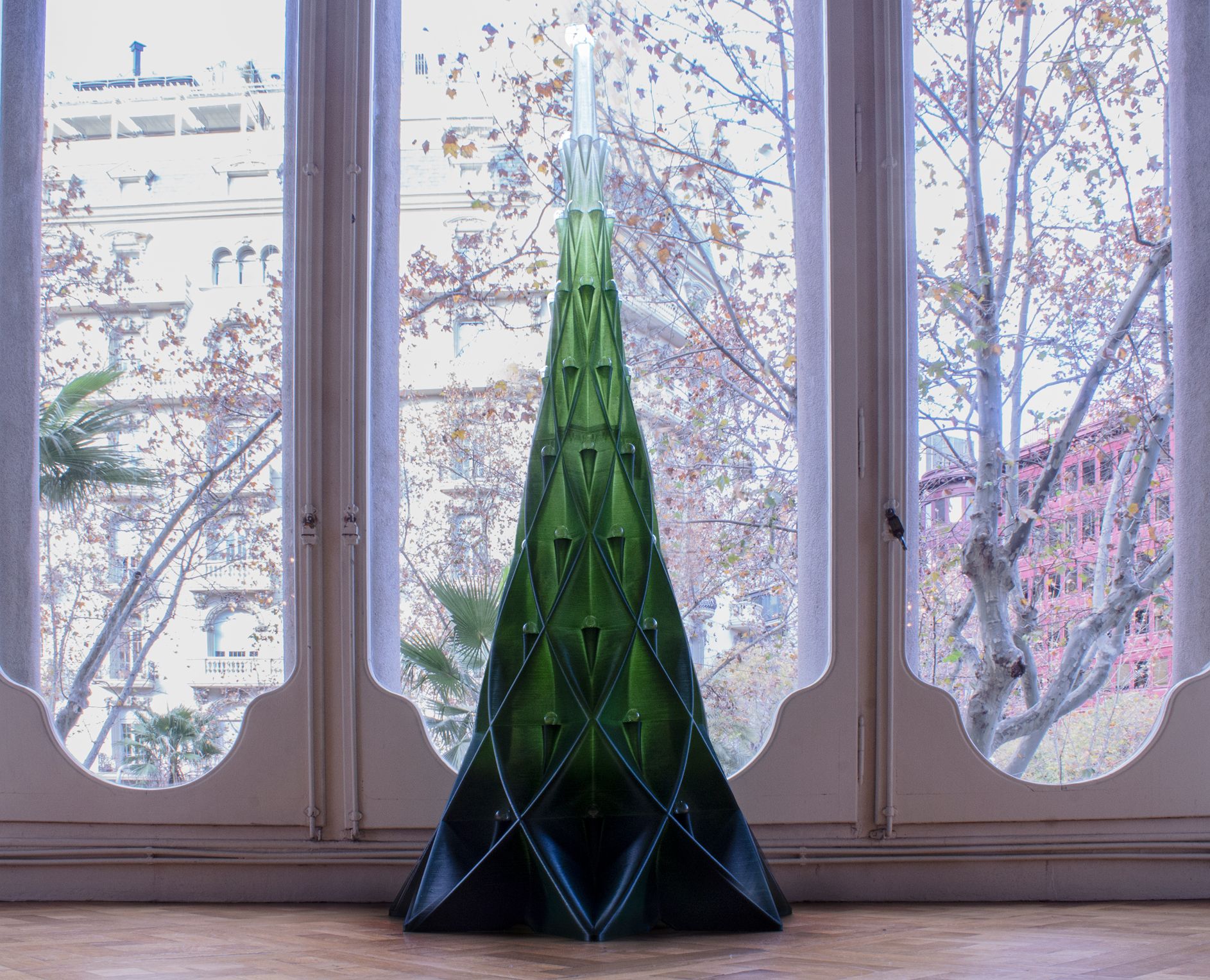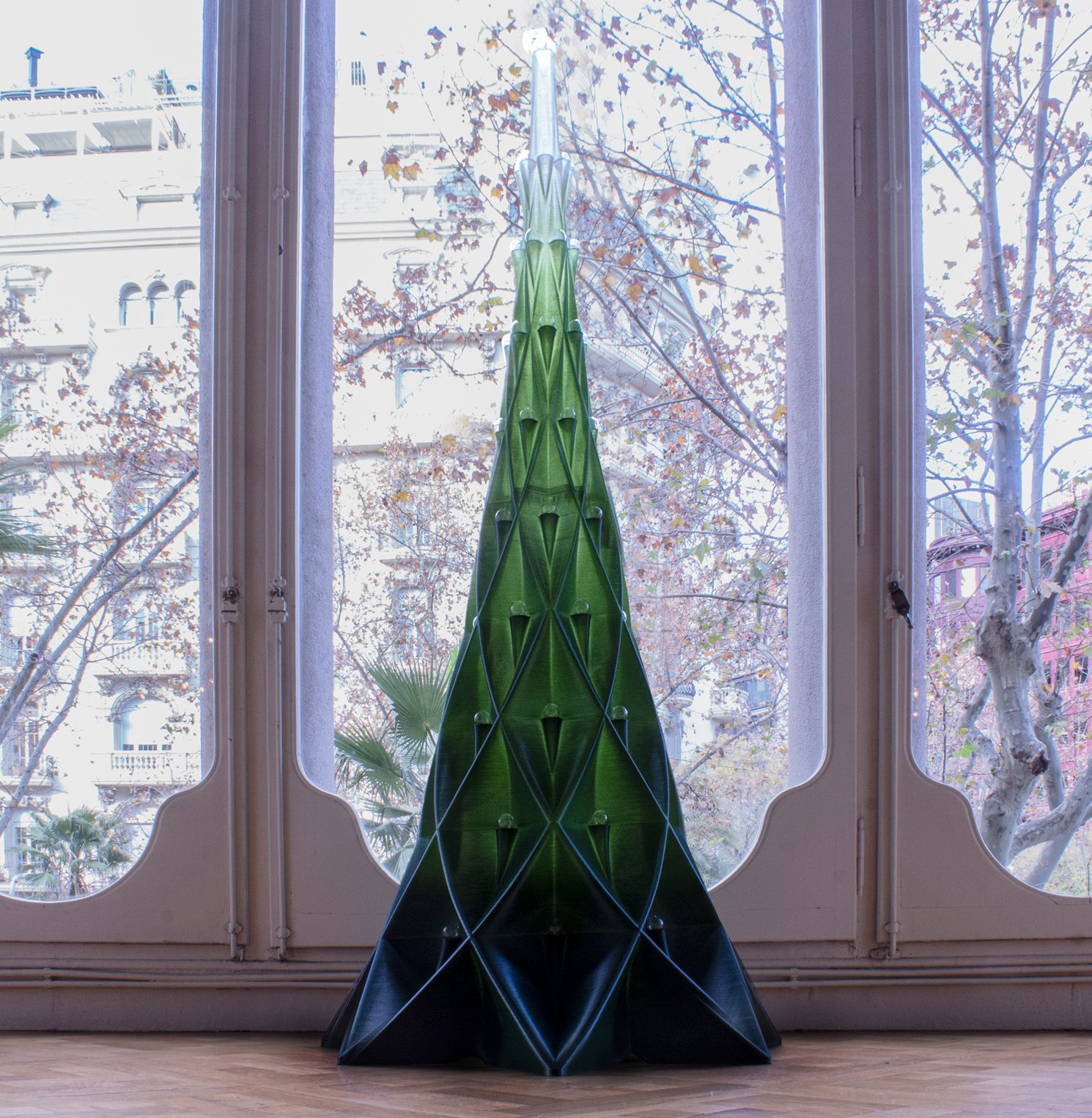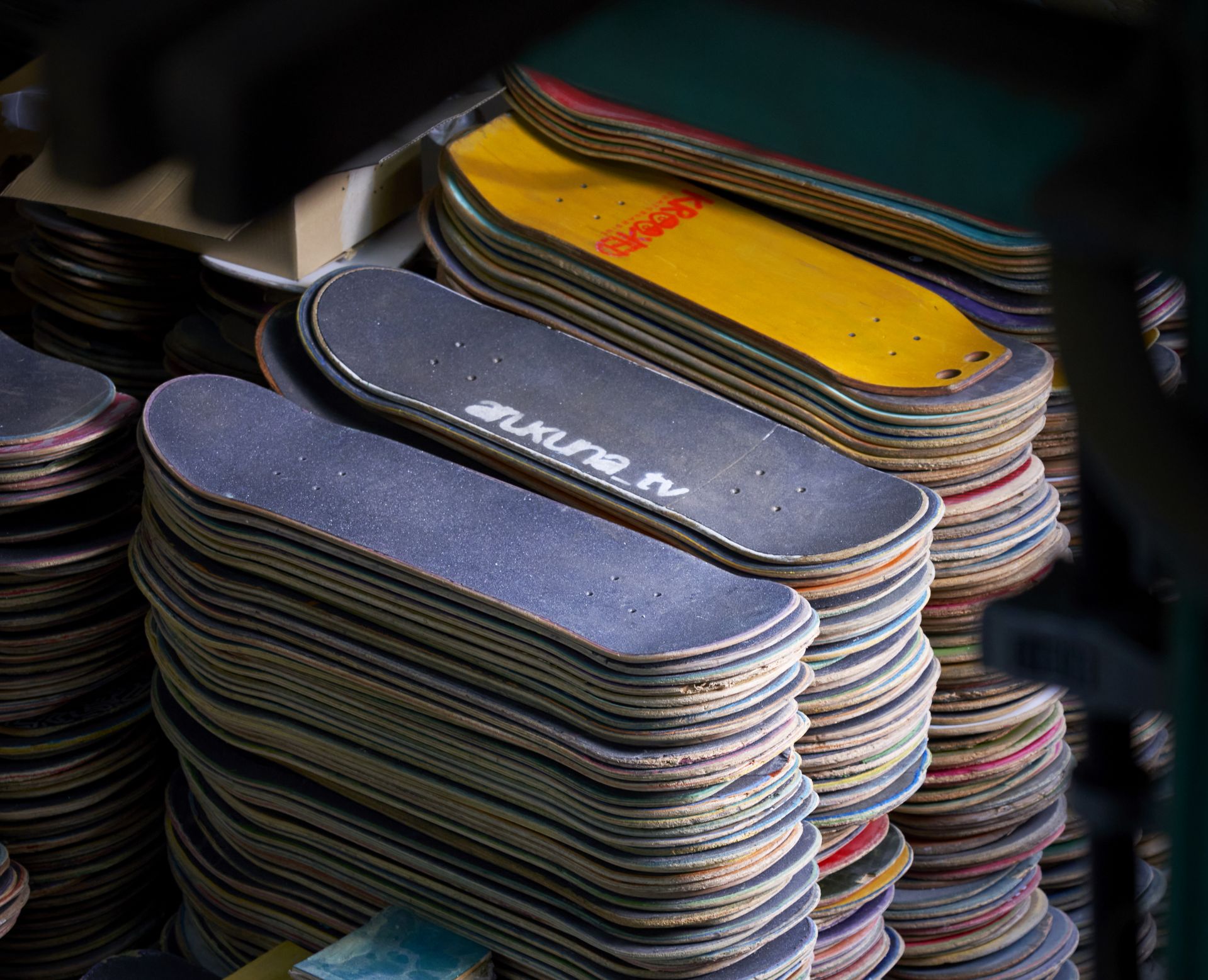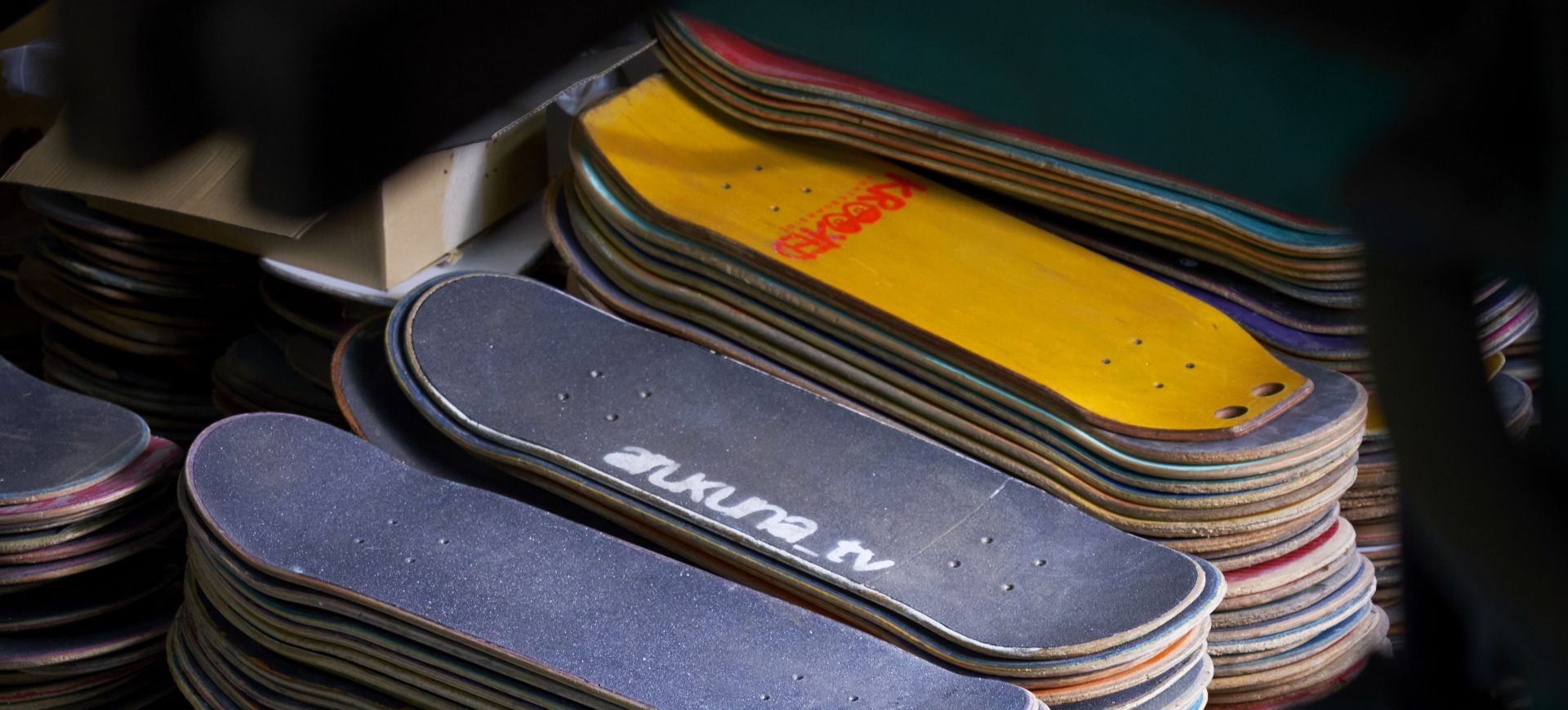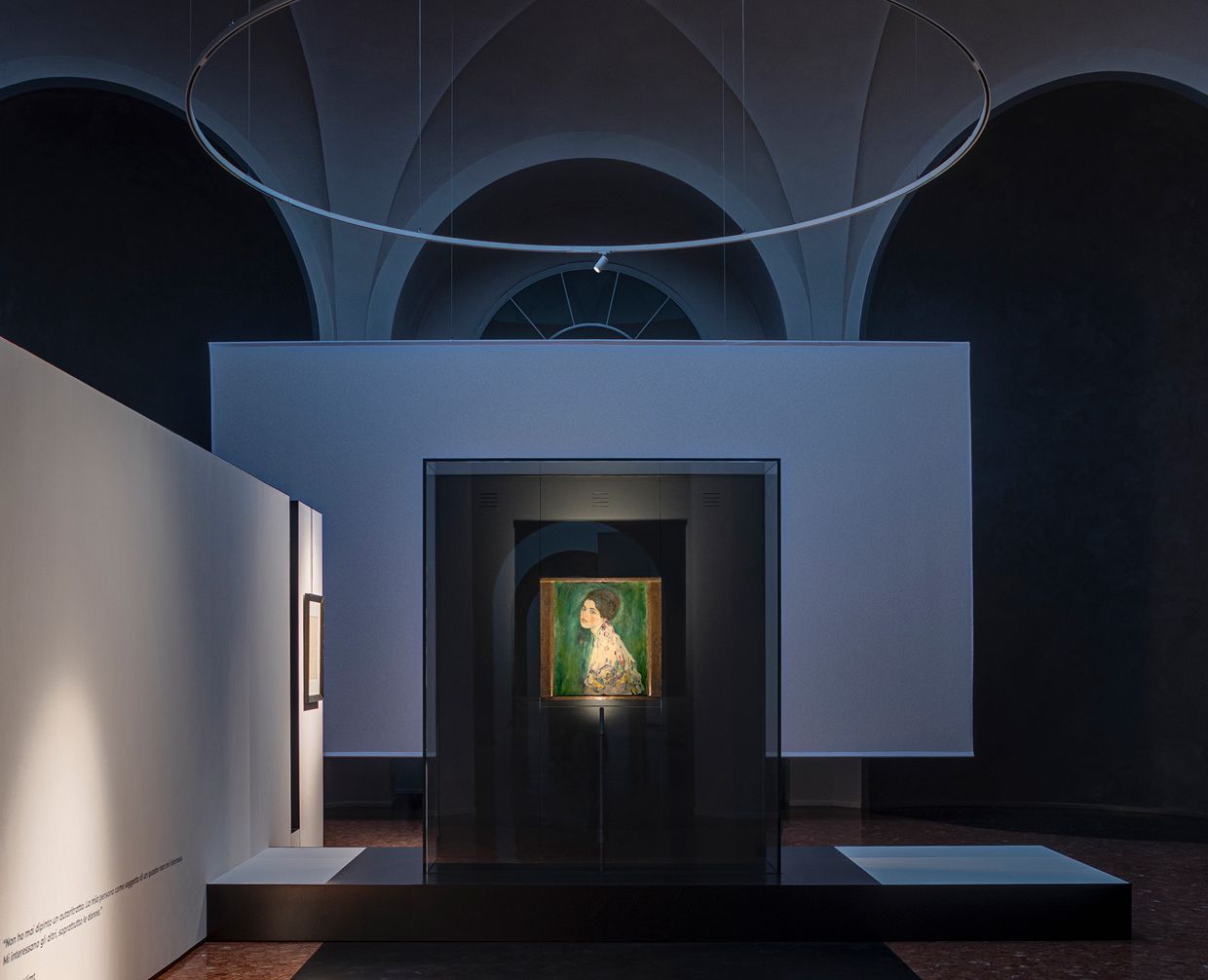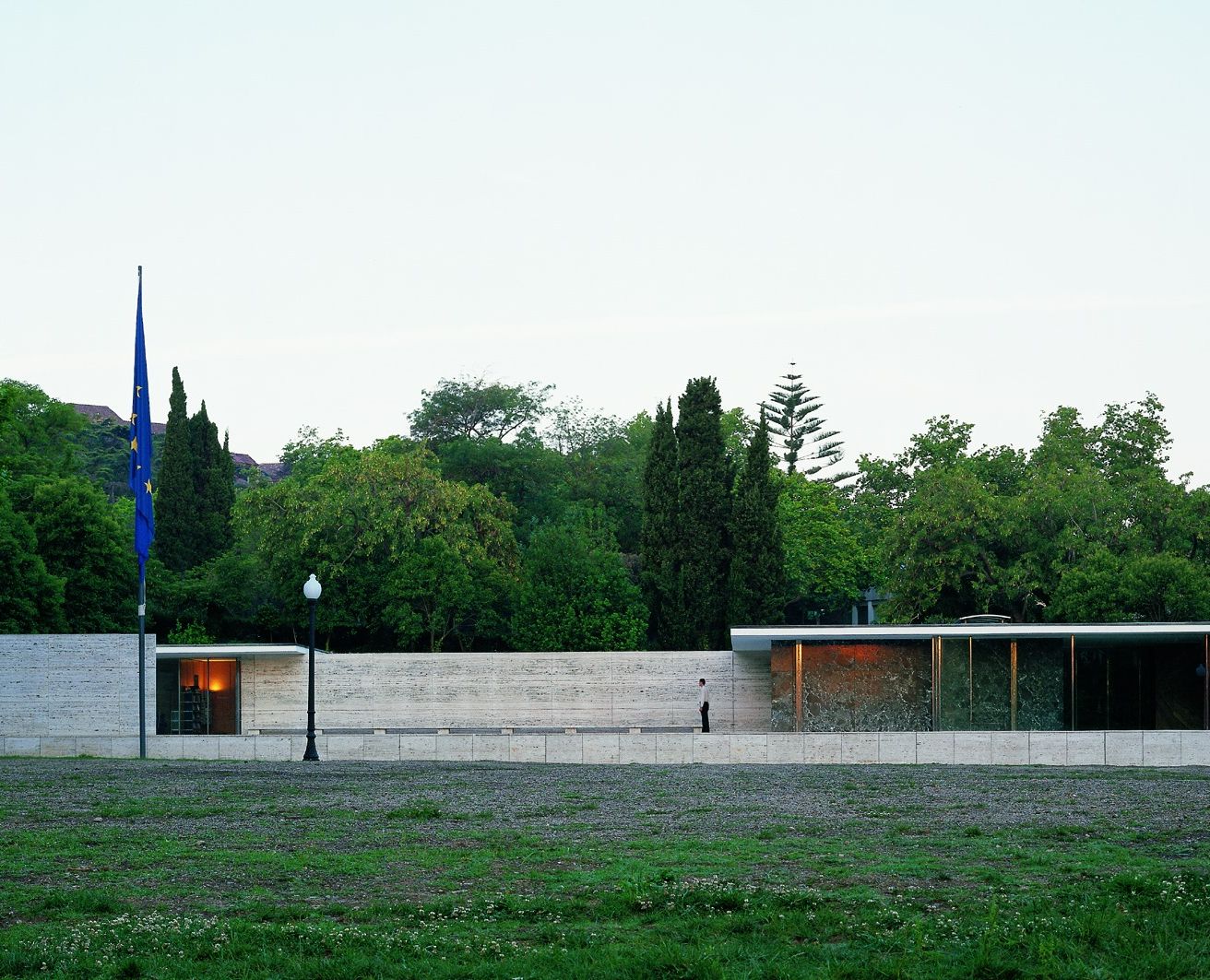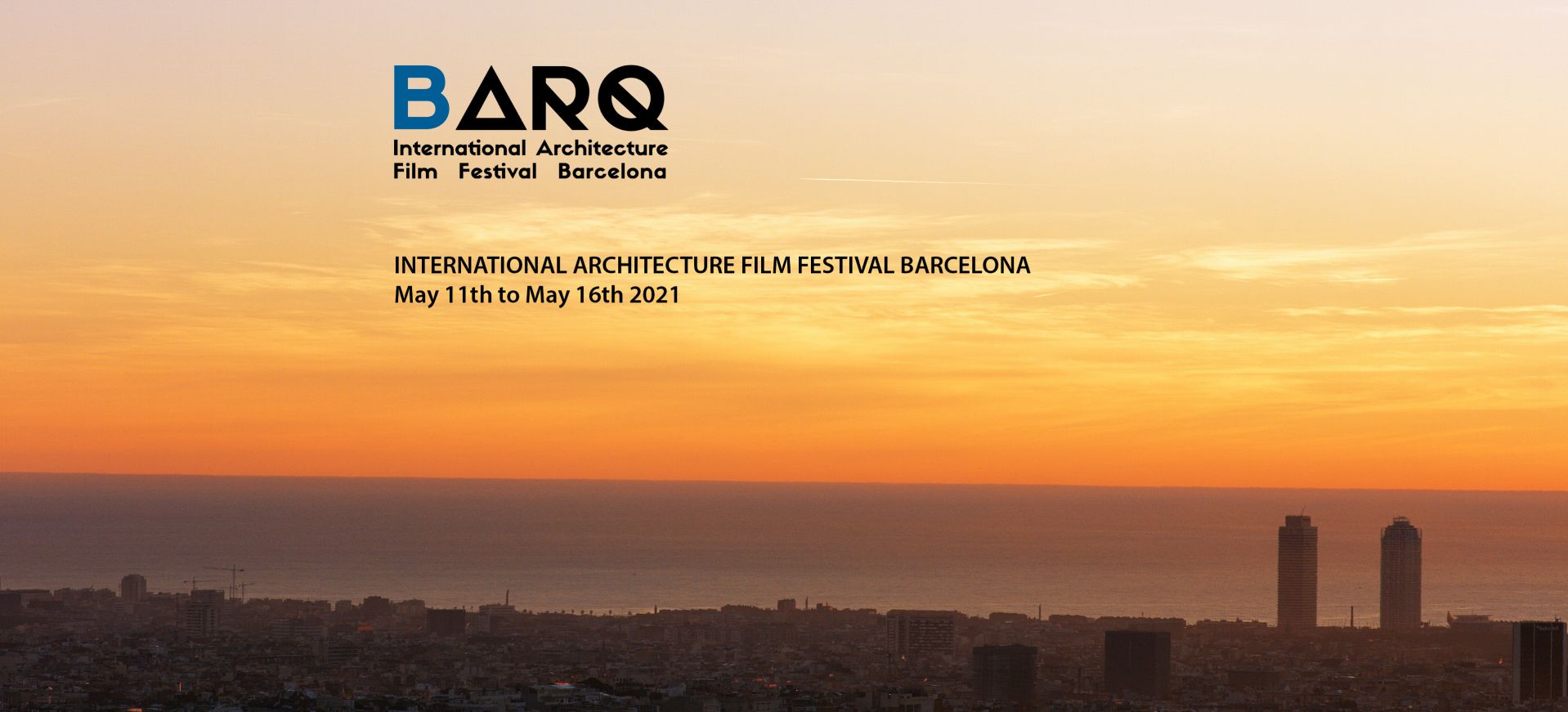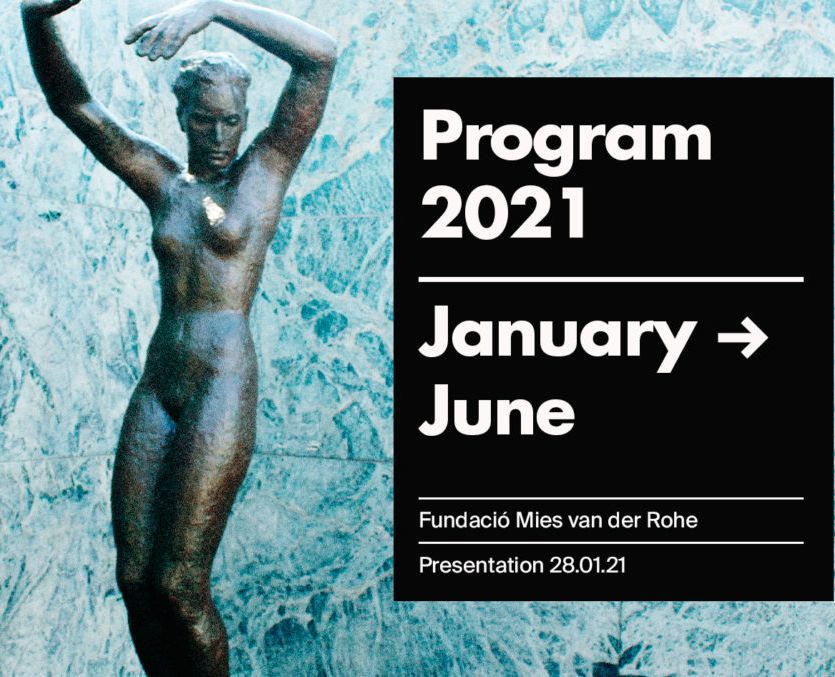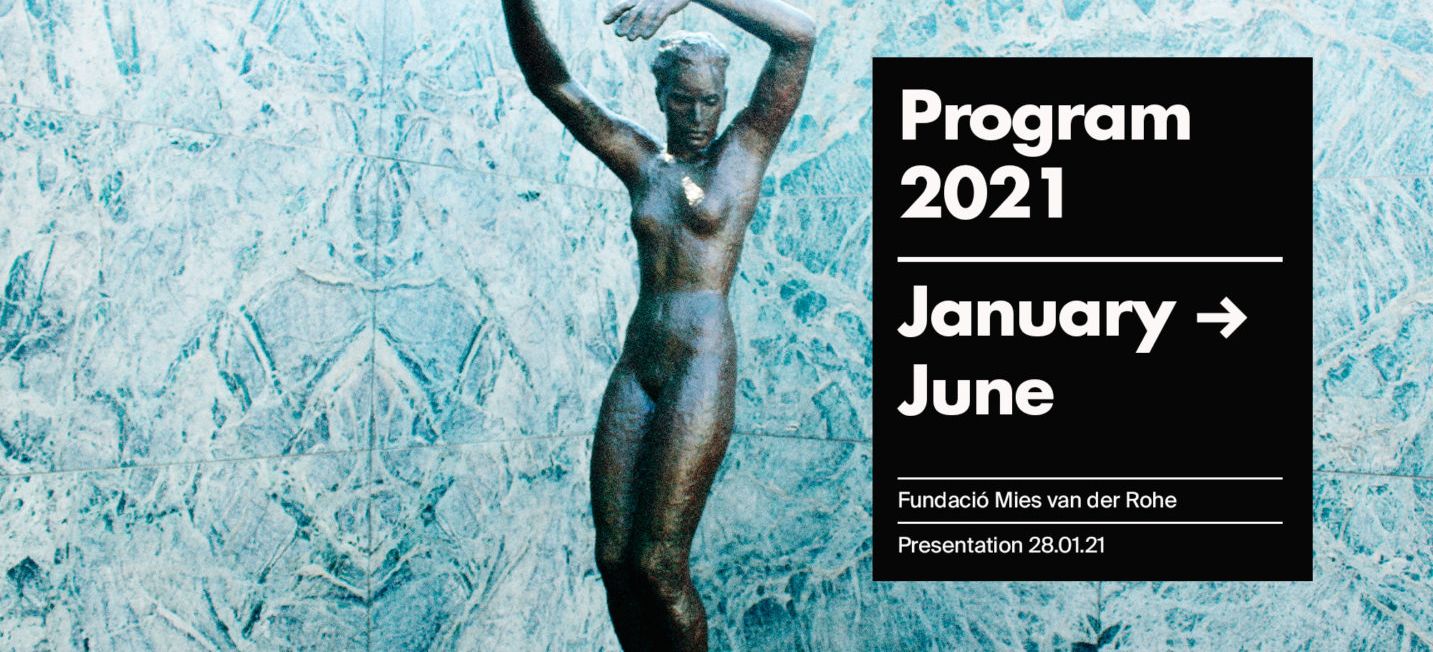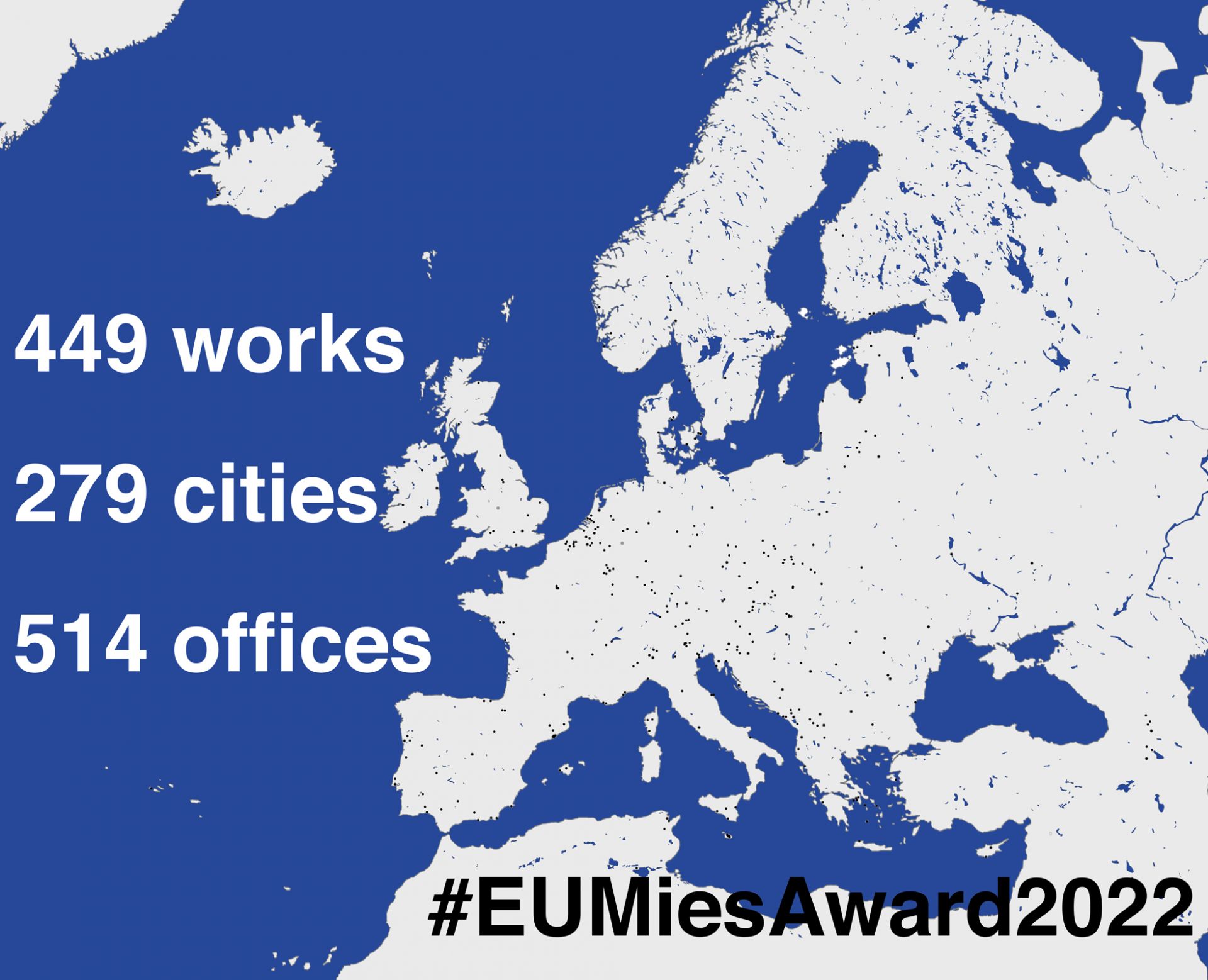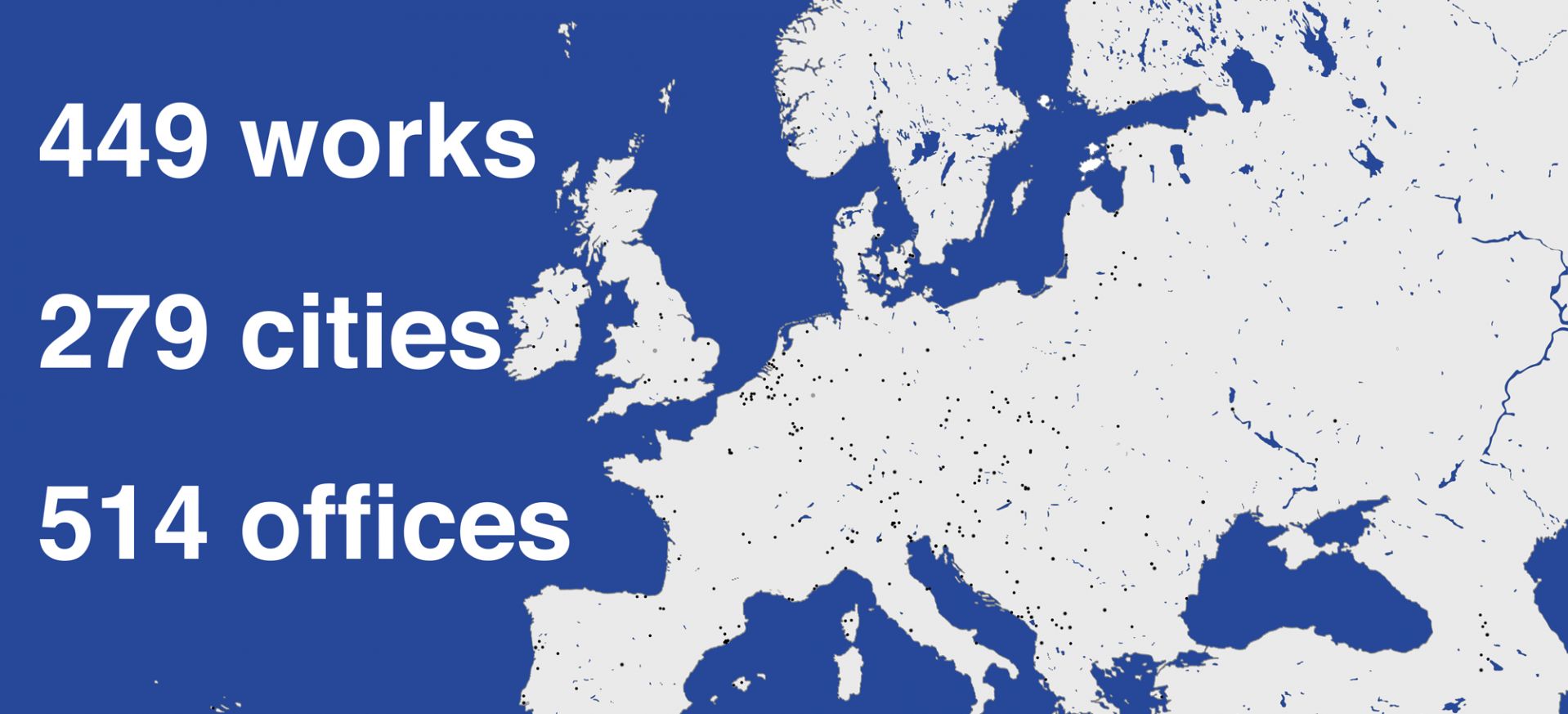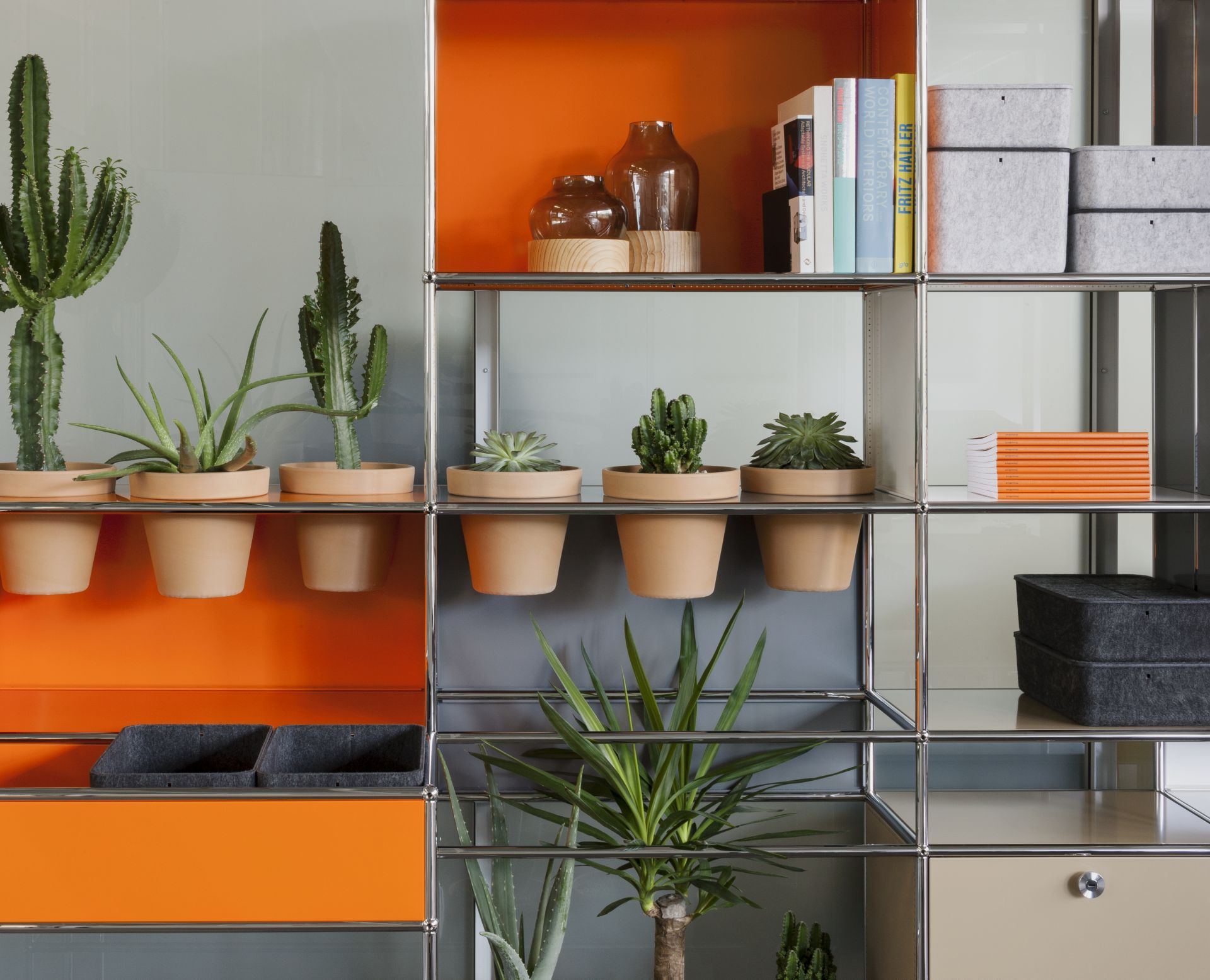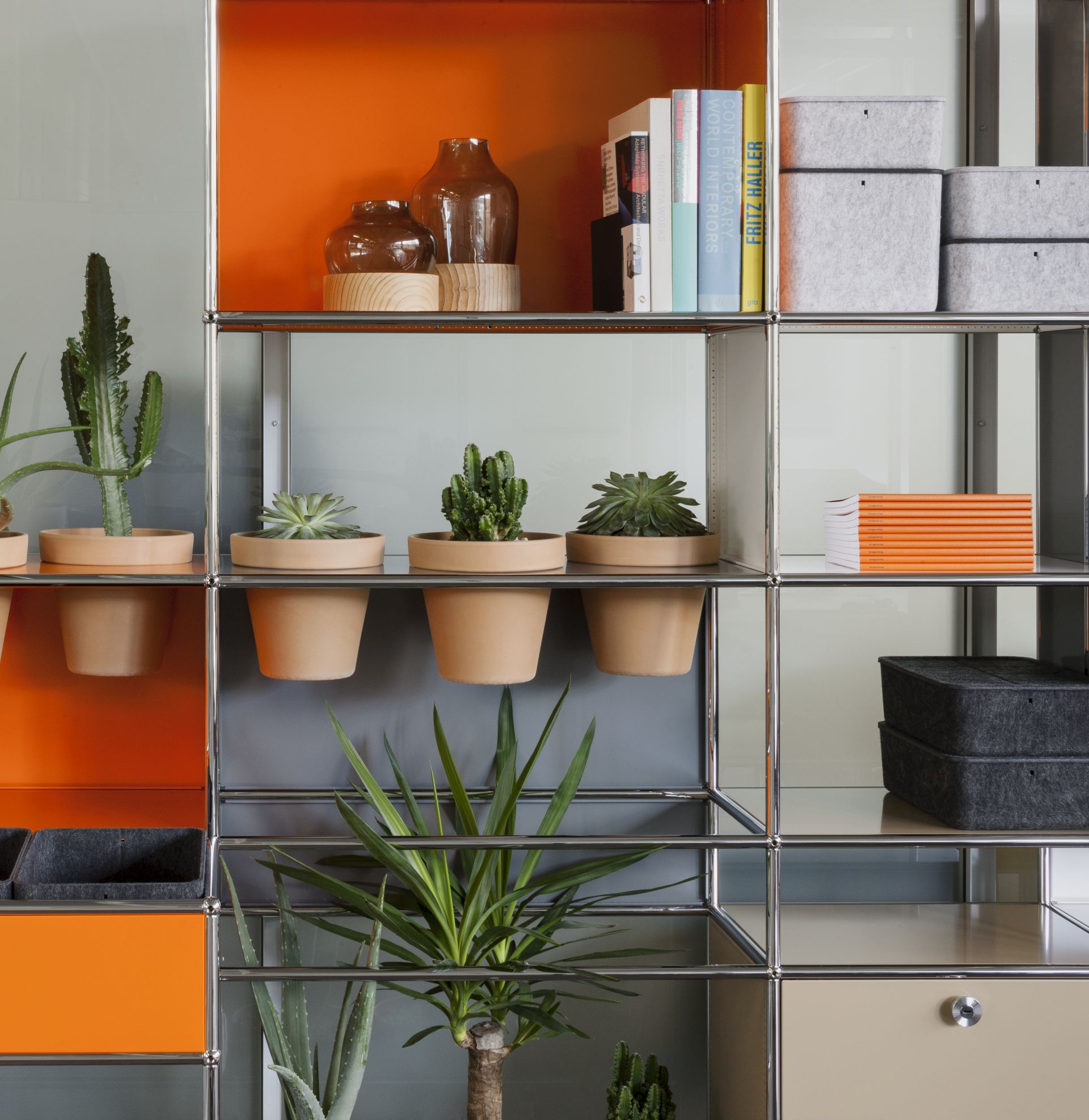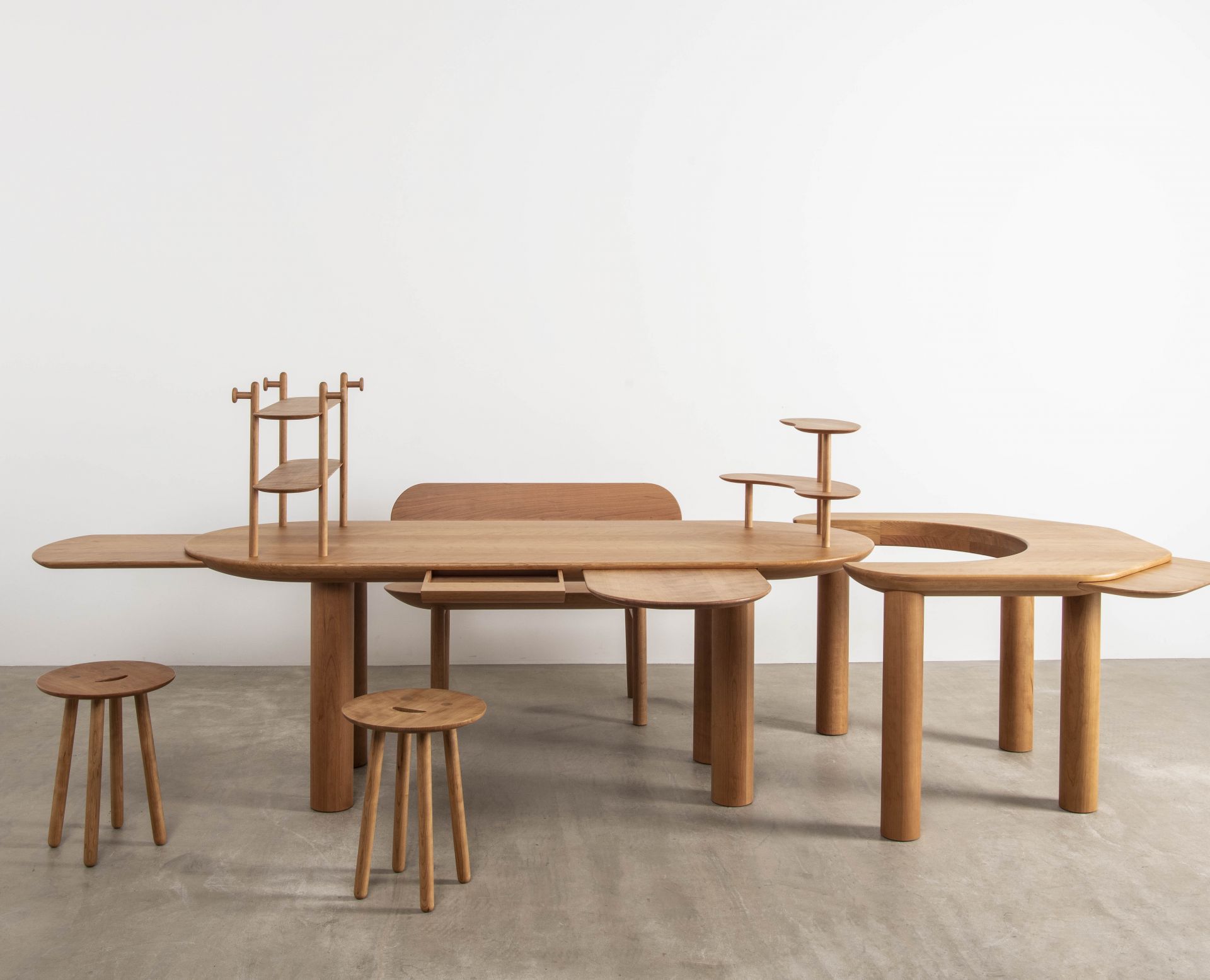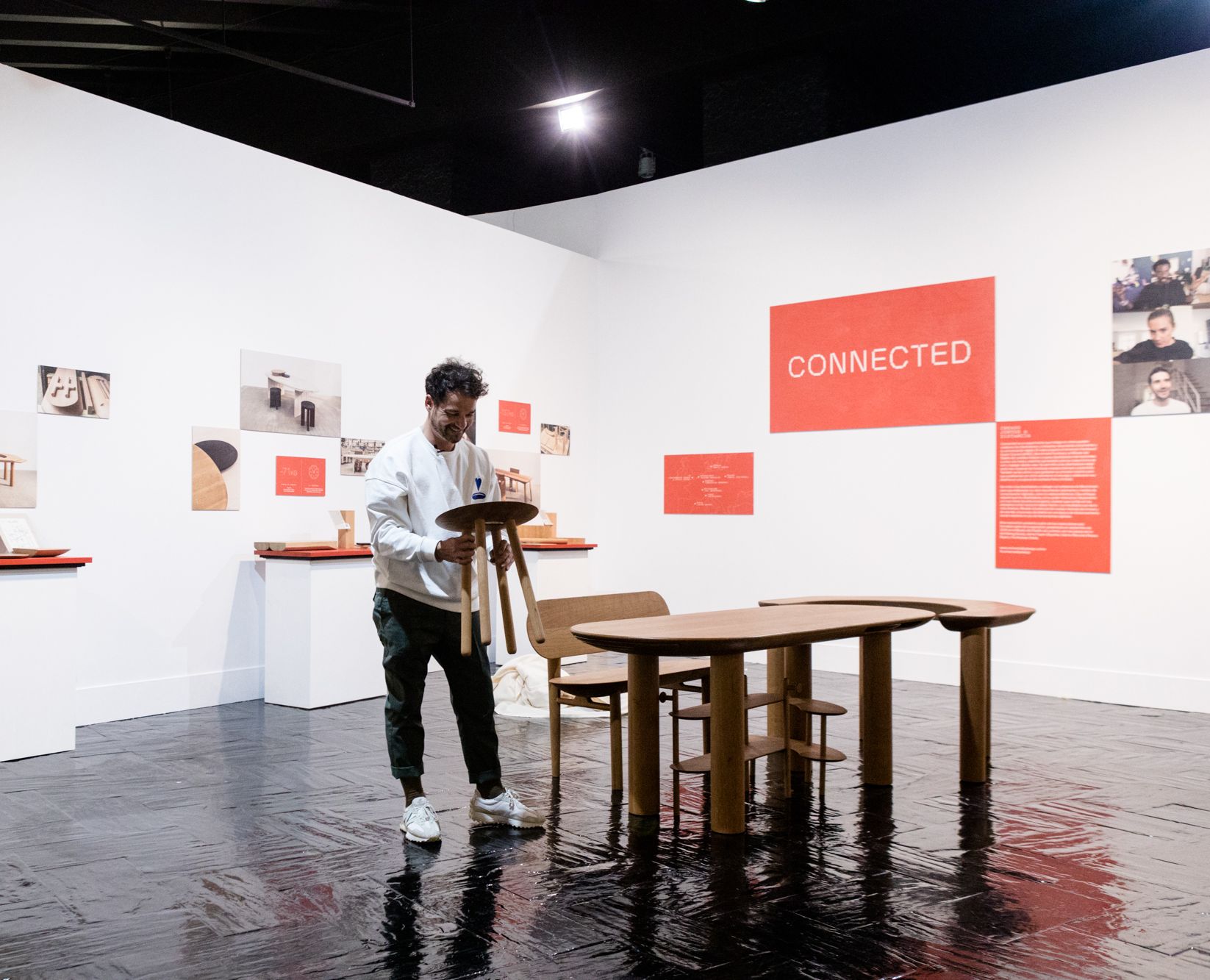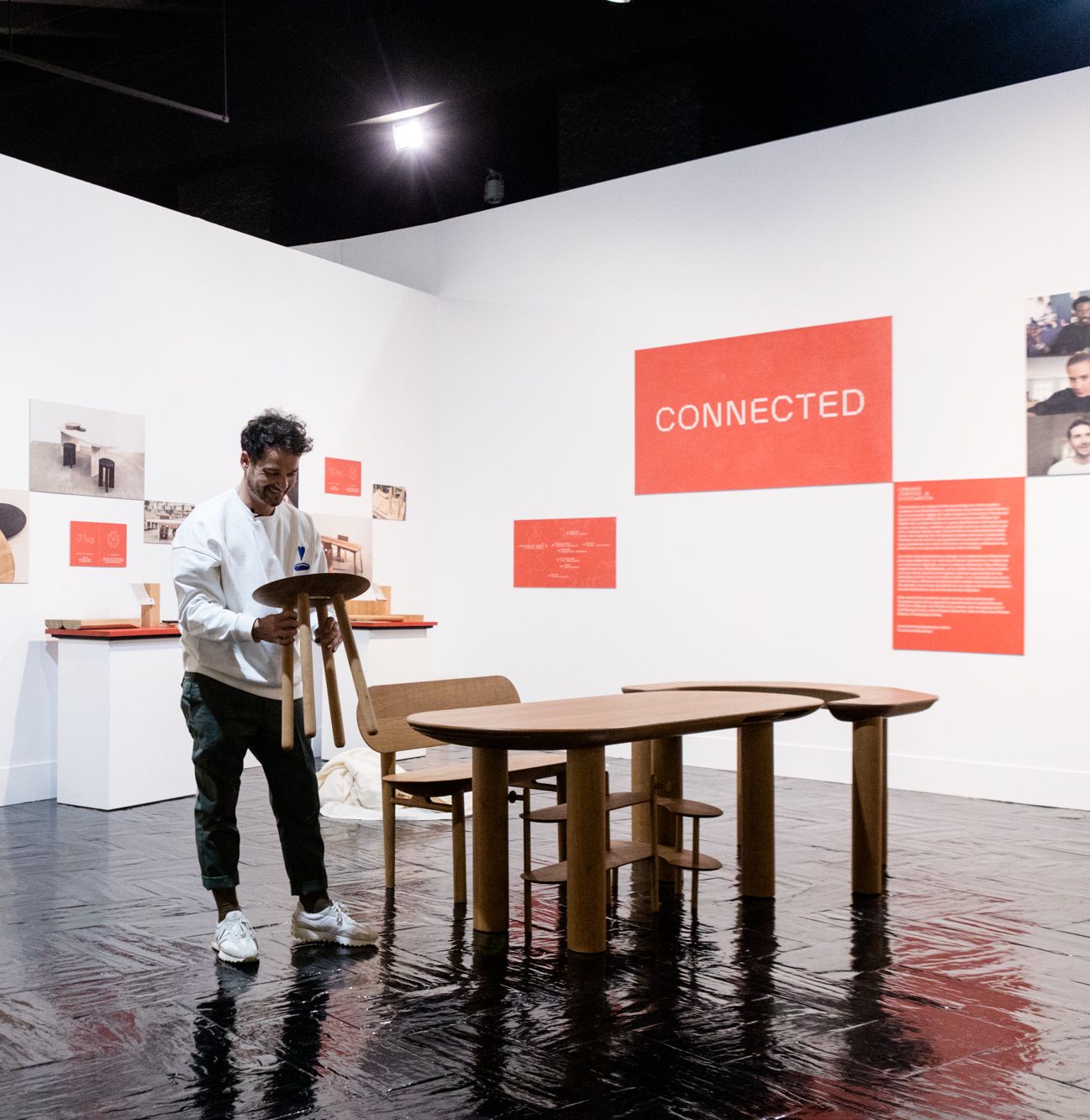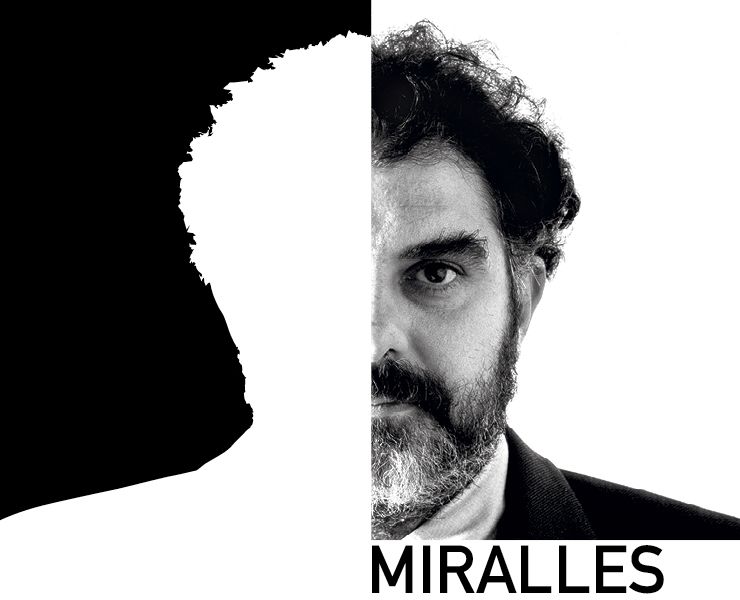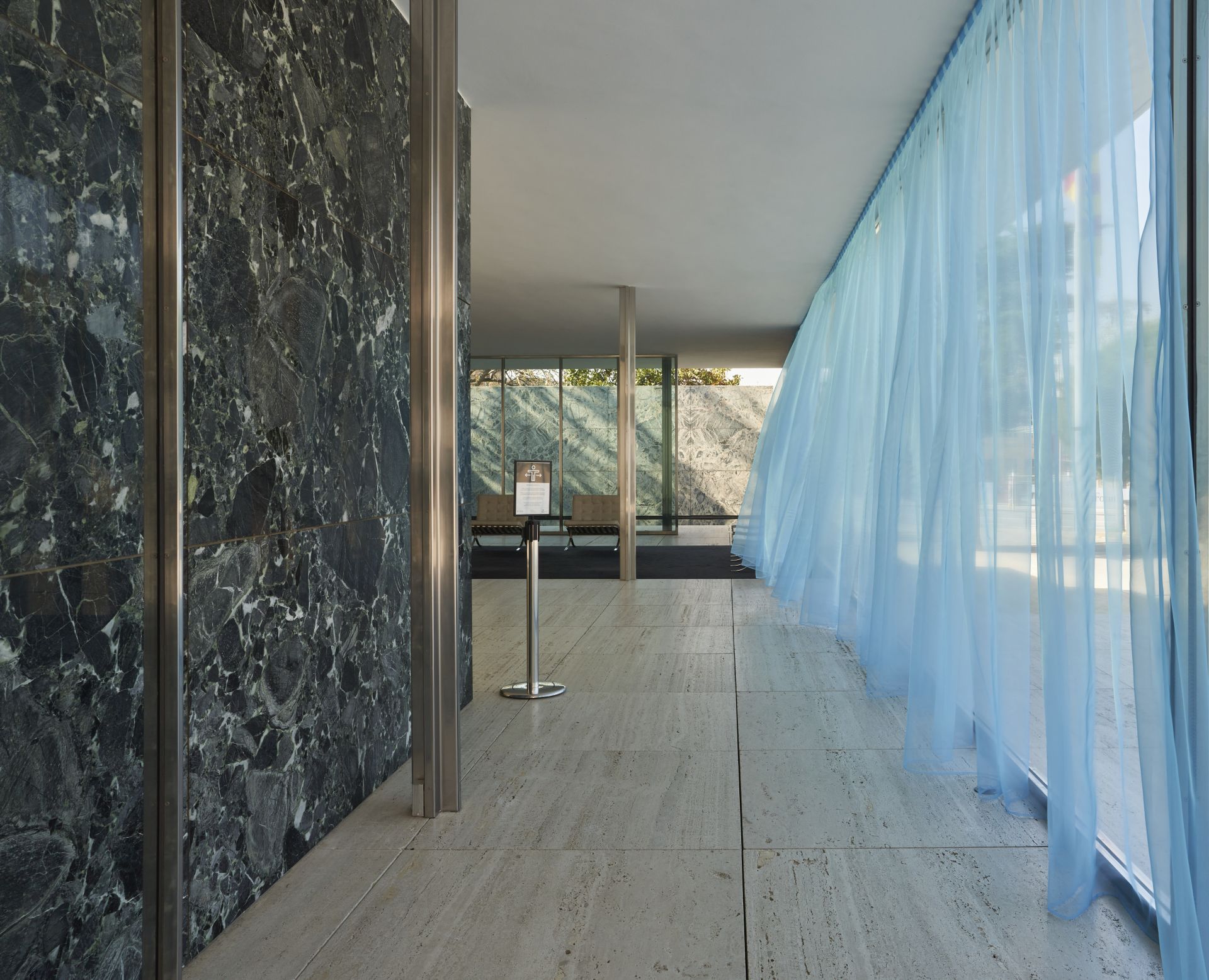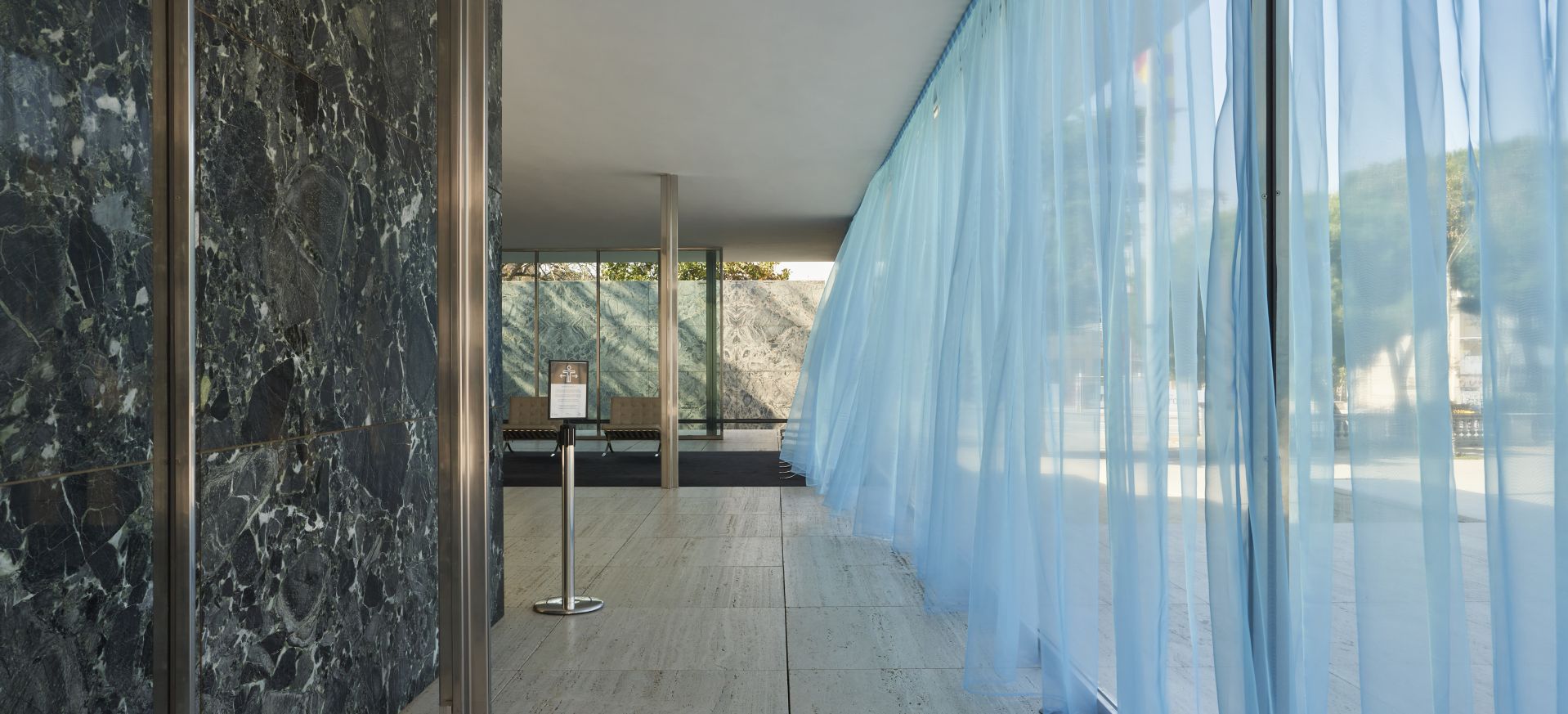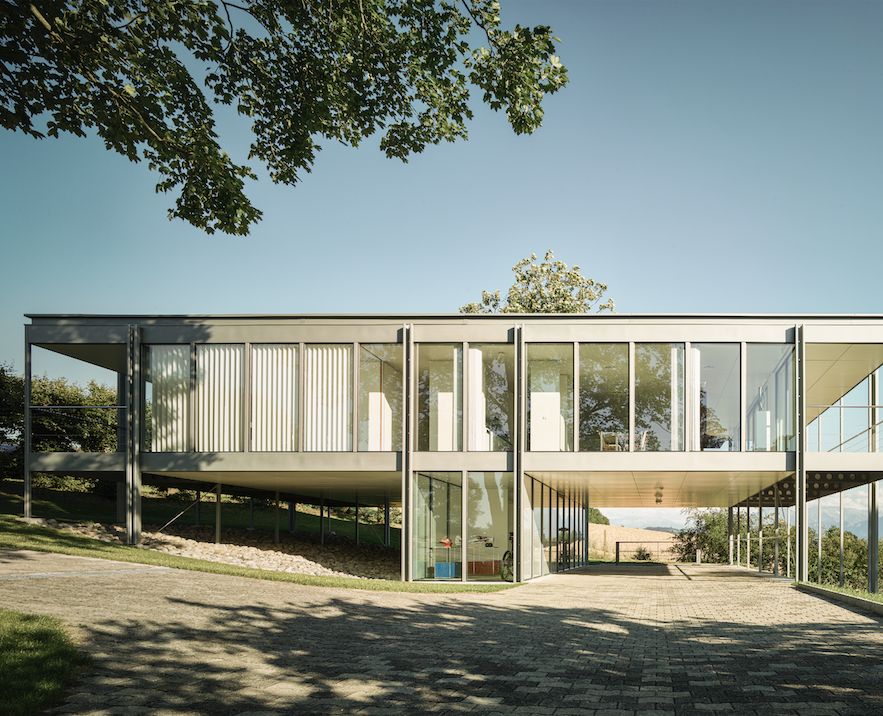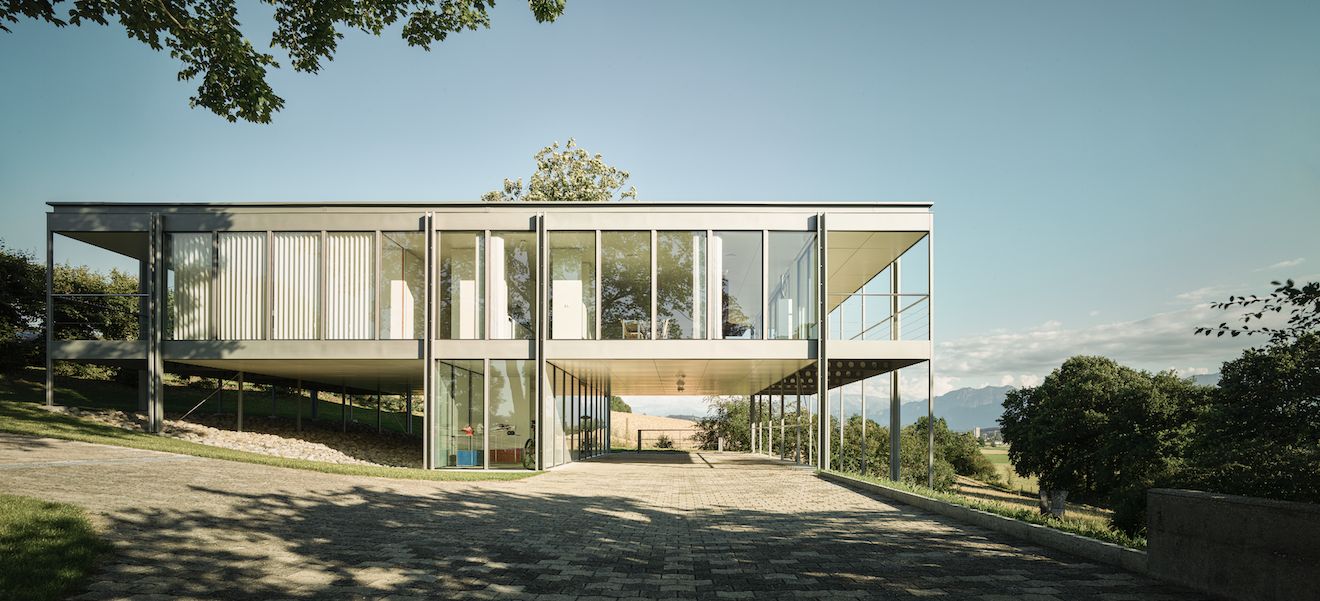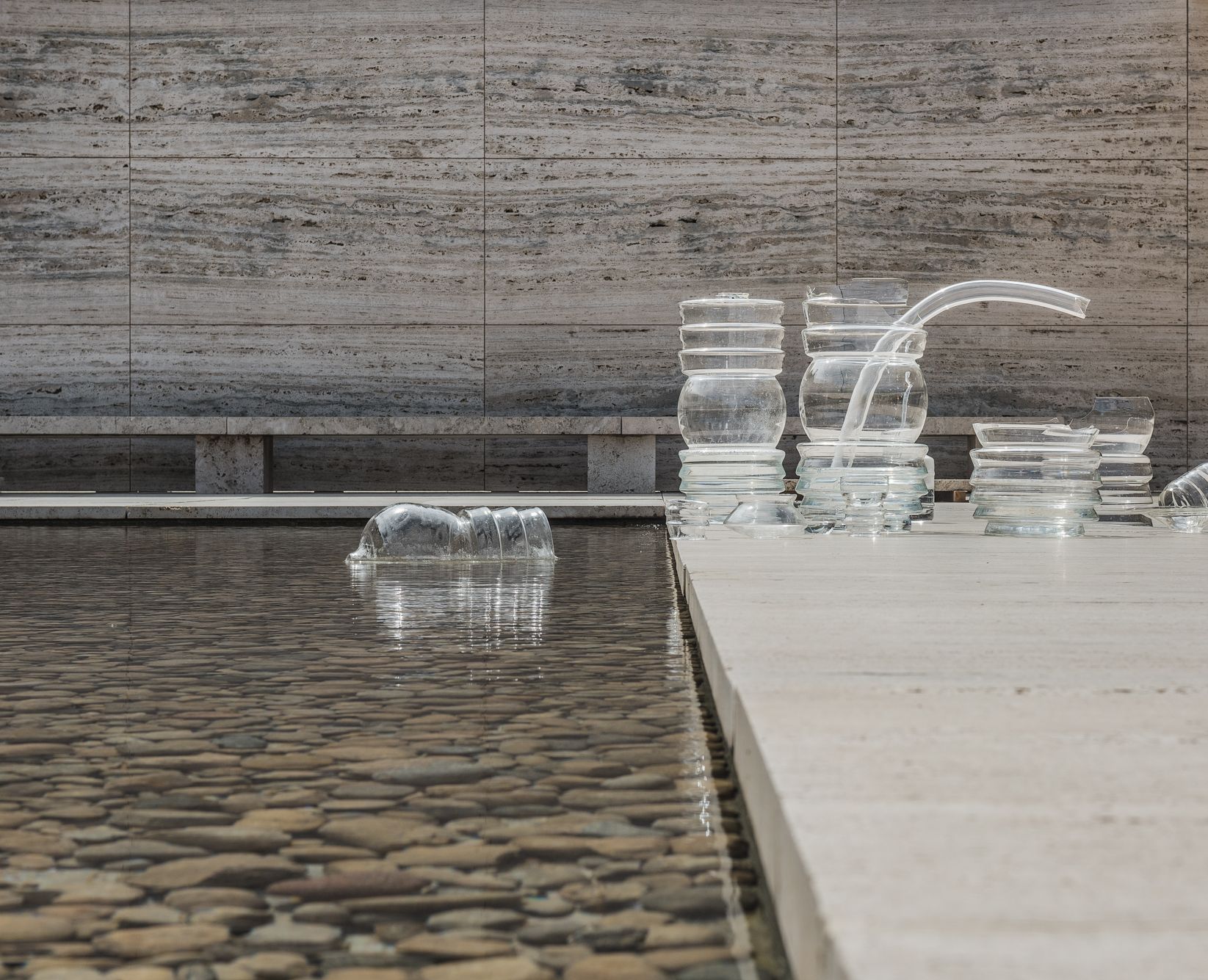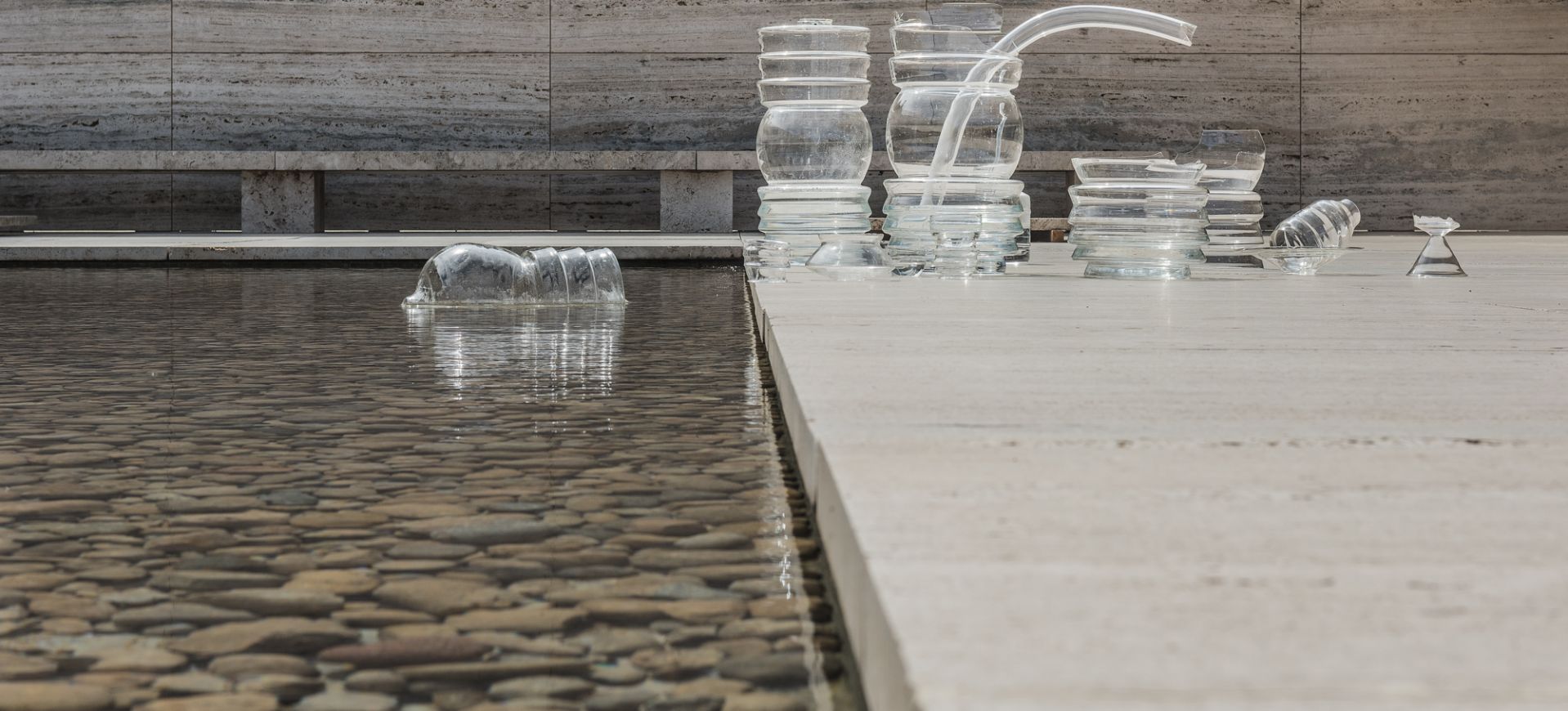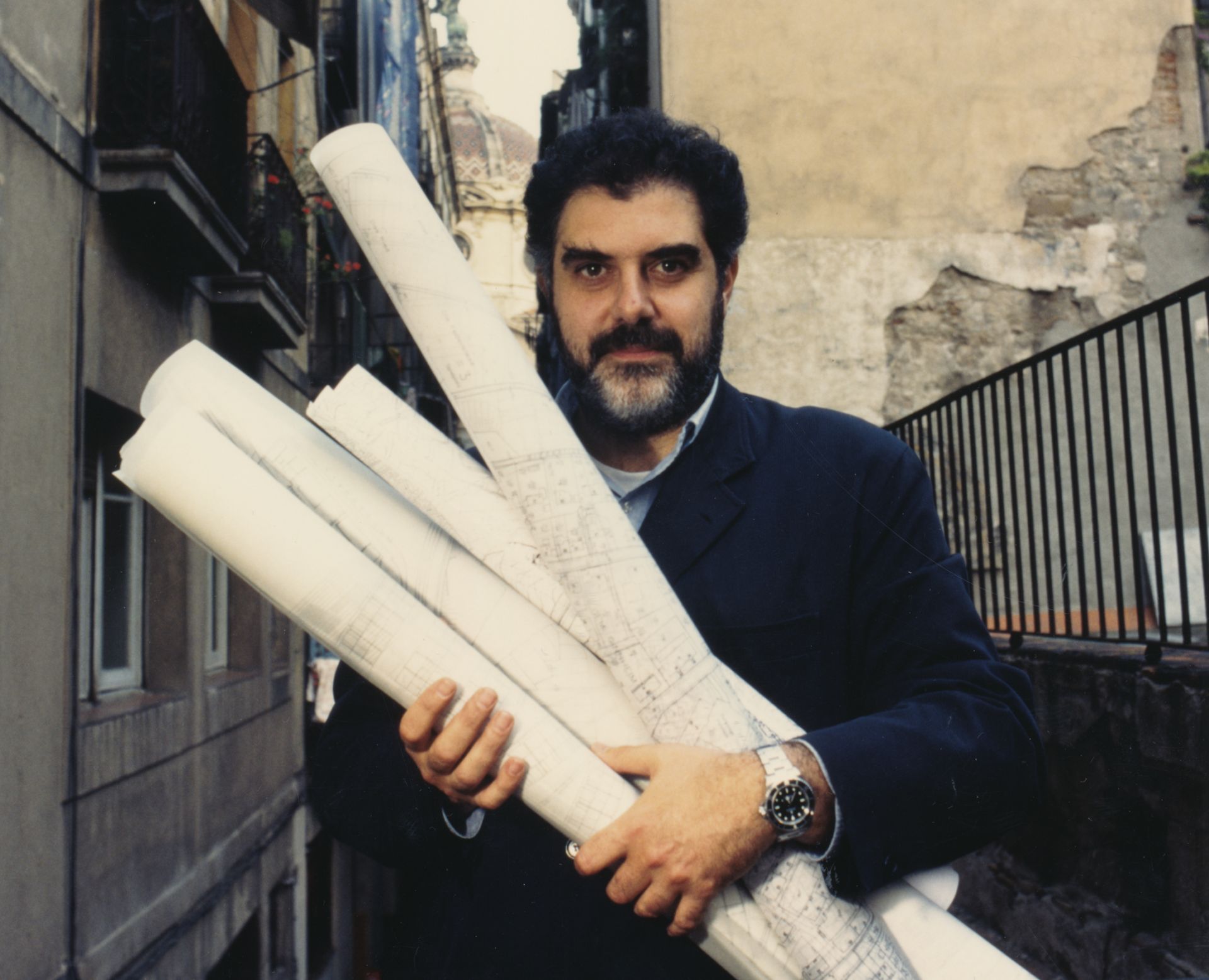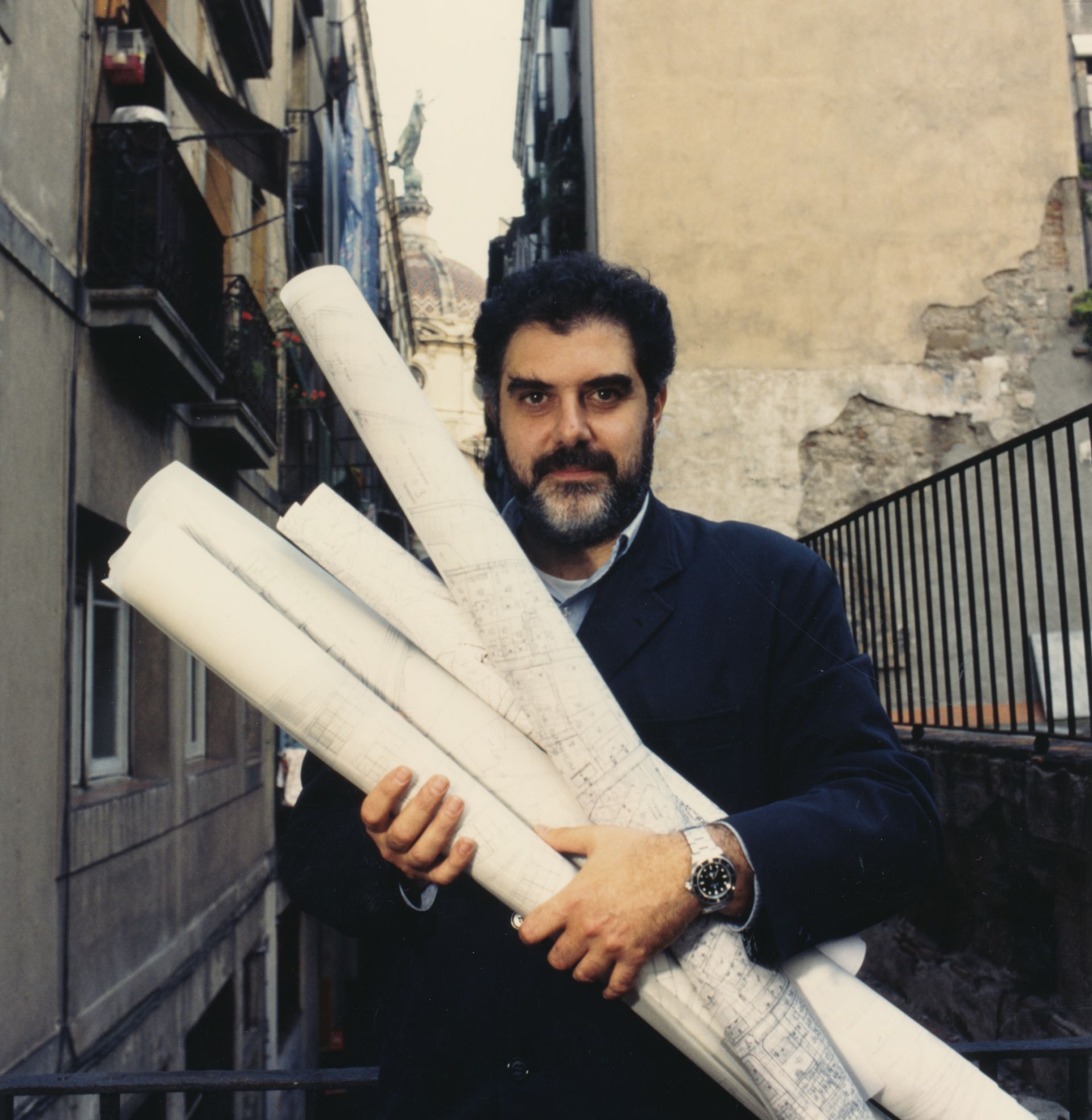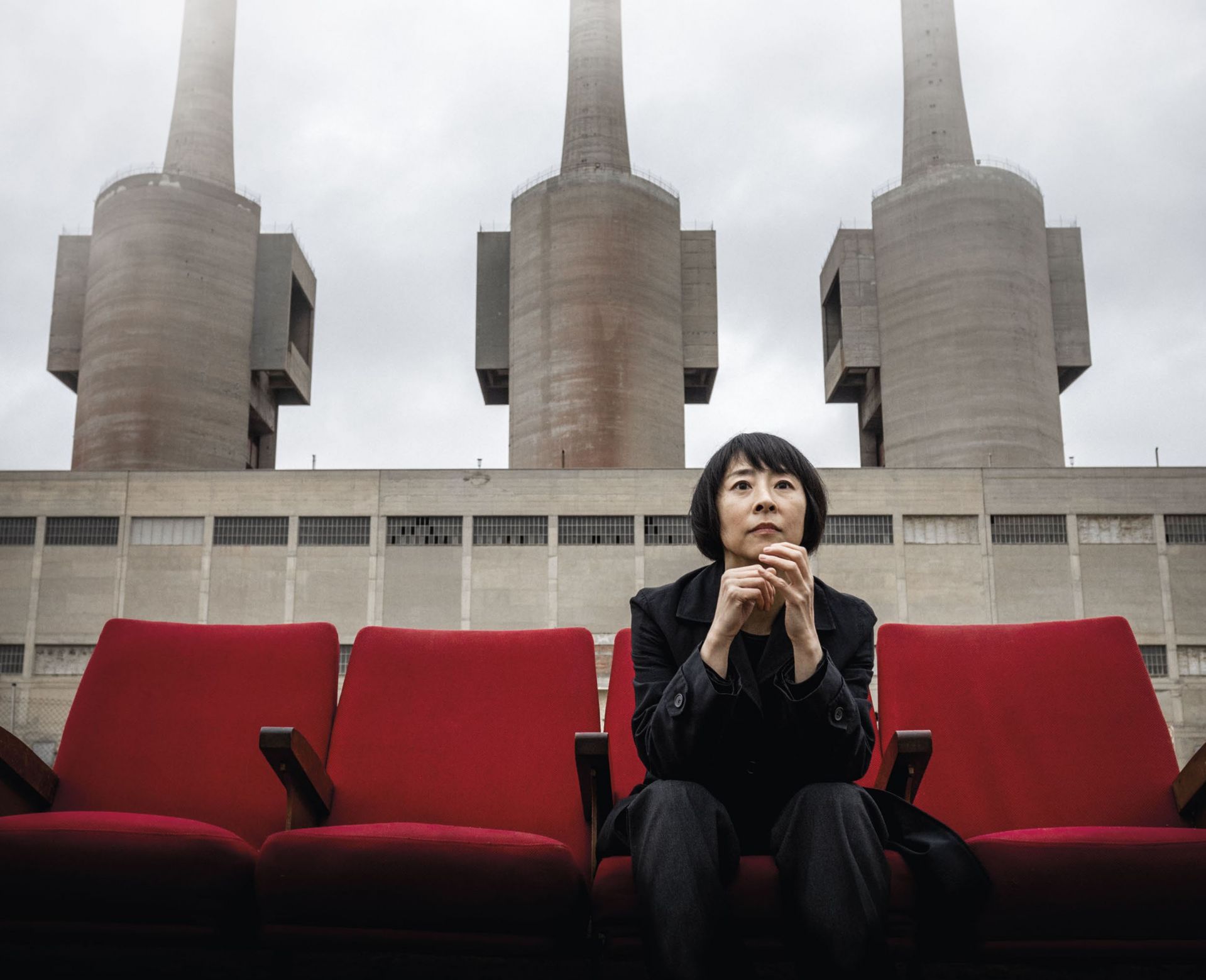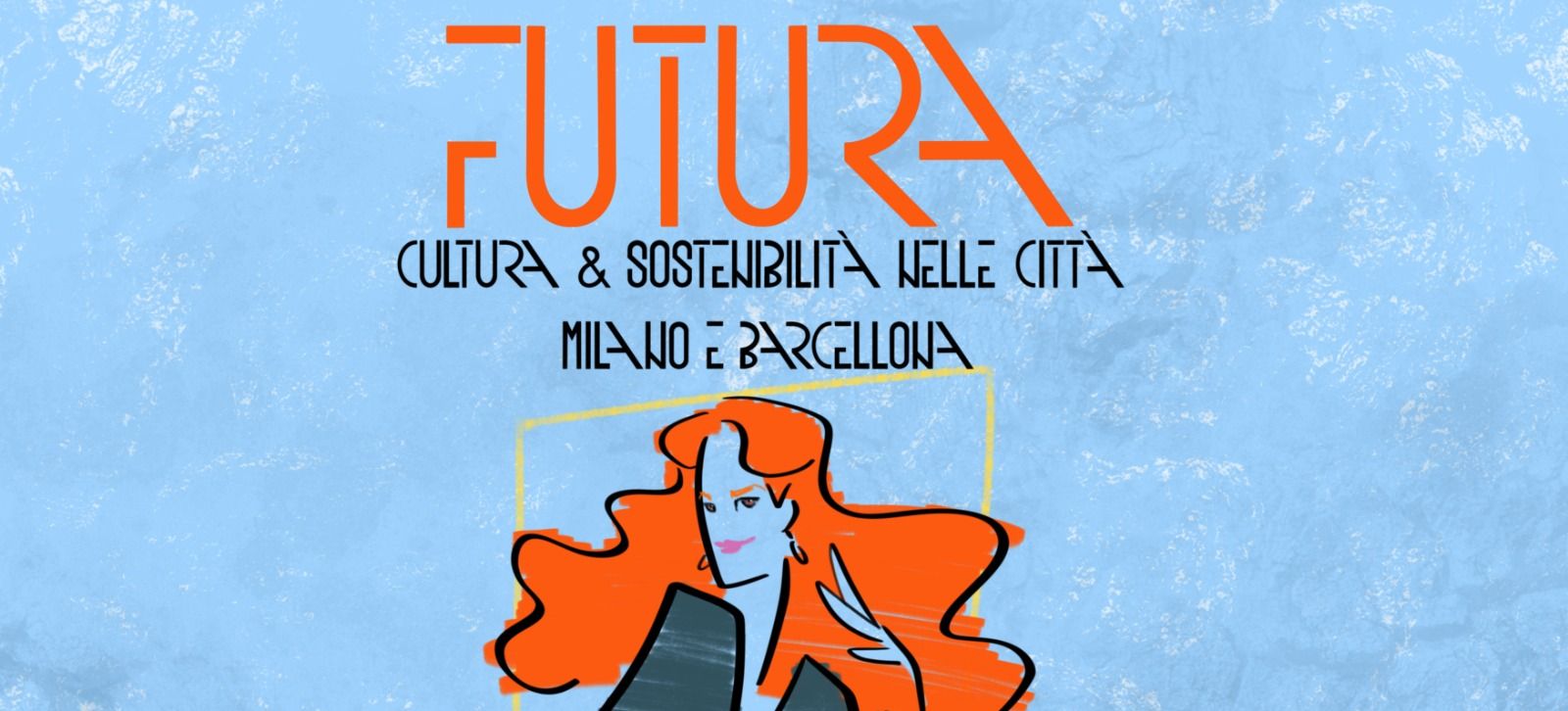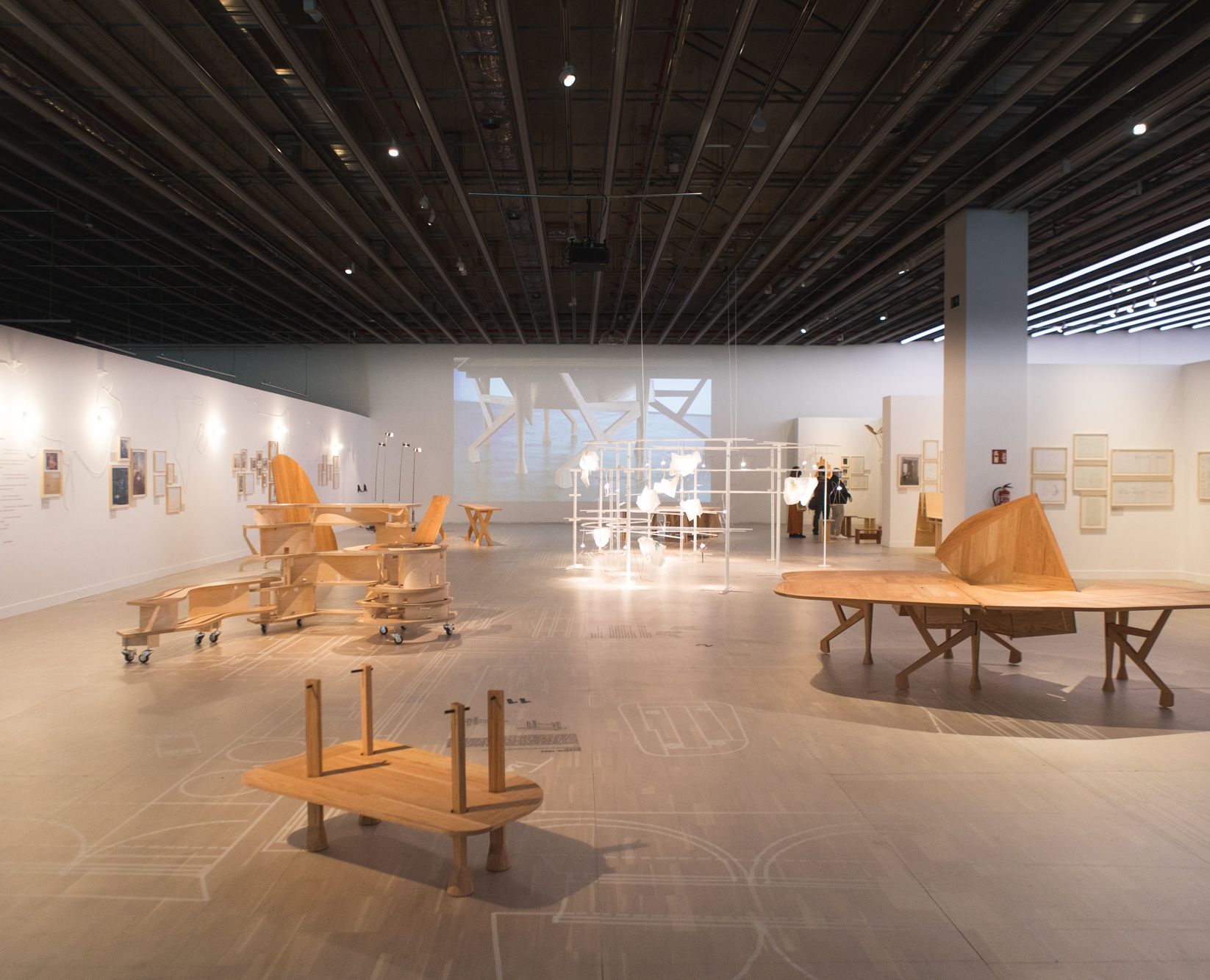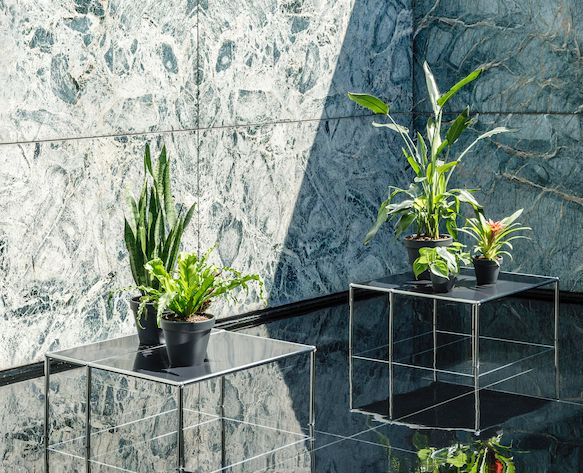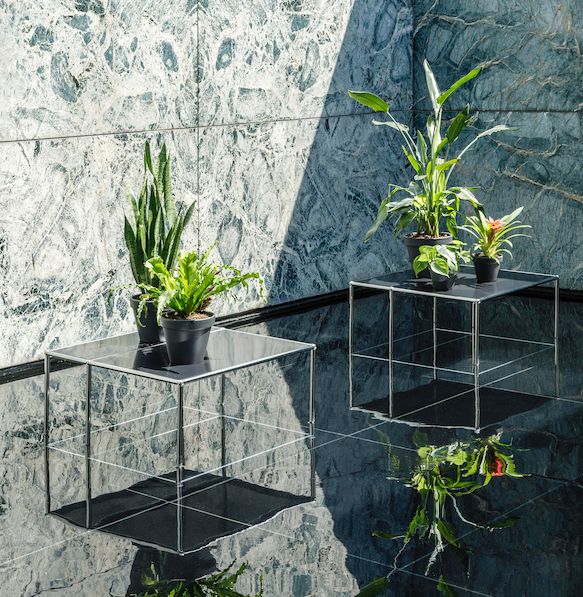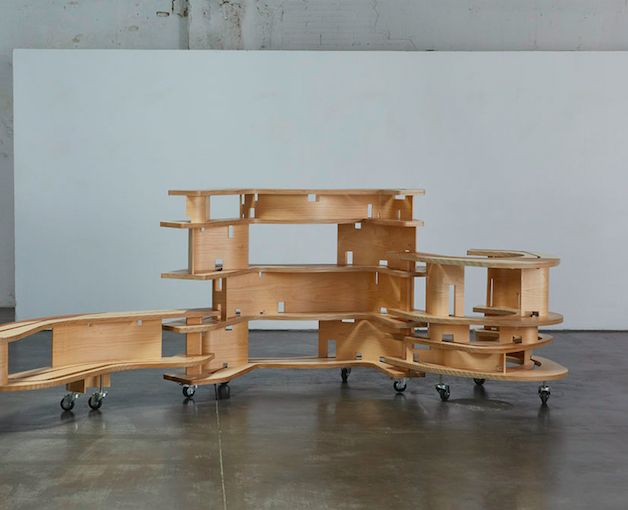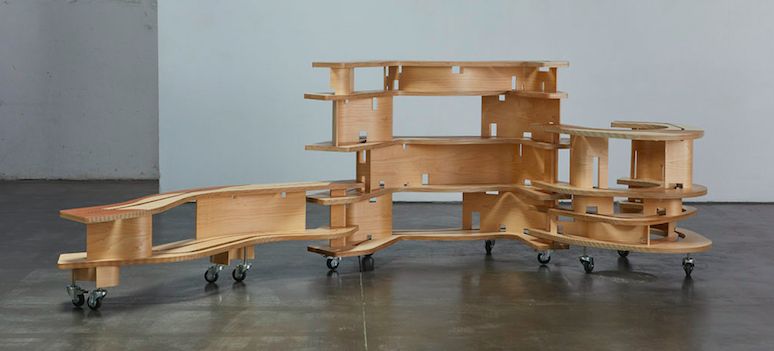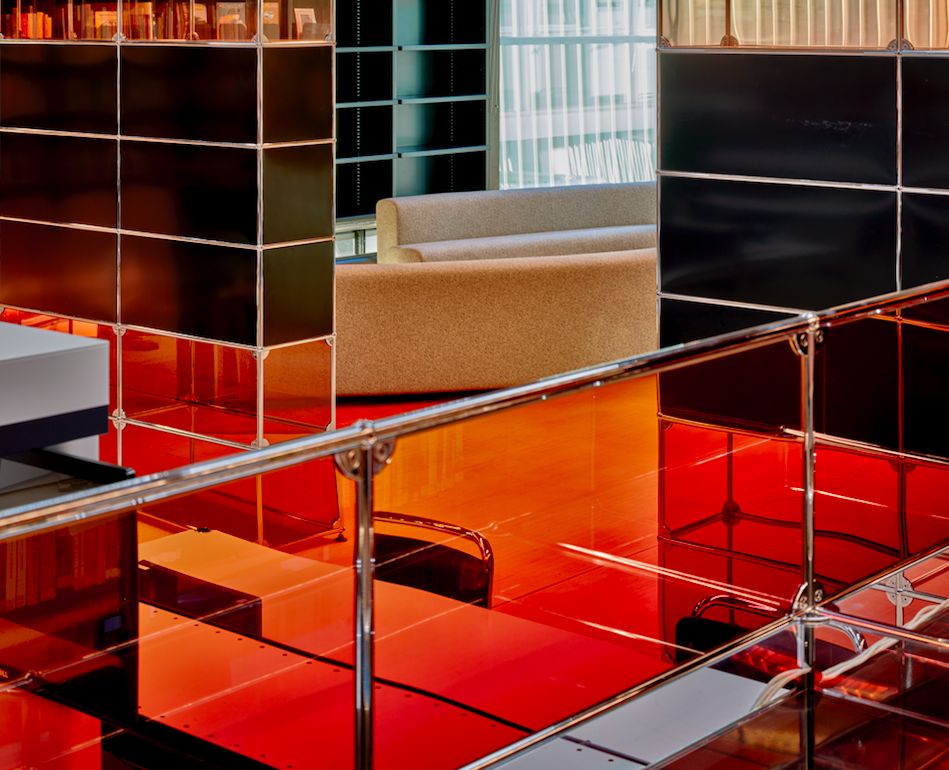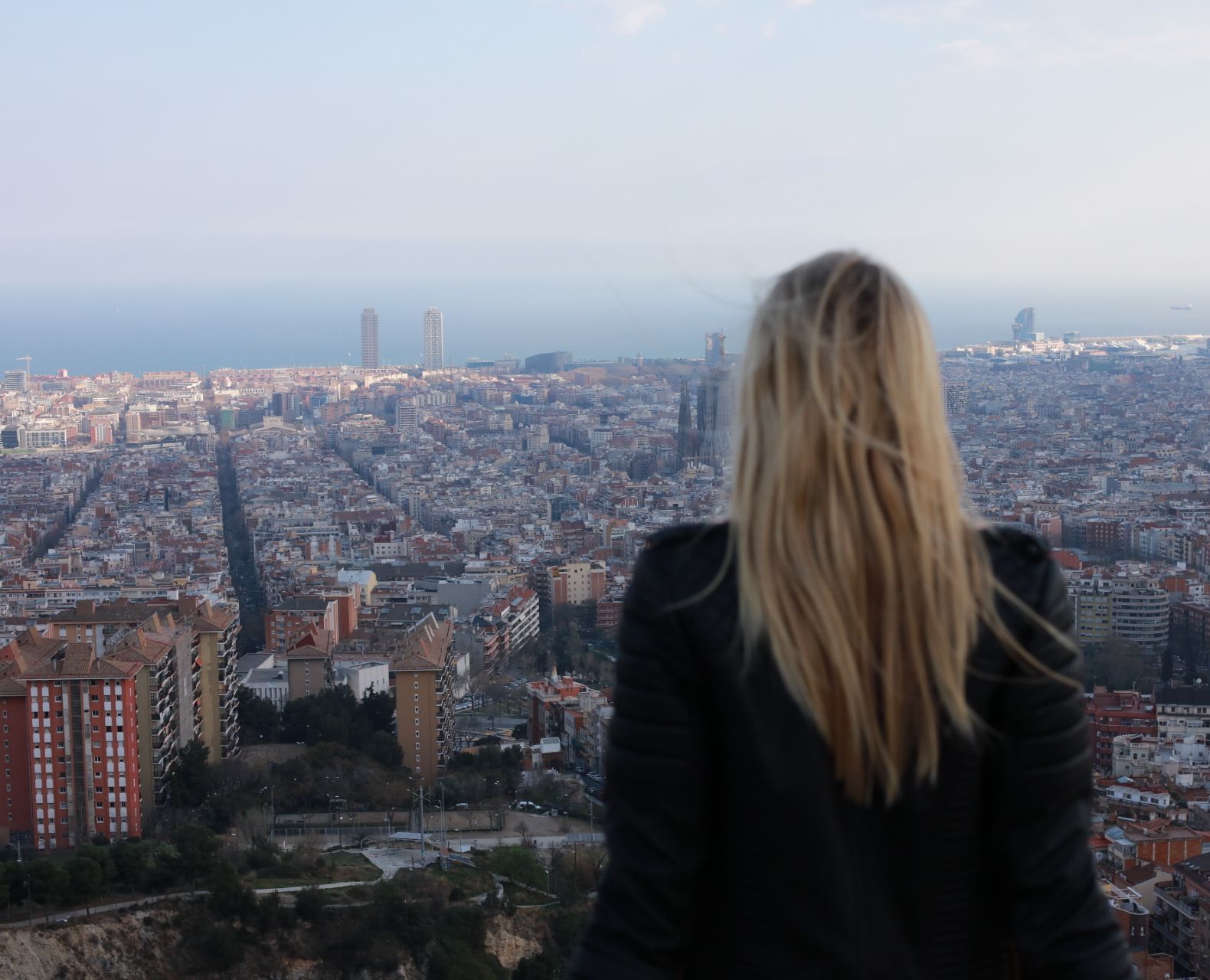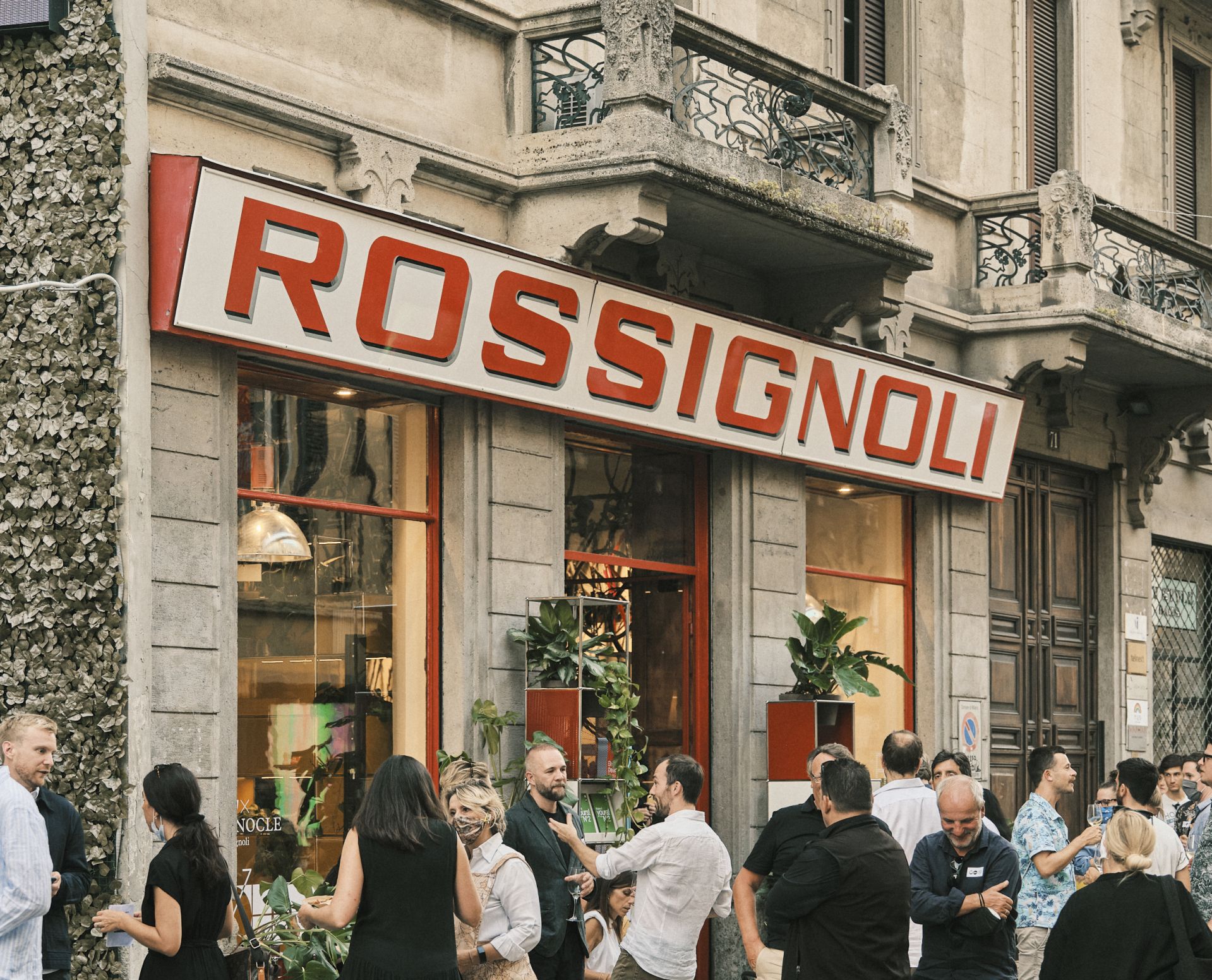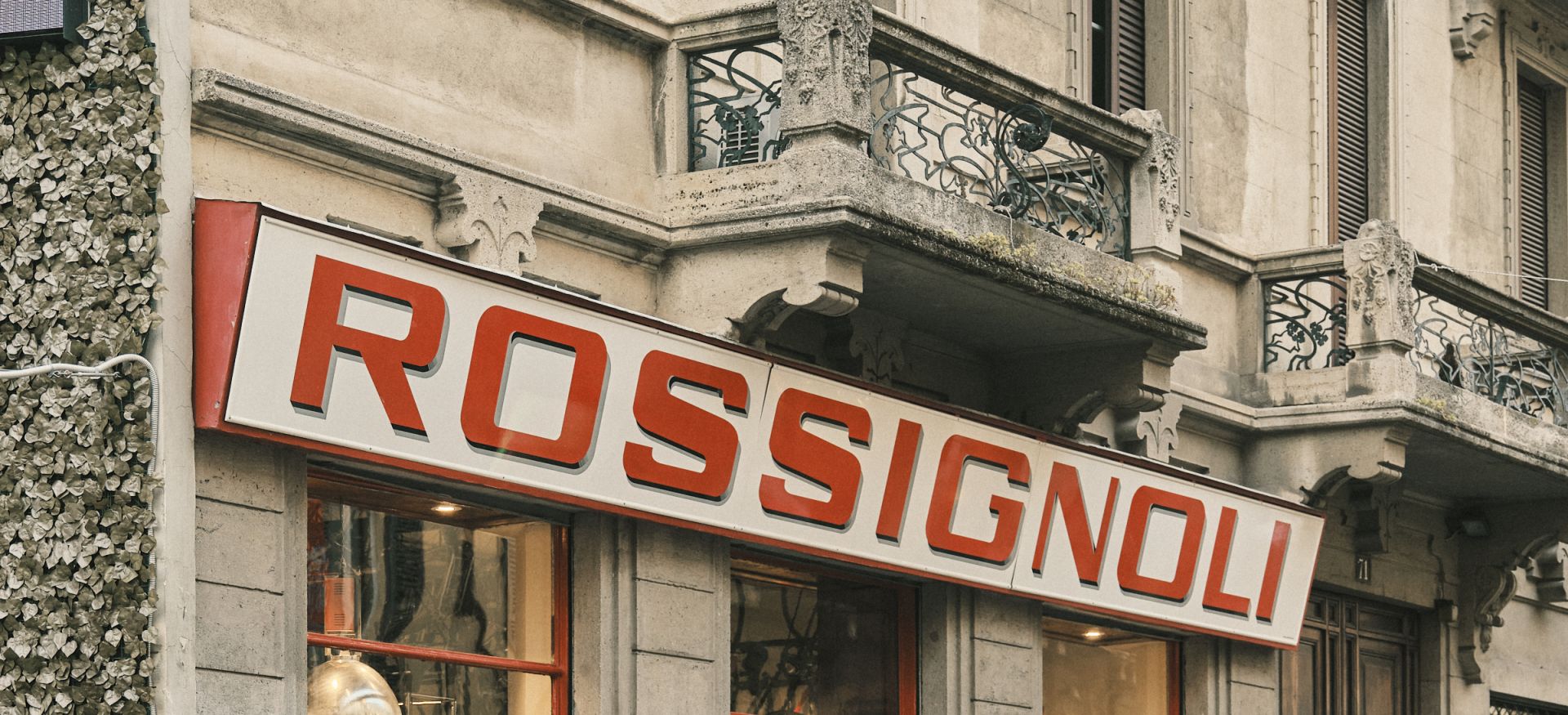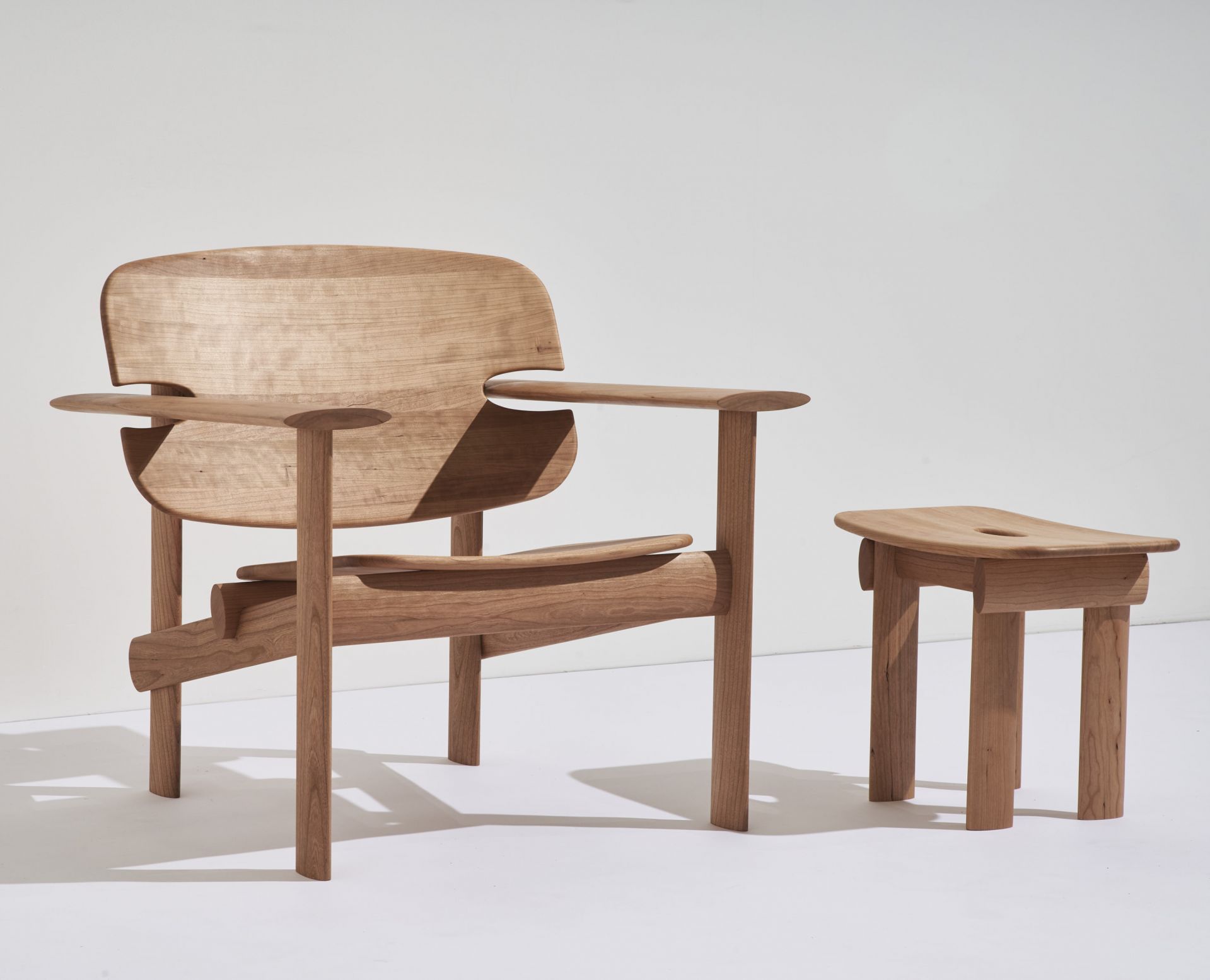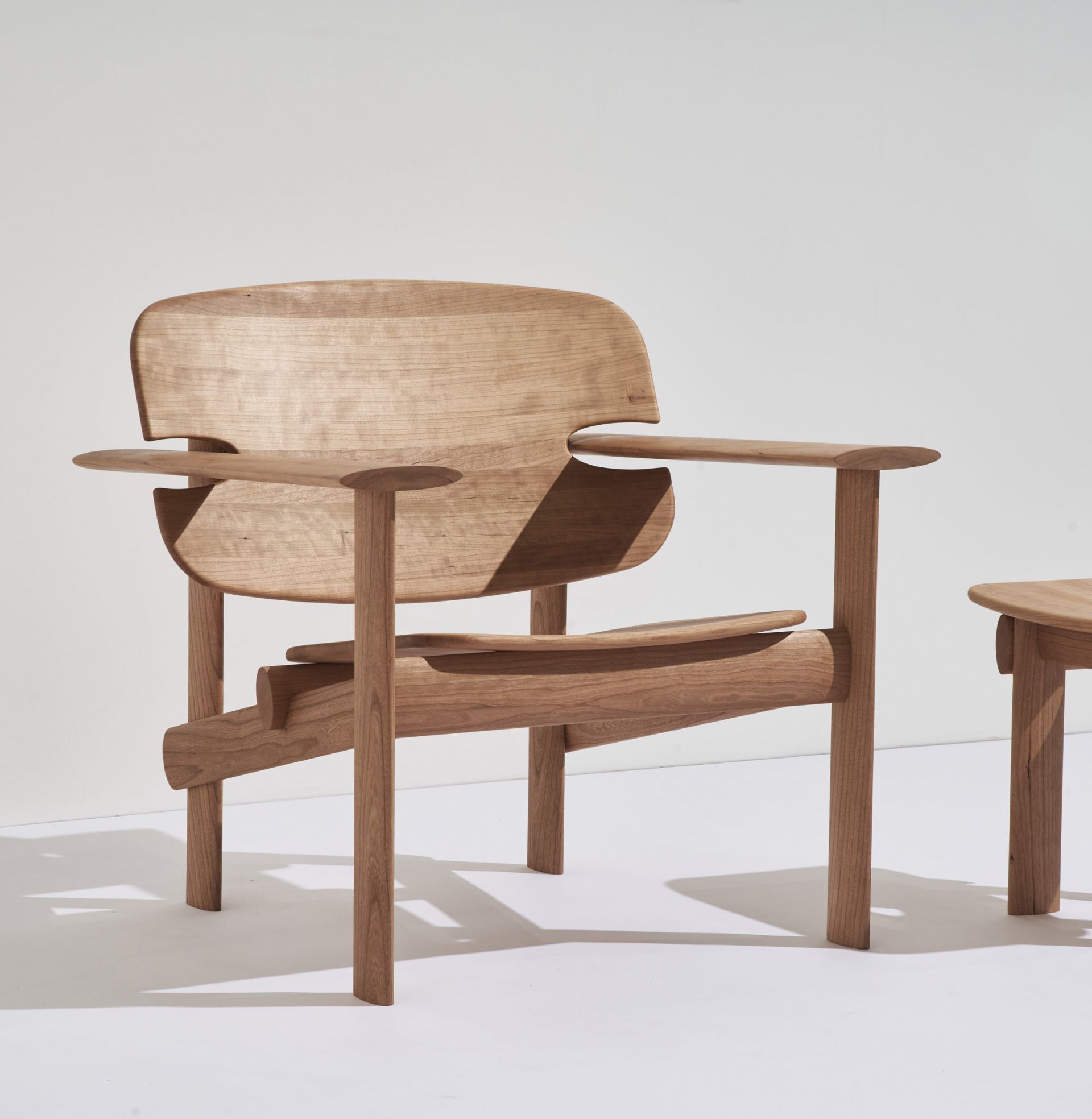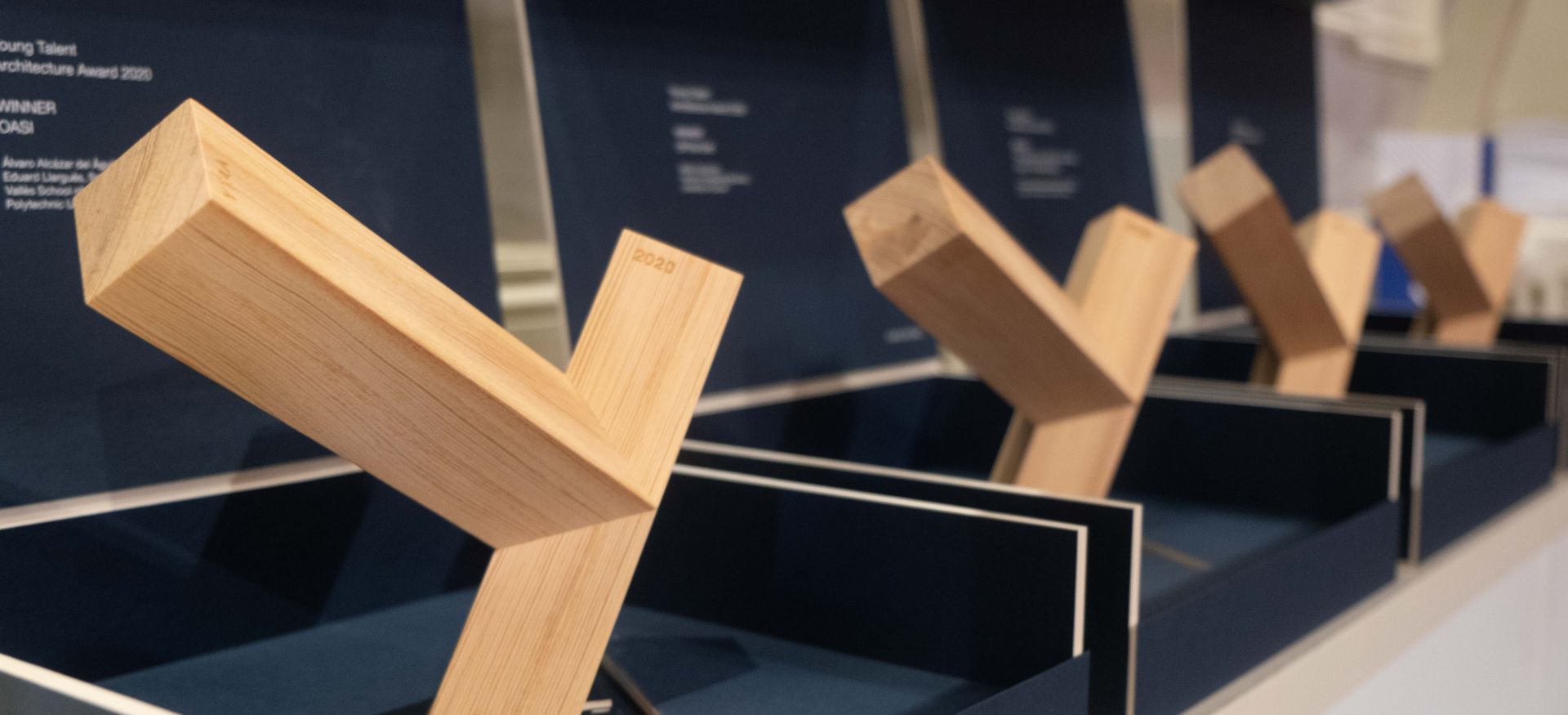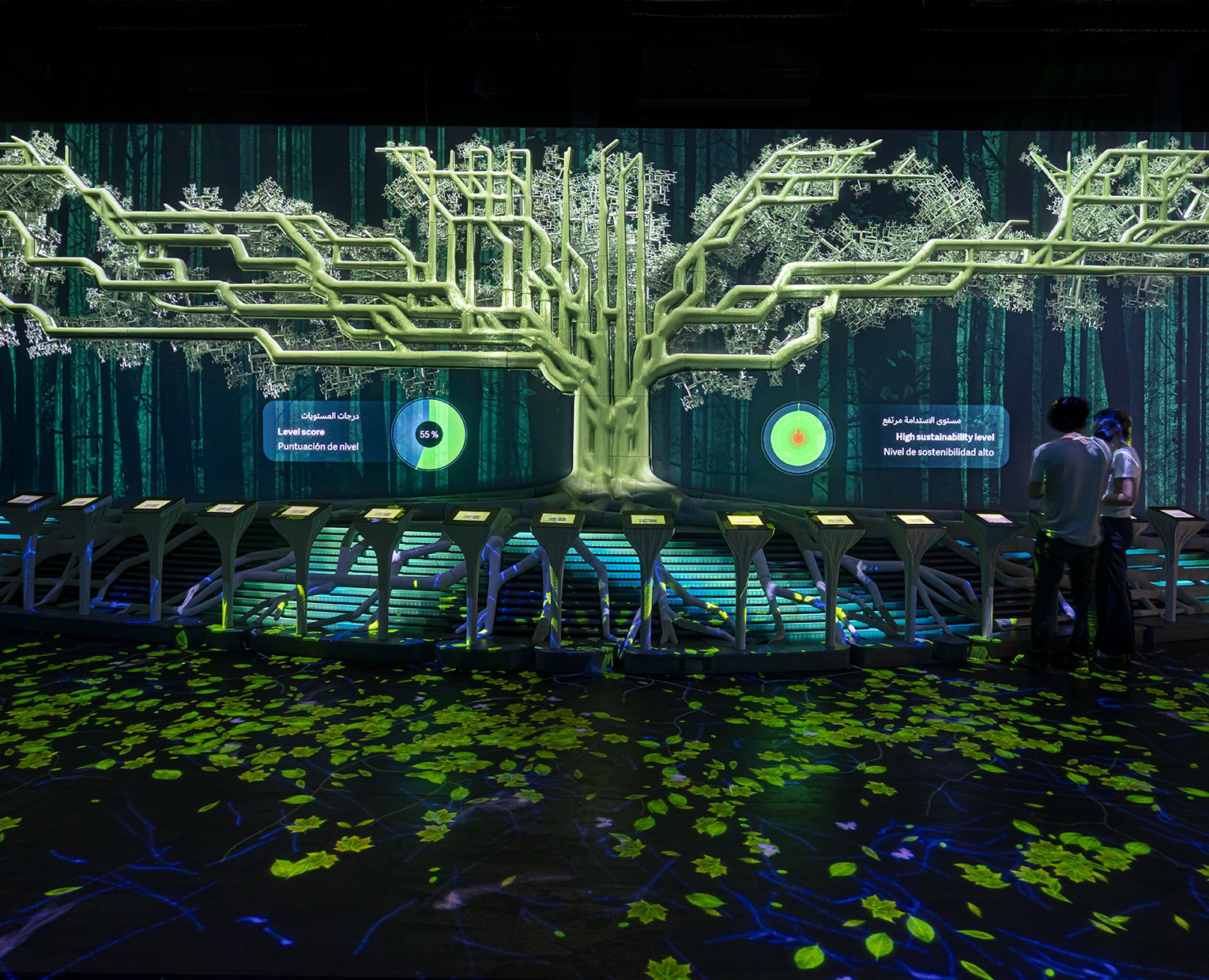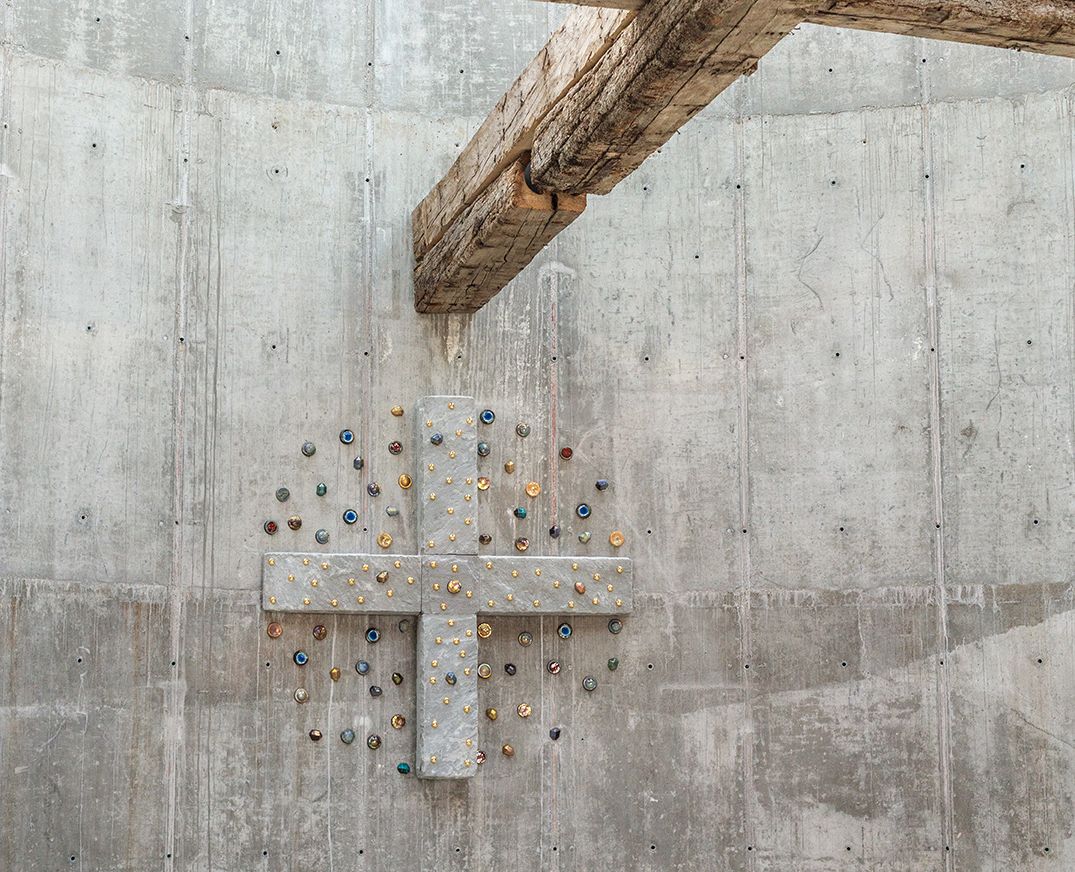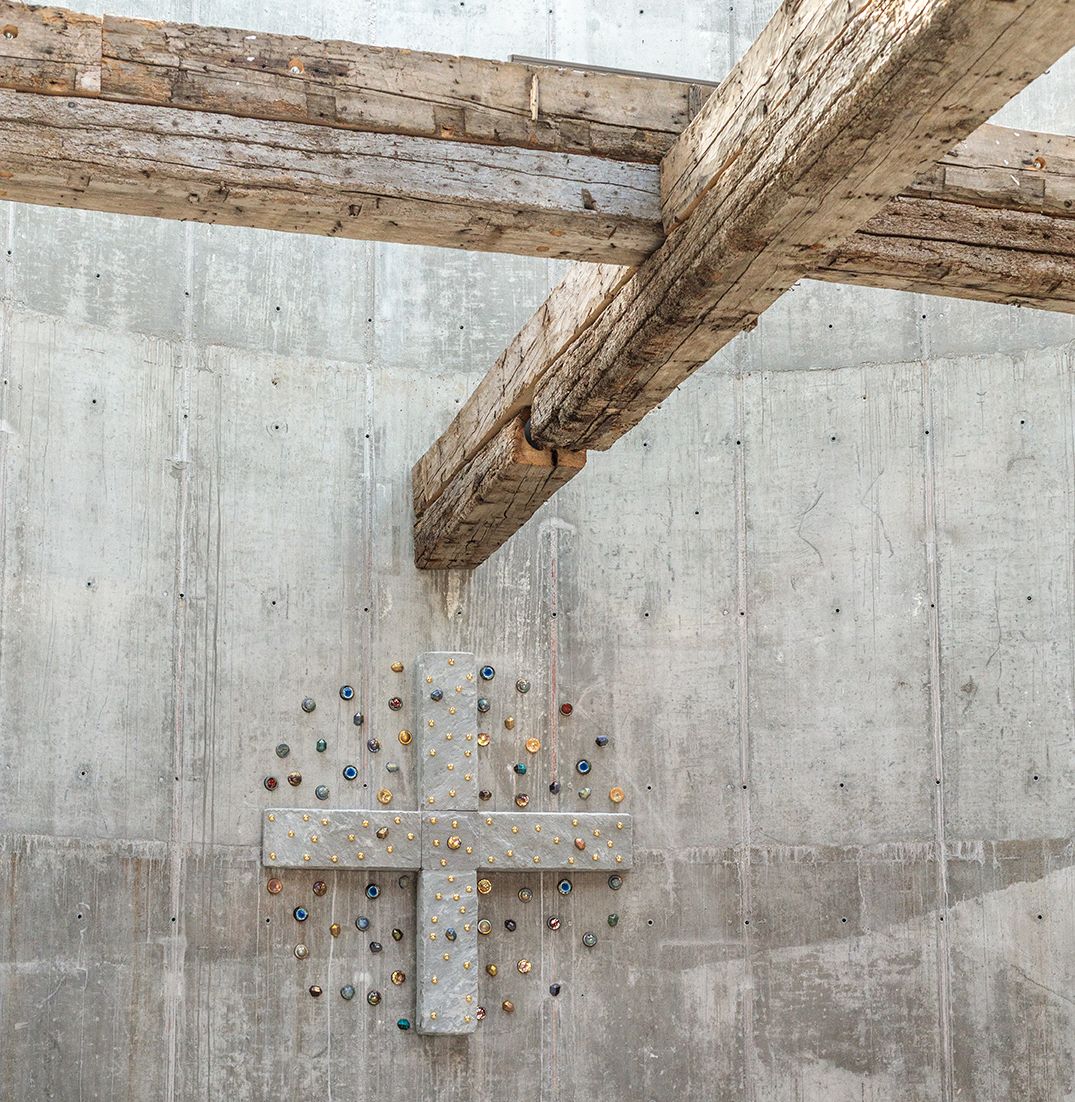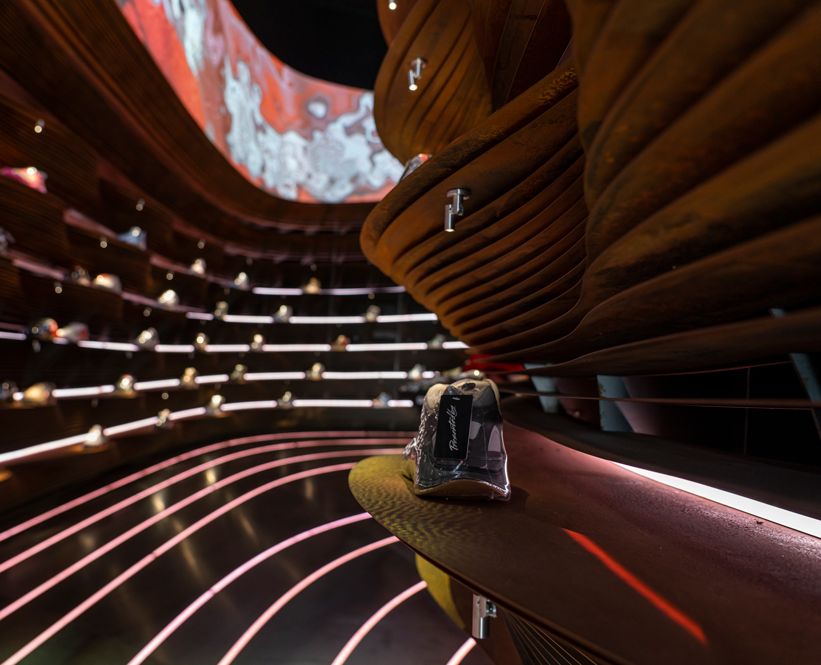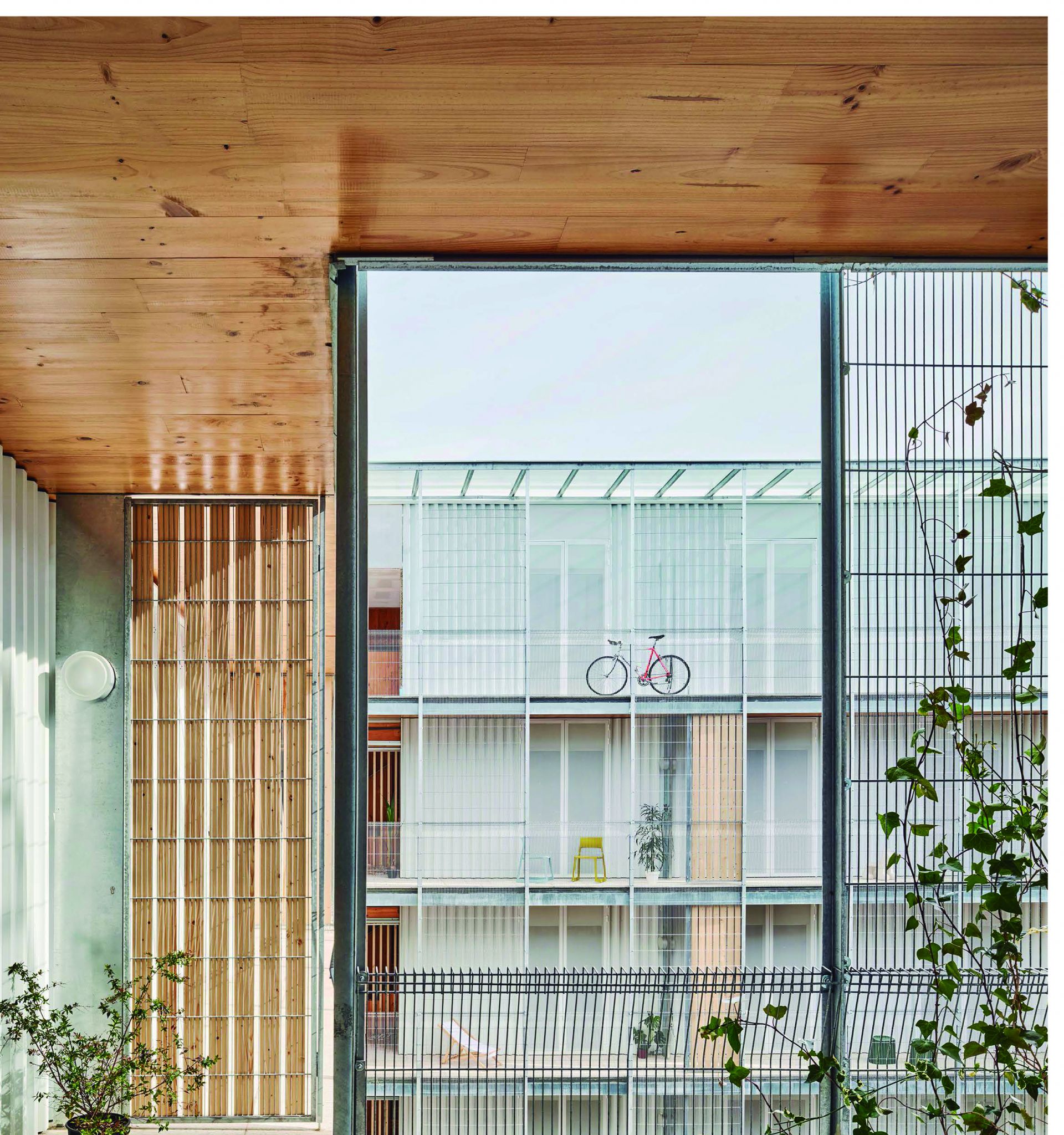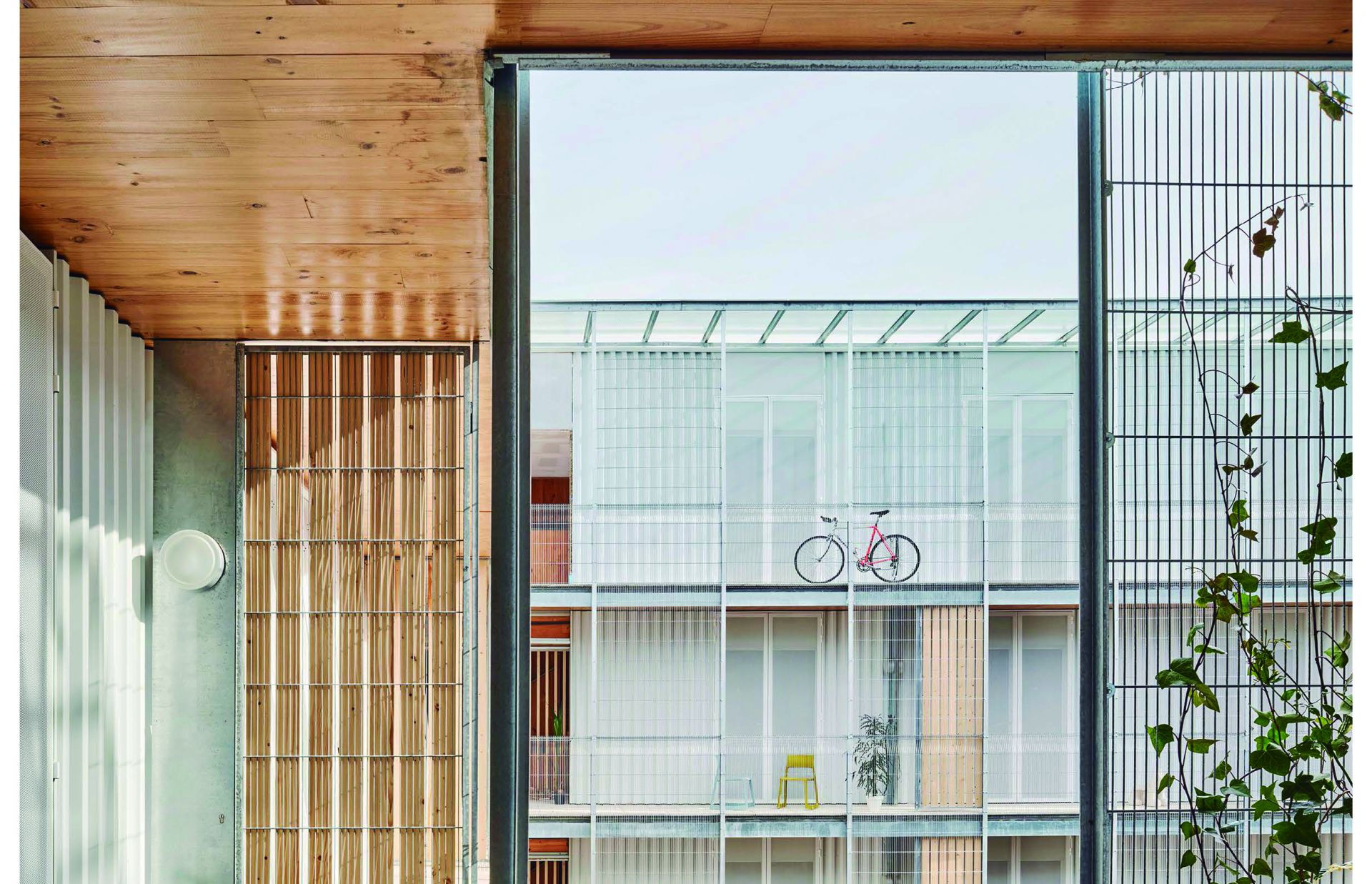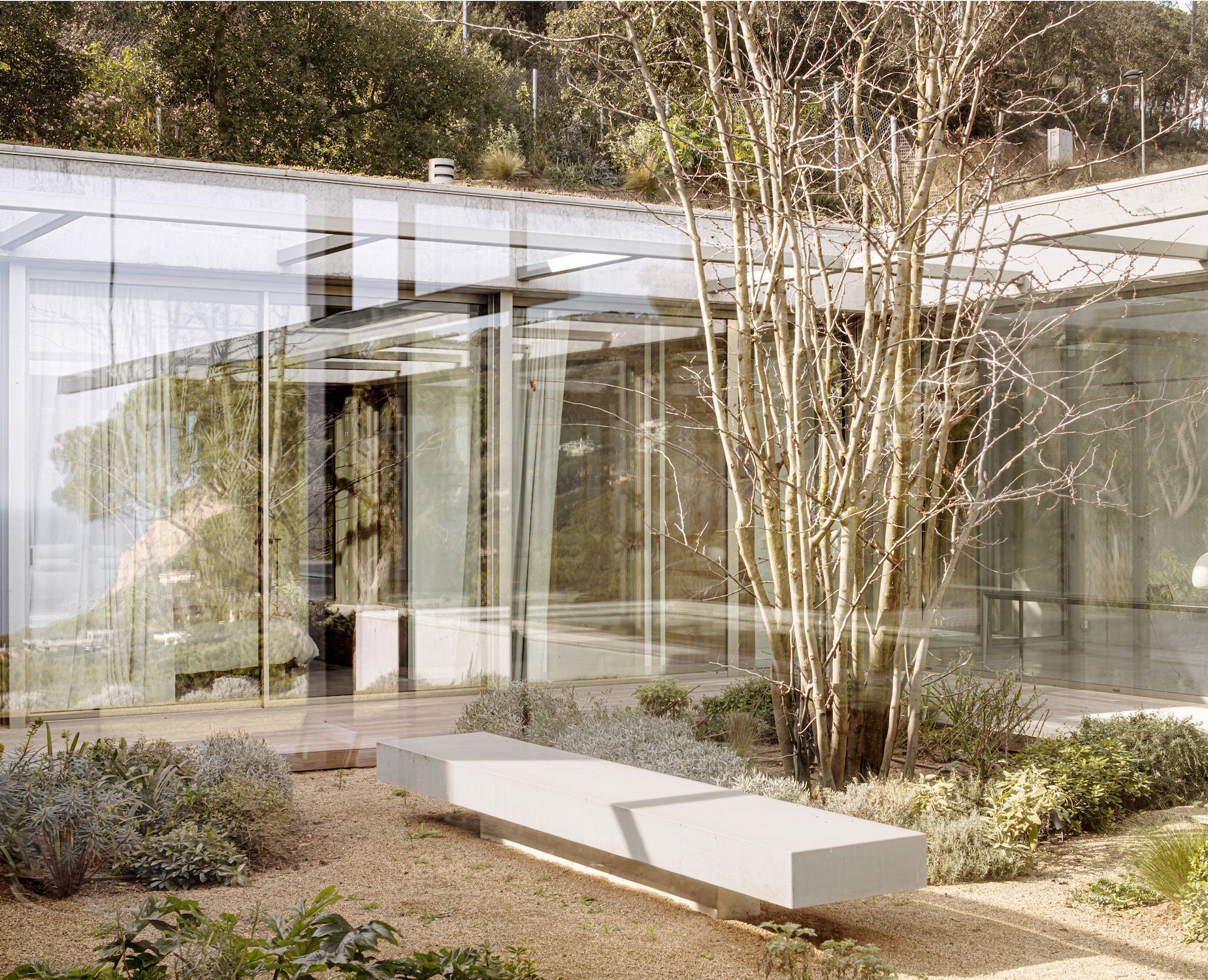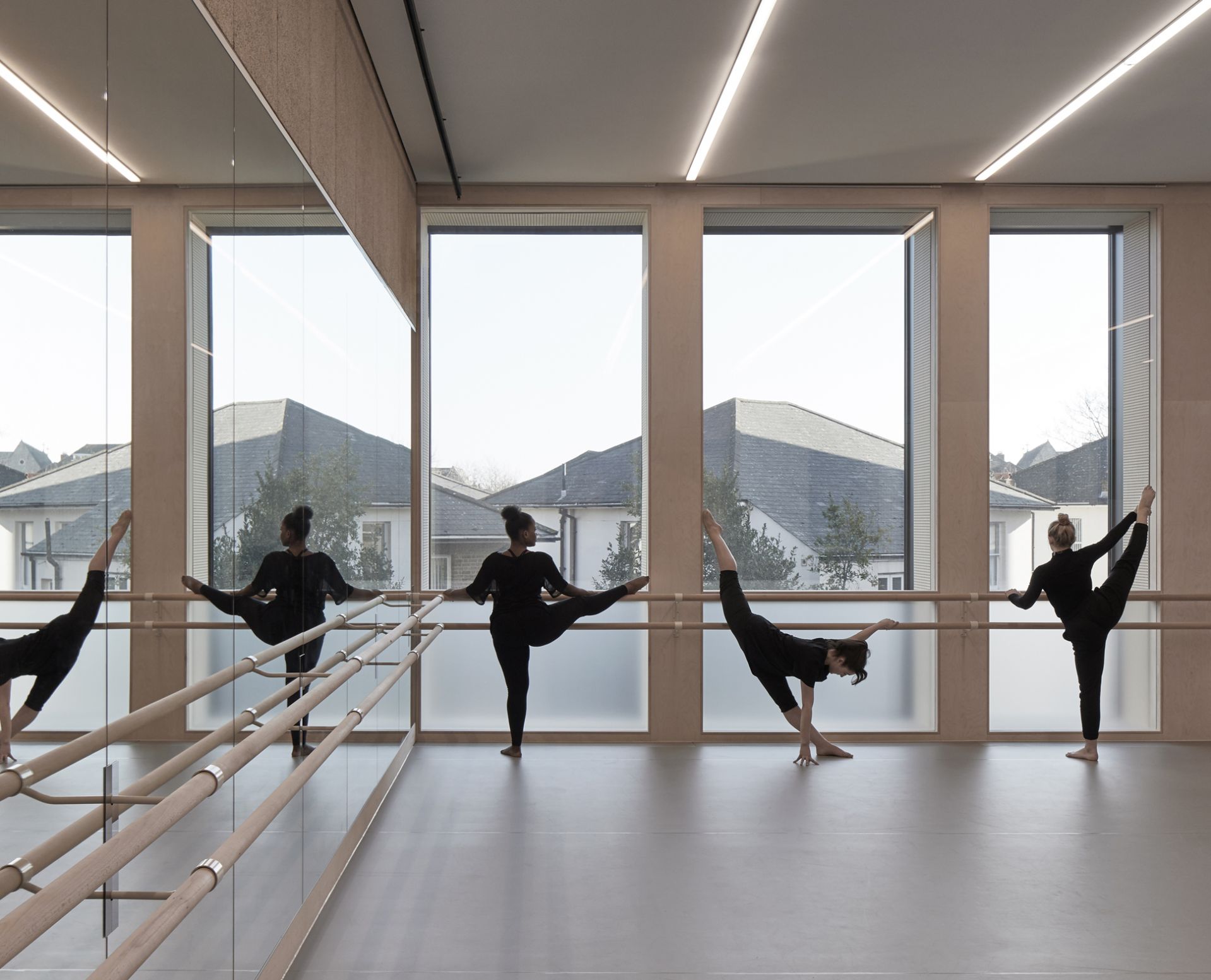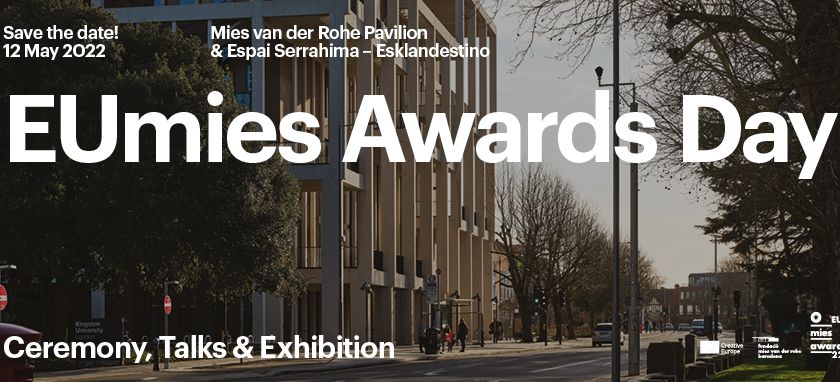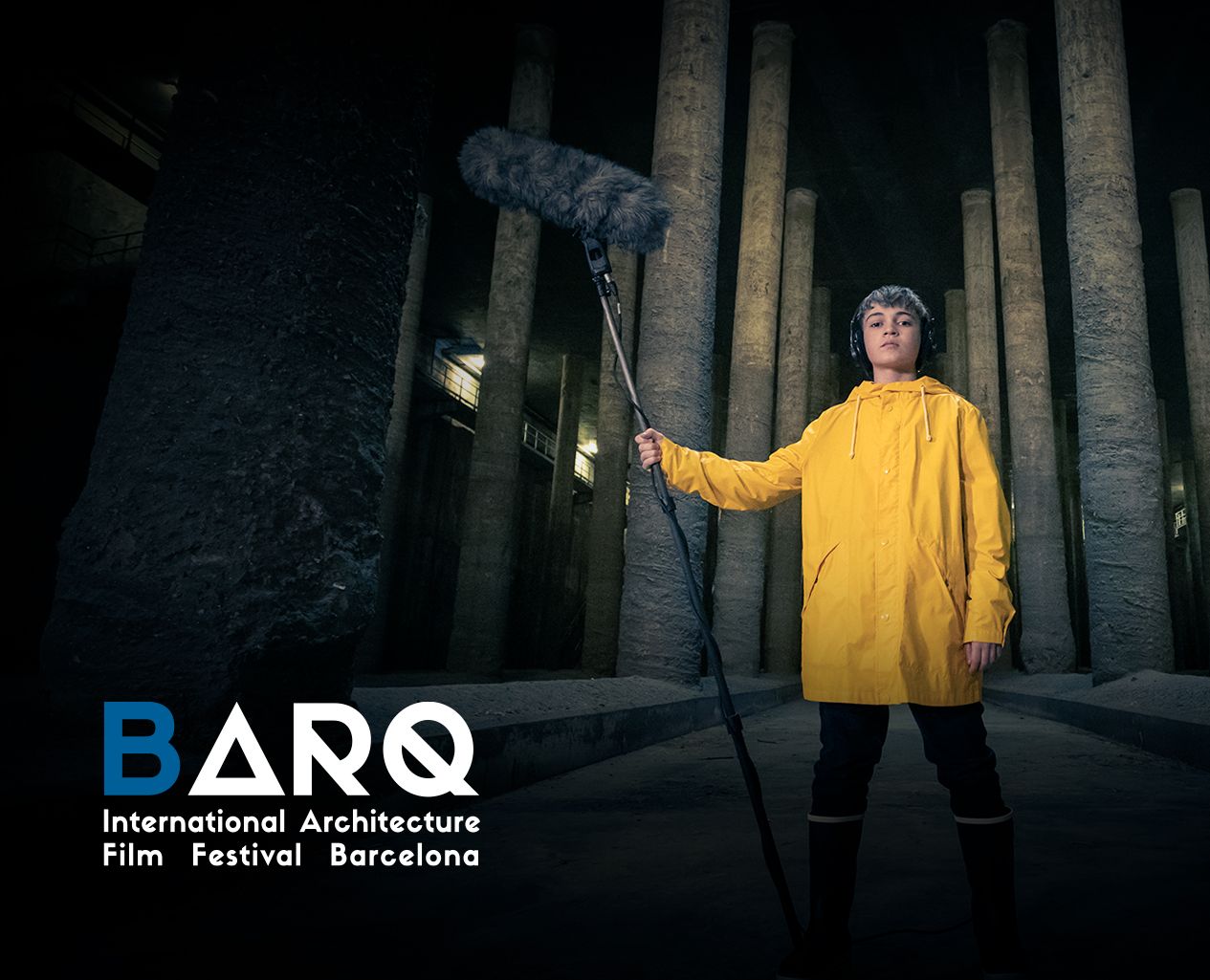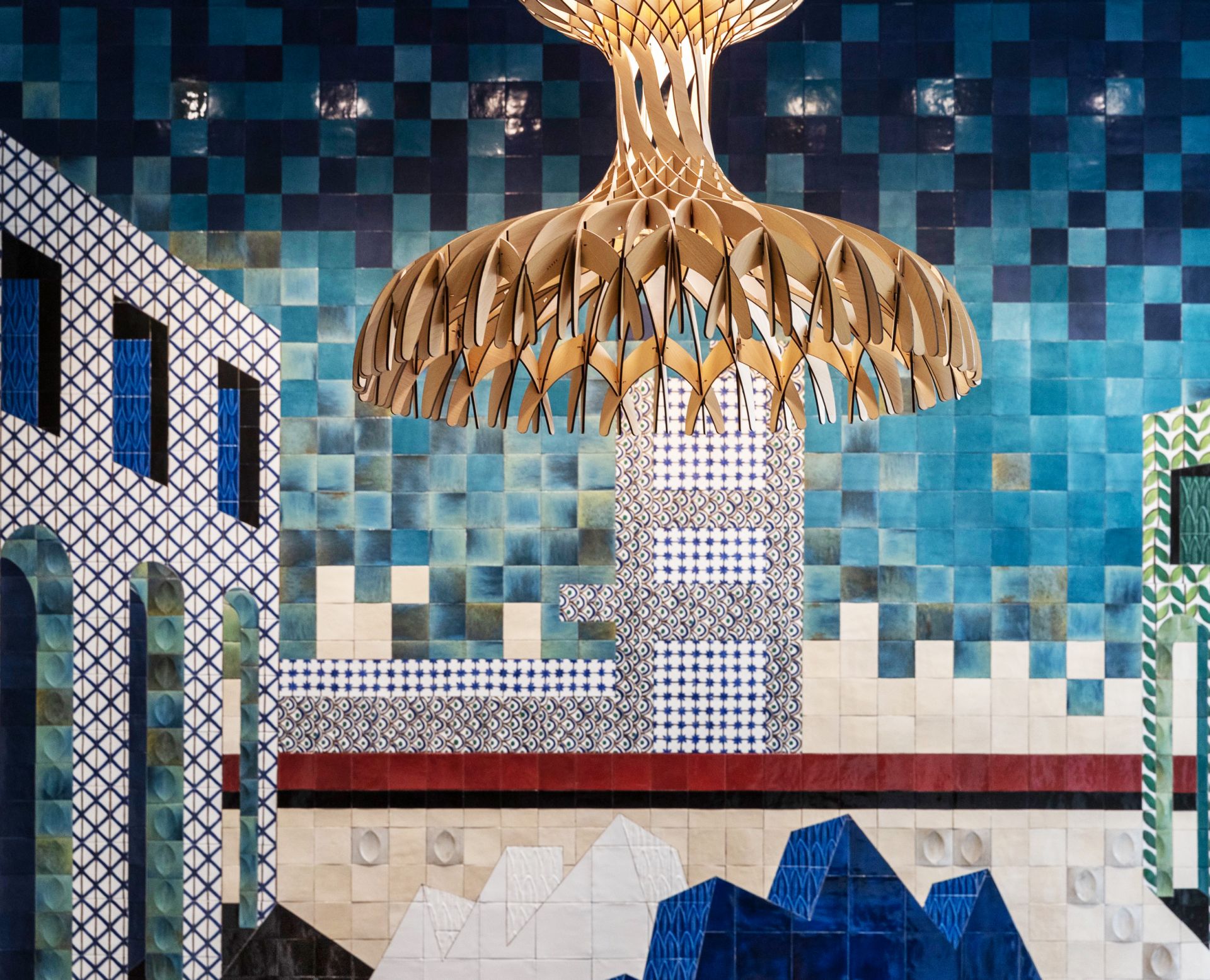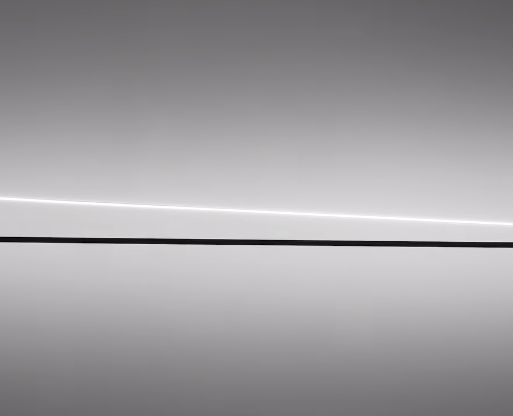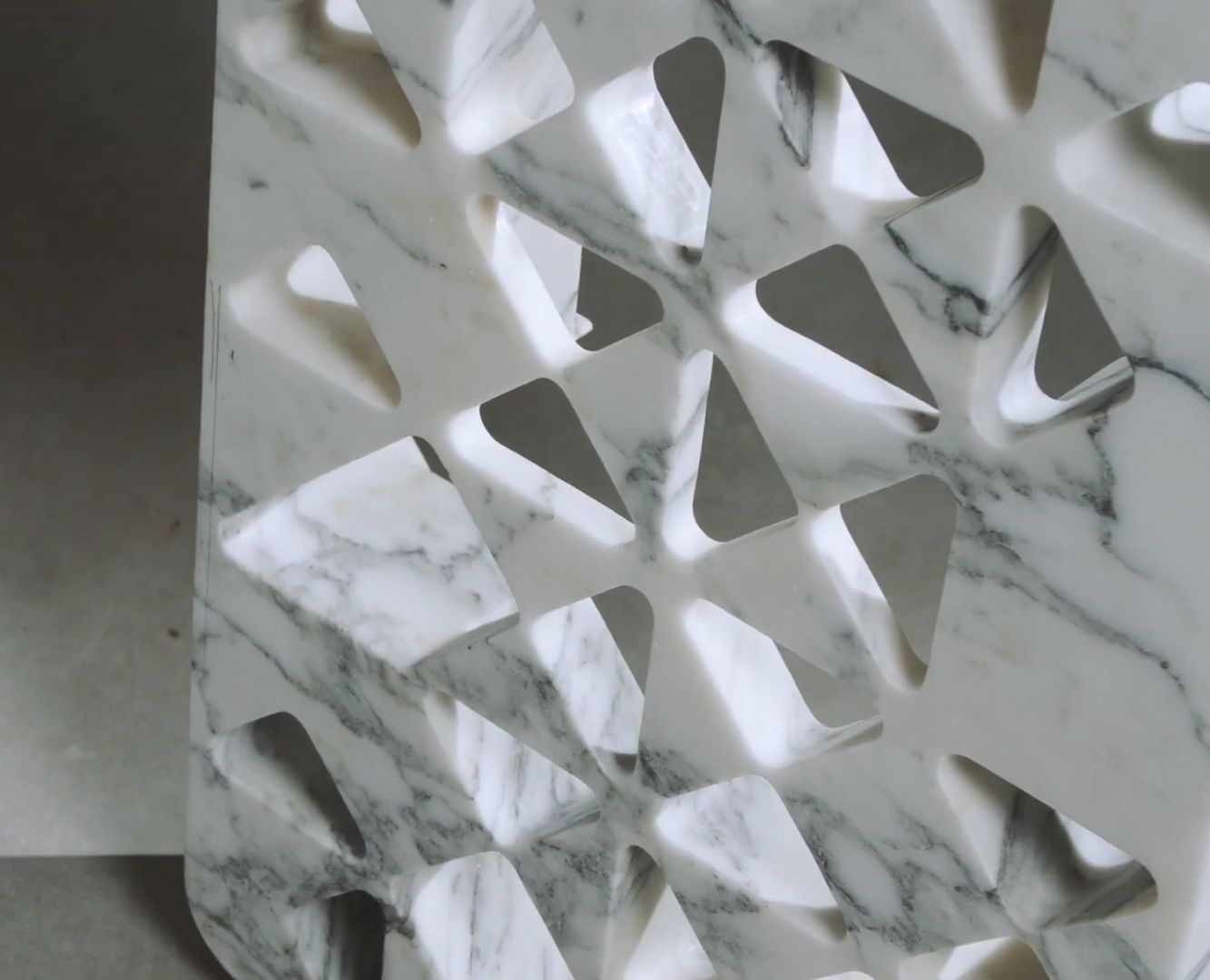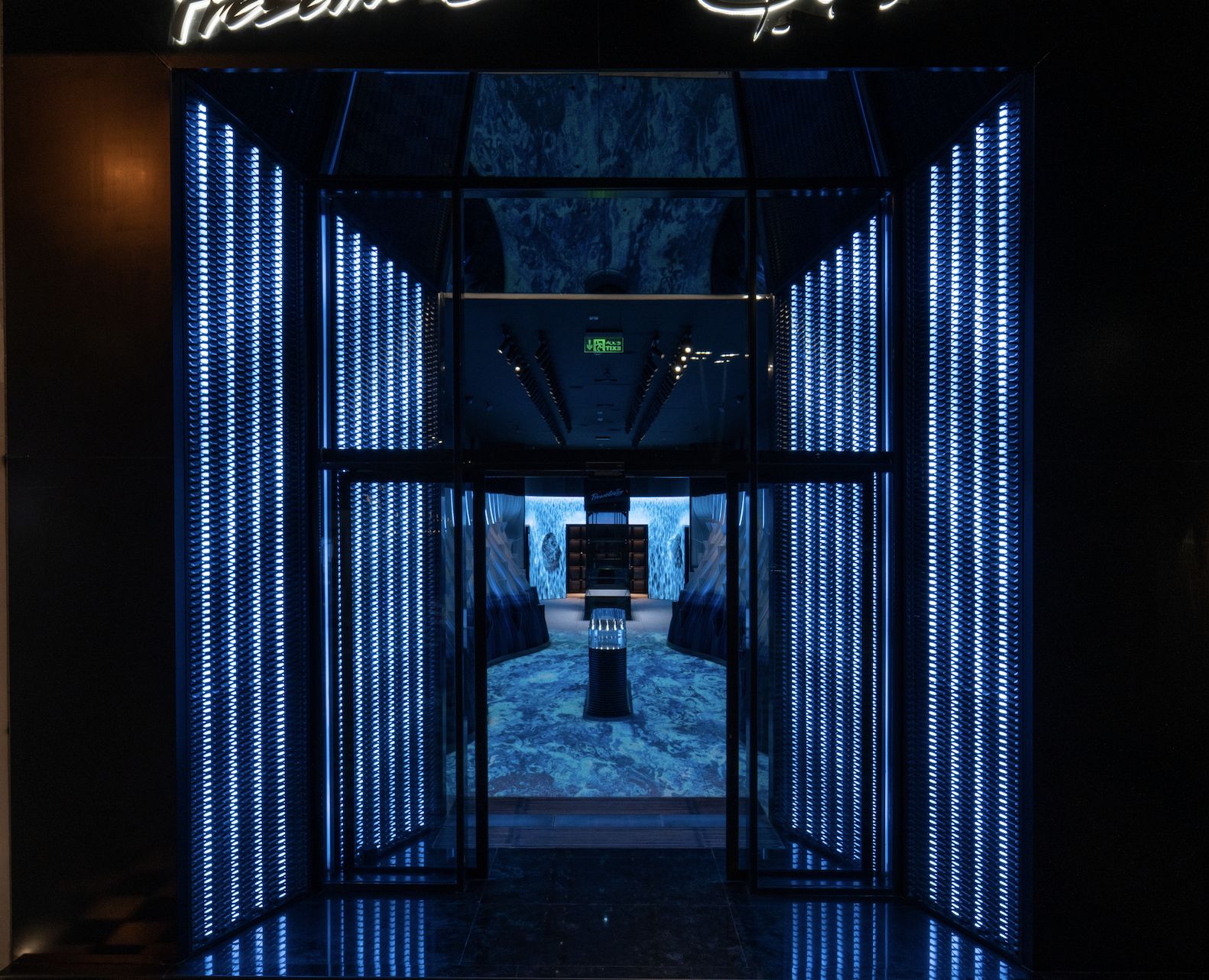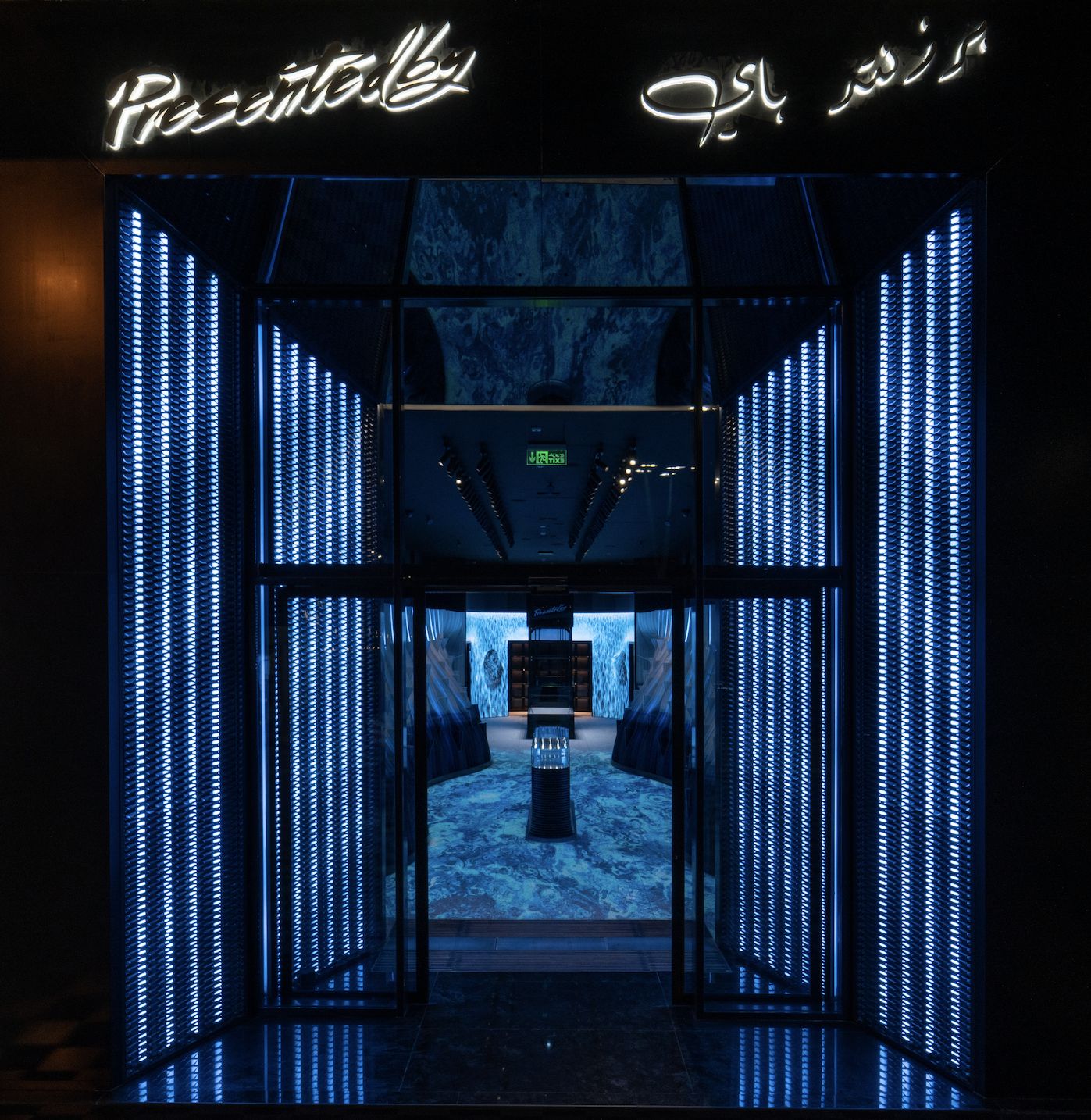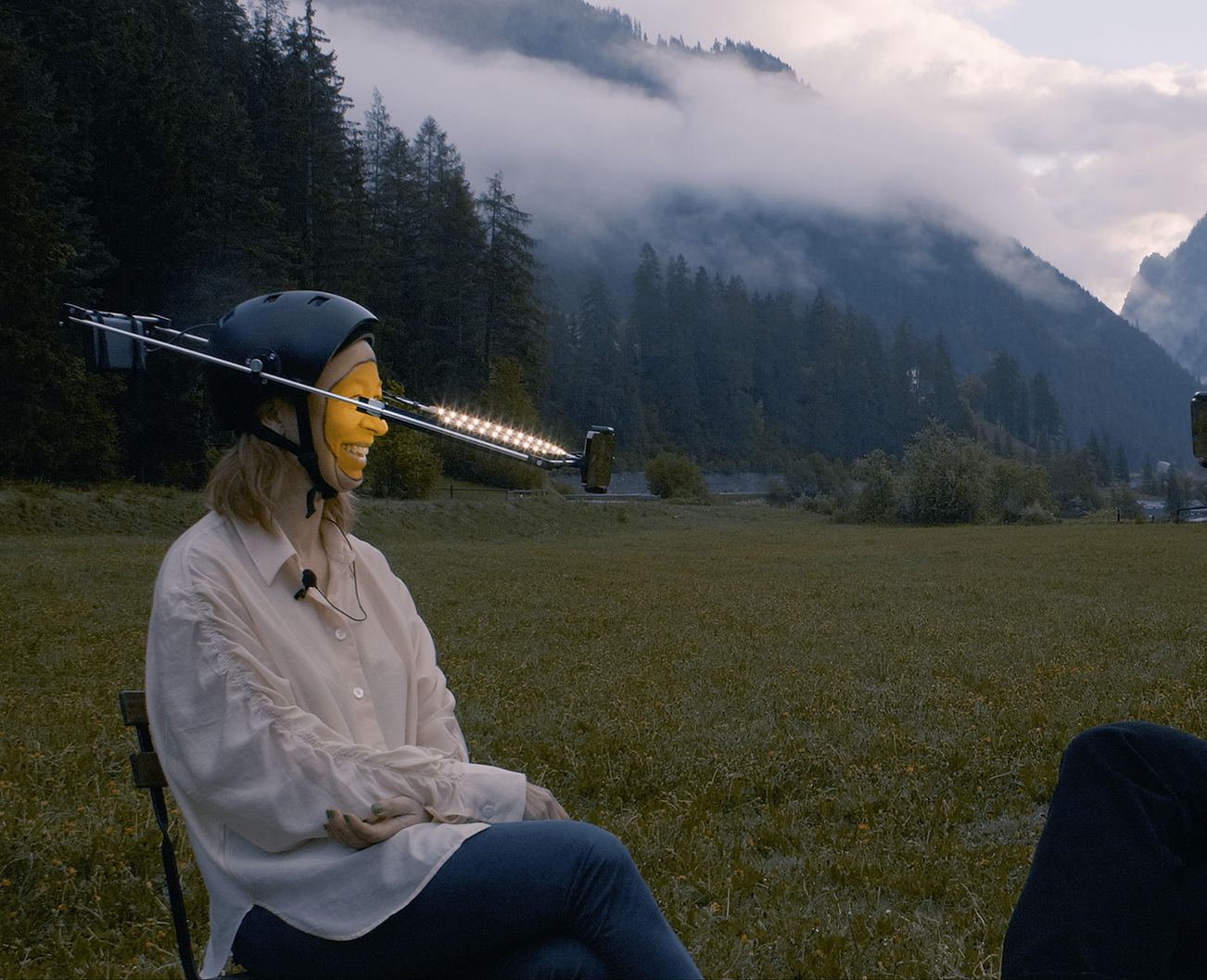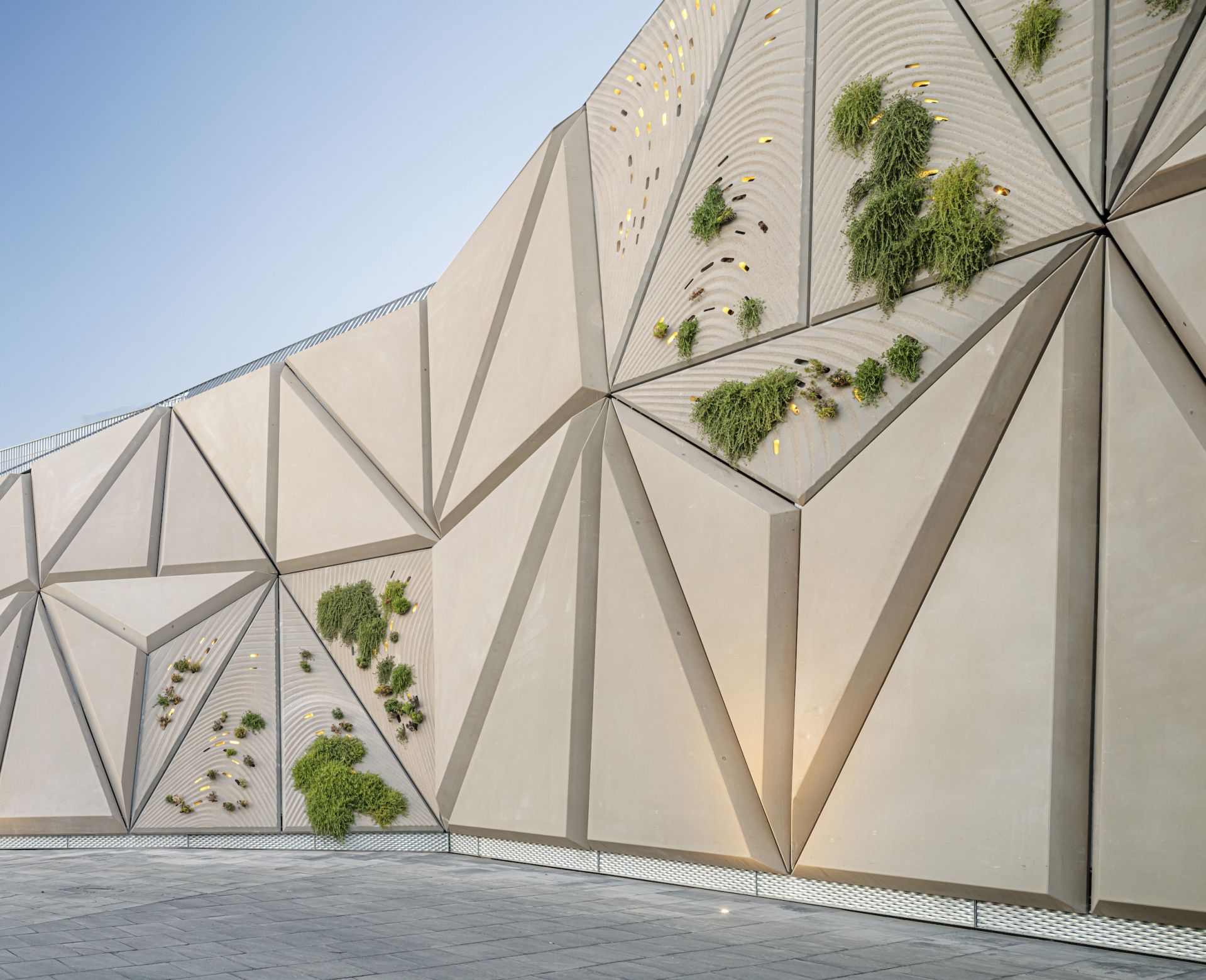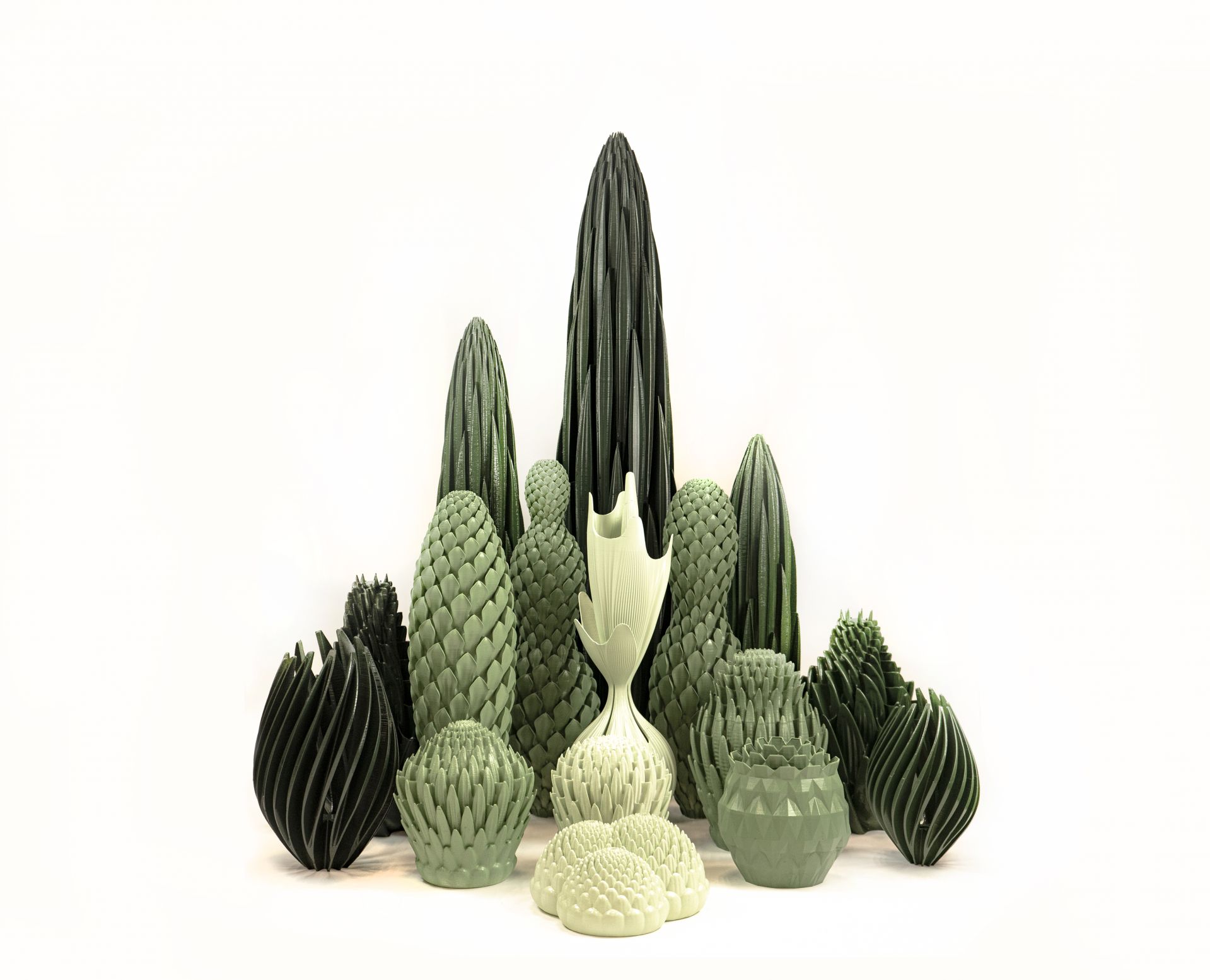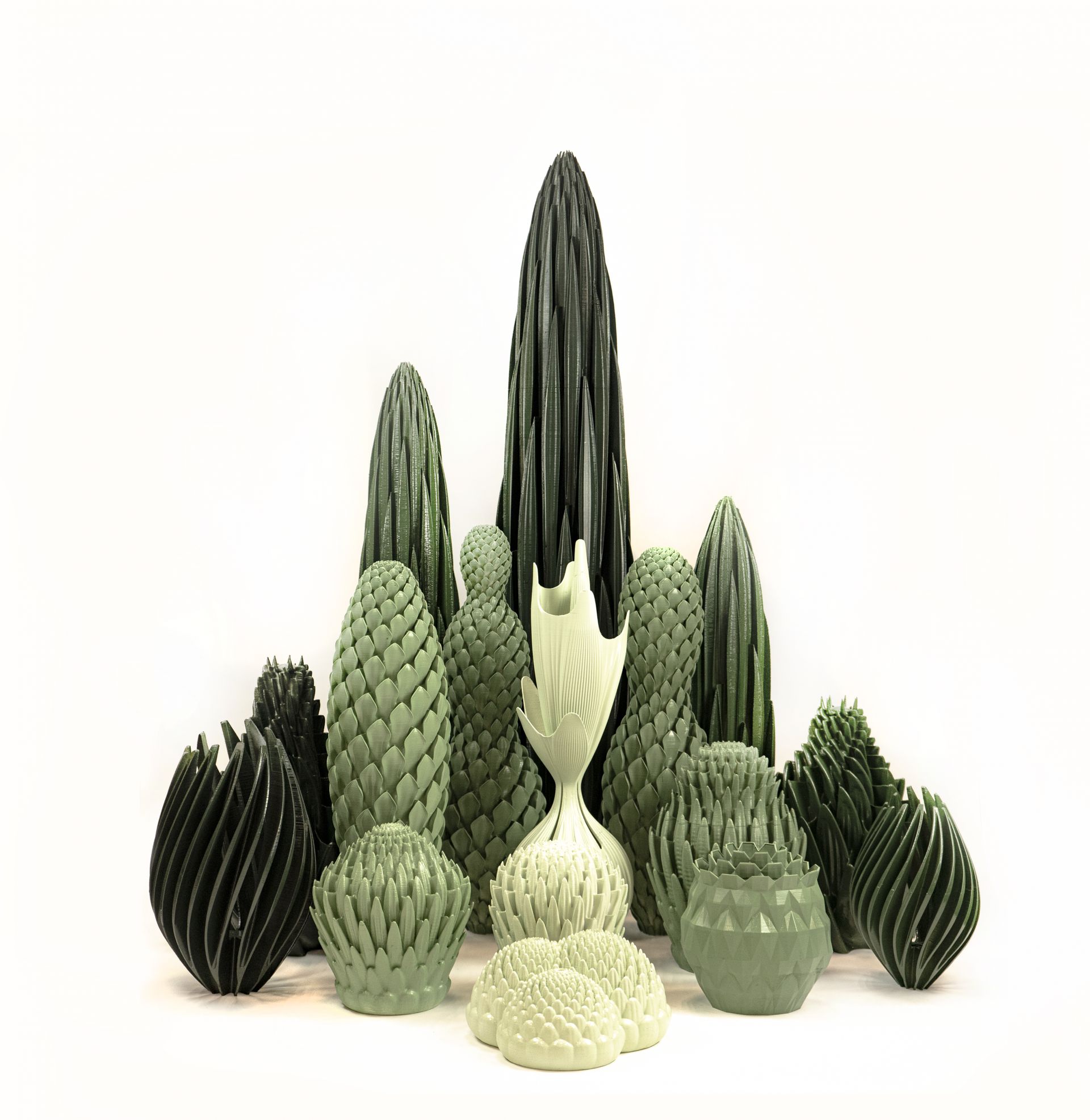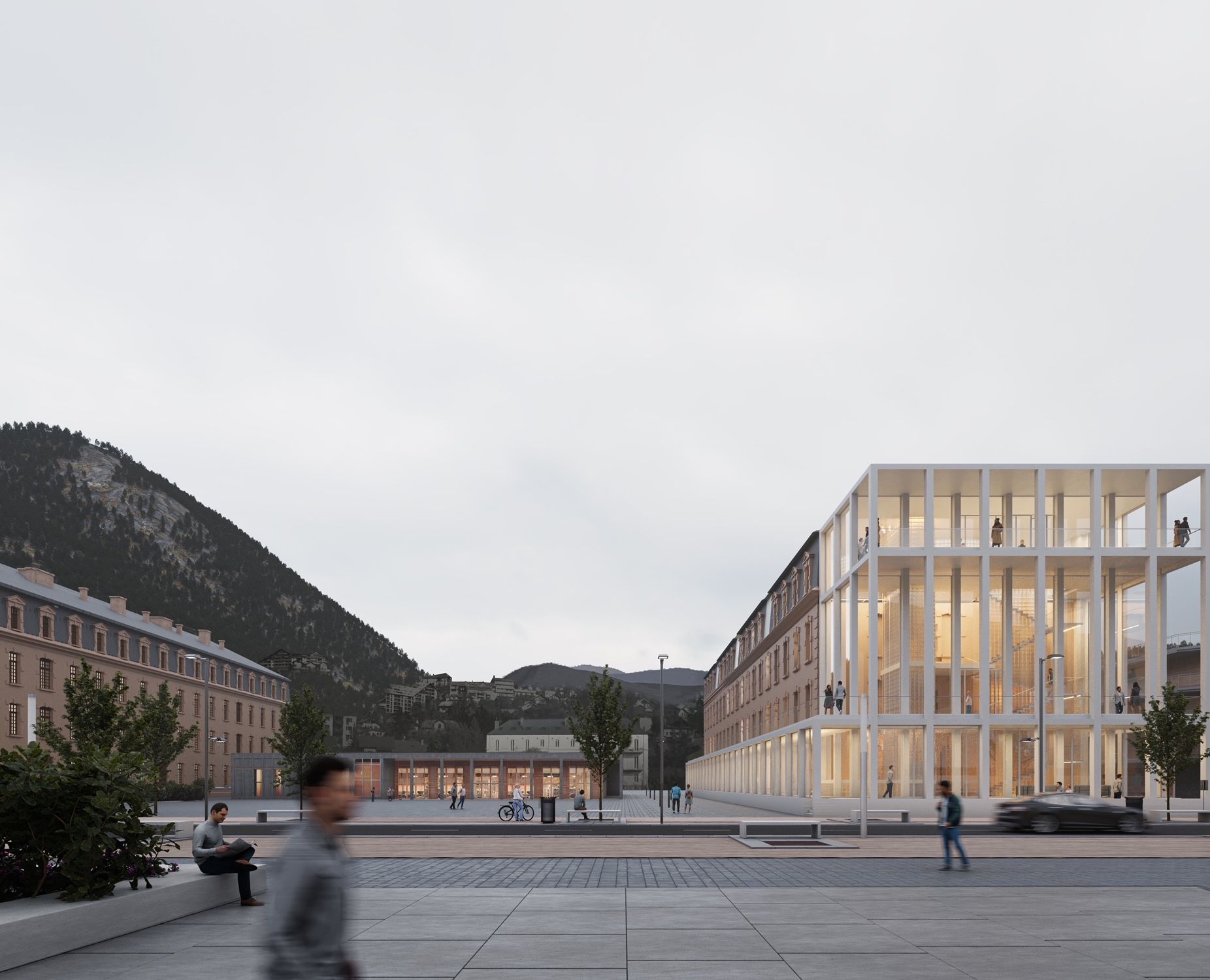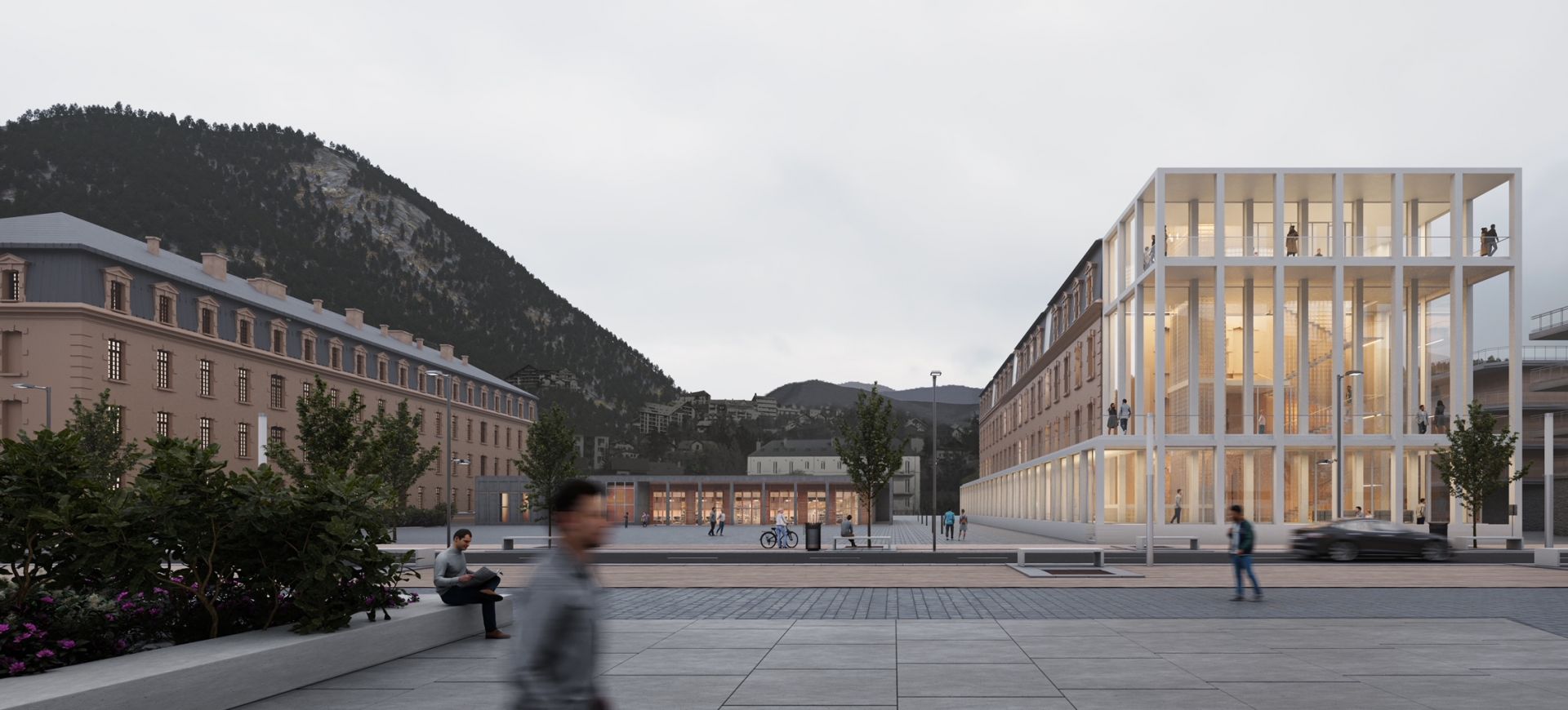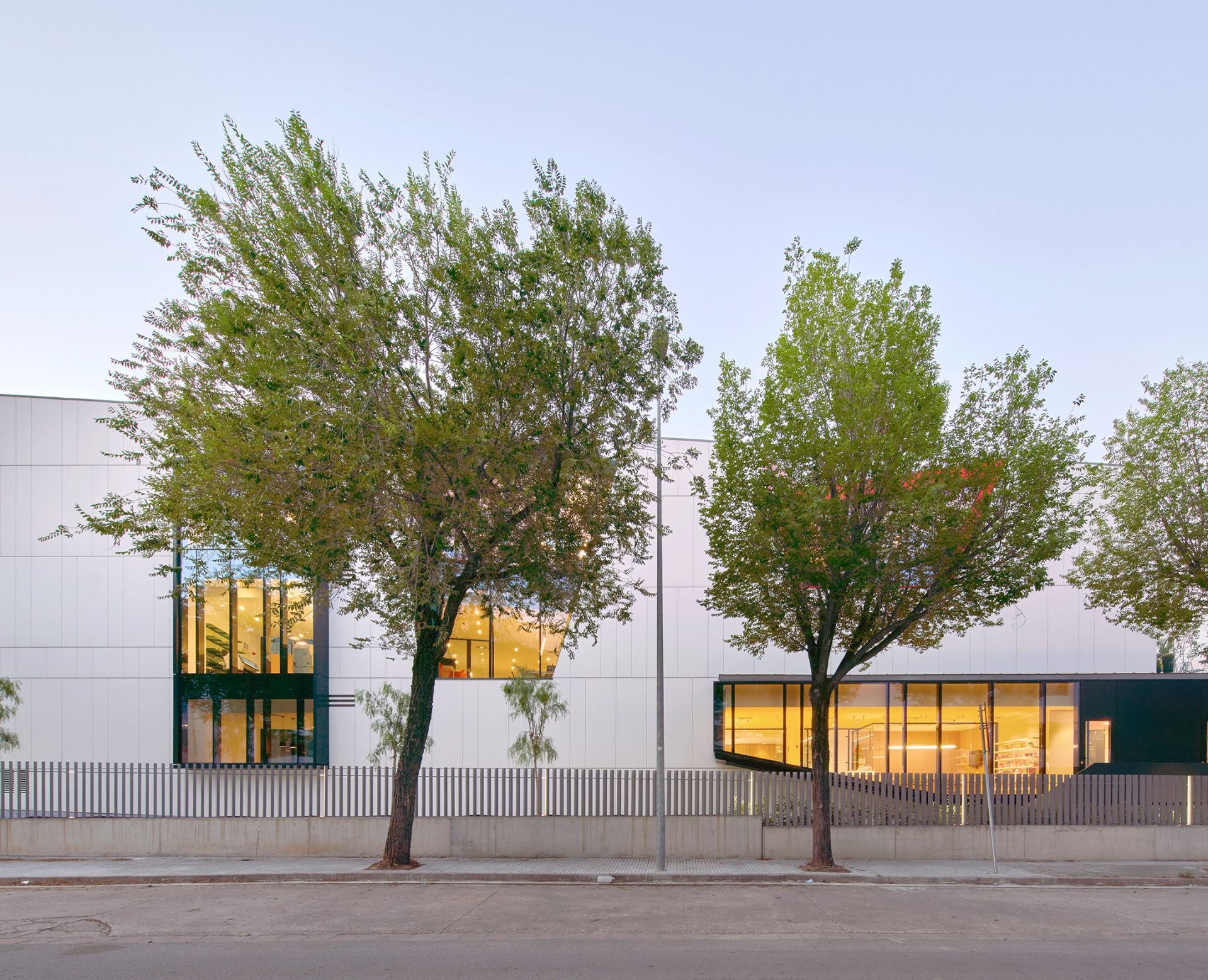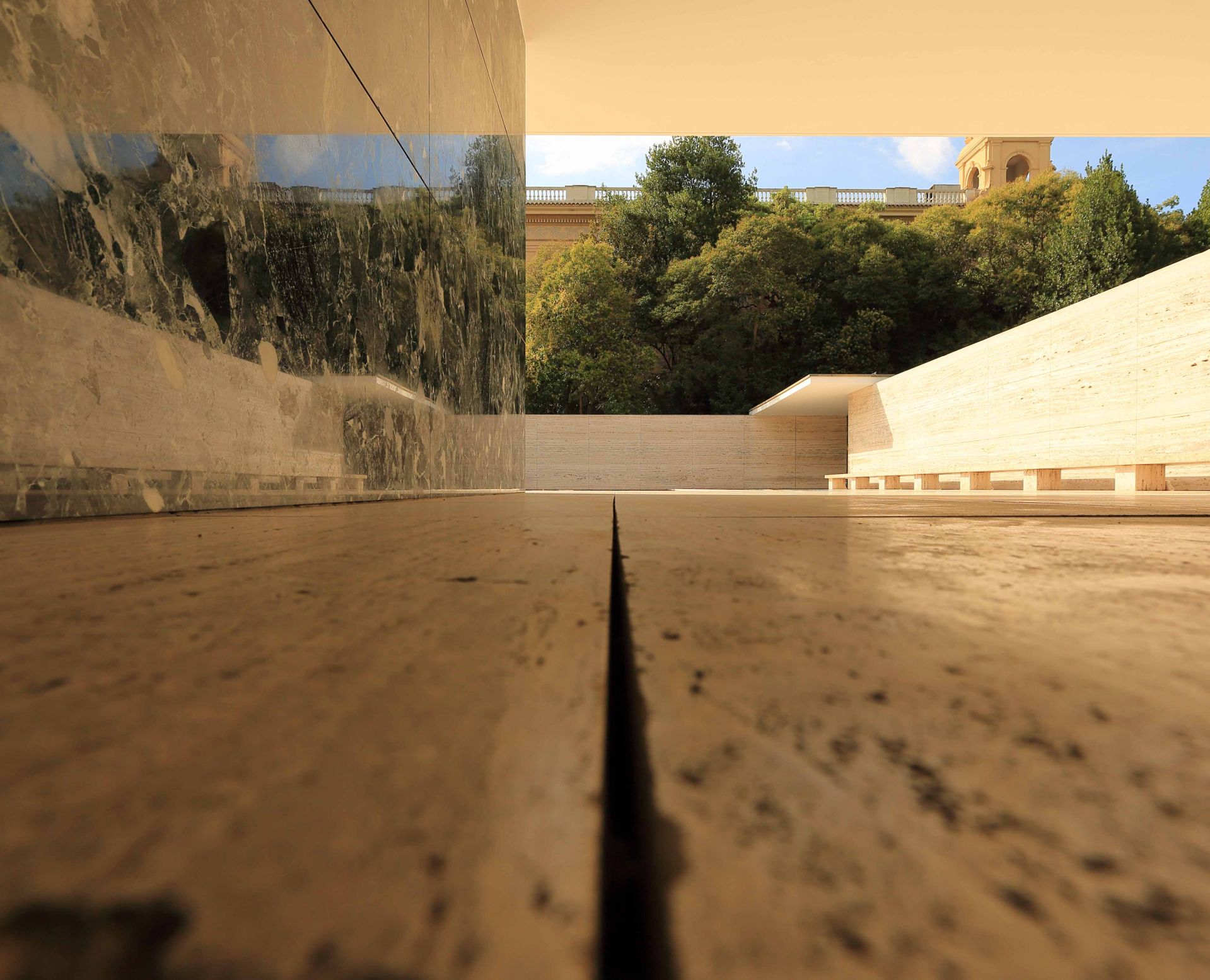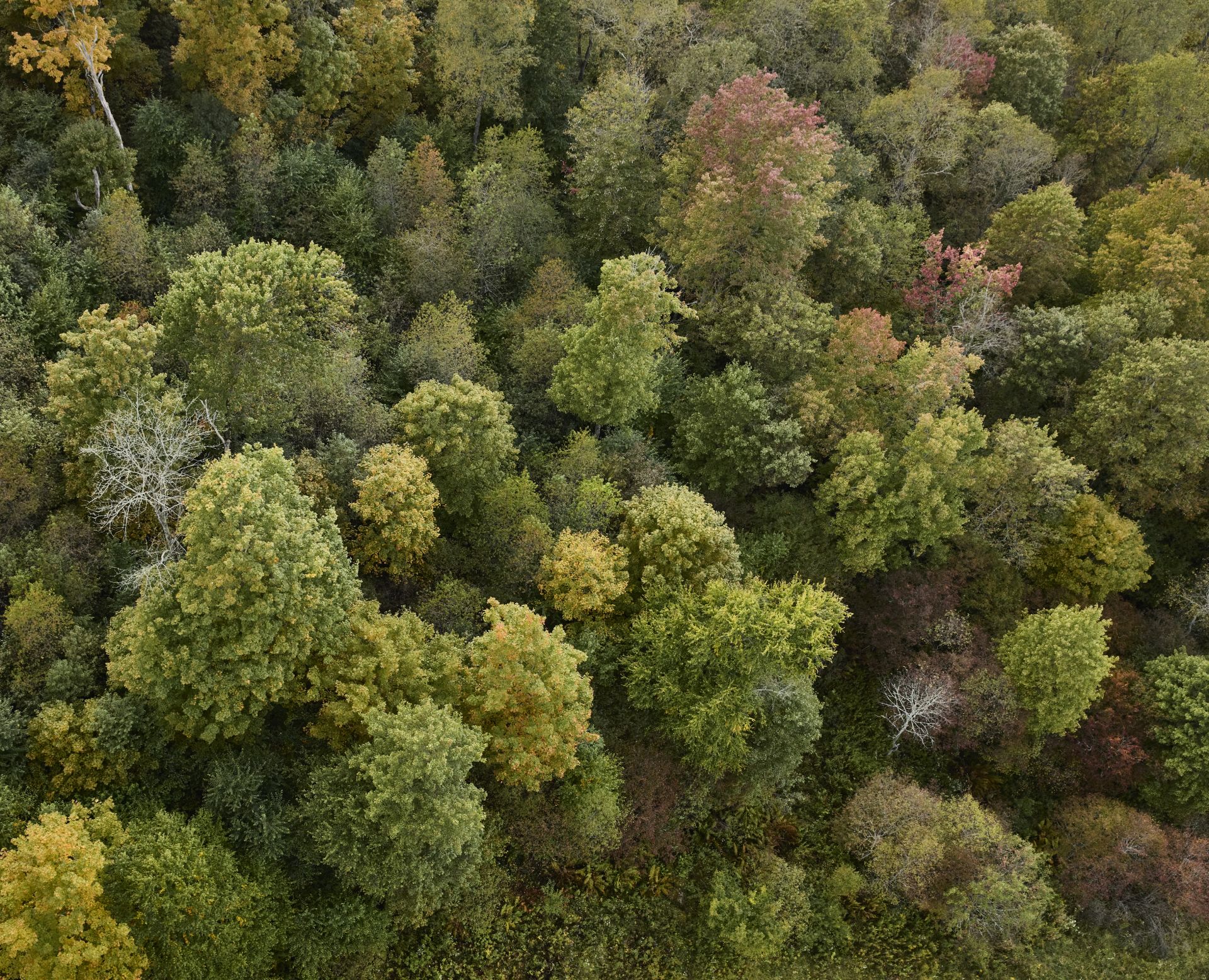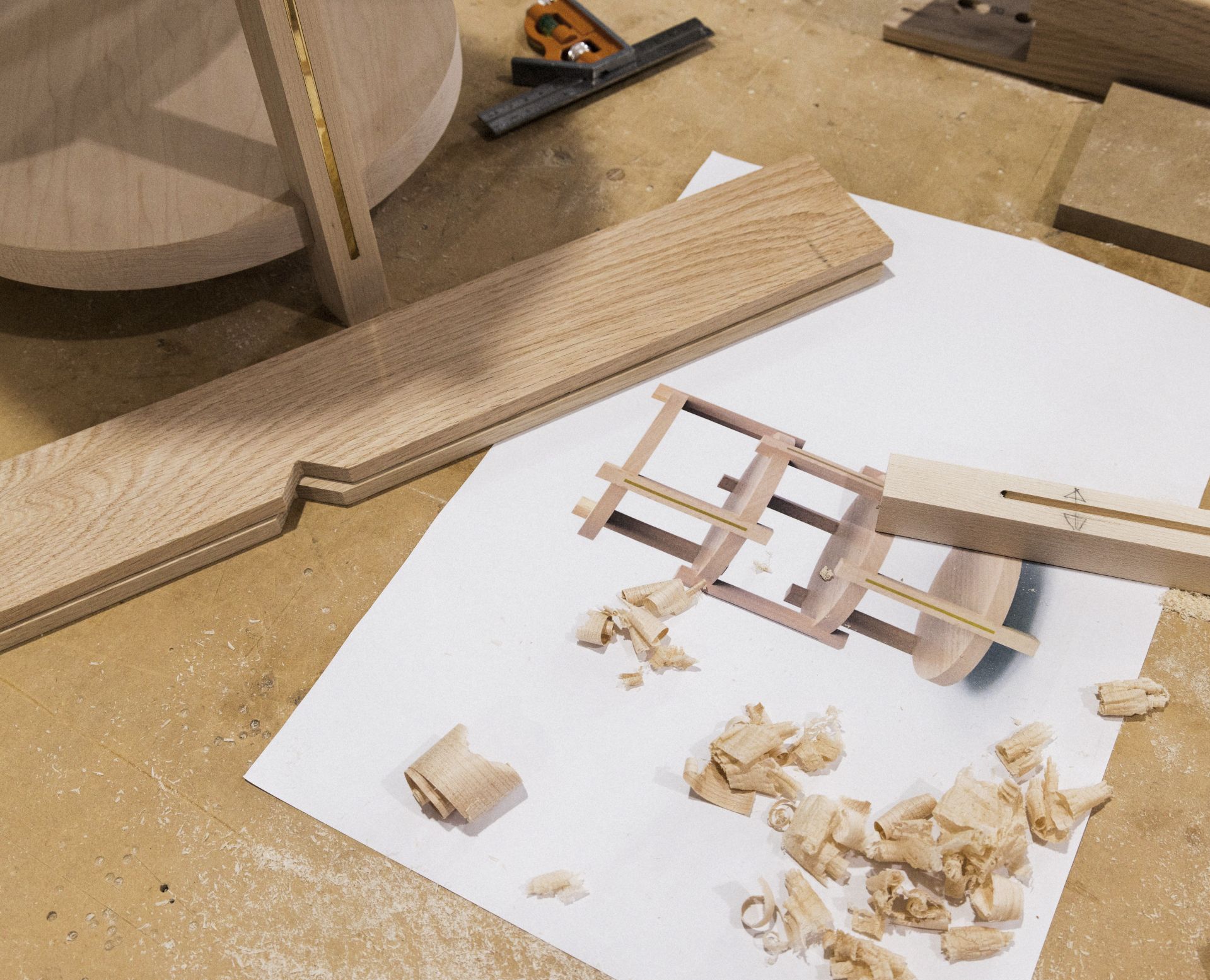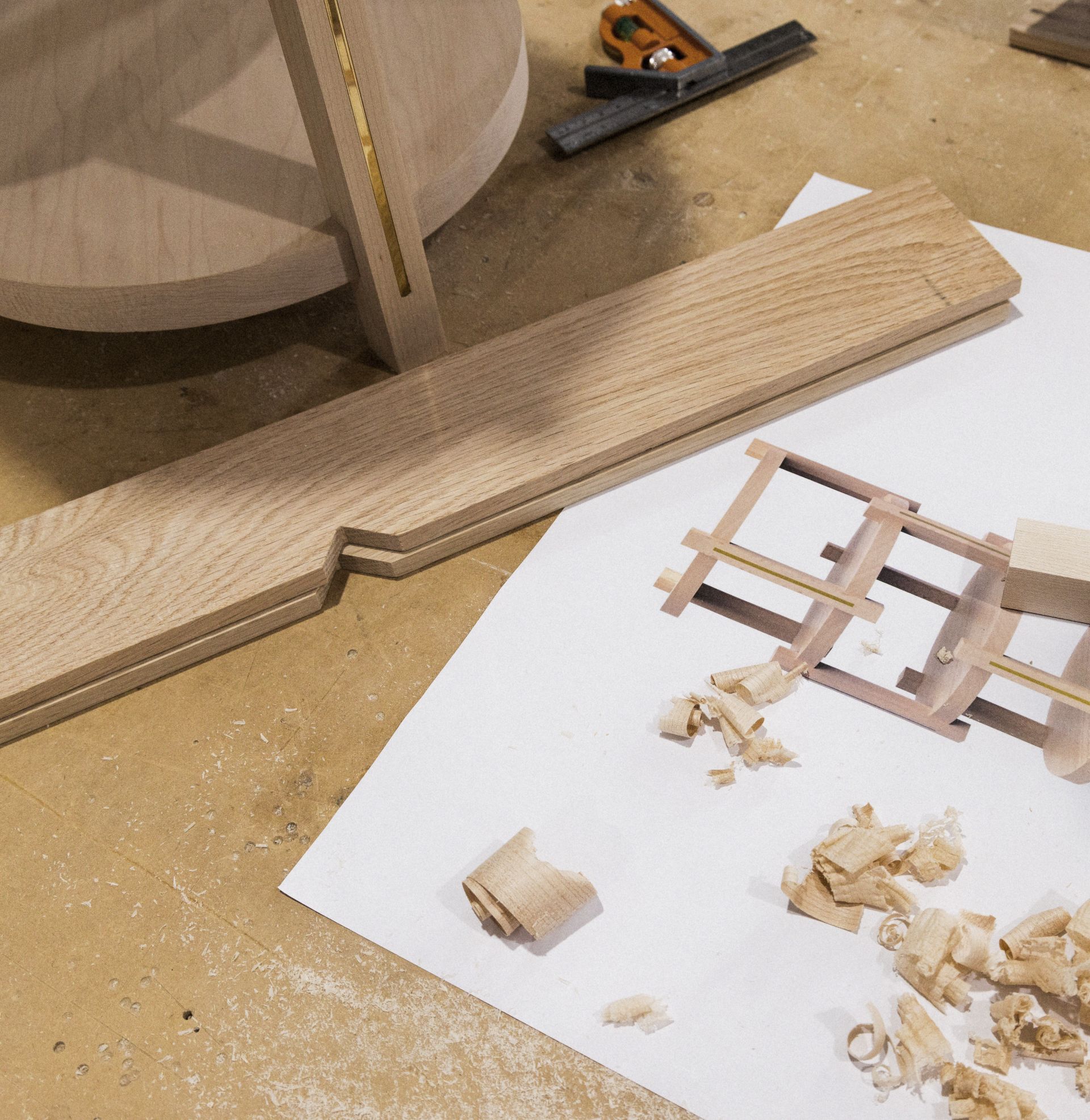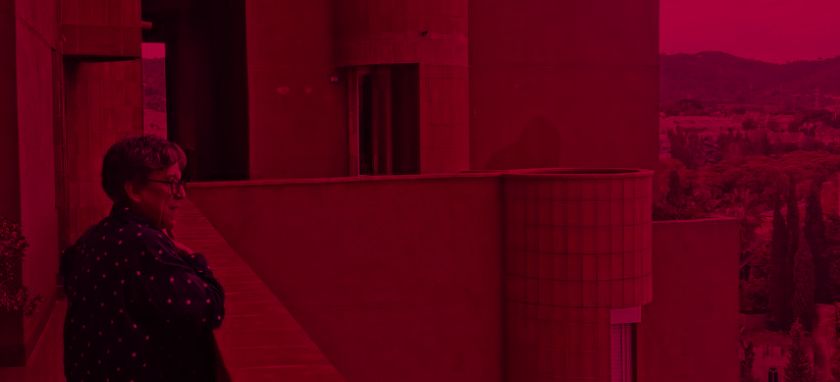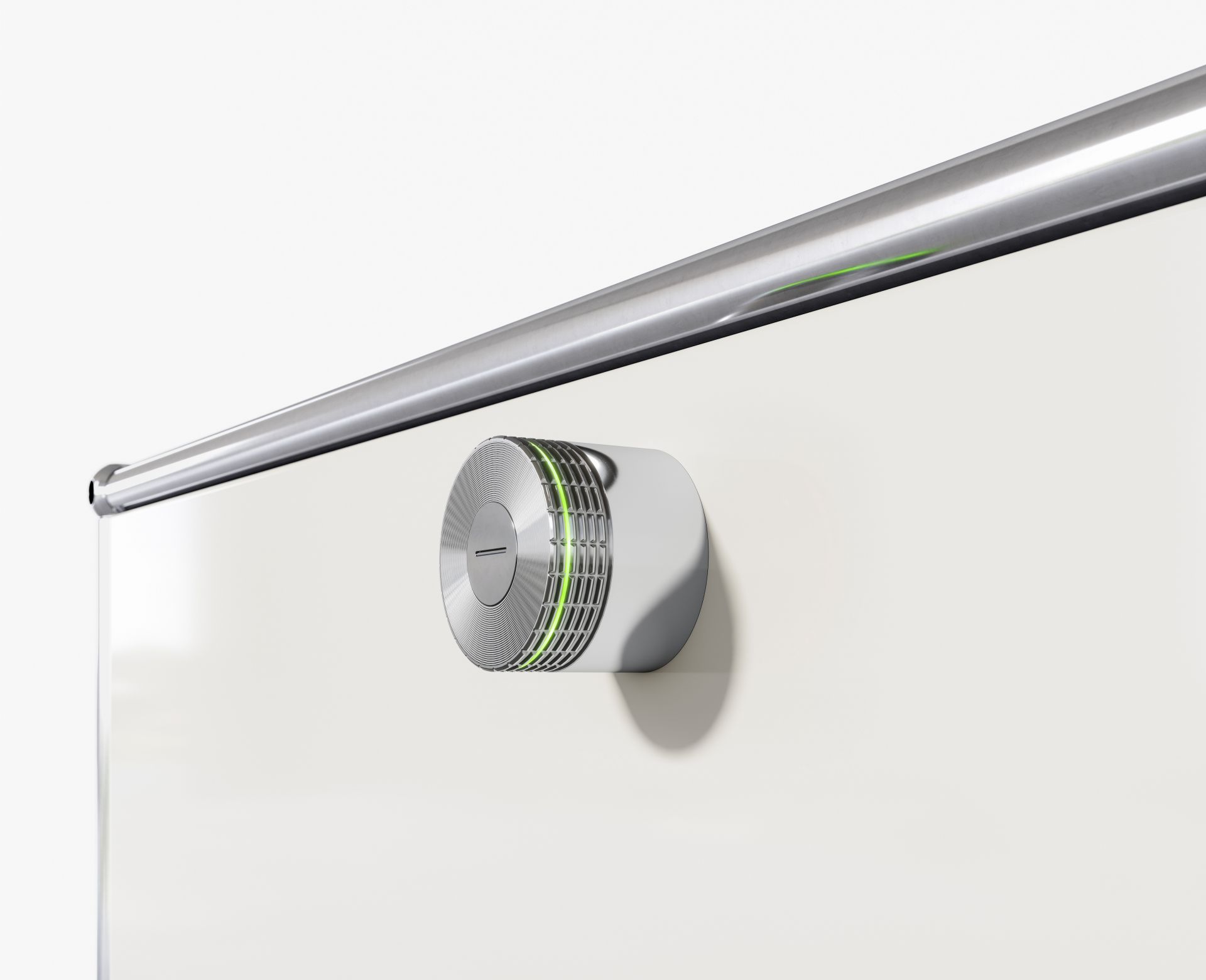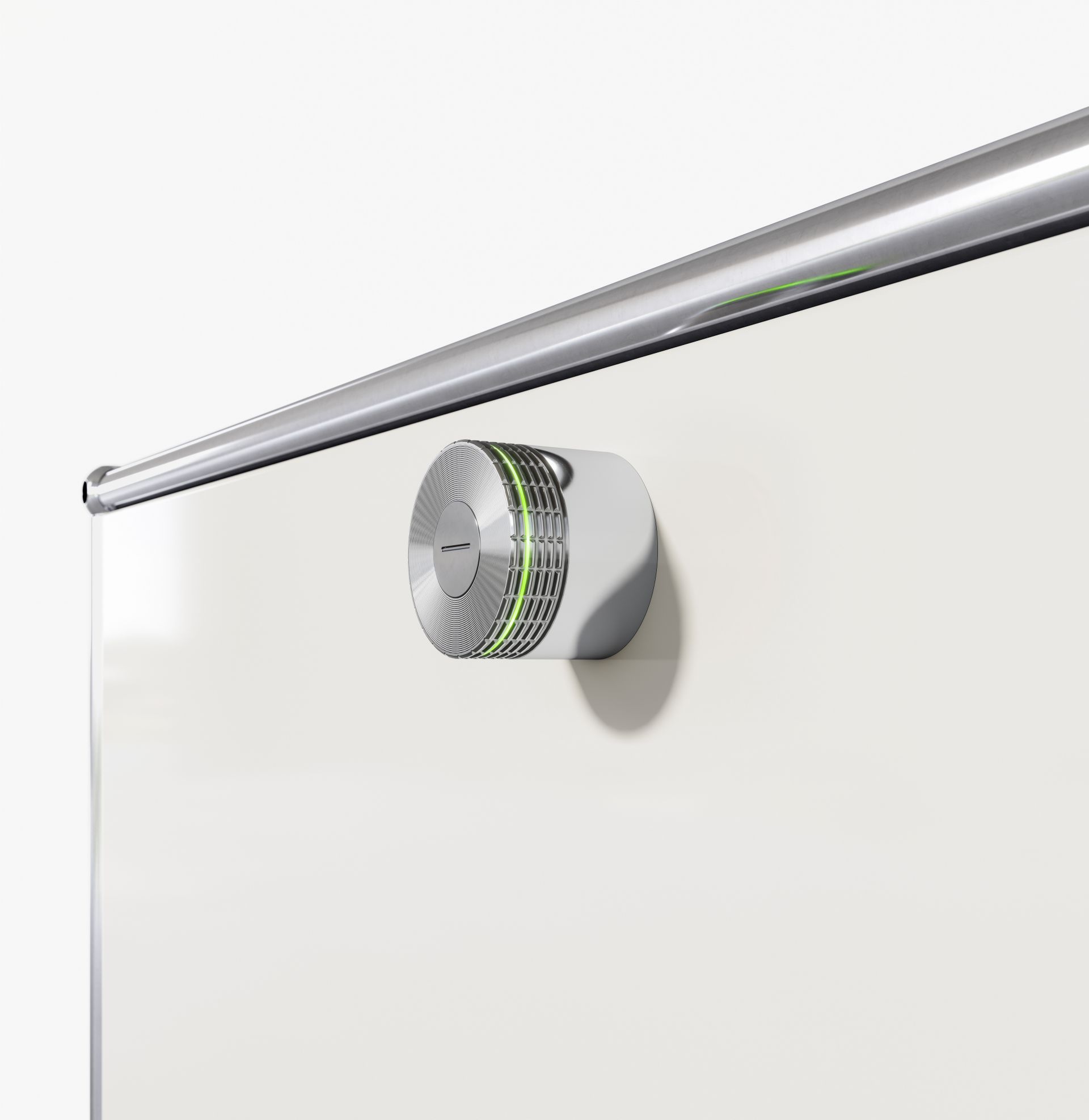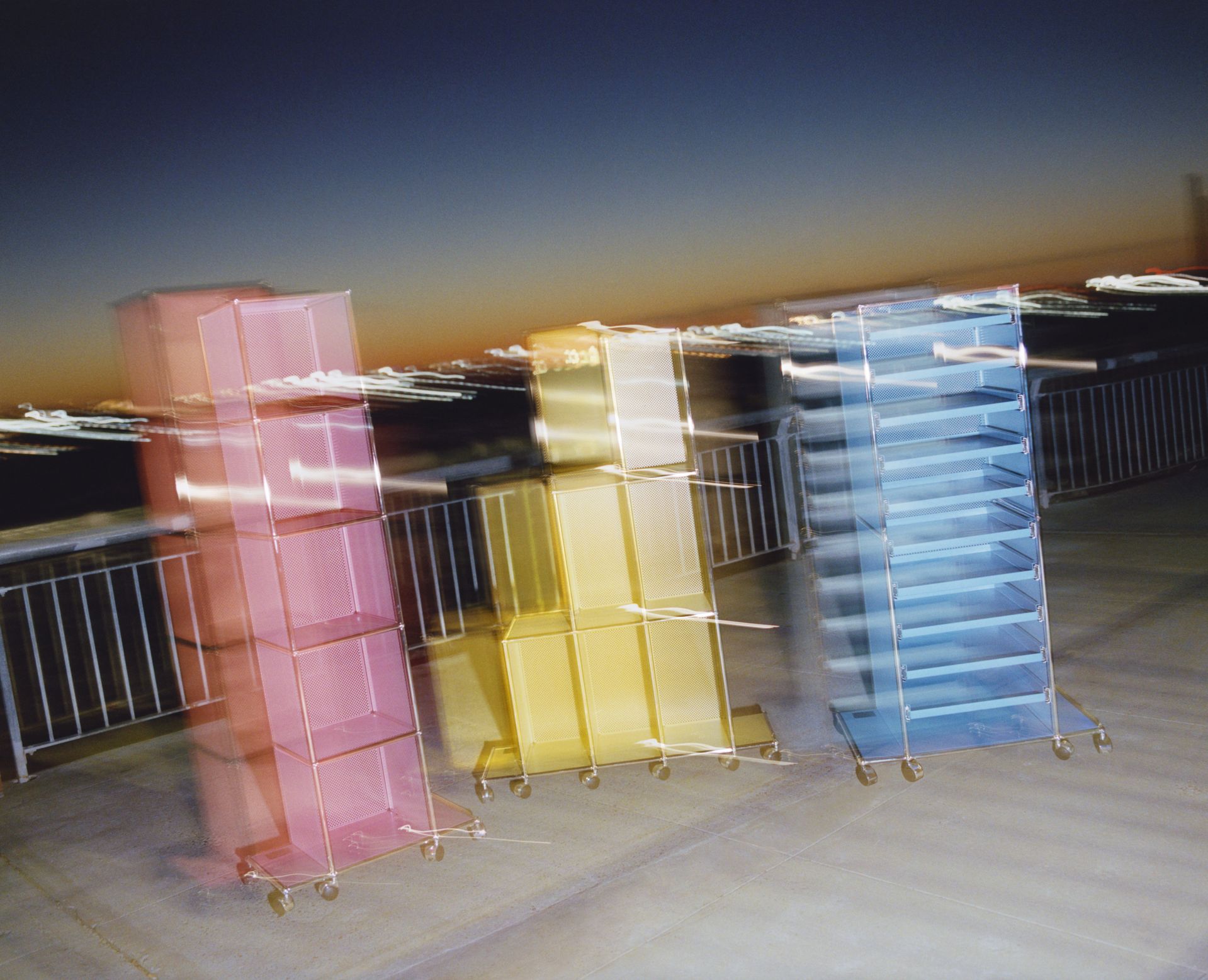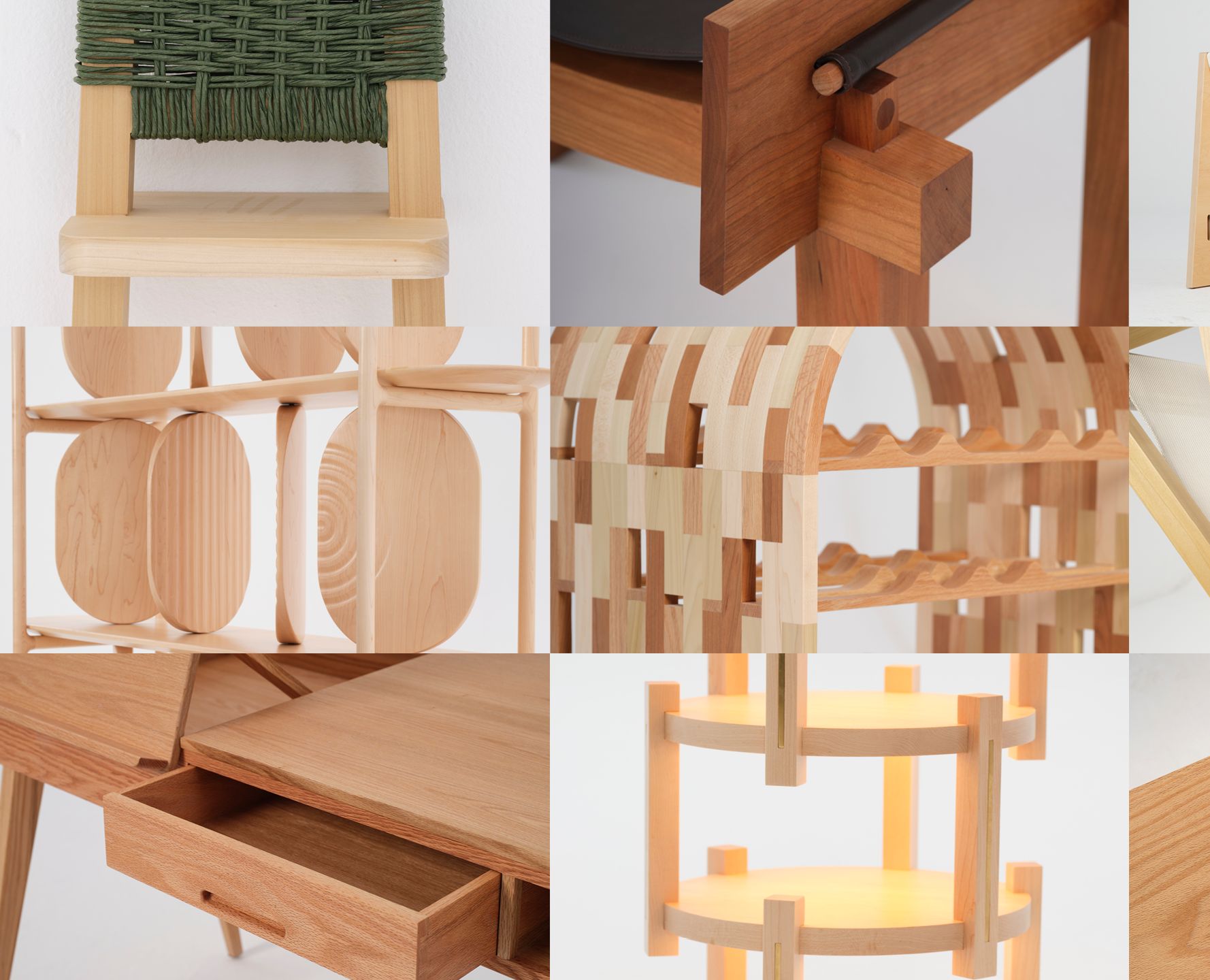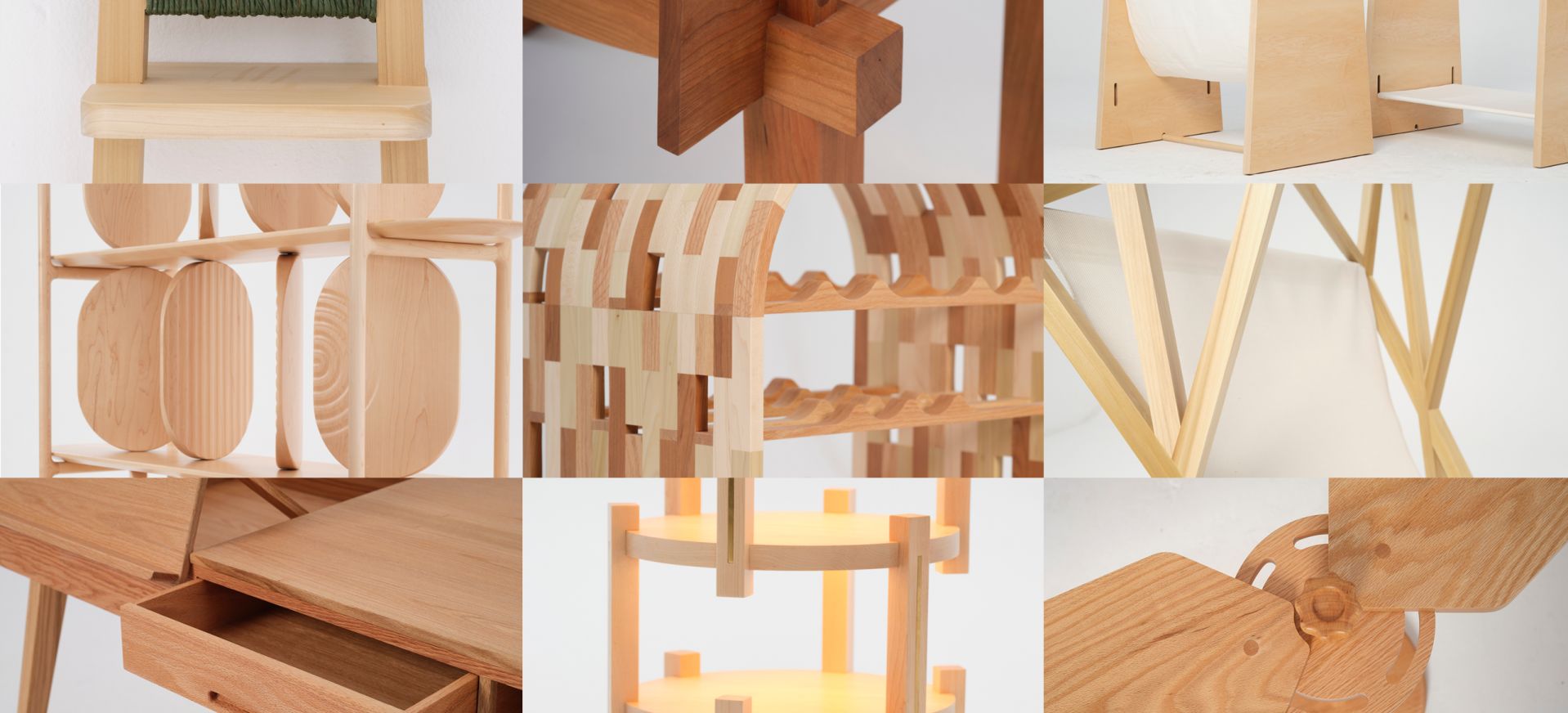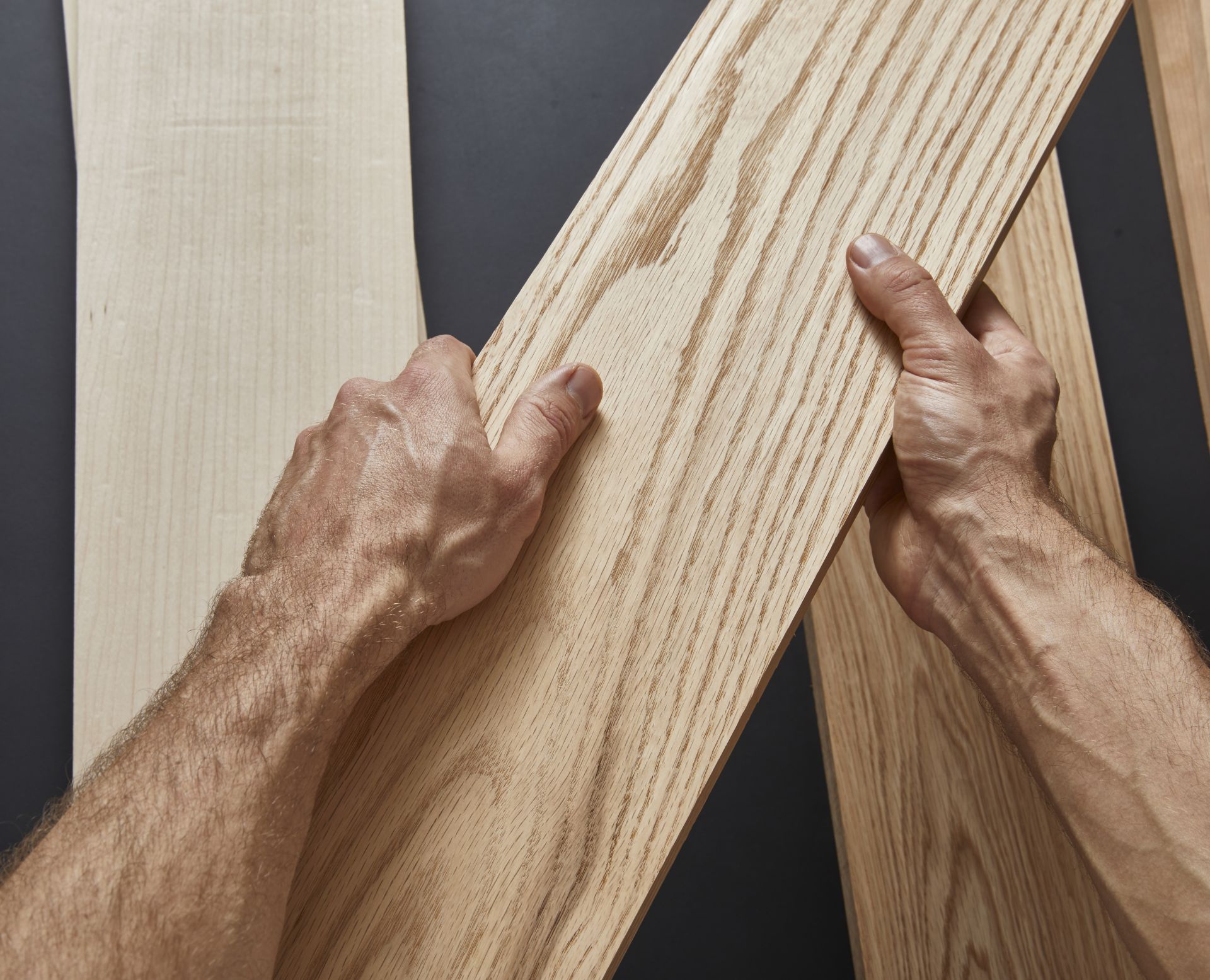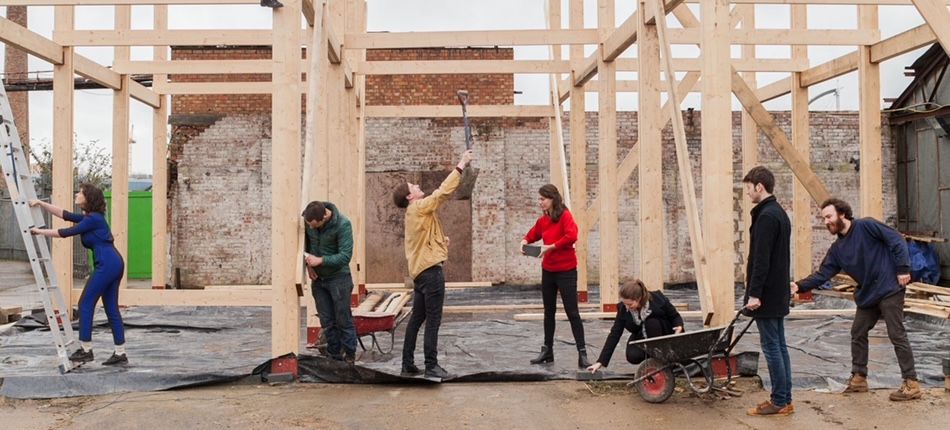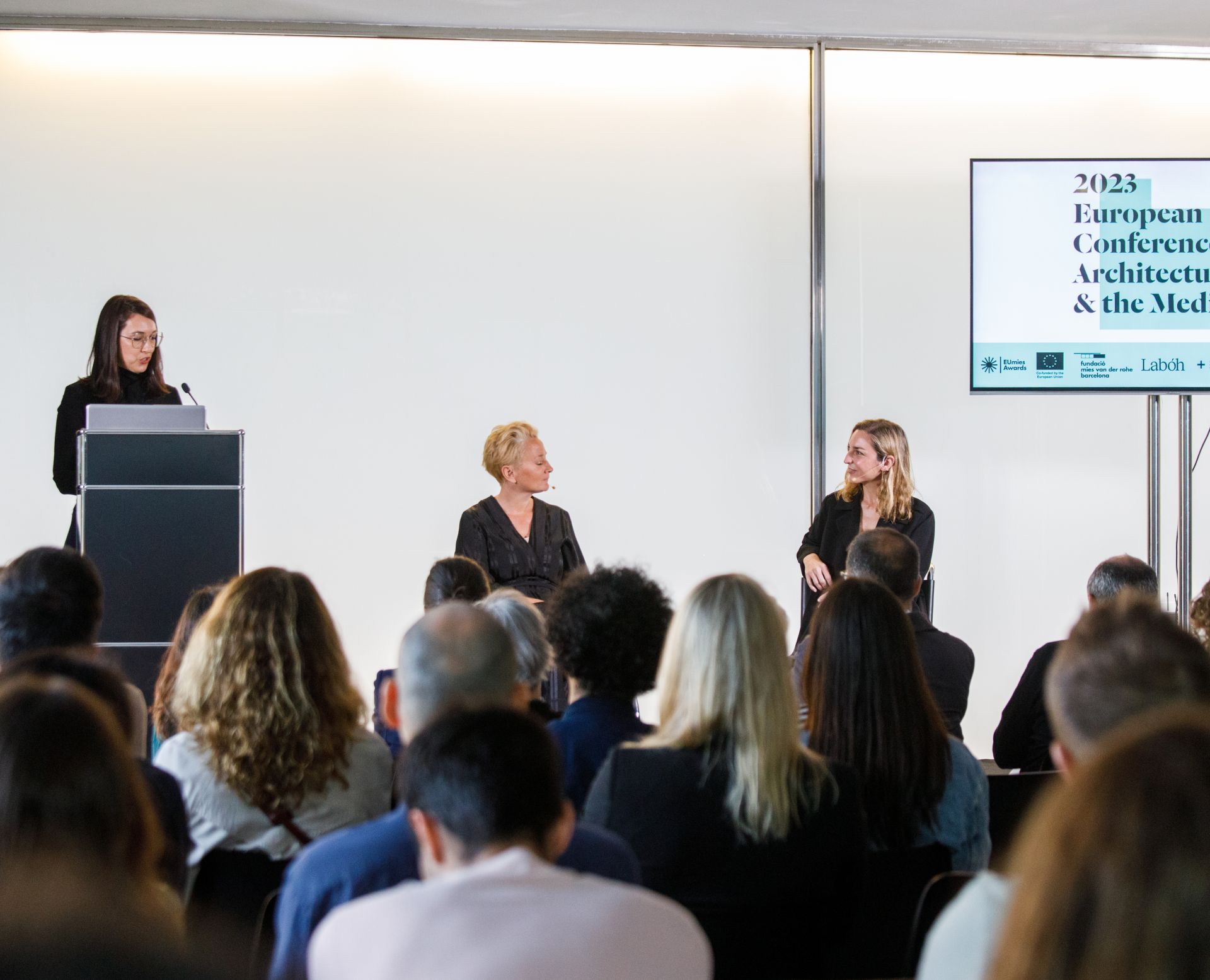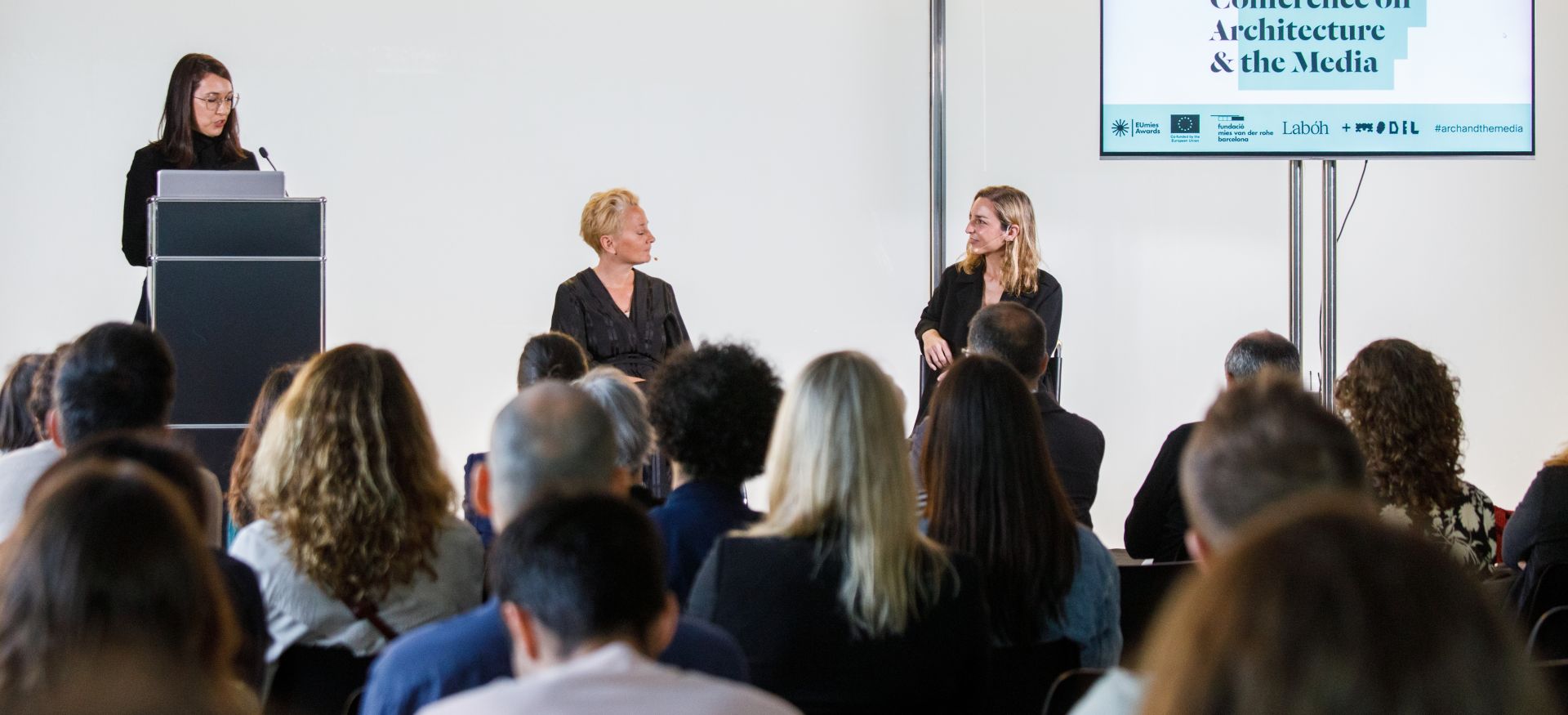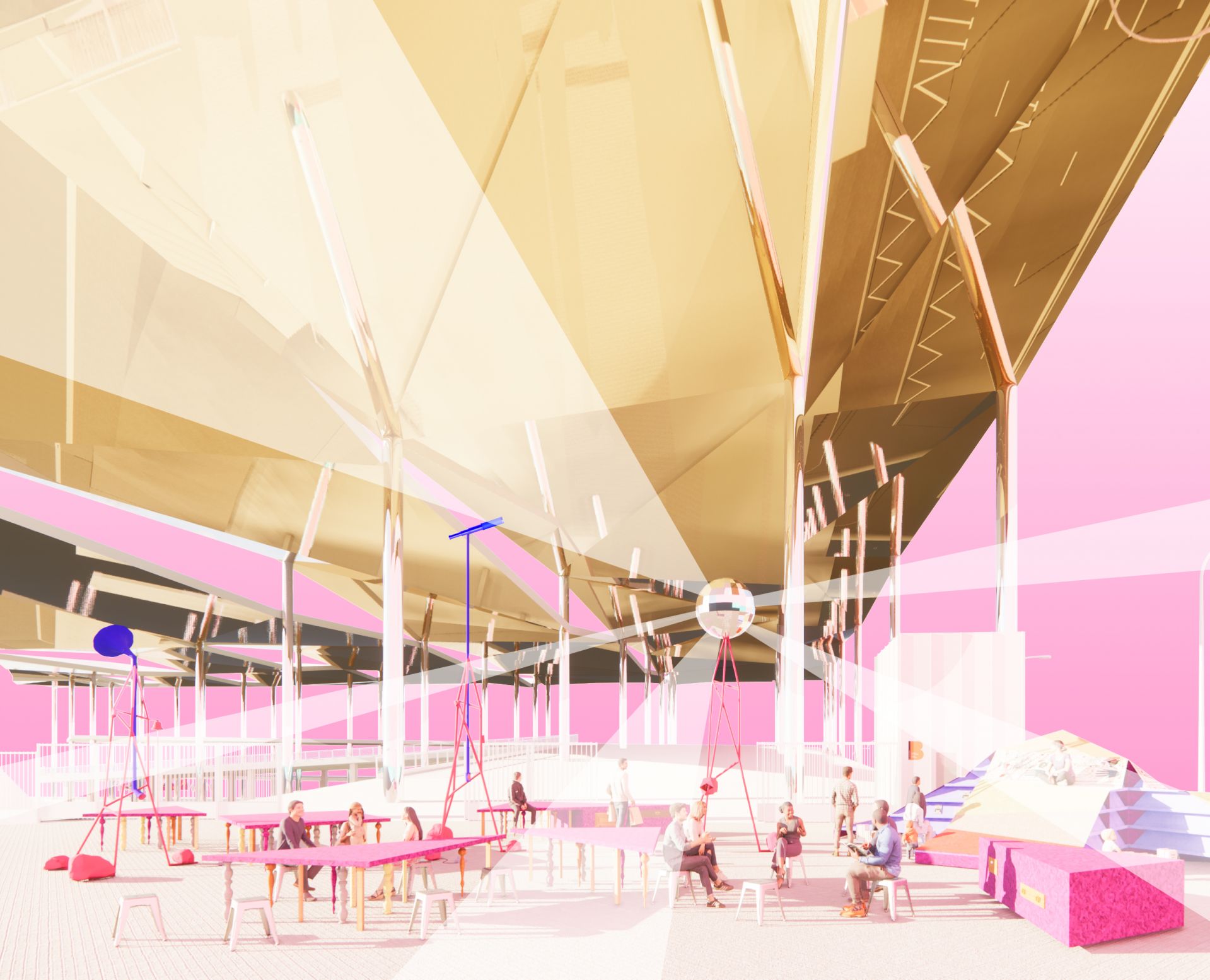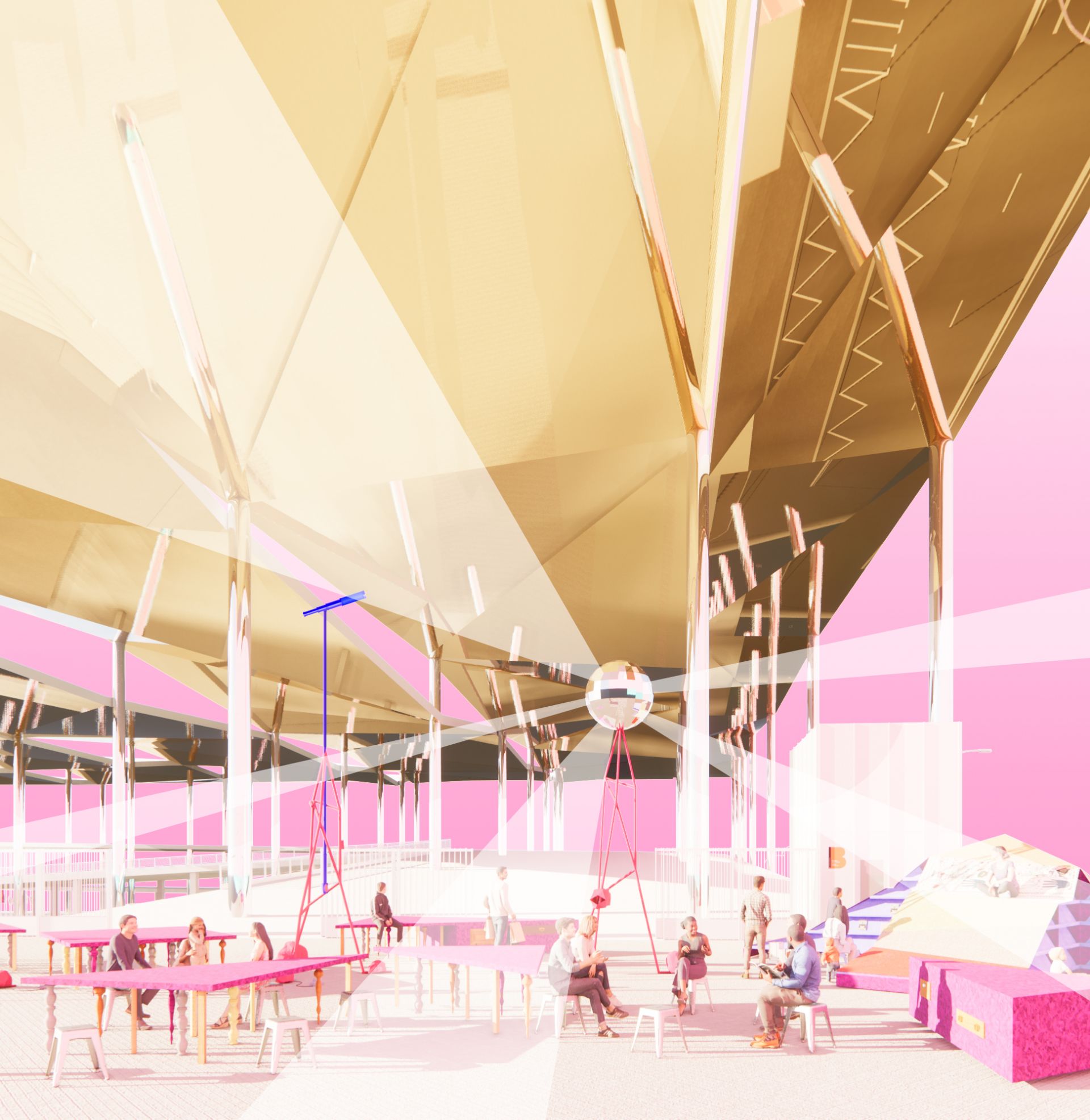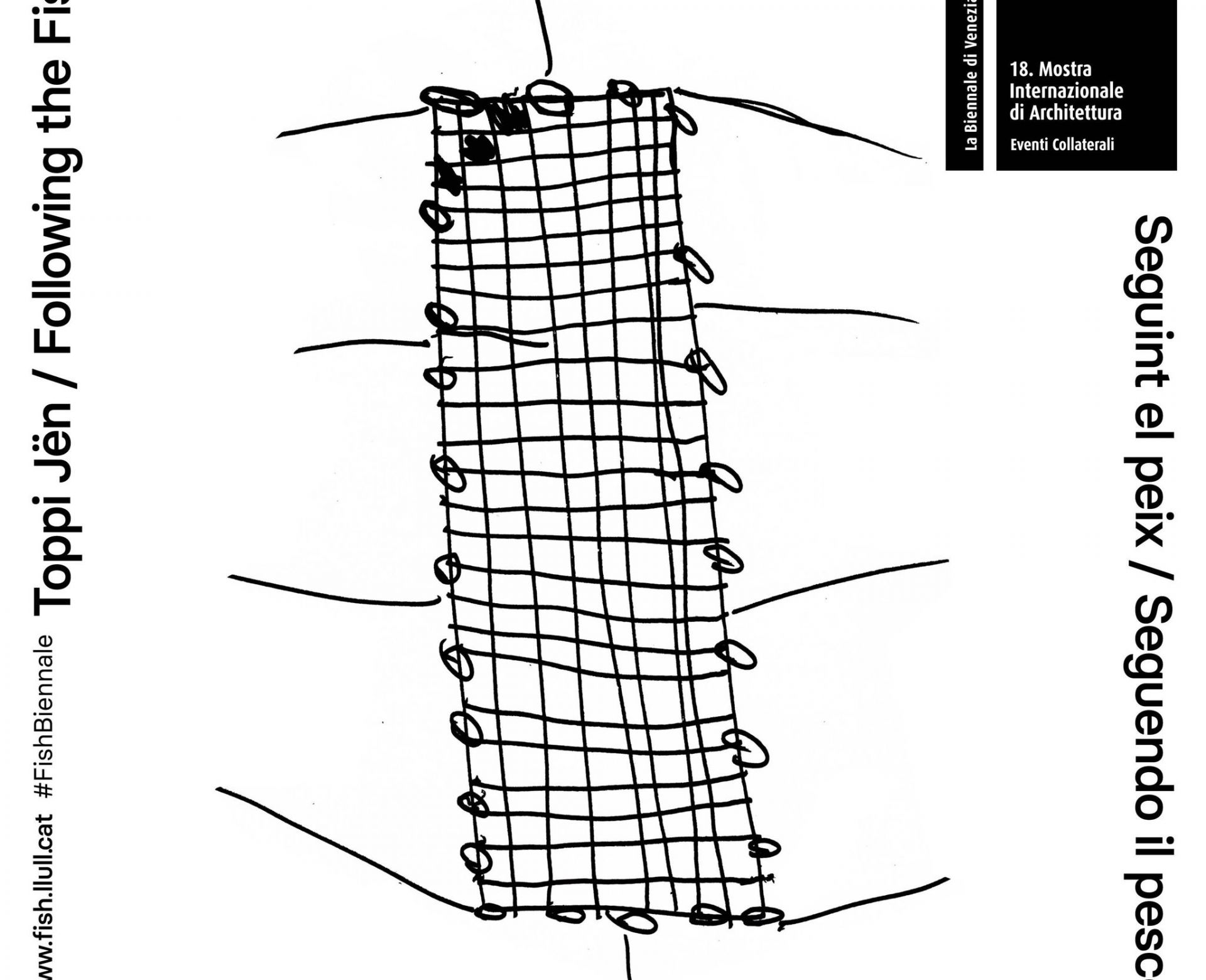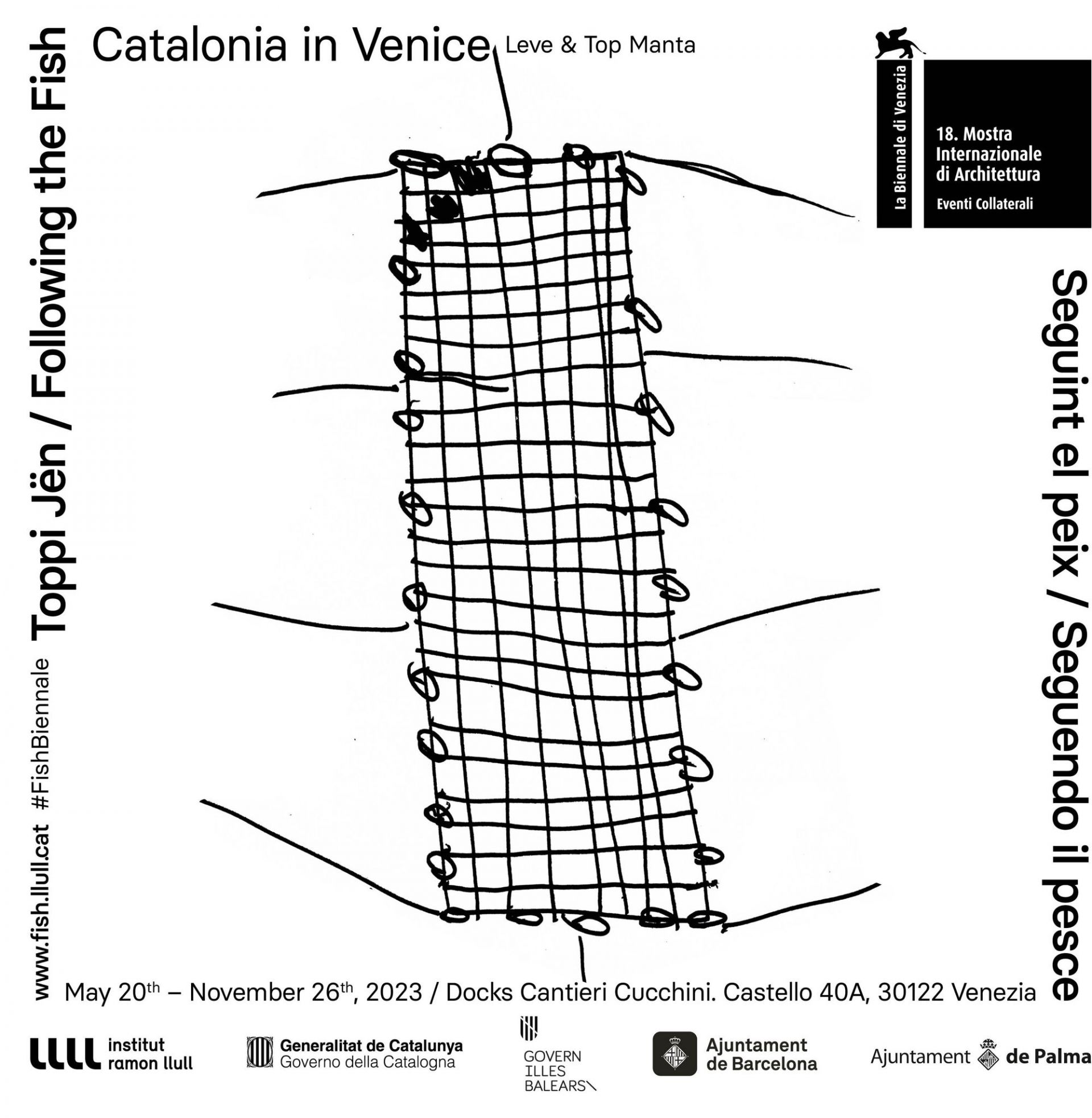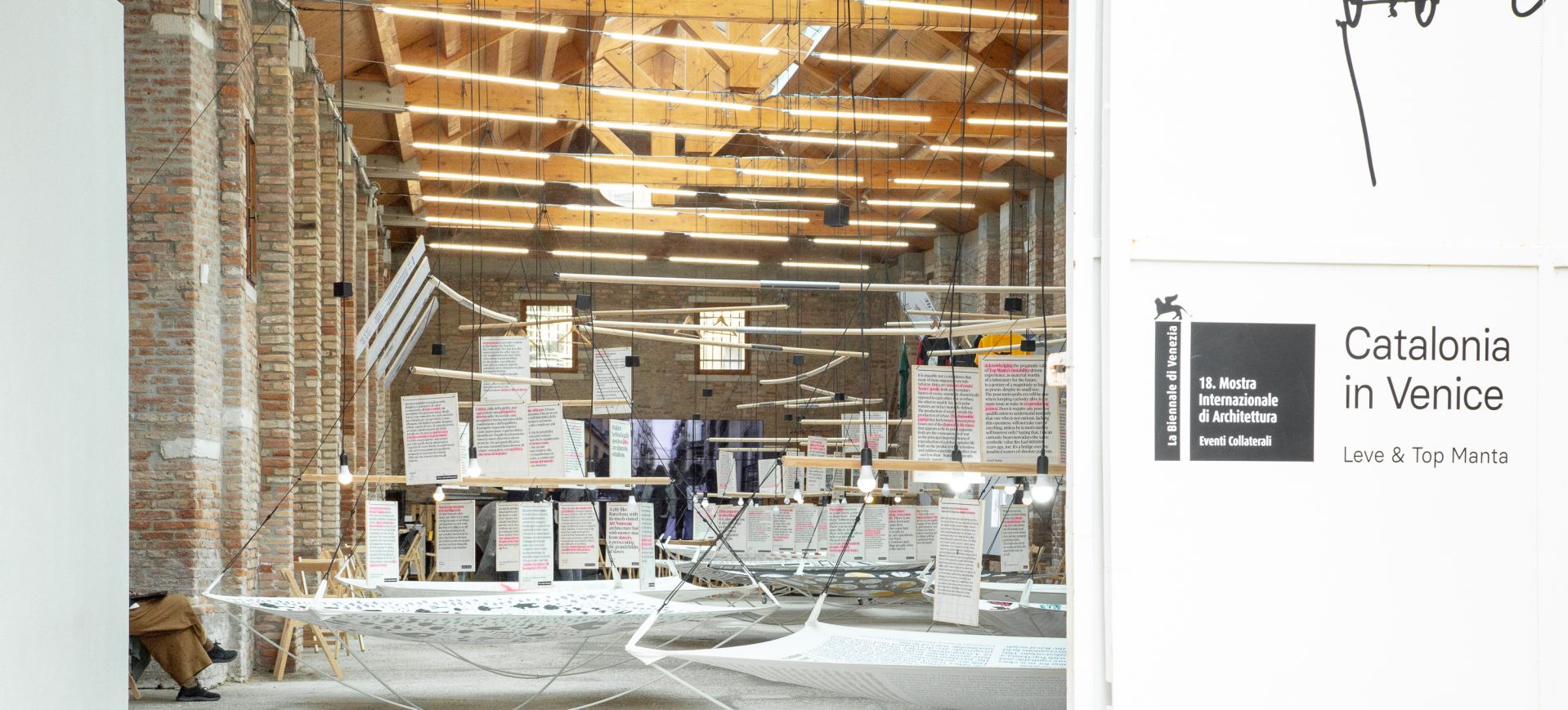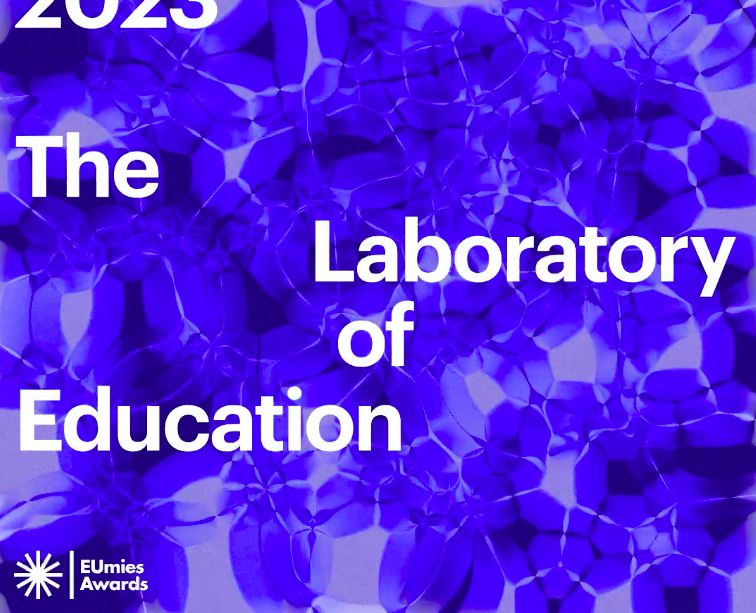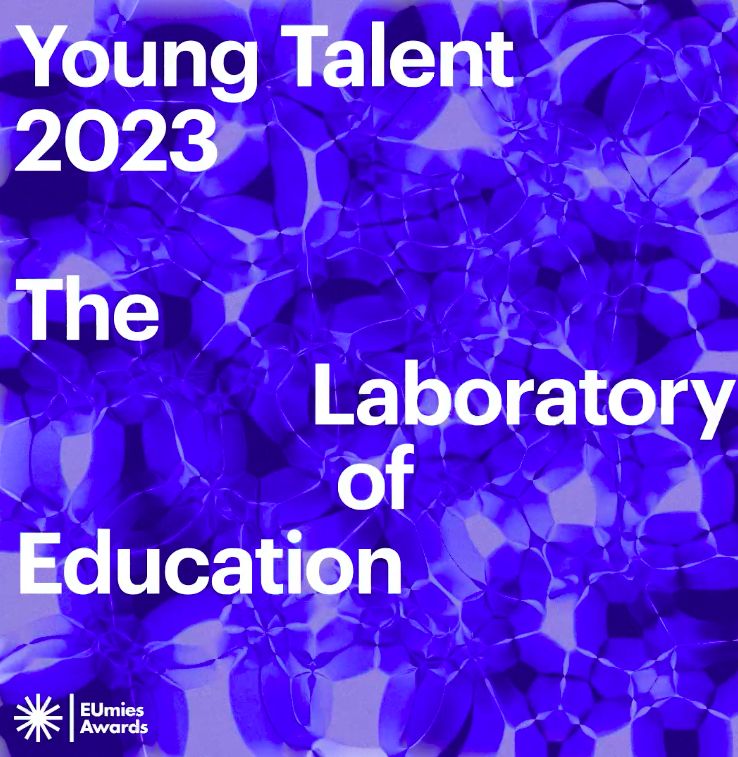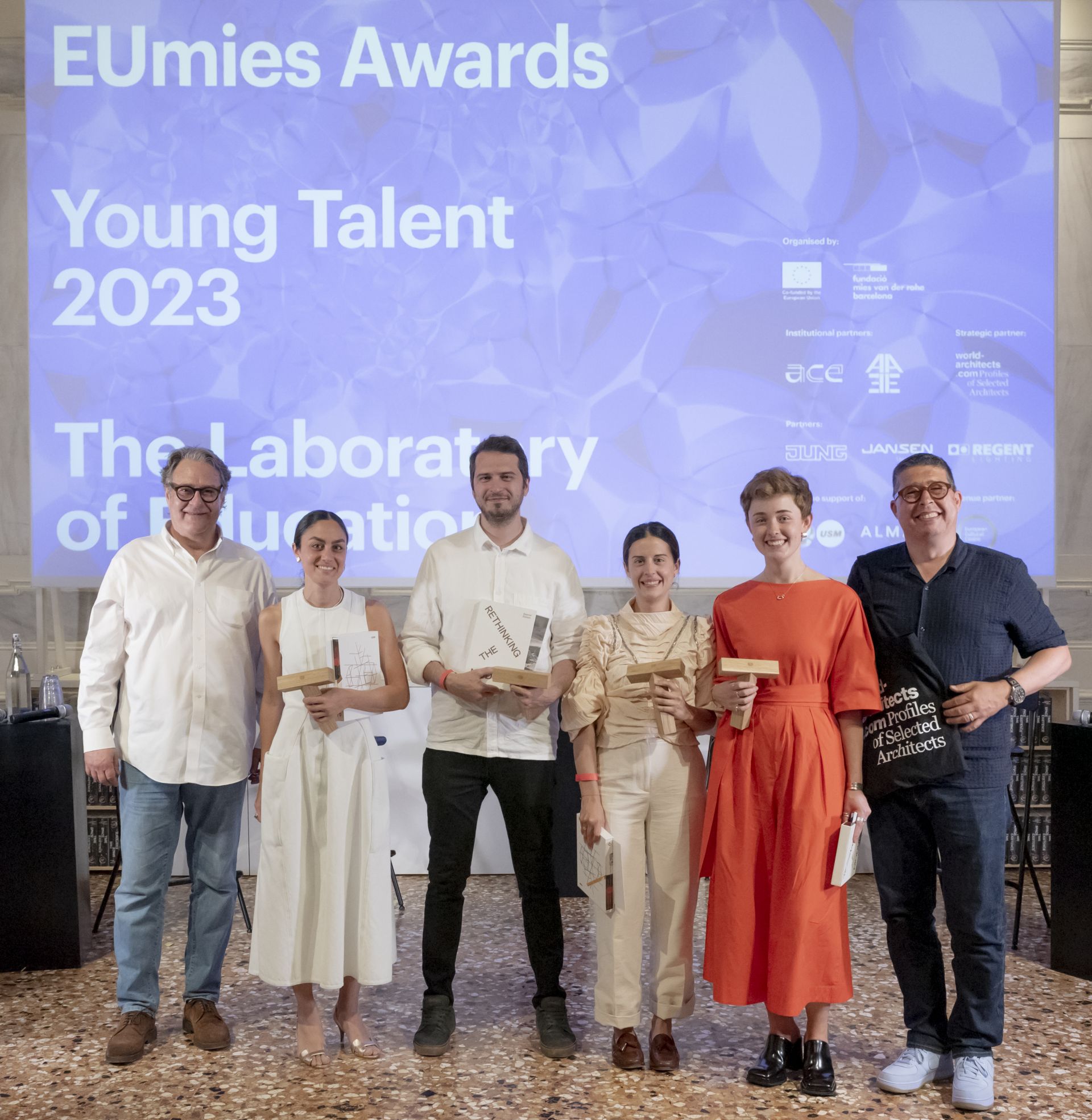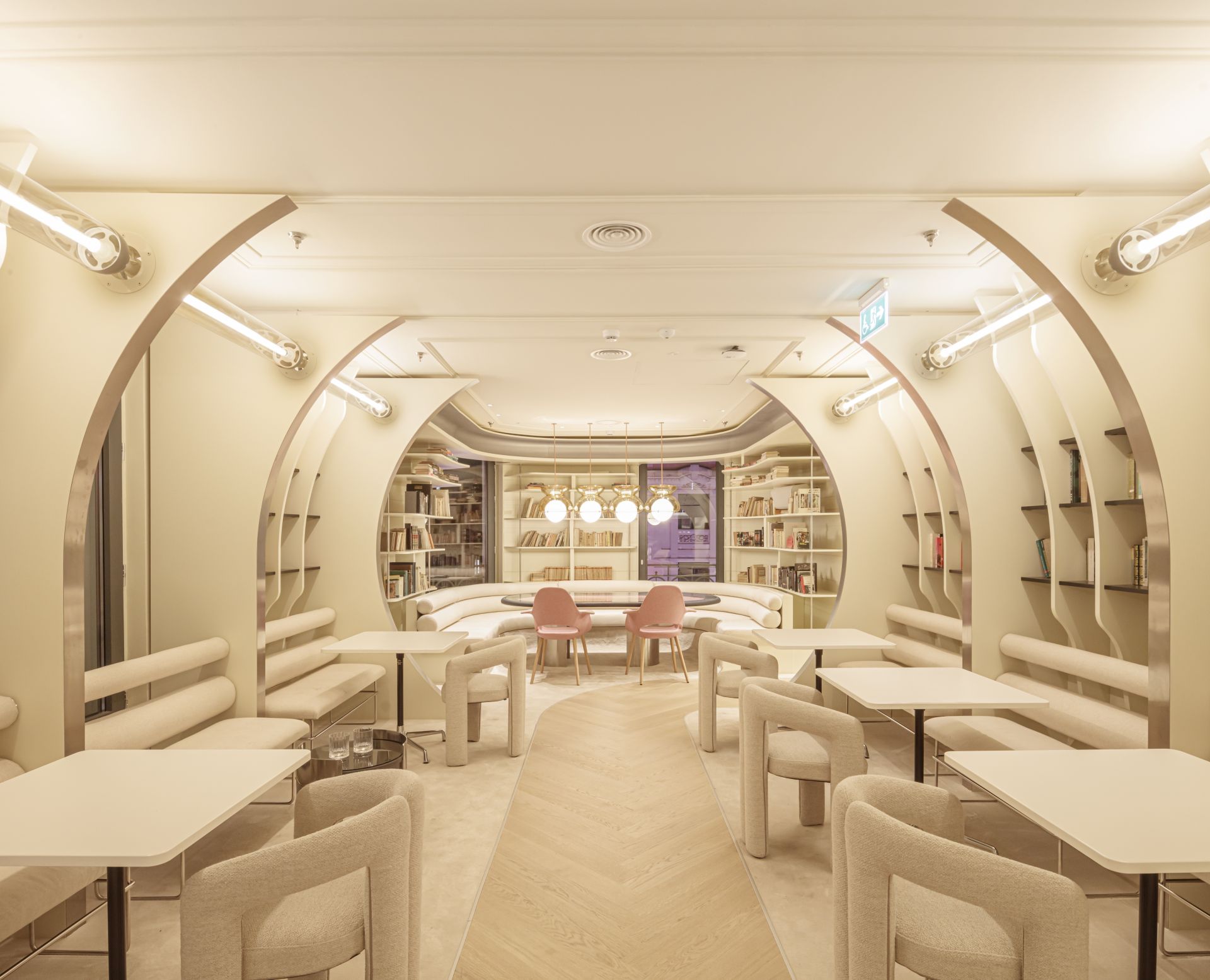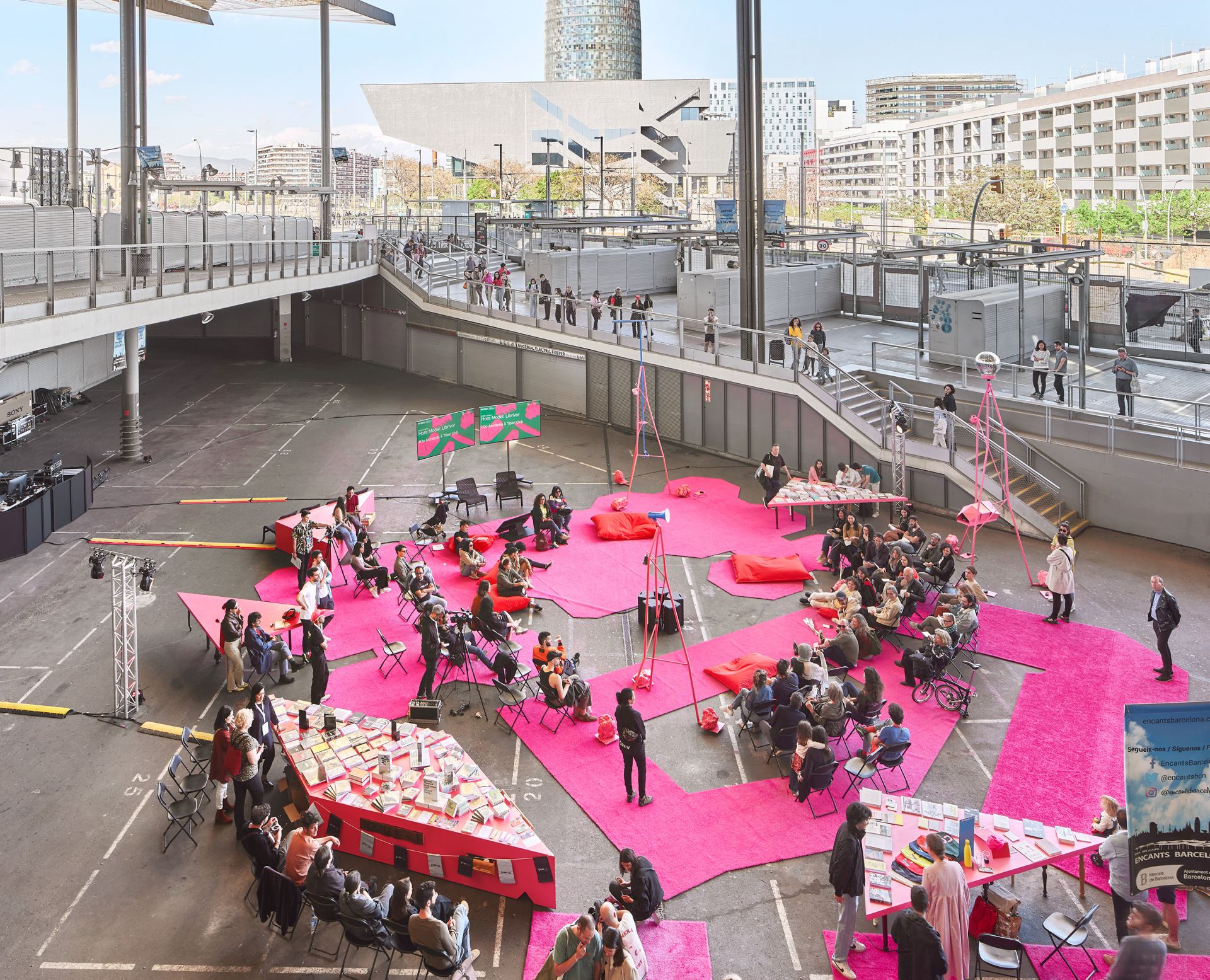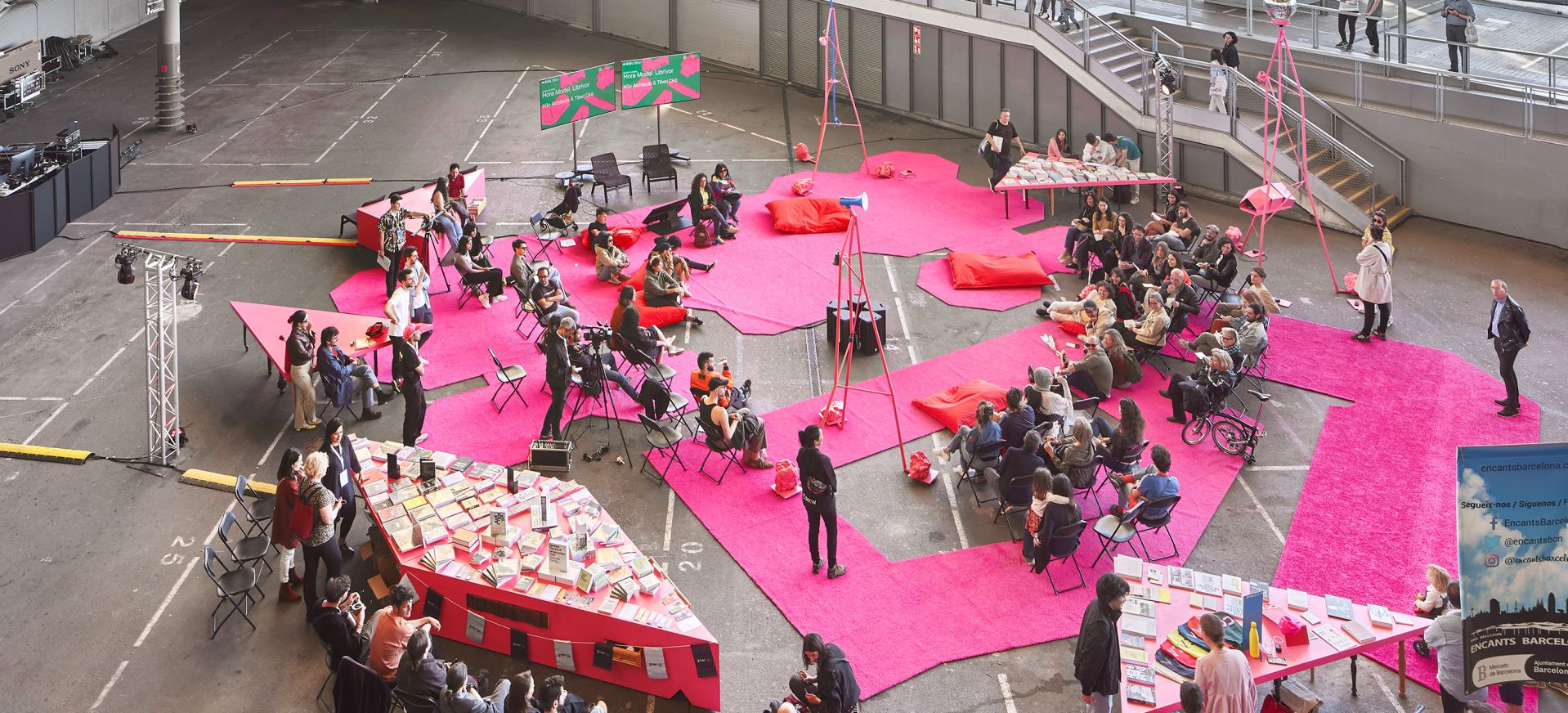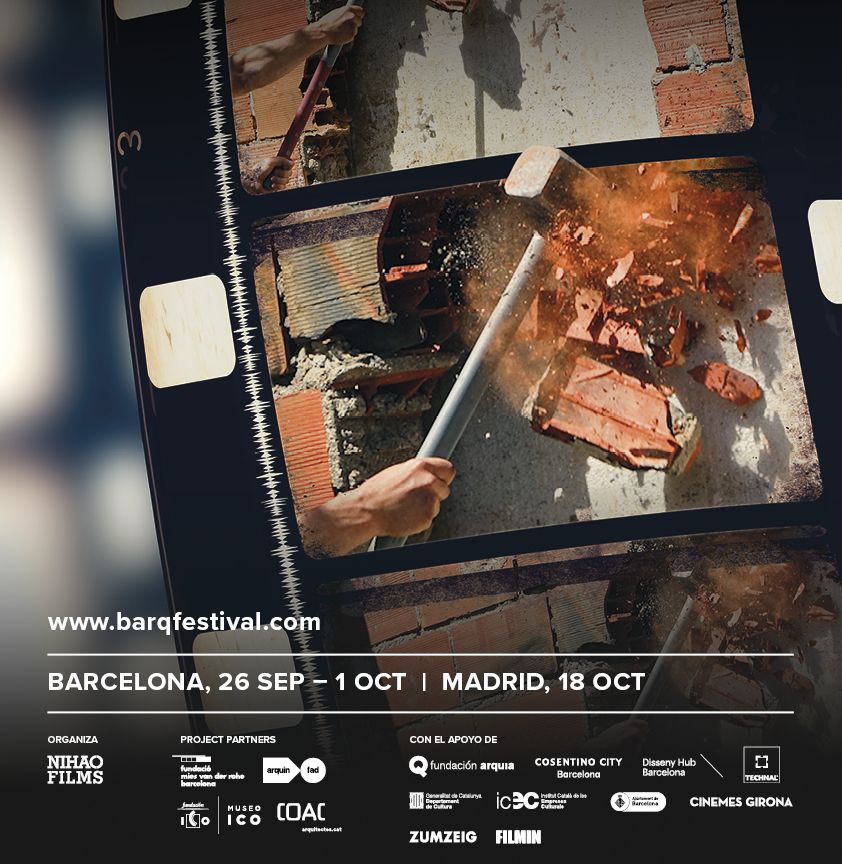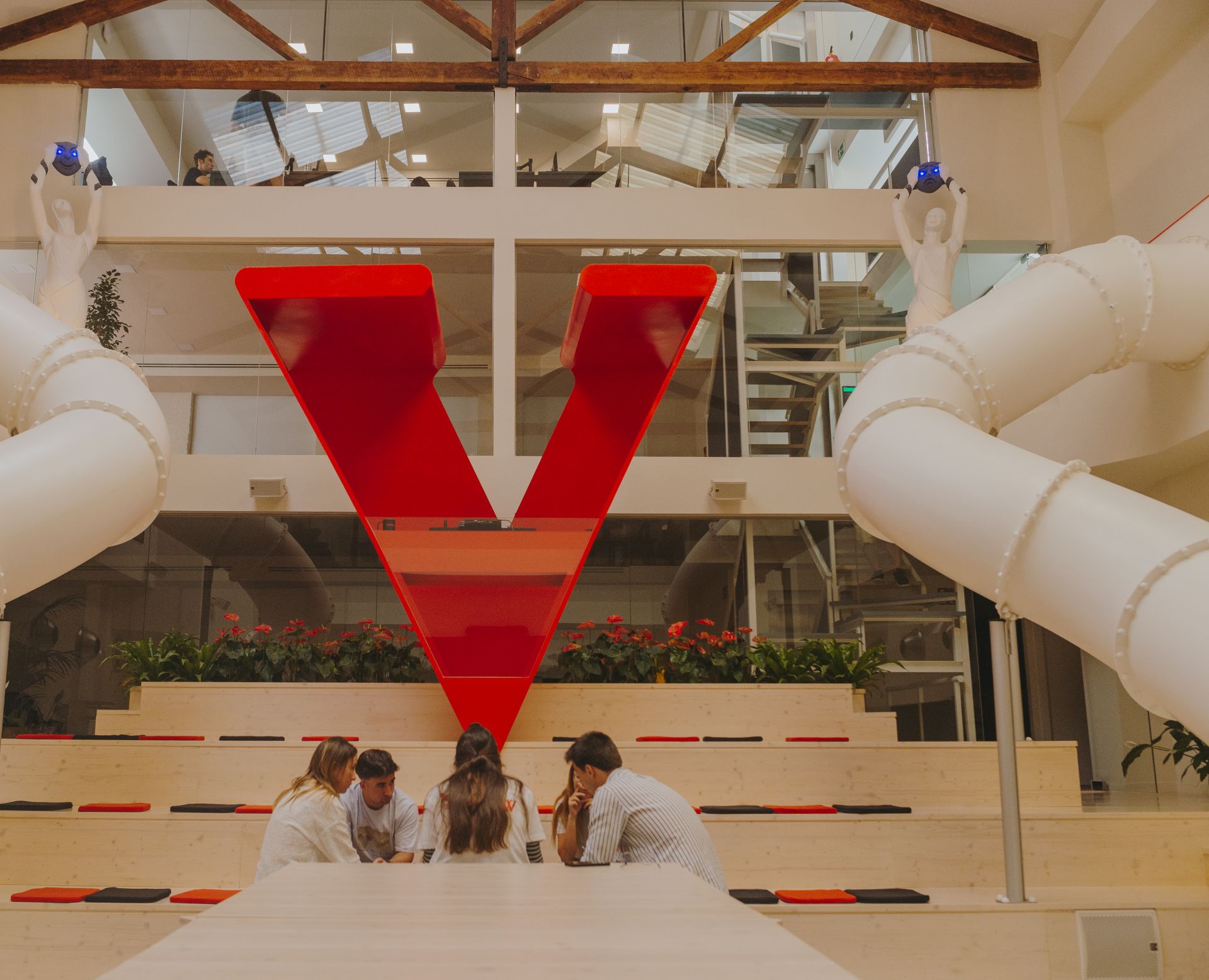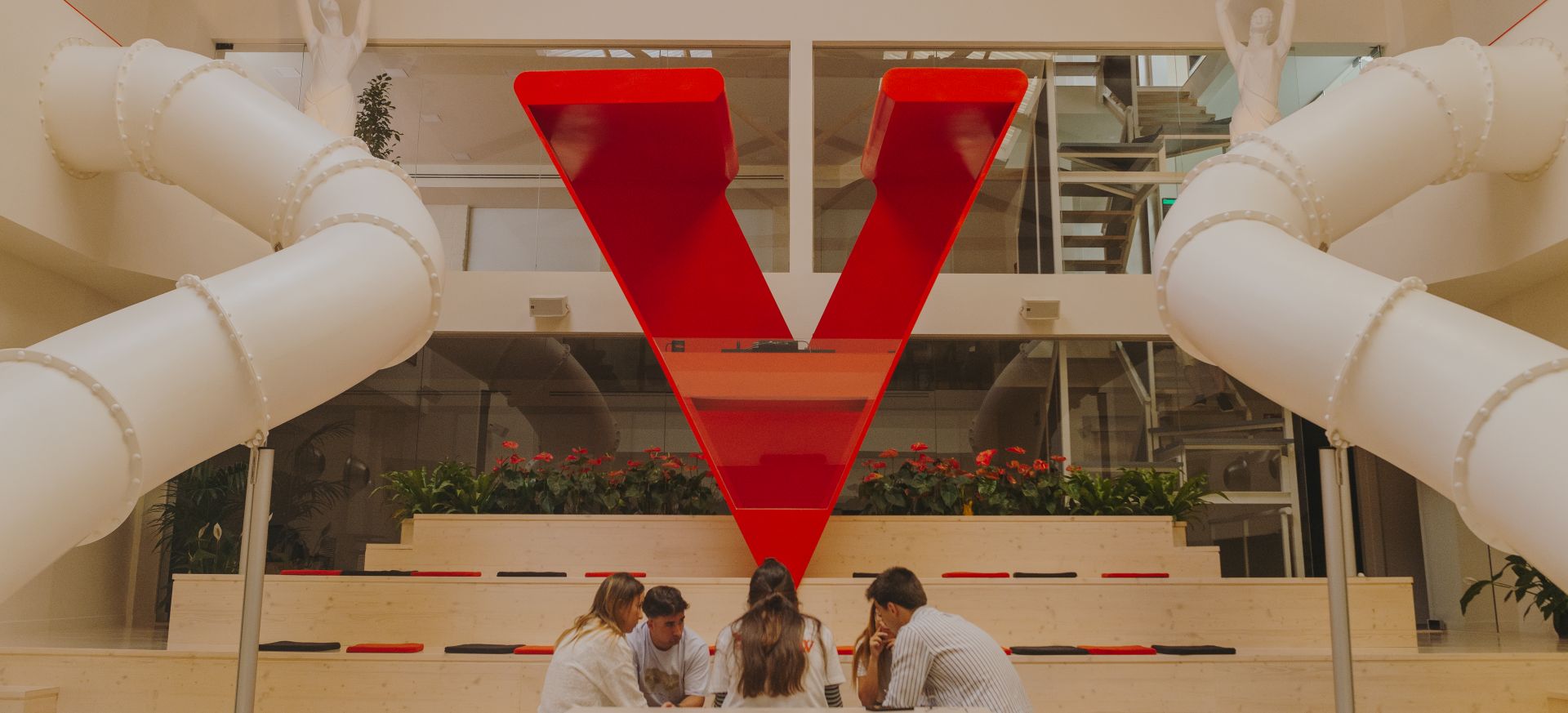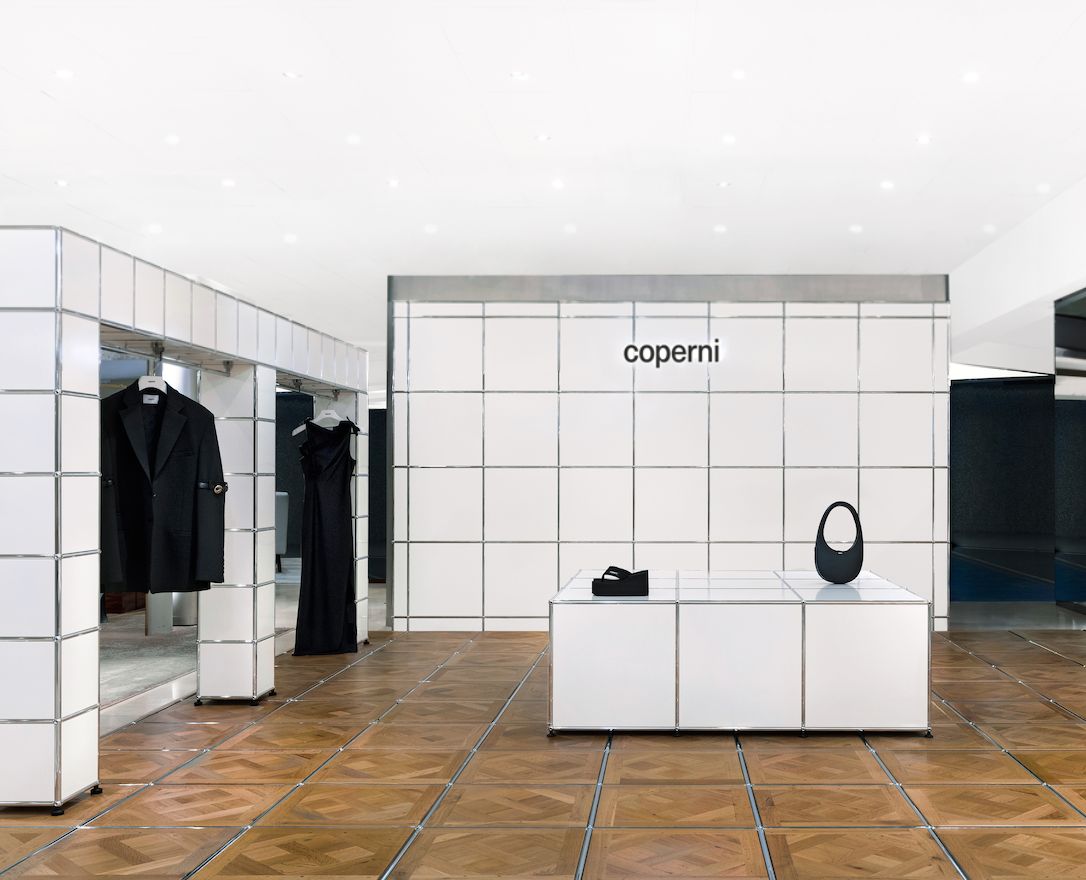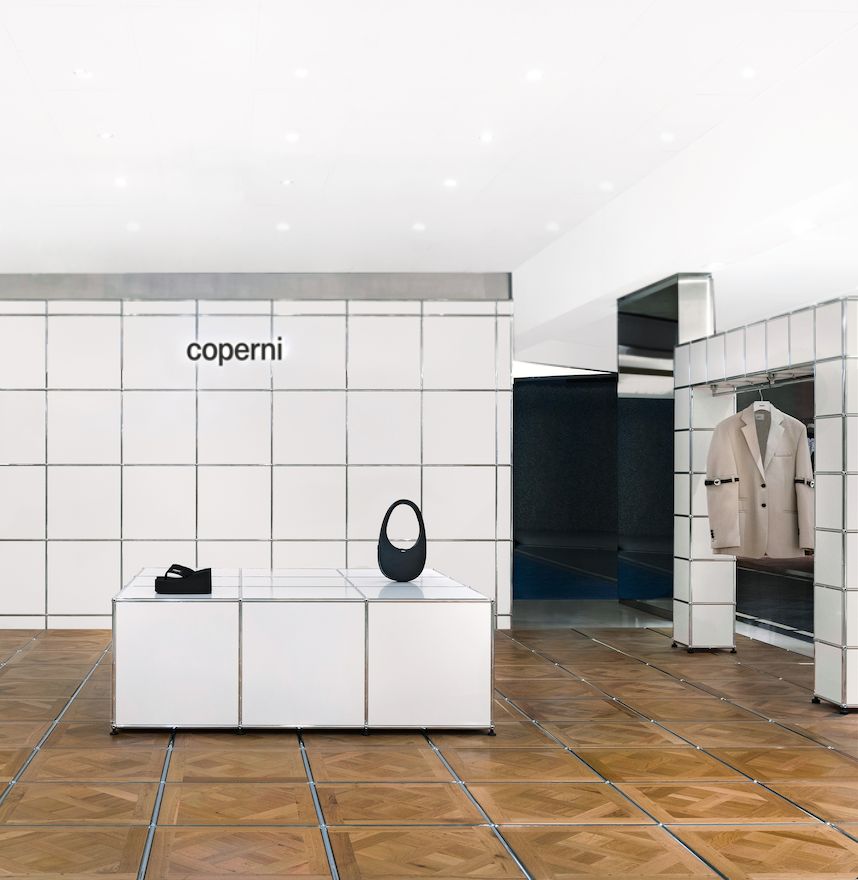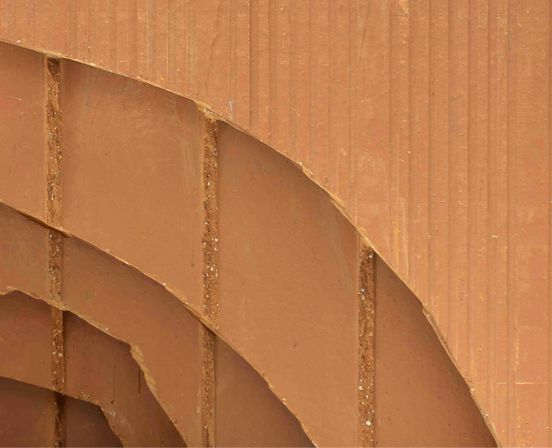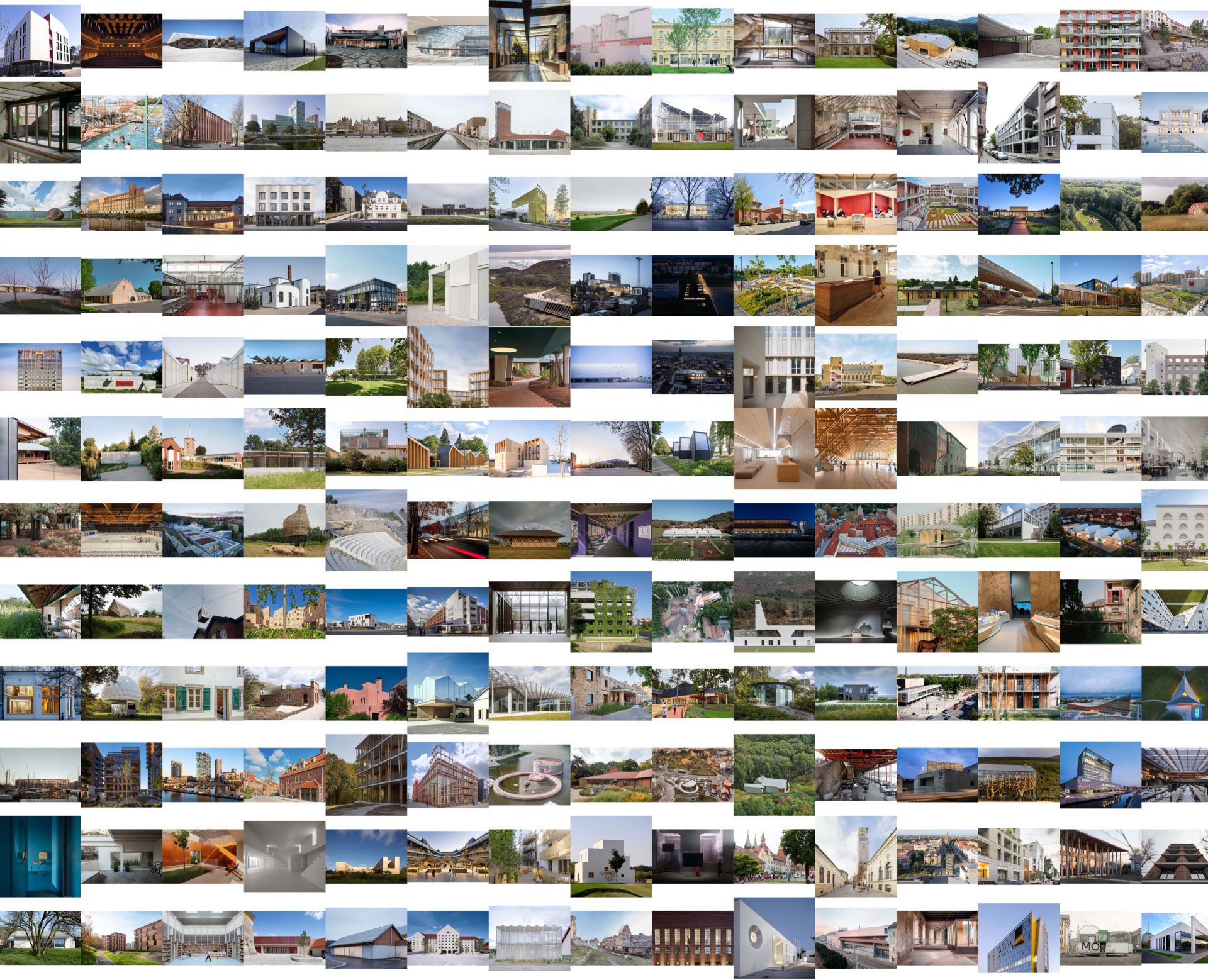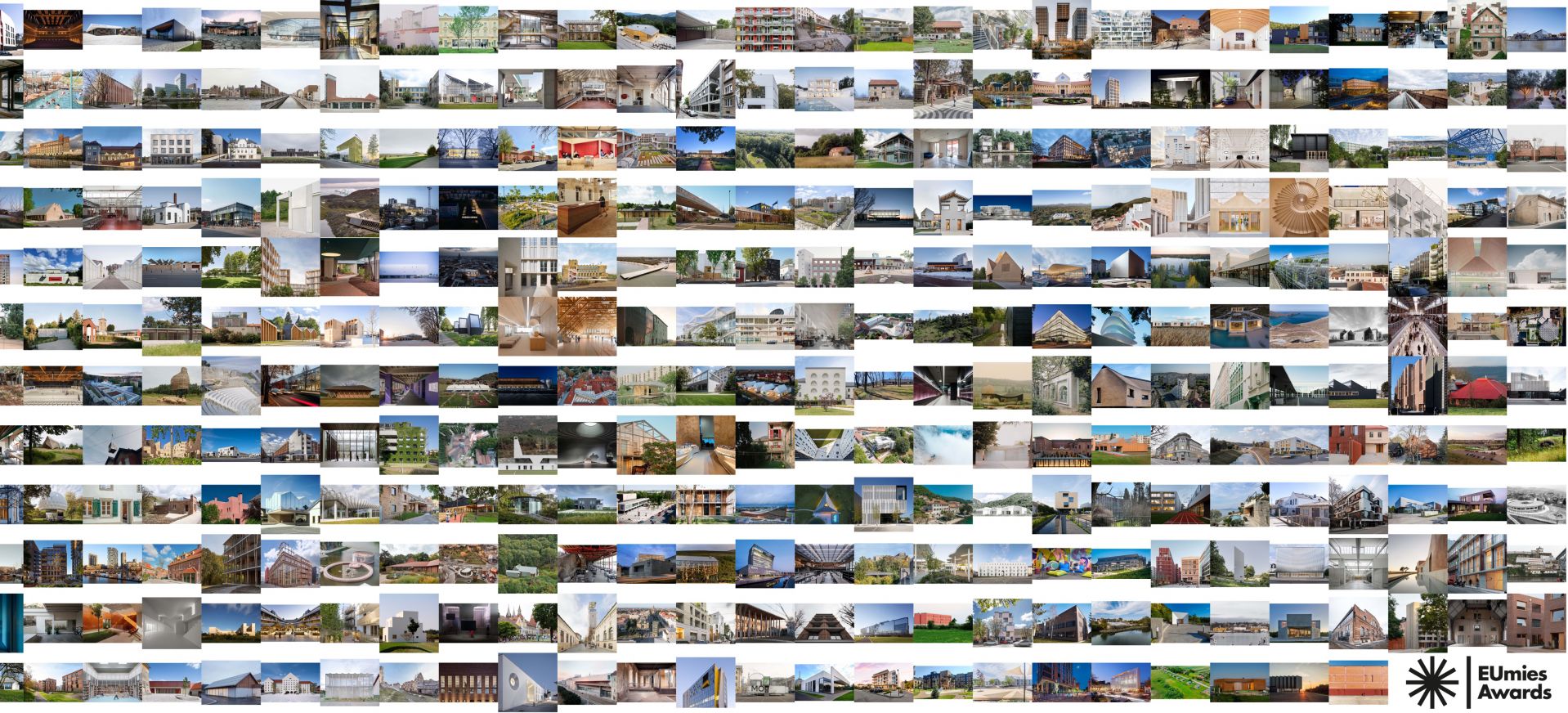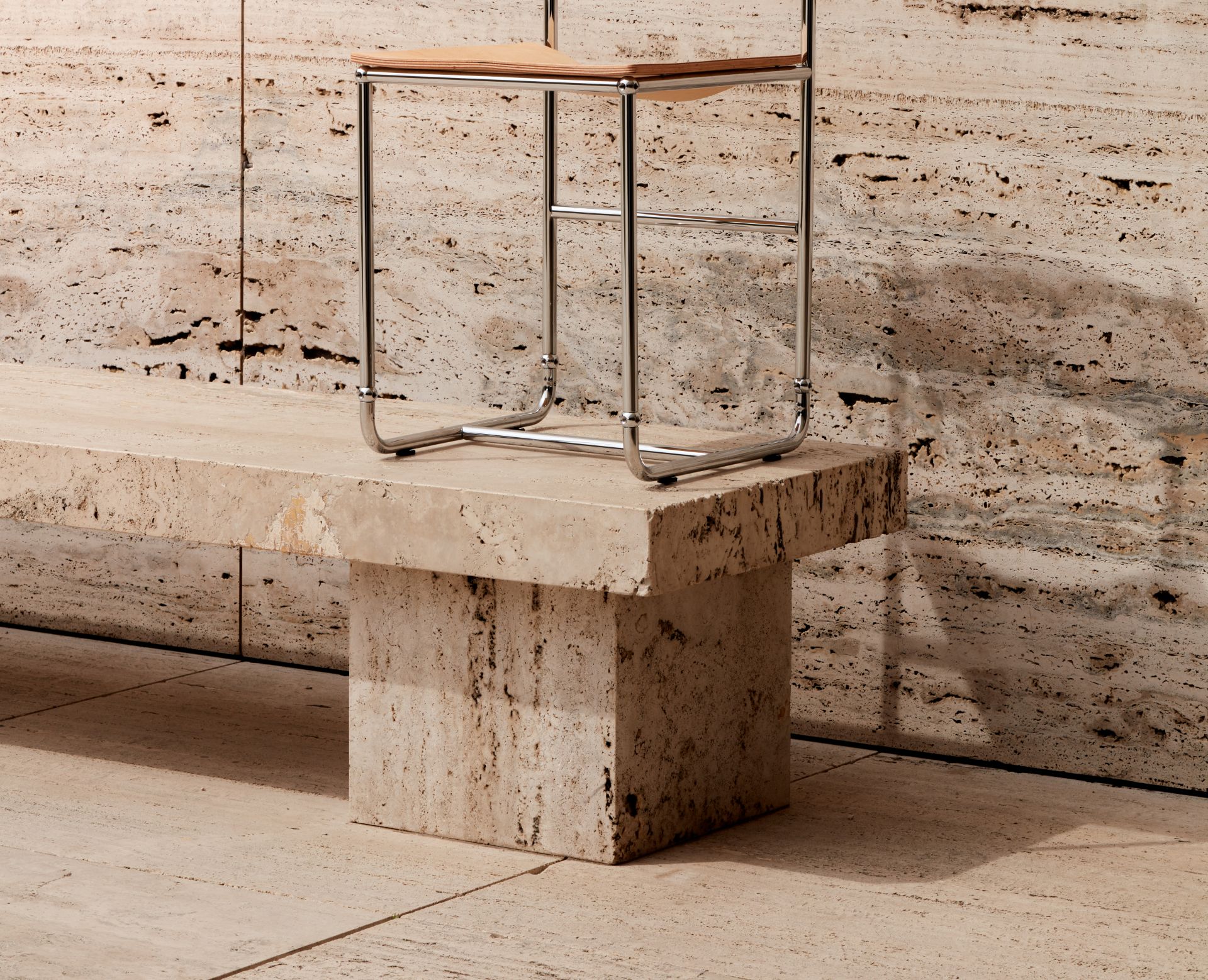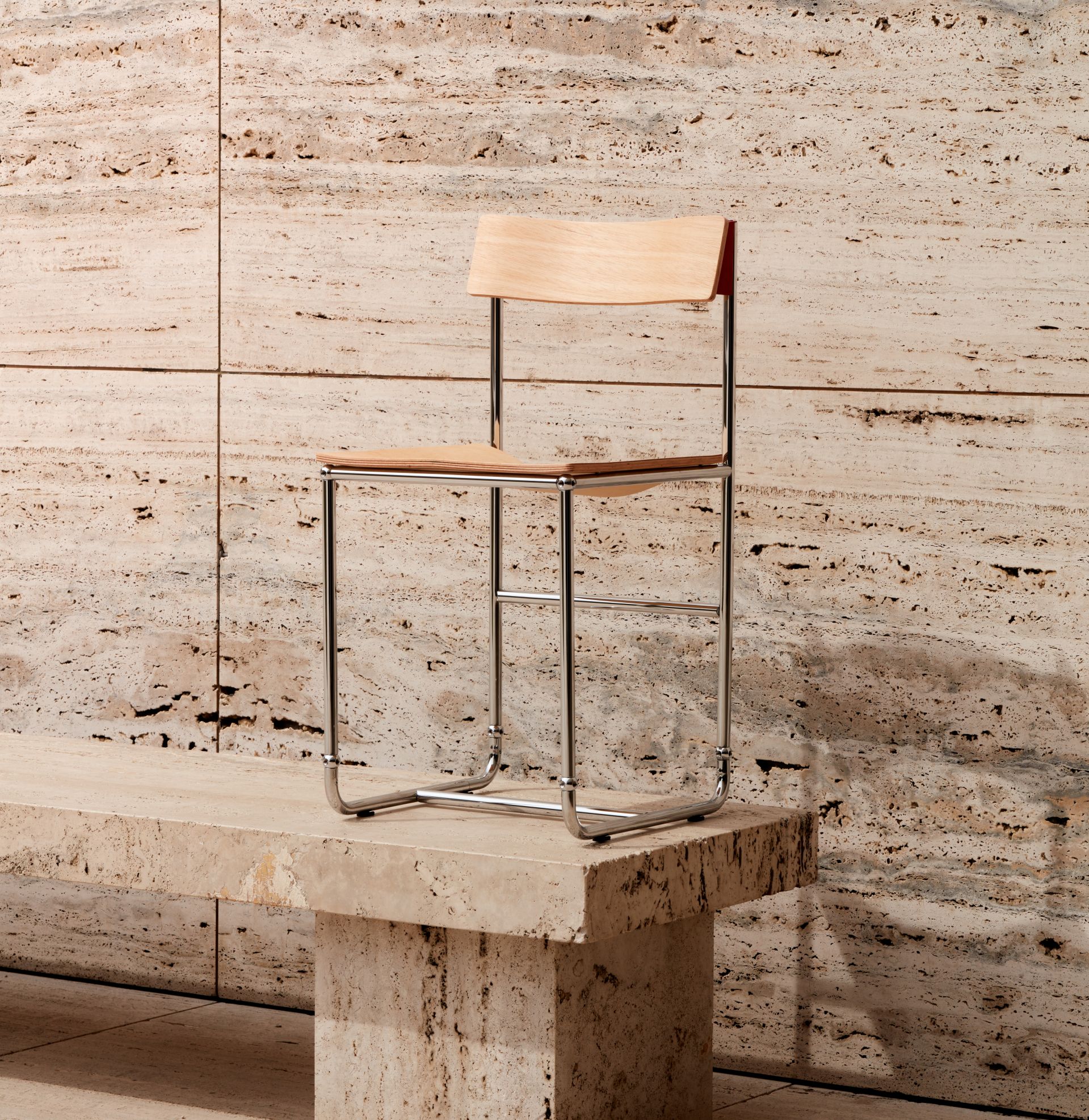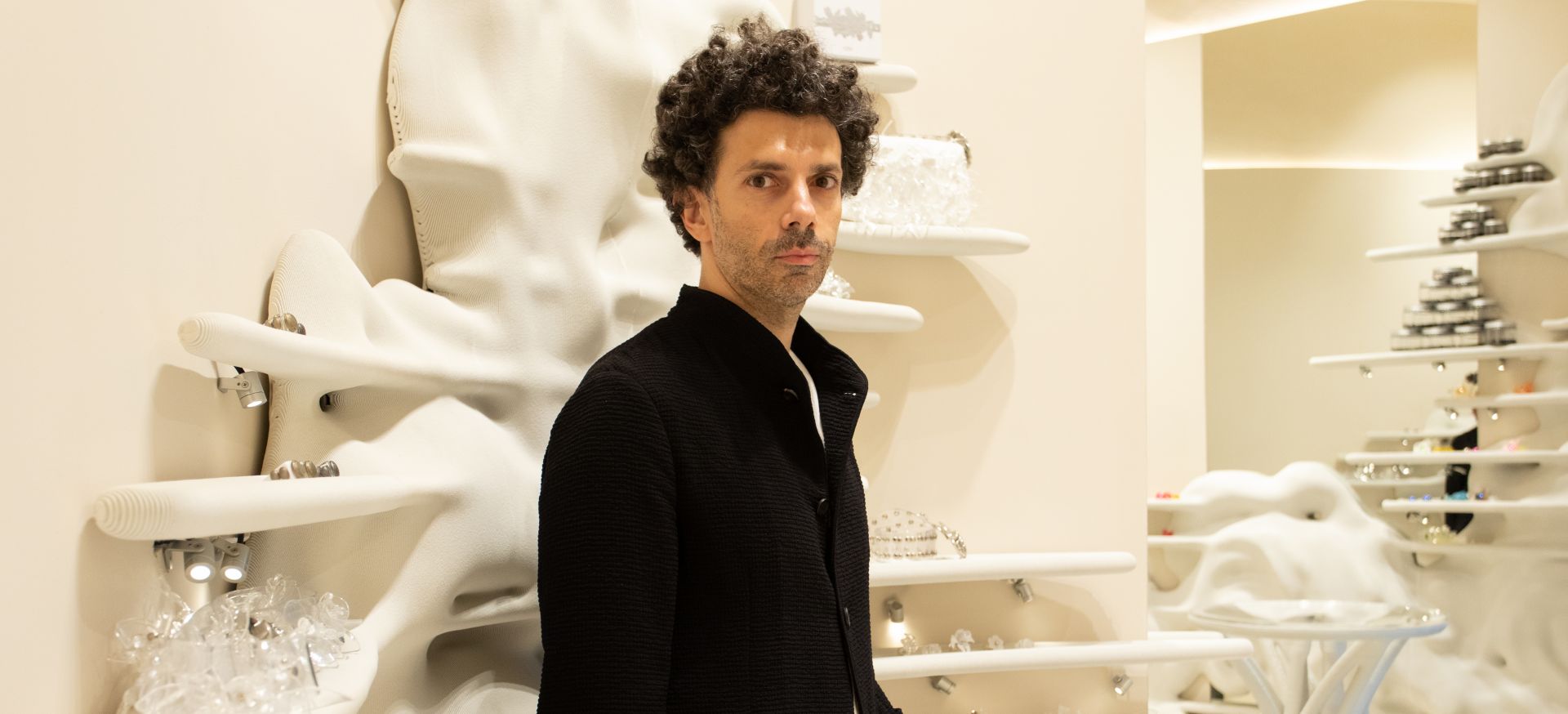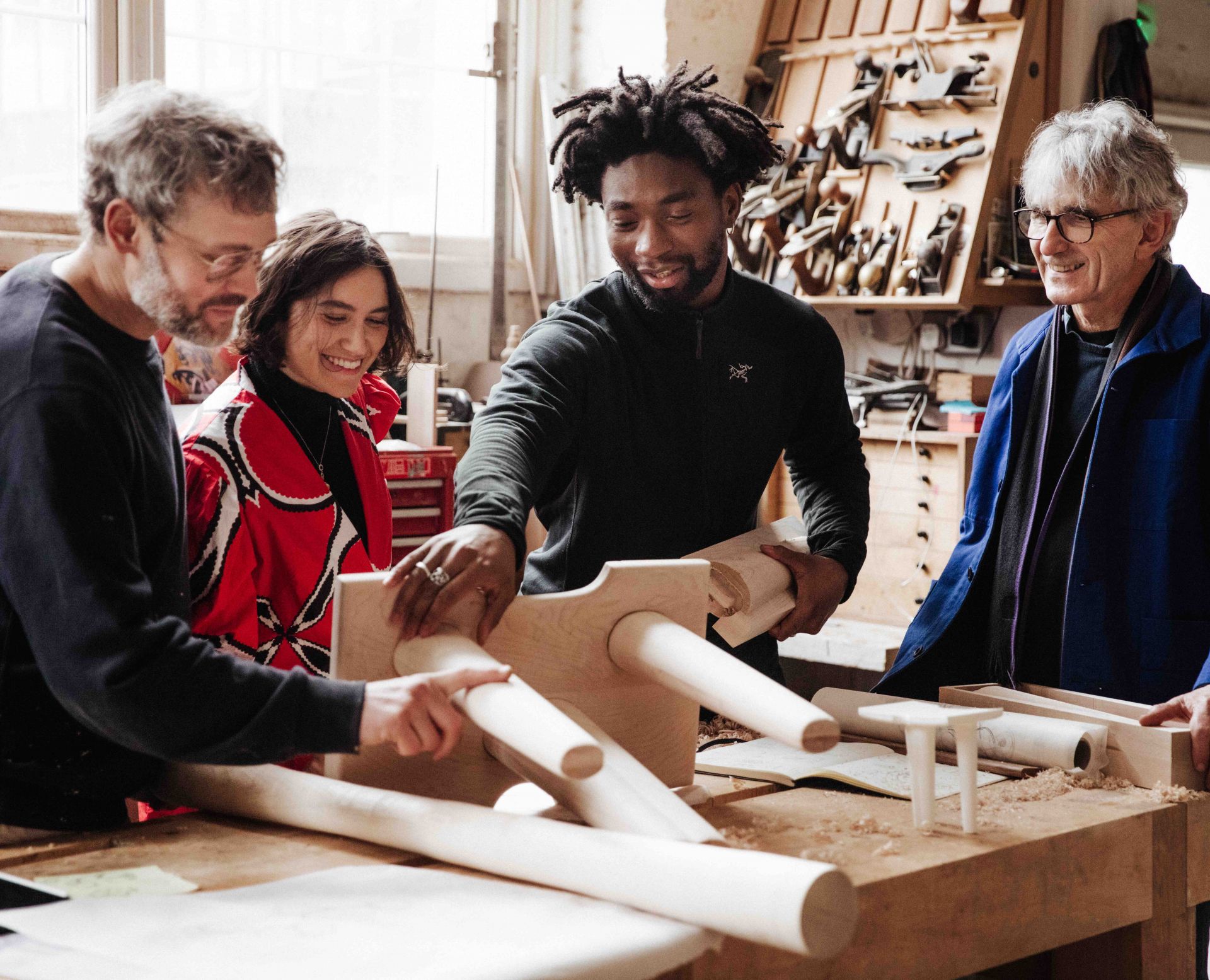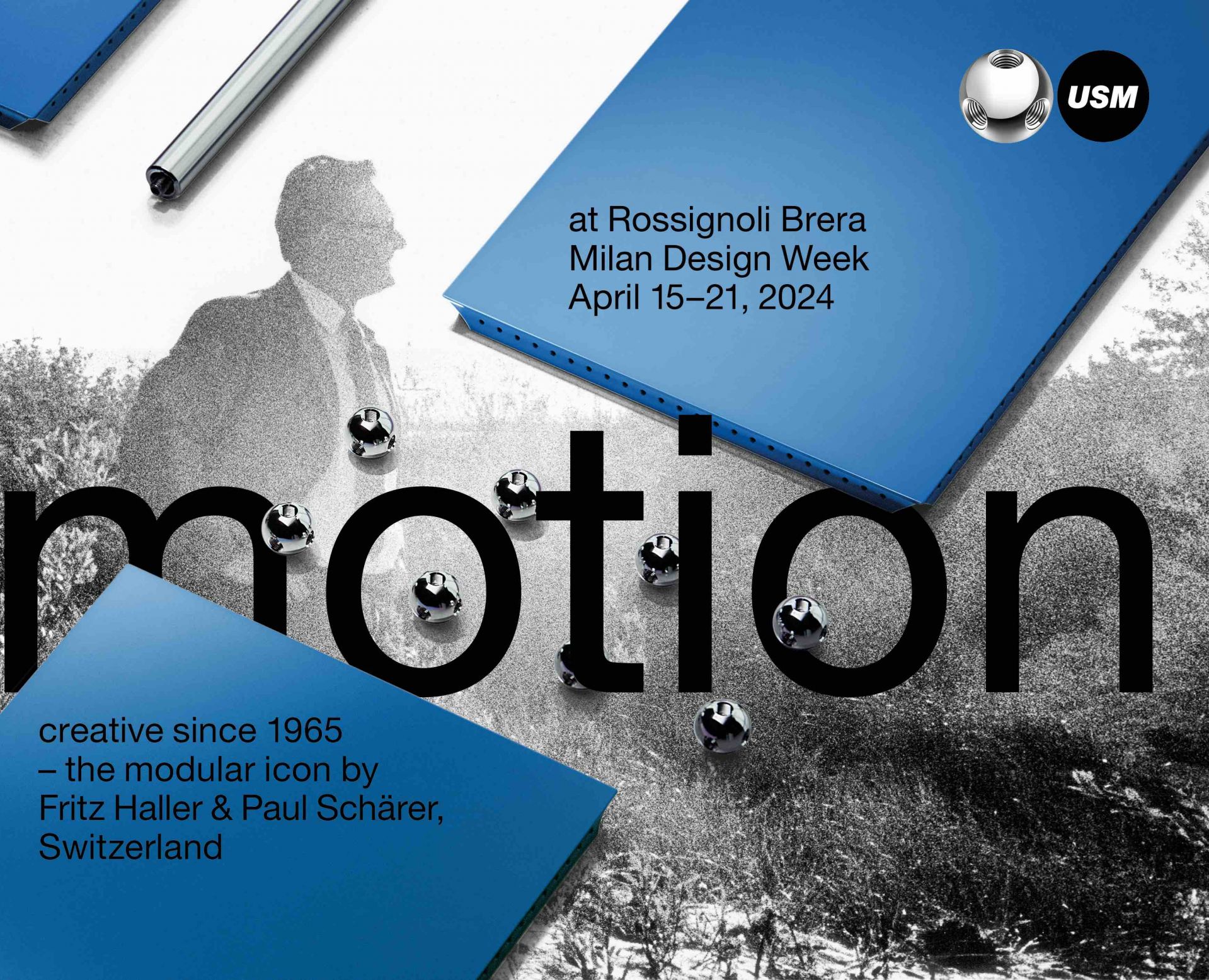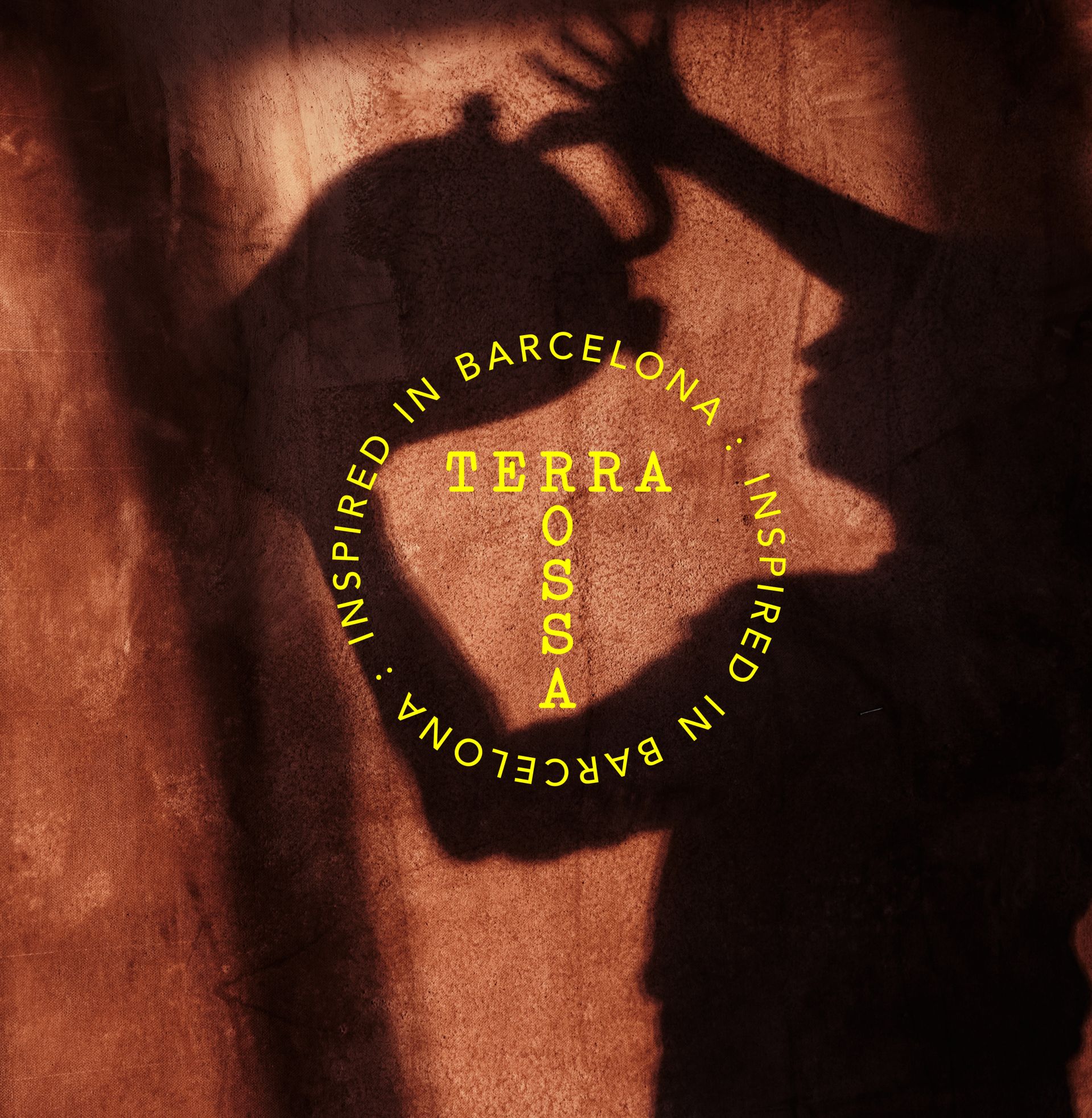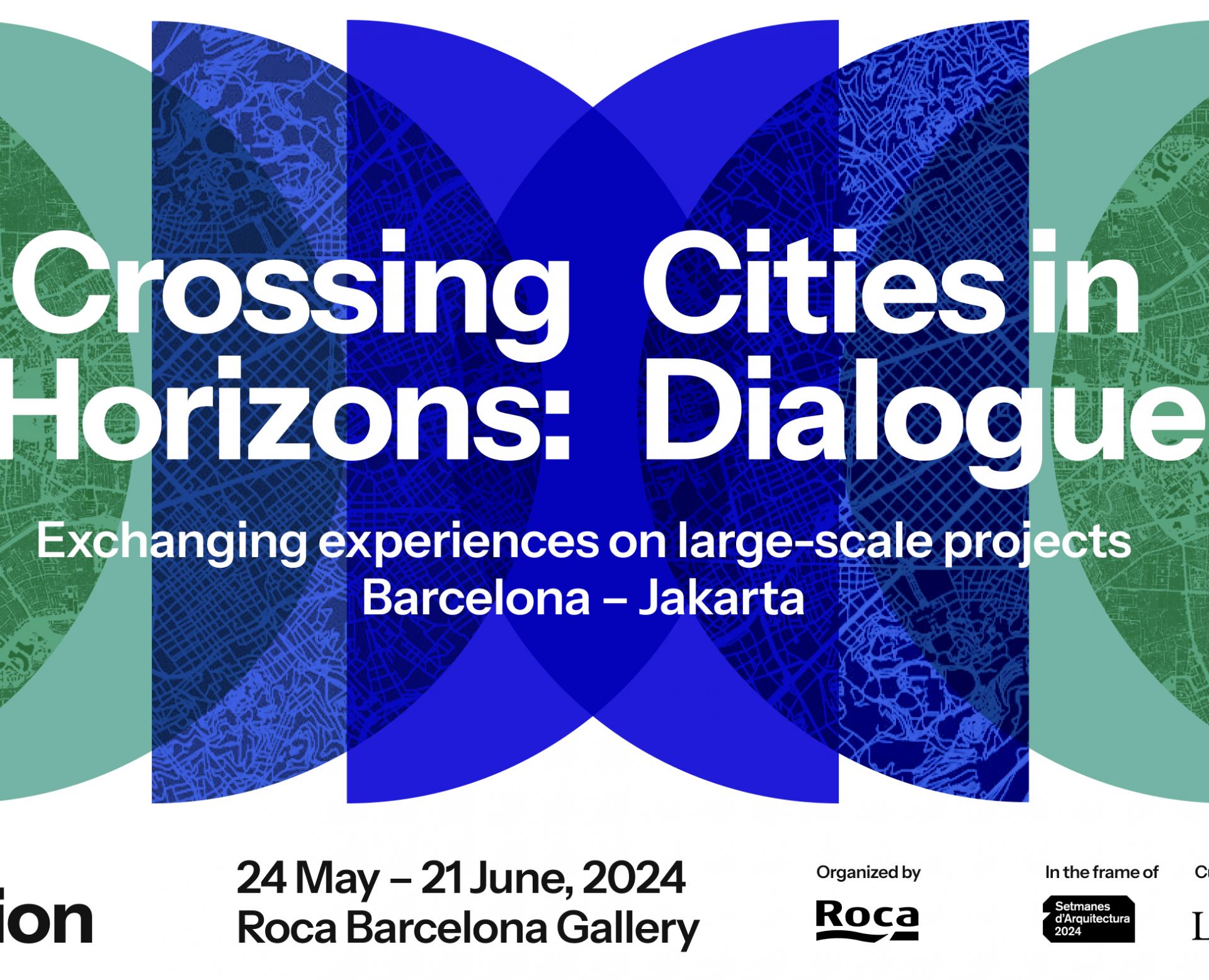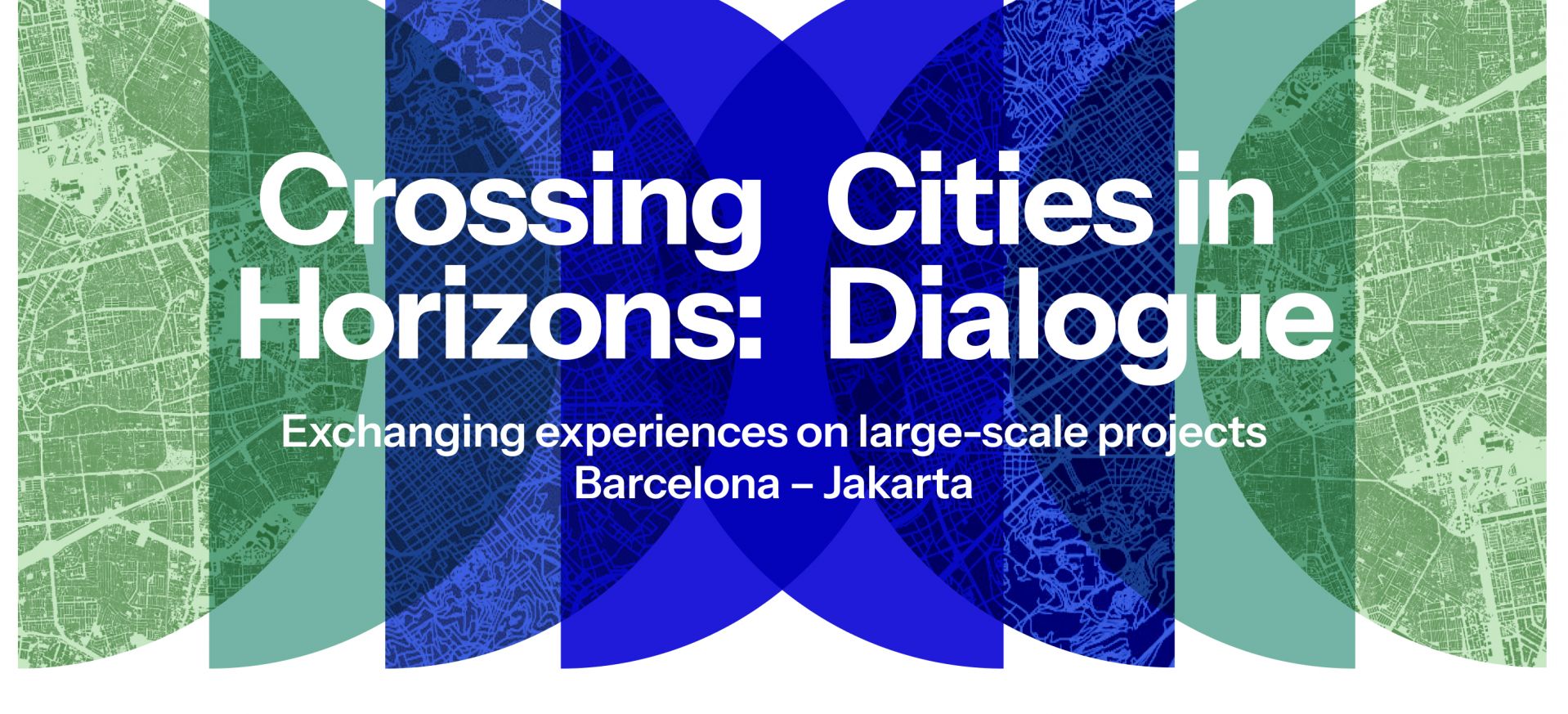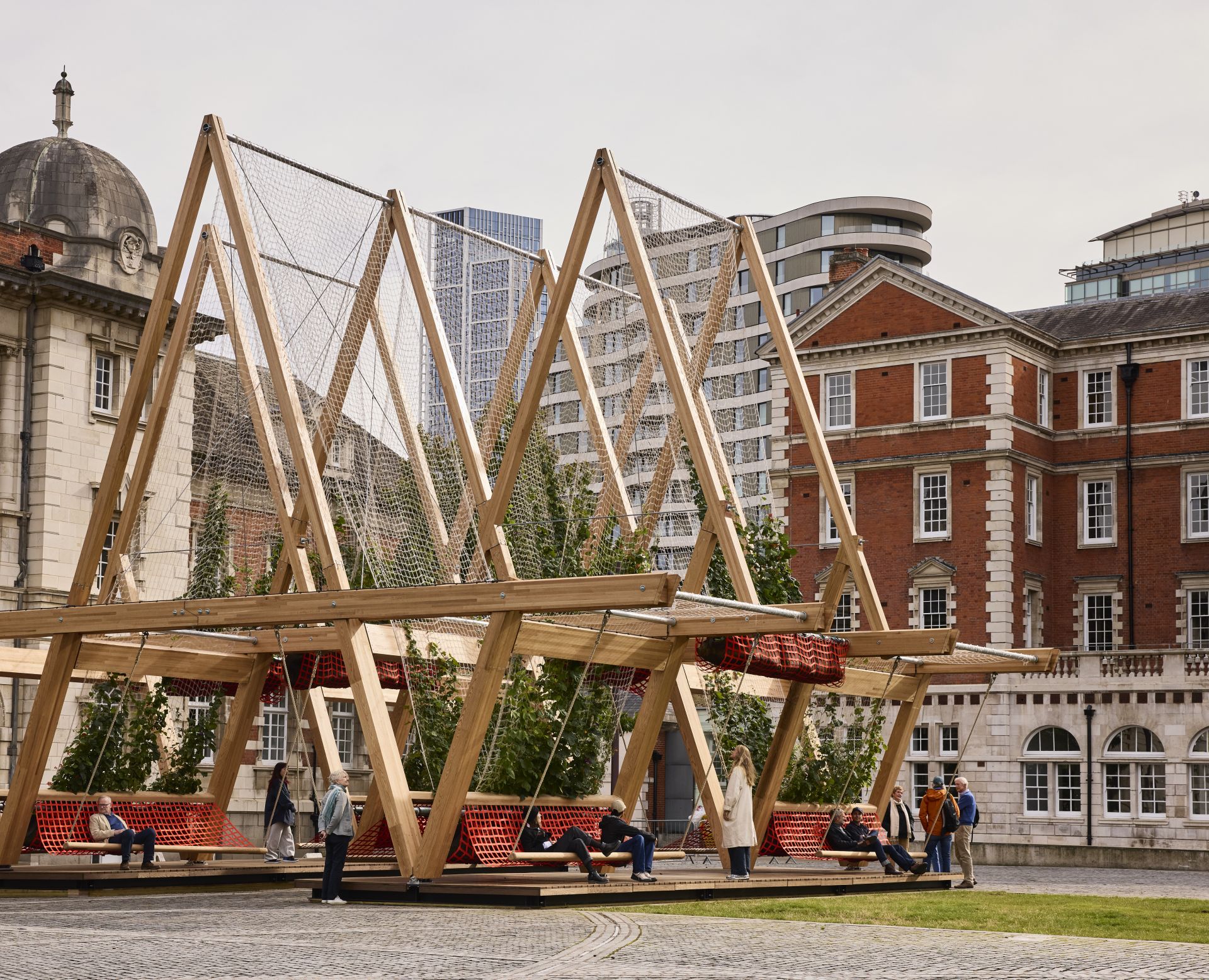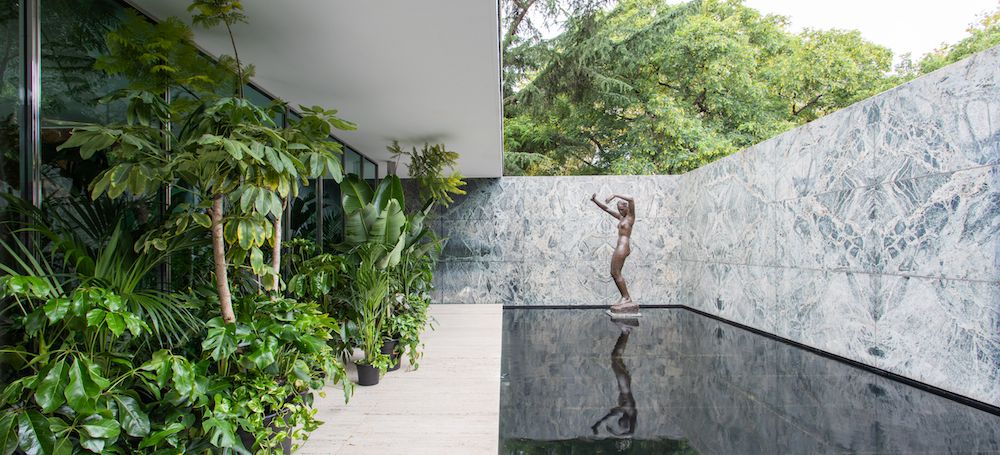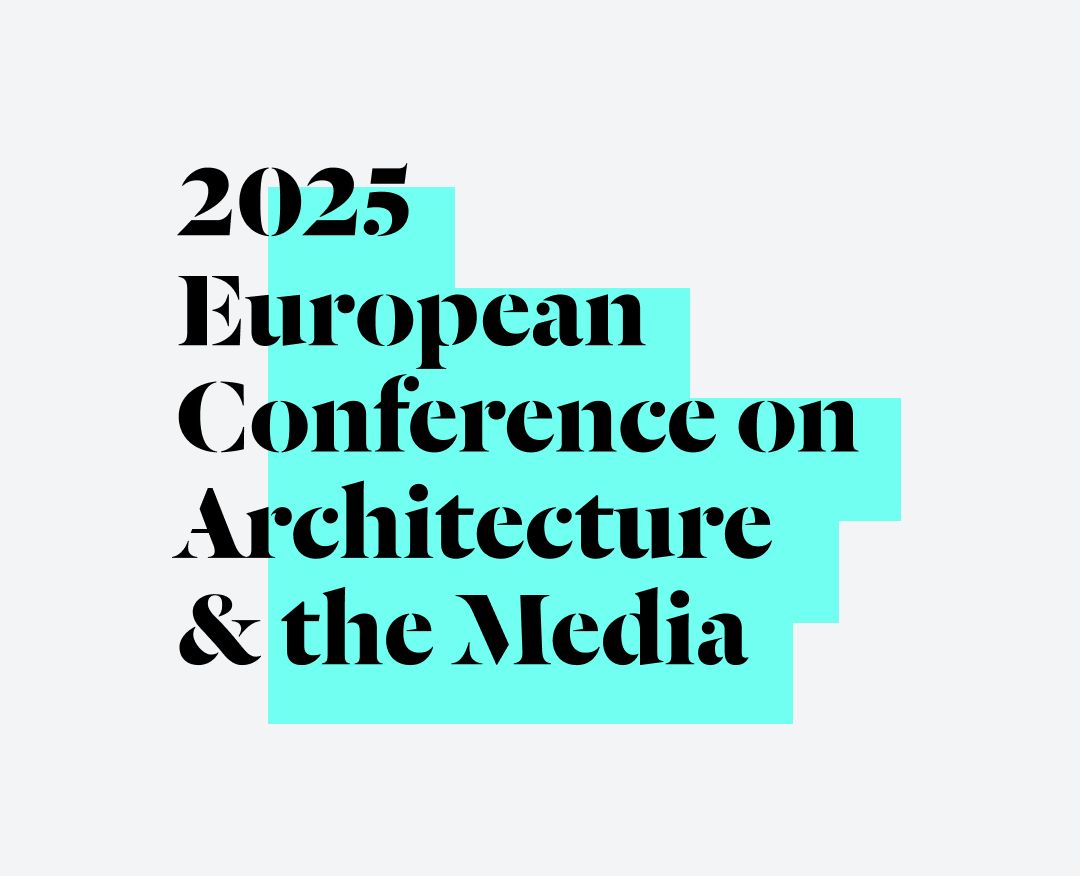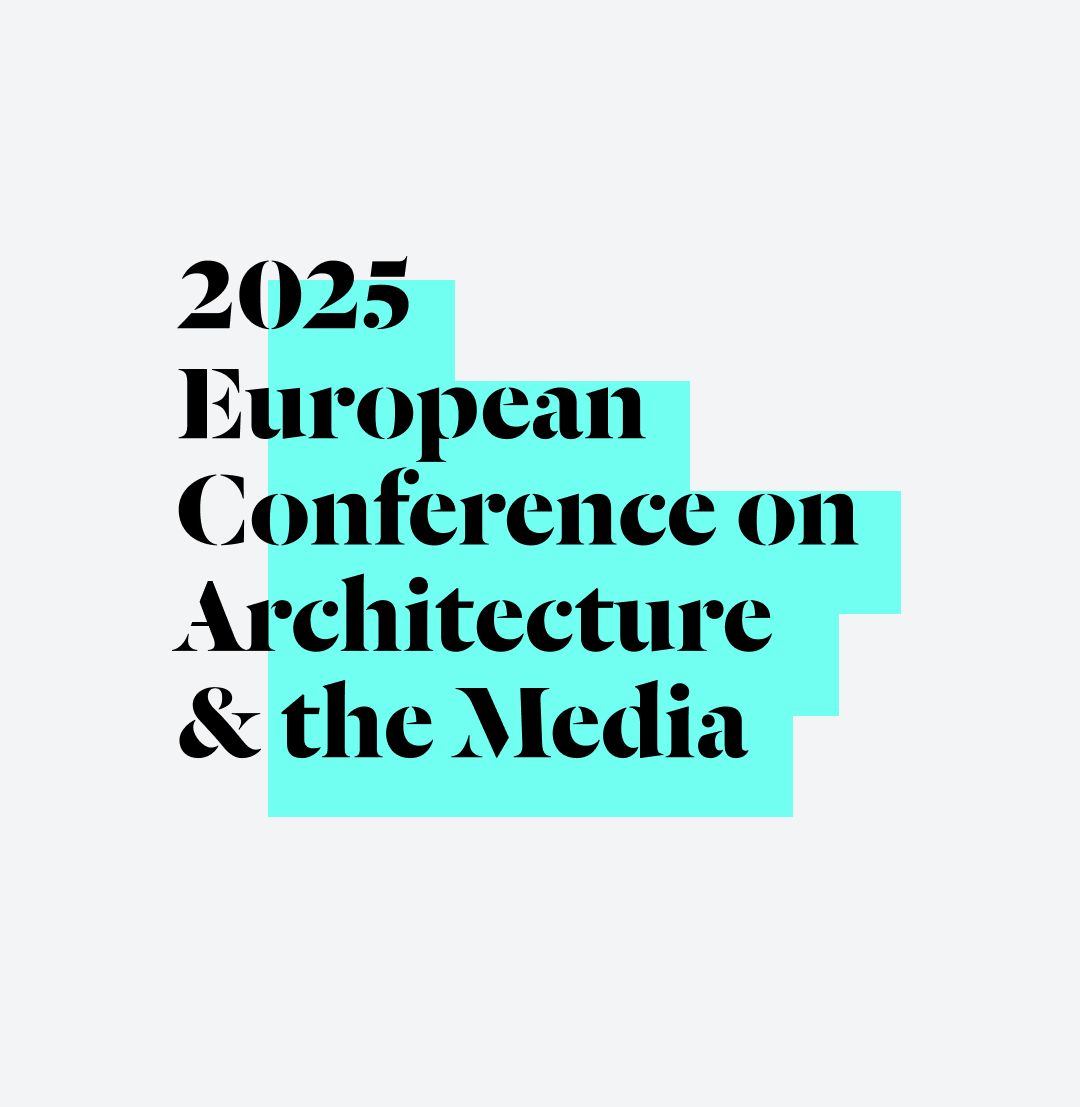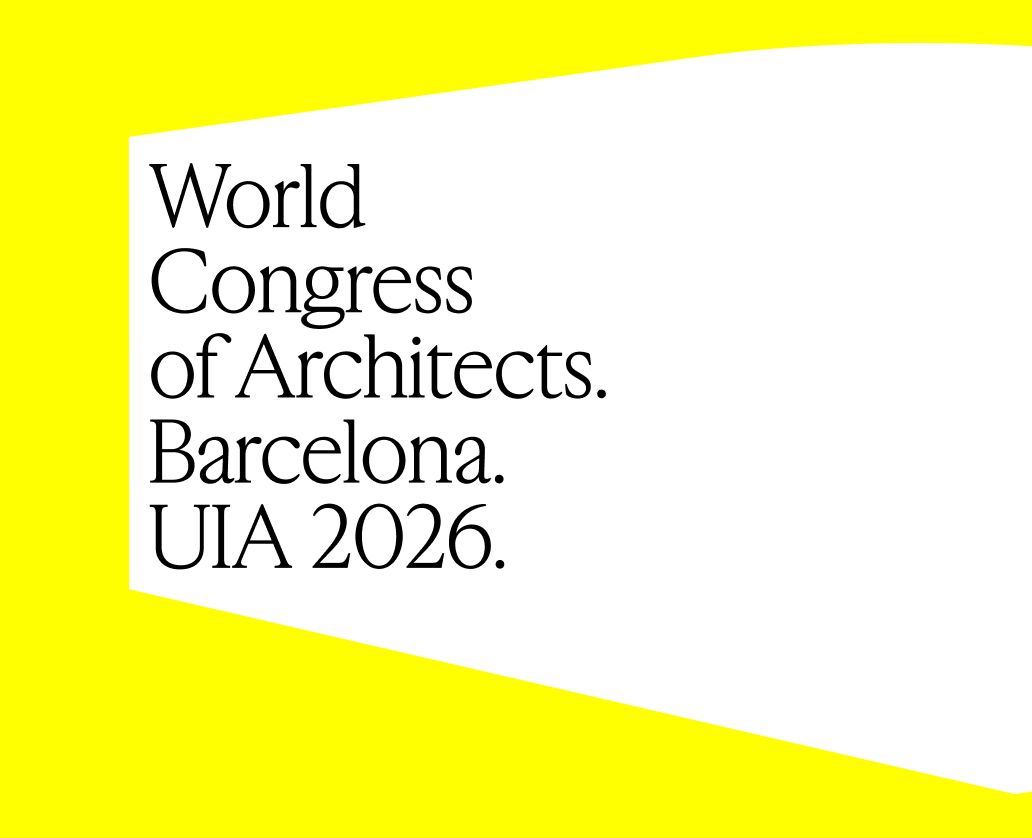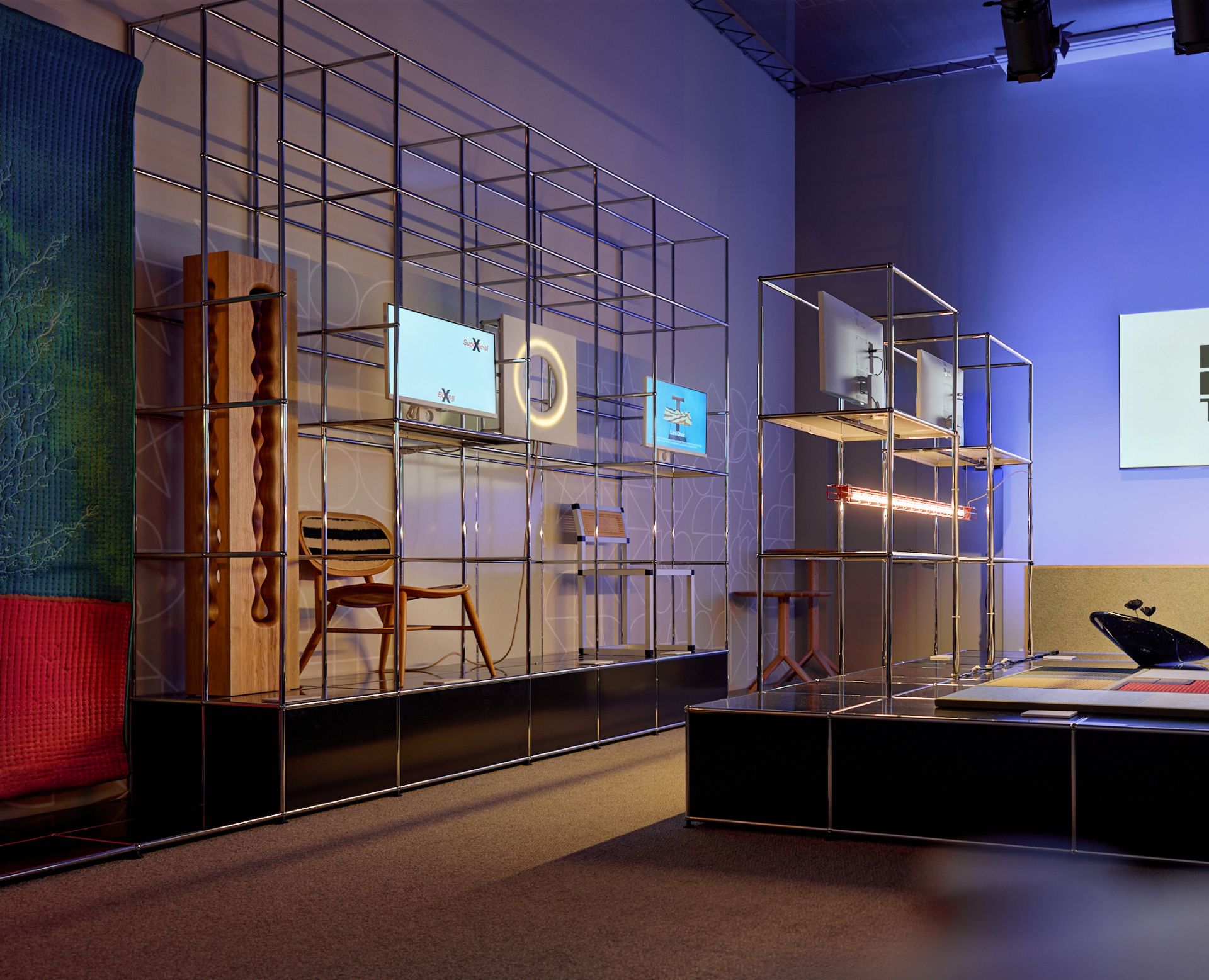
Fundació Mies van der Rohe opens the intervention ‘mies missing materiality' by Anna & Eugeni Bach
•The artistic intervention turns the Mies van der Rohe Pavilion into a life-size mock-up and clad it with the same white material all over;
• After a transformation process that began on November 8th, the intervention has been opened today, November 16th, with the Pavilion completely white.
• Furthermore, a round table discussion has been held with the project creators Anna and Eugeni Bach and the architects María Langarita and Carlos Quintáns based on the reflections of architect and academic Juhani Pallasmaa;
• On 27 November, the intervention will close with a disassembly process;
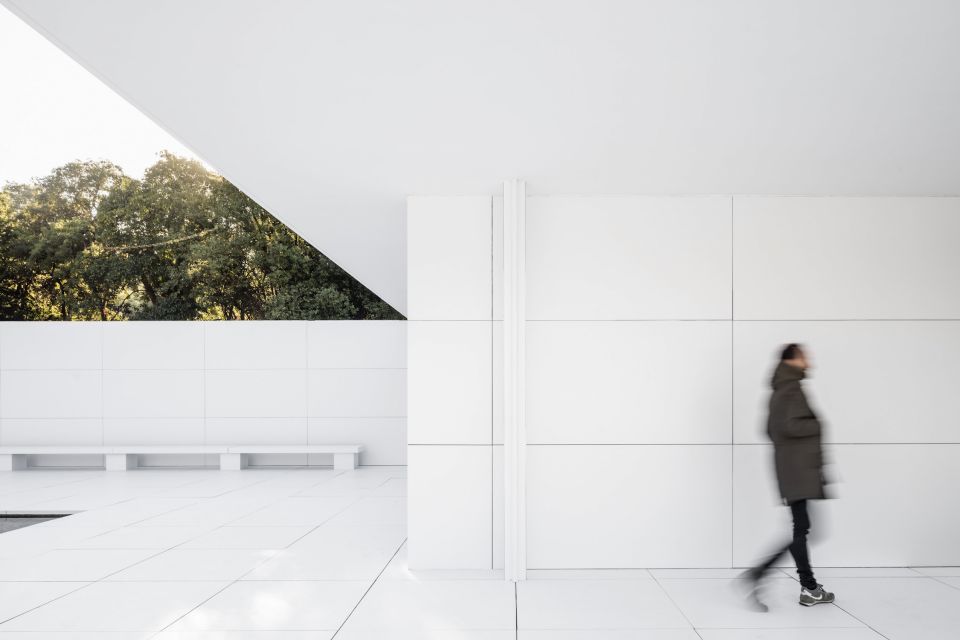
© Adrià Goula
Fundació Mies van der Rohe periodically invites artists and architects to provoke new perspectives and thought through their interventions in the Pavilion, enhancing it as a space of inspiration and experimentation for the most innovative artistic and architectural production. Following SANAA, Jeff Wall, Ai Wei Wei, Enric Miralles, Andrés Jaque, Antoni Muntadas and others, this year the architects Anna and Eugeni Bach take charge of transforming the Mies van der Rohe Pavilion with their project “mies missing materiality”.
The project turns the Pavilion into a mock-up, with all the surfaces clad with the same white material that shows the representative role of both the original work and its reconstruction. For 11 days, the Pavilion will turn into a 1:1 scale model of the longest-standing temporary pavilion in modern architecture.
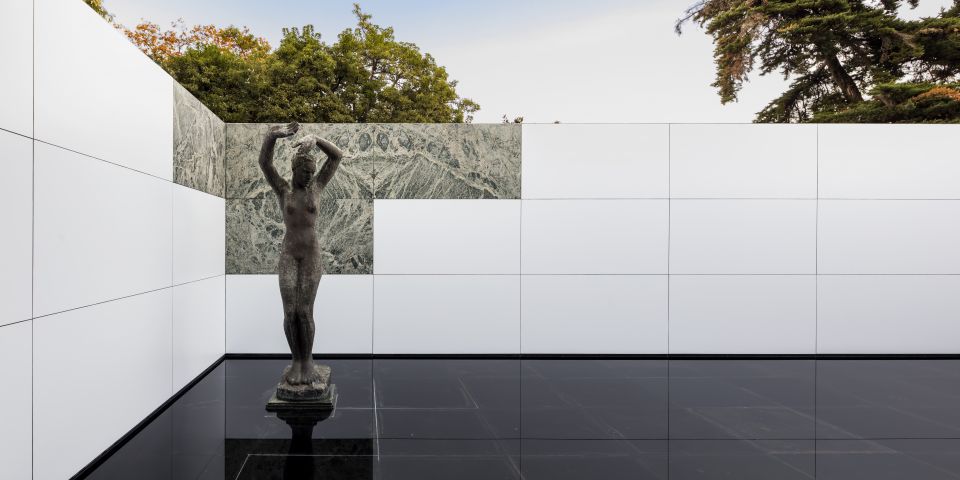
© Adrià Goula
The renowned architect and academic Juhani Pallasmaa defined the intervention as “an extraordinary proposal that will evoke a lot of conversation: an exceptionally rich project in associations, memories, references and cross-references”.
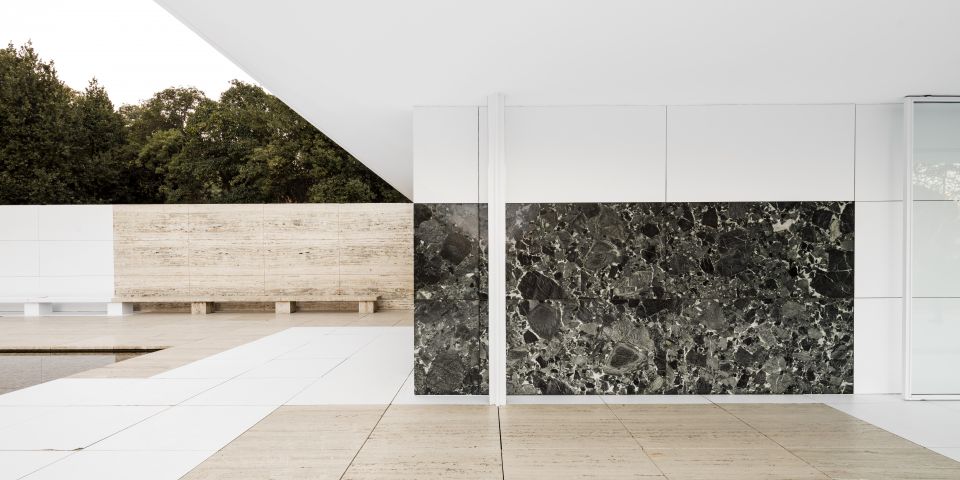
© Adrià Goula
On November 8th the Pavilion began to lose its materiality and gradually turned into a mock-up through an assembly performance involving the placement of white vinyl. From a platform located on the Pavilion’s esplanade, visitors could watch the transformation process, which has culminated today, November 16th, when it has appeared completely in white.
The opening took place this morning after a round table discussion between the architects Anna and Eugeni Bach together with María Langarita (winner of the Emerging Architect special mention of the European Union Prize for Contemporary Architecture – Mies van der Rohe Award 2013) and Carlos Quintáns (winner of a Golden Lion in the Biennale di Venezia 2016) about the importance of materiality in front of a public with more than one hundred attendees.
In the words of Ivan Blasi, Curator of prizes and programs of the Fundació Mies van der Rohe, "it is a unique opportunity in life to see the Pavilion in another state and to think about the role that materials play. The Pavilion cannot be an inert object, its reconstruction implied its continuous transformation."
Anna Ramos, Fundació Mies van der Rohe director, has said “The artistic interventions at the Mies van der Rohe Pavilion stimulate critical reflection and generate new ways of contemplating the Pavilion, as well as potentiating it as a source of inspiration and experimentation when it comes to creating innovative works of art and architecture.”
On 27 November, the intervention will close by removing the white vinyl that will have covered the Mies van der Rohe for a few days, restoring the materiality that belongs to it.
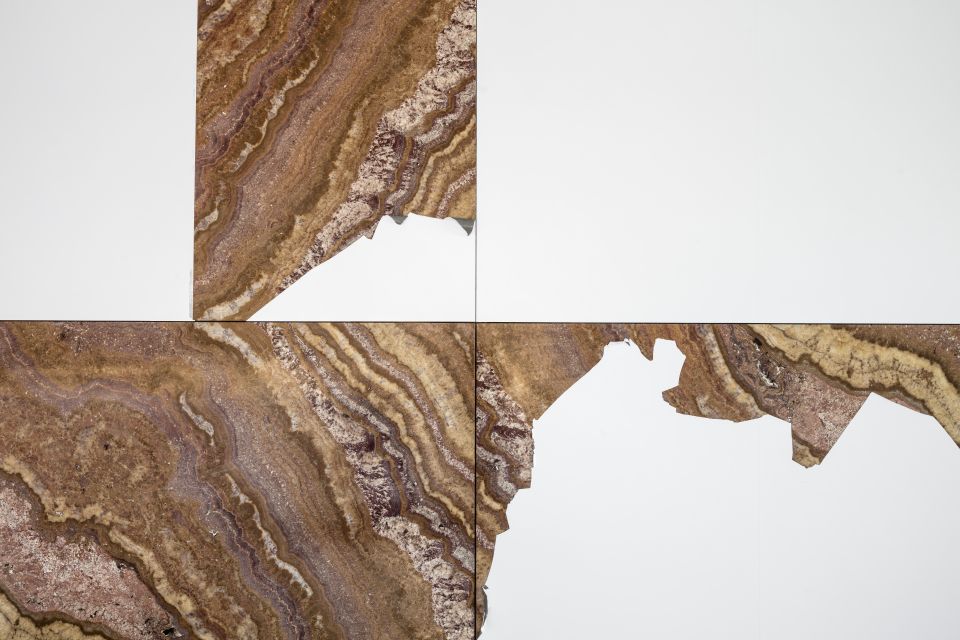
© Adrià Goula
In the words of the authors:
"Dressing the Mies van der Rohe Pavilion to strip it of all materiality.
This simple act turns the Pavilion into a 1:1 scale mock-up, a representation of itself that opens the door to multiple interpretations about aspects like the value of the original, the role of the white surface as an image of modernity and the importance of materiality in the perception of space.
The Pavilion in Barcelona upon which we act is a reconstruction, a replica so faithful to the original that it is often difficult to remember its true nature. A building that should have been temporary was immortalised first by the written account of the modern movement and later by its own reconstruction.
Turning the Pavilion into a mock-up, with all the surfaces restricted to the same material, as white as it is indeterminate, reveals the building’s representative role—both that of the original, as a national symbol, and that of the replica, by representing the former. For a time, the Pavilion will be the longest-standing 1:1 scale mock-up of the replica of the temporary pavilion in modern architecture. Removing all materiality from the Pavilion also raises other interpretations related to the historiography of 20th-century architecture. T
he Pavilion in Barcelona was enthroned as an icon of modernity at the ‘Modern Architecture’ exhibition at the MoMA in New York in 1932. The exhibition catalogue presents various buildings by architects like Mies van der Rohe, Le Corbusier, Neutra, Wright, Oud, Gropius and others through a selection of photographs and critical essays in which Philip Johnson and Henry-Russell Hitchcock indicate the homogenising criteria for combining all the works through the same lens. These include the white surface as an emblem of a new architecture, which appears as one of the most insistent.
o provide the Pavilion in Barcelona with that homogenising whiteness means to endow it with one of the defining features of modern historiography (not of modernity). Yet at the same time, it also involves stripping the Pavilion of its materiality and its unique characteristics—specifically the one that erected it as an icon of the modern movement.
The installation turns this paradox into an experience. It helps visitors to consider these ideas and many more through their own experience in a pavilion that will lose all trace of its materiality for a few days to assume all its representative potential”.
Anna and Eugeni Bach
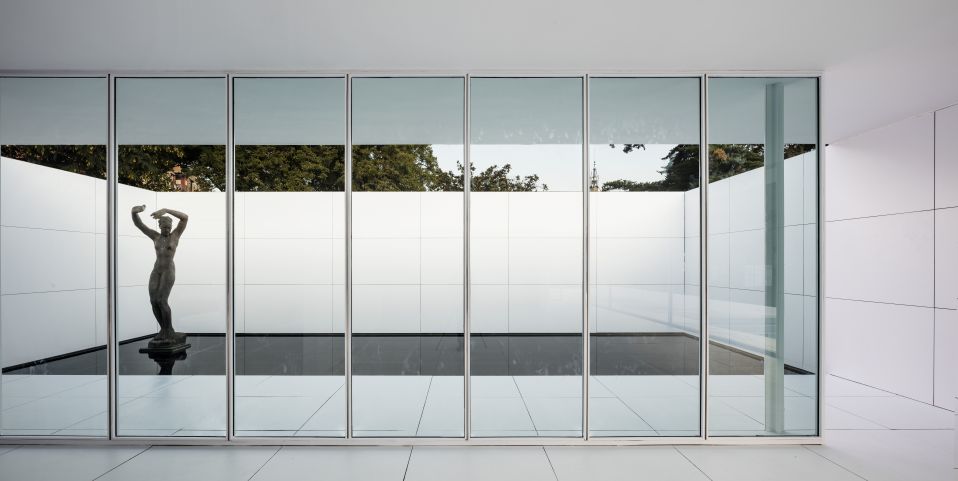
© Adrià Goula
Anna & Eugeni Bach is a Finnish-Spanish team based in Barcelona that works within a broad concept of architecture. Their interests spread across four activities: Professional, through public and private projects carried out in their studio Anna & Eugeni Bach / Bach Arquitectes; Teaching, as associated professors in ETSAB UPC, ETSALS URL and EINA UAB, and via lectures and workshops in many European universities; Research, as PhD Candidates at the university and via projects and installations that deal with the perception of space; and Culture, being active on the boards of different associations that promote the values of architecture for society, as well as curating exhibitions and lecture series and coediting the magazine-fanzine Aproximacions.
Their work has been exhibited in the Spanish Pavilion at the Venice Biennale 2016 (Golden Lion), at Export, Museo ICO, Madrid 2015; “Elective Affinities”, a solo exhibition on their work at the Colegio de Arquitectos de Barcelona, 2015 and Girona 2014; BAND, Wyzsza Szkola Techniczna, Katowice, Poland, 2014; Galery Architektury, Brno and Kabinet Architektury, Ostrava, Czech Republic, 2014; “Aproximacions”, COAC Barcelona, 2012; “Architecture Catalane 2004-2009 Portrait d´époque” at Cité de l´Architecture et du Patrimoine, Paris 2009; Spanish Pavilion at the Venice Biennale 2000; Bo01 Parasite – The City of Small Things Kobenhavn, Rotterdam, Oslo, London 1999, HiCat, Barcelona Museum of Contemporary Art, 1999, or Eme3 Centro de Cultura Contemporánea de Barcelona, 1999; and their projects have been published in many national and international magazines such as Domus, MARK Magazine, Arquitectura Viva, Interni, A10 and Quaderns, among others.
Some highlights from among their awards and recognitions include the Selection and Finalist at the 13th Spanish Architecture and Urbanism Biennial 2016, the Nomination at the Mies van der Rohe Awards 2015, the Nomination to the Iakov Chernikhov International Prize for Young Architects 2015, the International FAD Award 2014, the Opinion FAD Award in Interior Design and International 2014, Finalists at the FAD Awards 2013, Finalists Arquia-Próxima 2010, Opinion FAD Award 2008, Finalists at the 10th Spanish Architecture and Urbanism Biennial 2009, Selected at the 7th Iberoamerican Architecture and Urbanism Biennial 2009 and the AJAC Award for Young Architects 2004.
Anna Bach, Nummi, Finland, 1973.
Master Architect Helsinki University of Technology, 2001.
Master in Theory and Practice in Project Design by ETSAB UPC 2014. A
ssociate Professor for Final Grade Design Project at EINA, Barcelona University of Art and Design, UAB, Barcelona (since 2008).
Eugeni Bach, Barcelona, 1974.
Master Architect Escuela Técnica Superior de Arquitectura de Barcelona, ETSAB UPC 1999.
Associate Professor Project Design ETSAB UPC (since 2015)
Associate Professor Project Design ETSALS URL (since 2005)
Fundació Mies van der Rohe
The Fundació Mies van der Rohe was set up in 1983 by the Barcelona City Hall with the initial purpose of reconstructing the German Pavilion, designed by Ludwig Mies van der Rohe (1886-1969) with Lilly Reich (1885-1947), for the 1929 Barcelona International Exhibition. Besides conserving and disseminating knowledge about the Pavilion, the Fundació Mies van der Rohe today also fosters debate on and awareness of themes related to contemporary architecture and urban planning. It organises awards, congresses, conferences, exhibitions, workshops and interventions. Outstanding among these activities is the organisation of a programme of events that includes dance, cinema, music, art and the collaboration with other institutions in the city. The programme of artistic interventions with architects and artists began in 1999 with Jeff Wall and continued with Enric Miralles, Dennis Adams, Antoni Muntadas, Iñaki Bonillas, SANAA Kazuyo Sejima + Ryue Nishizawa, Ai Weiwei and Andrés Jaque among others. They all dialogue with the Pavilion and arise discussions on art, architecture and culture which are collected in publications.


